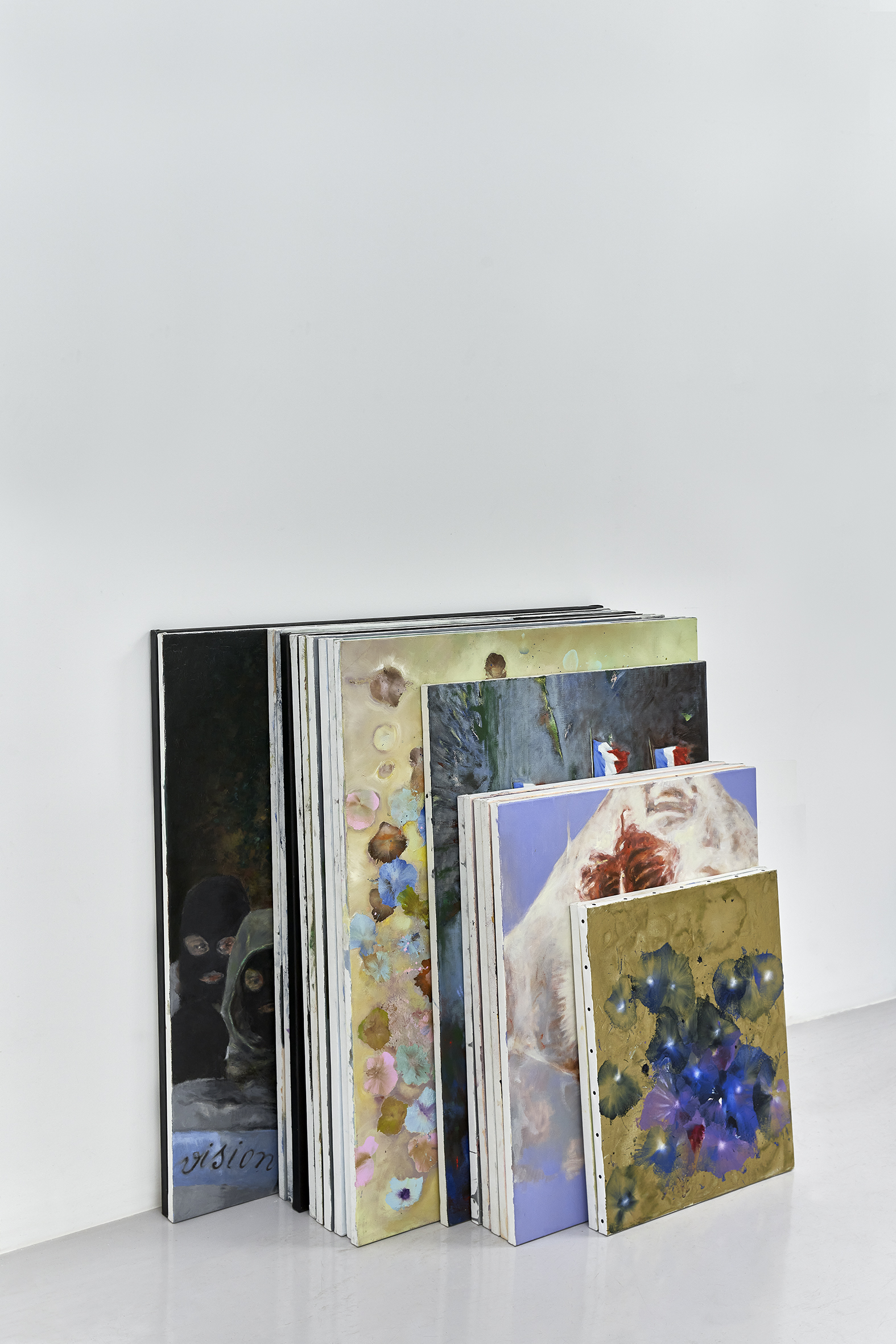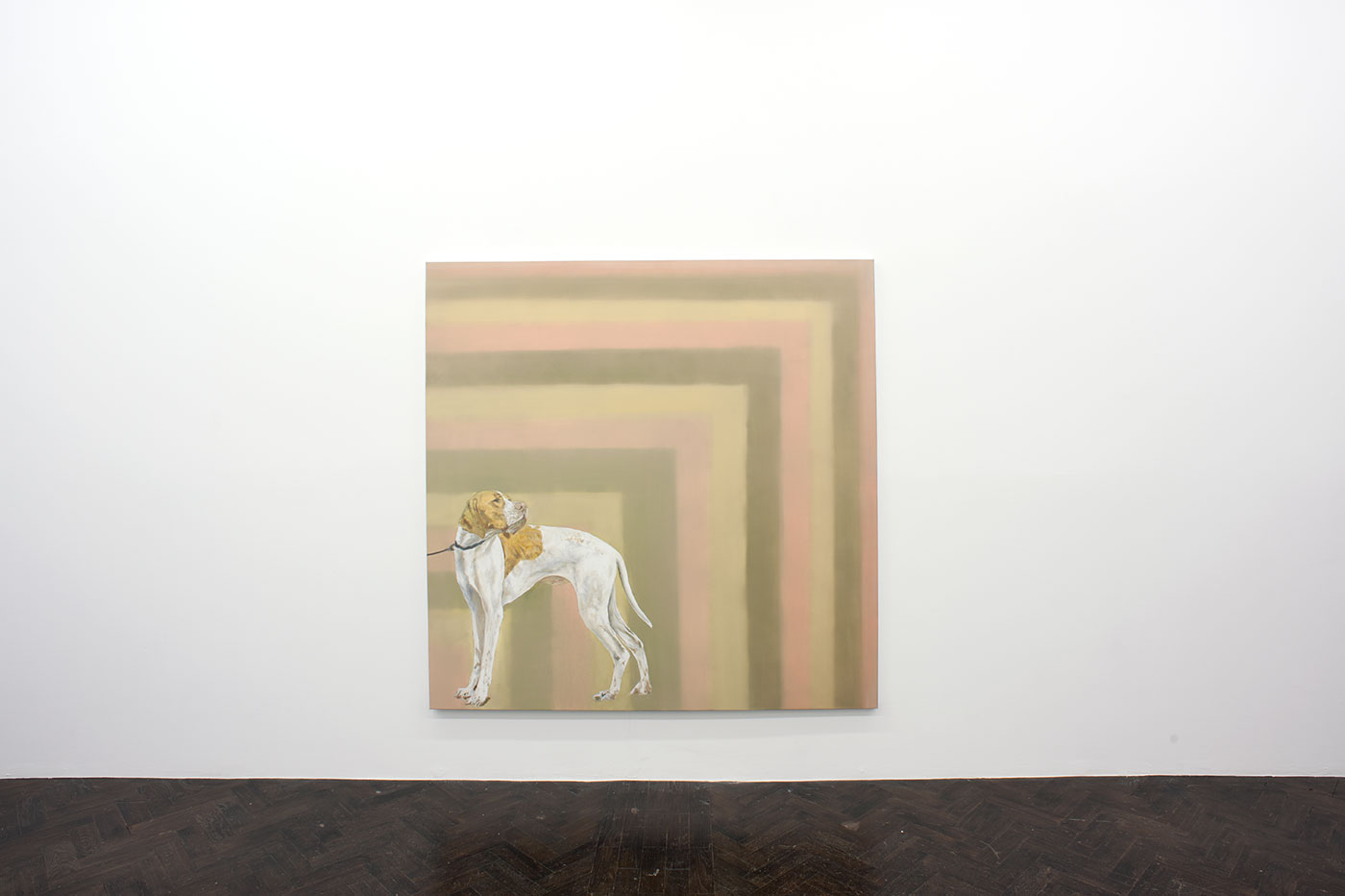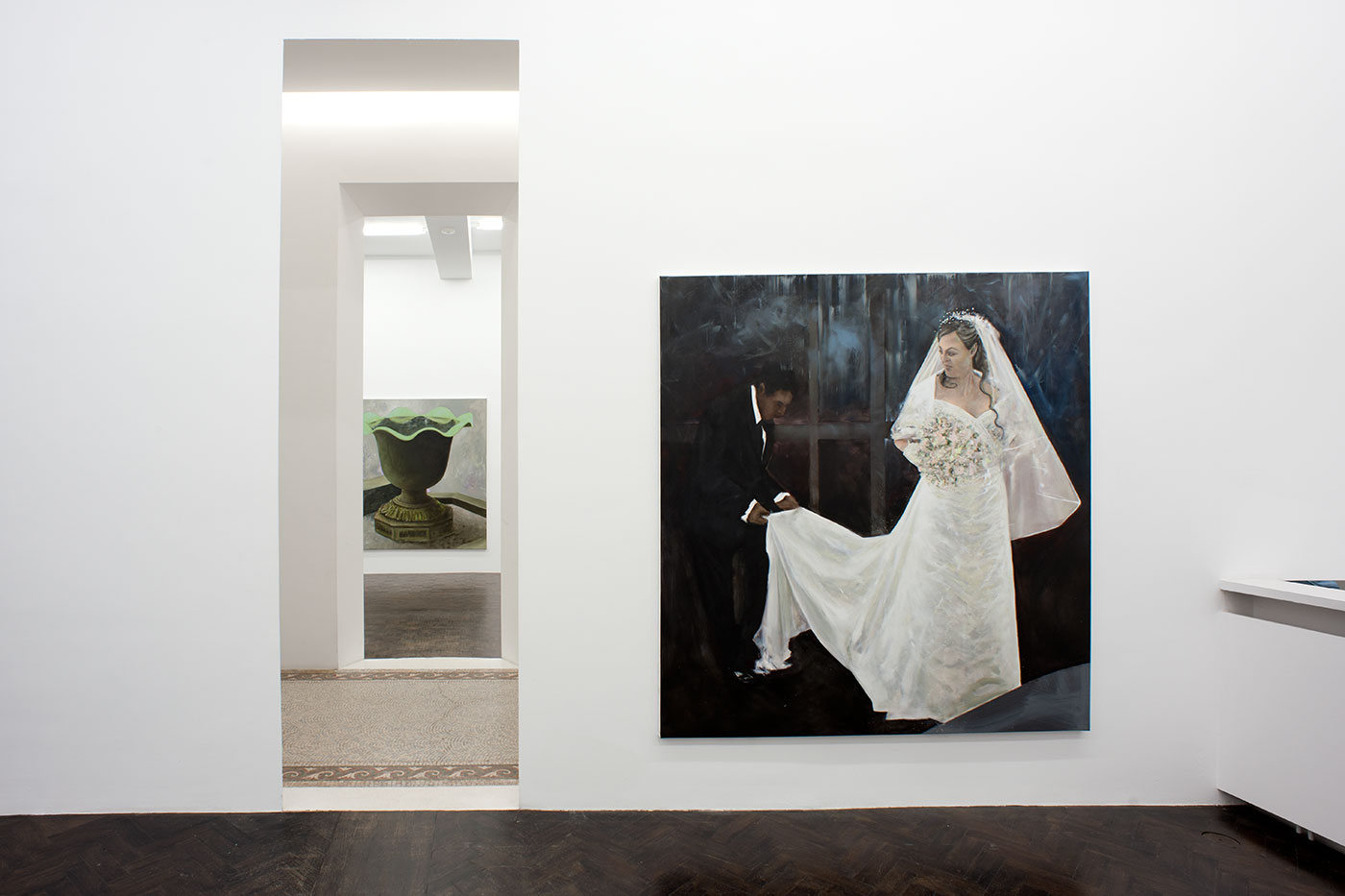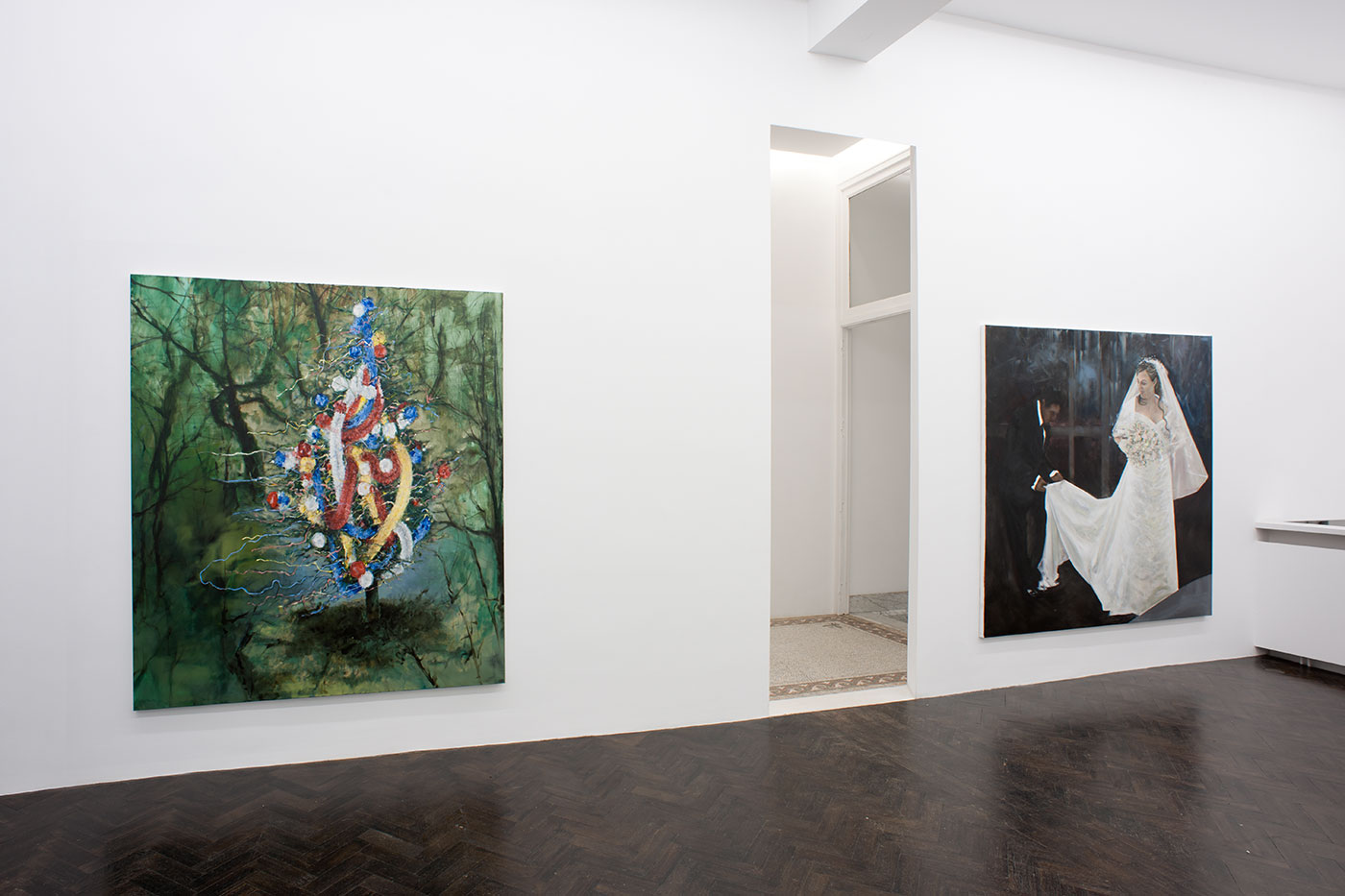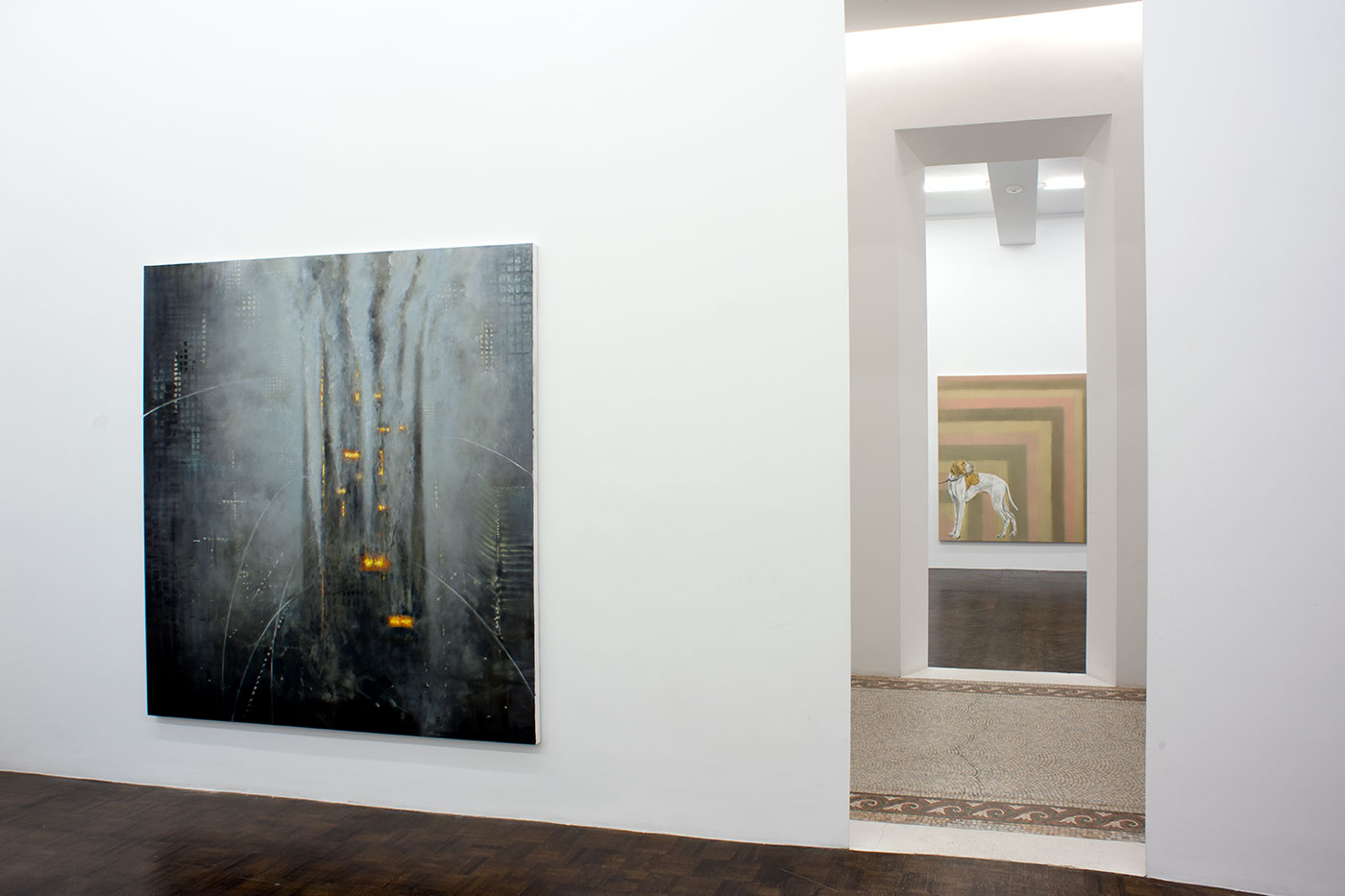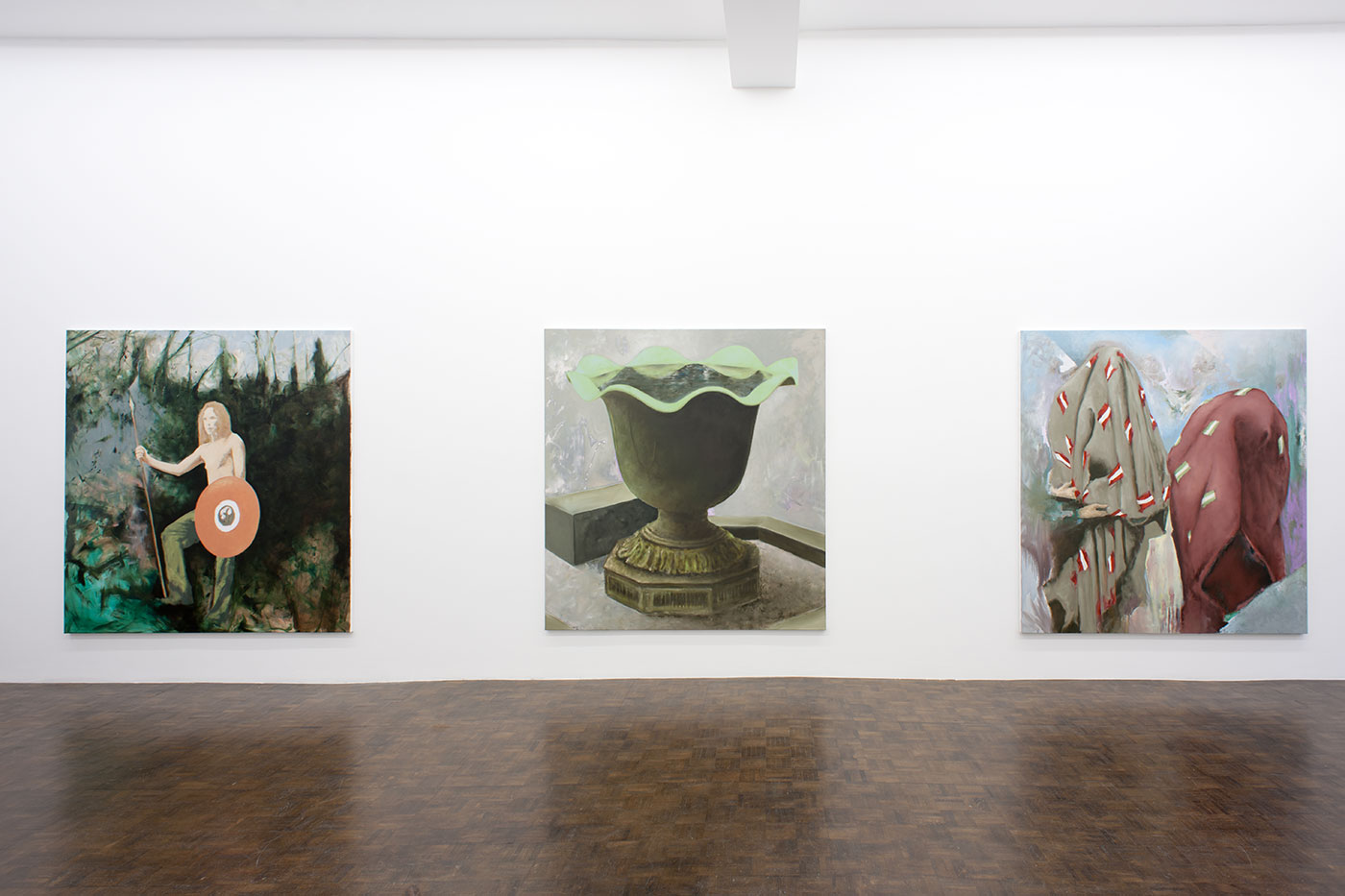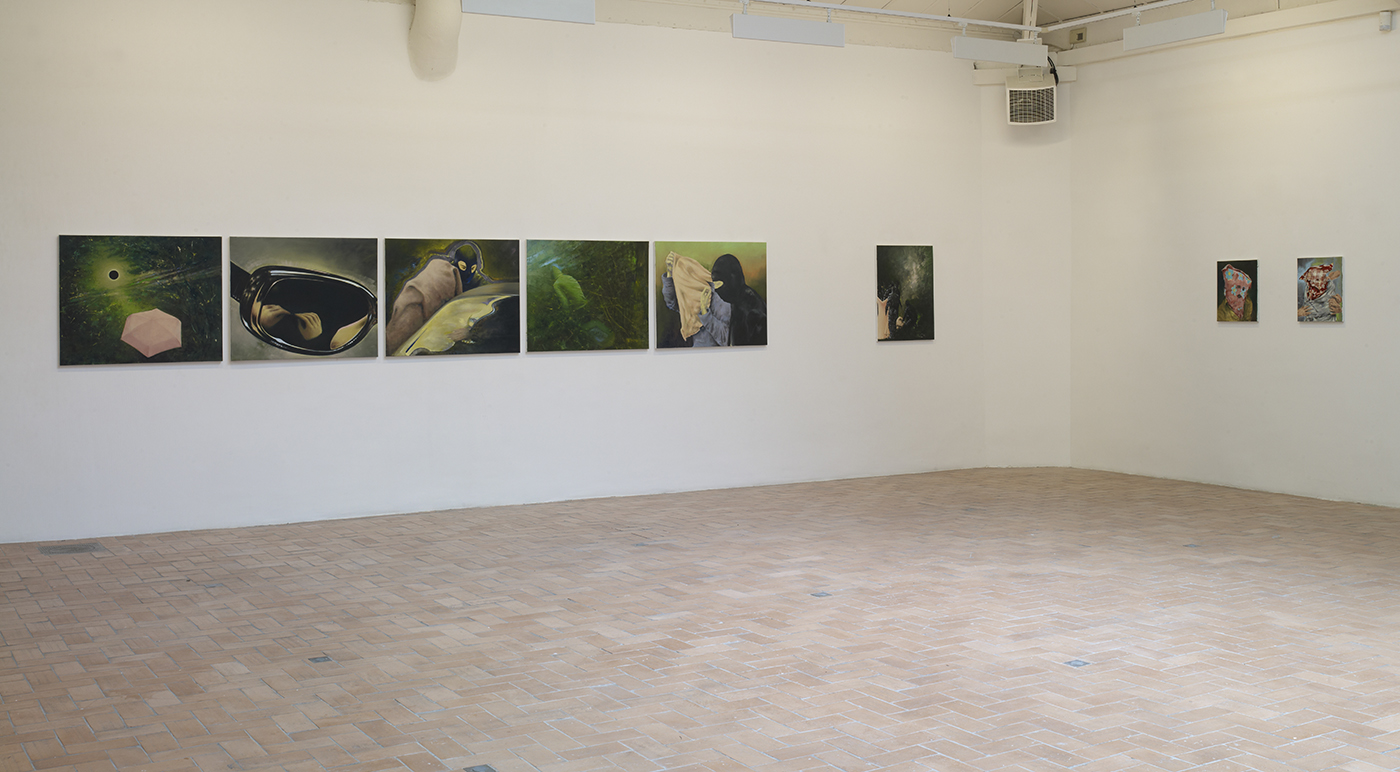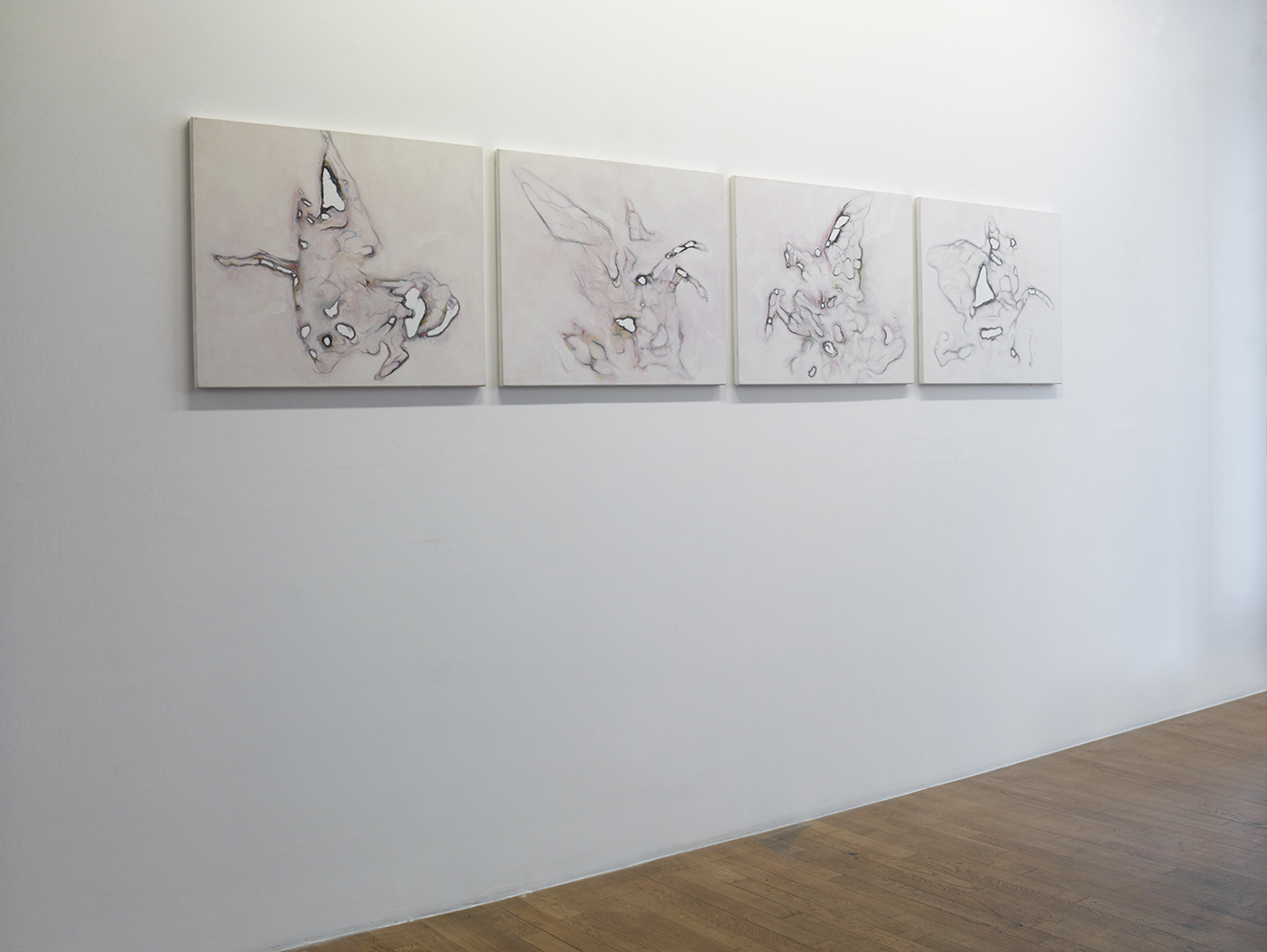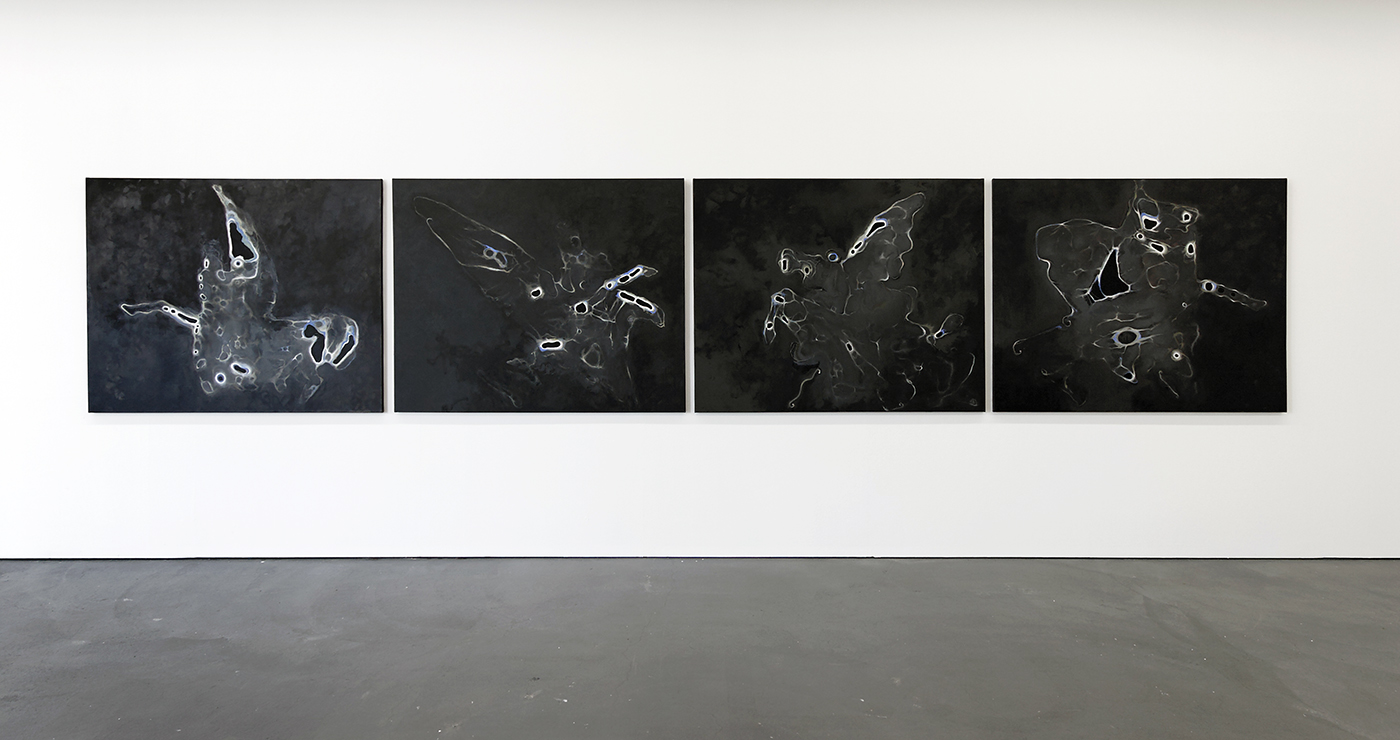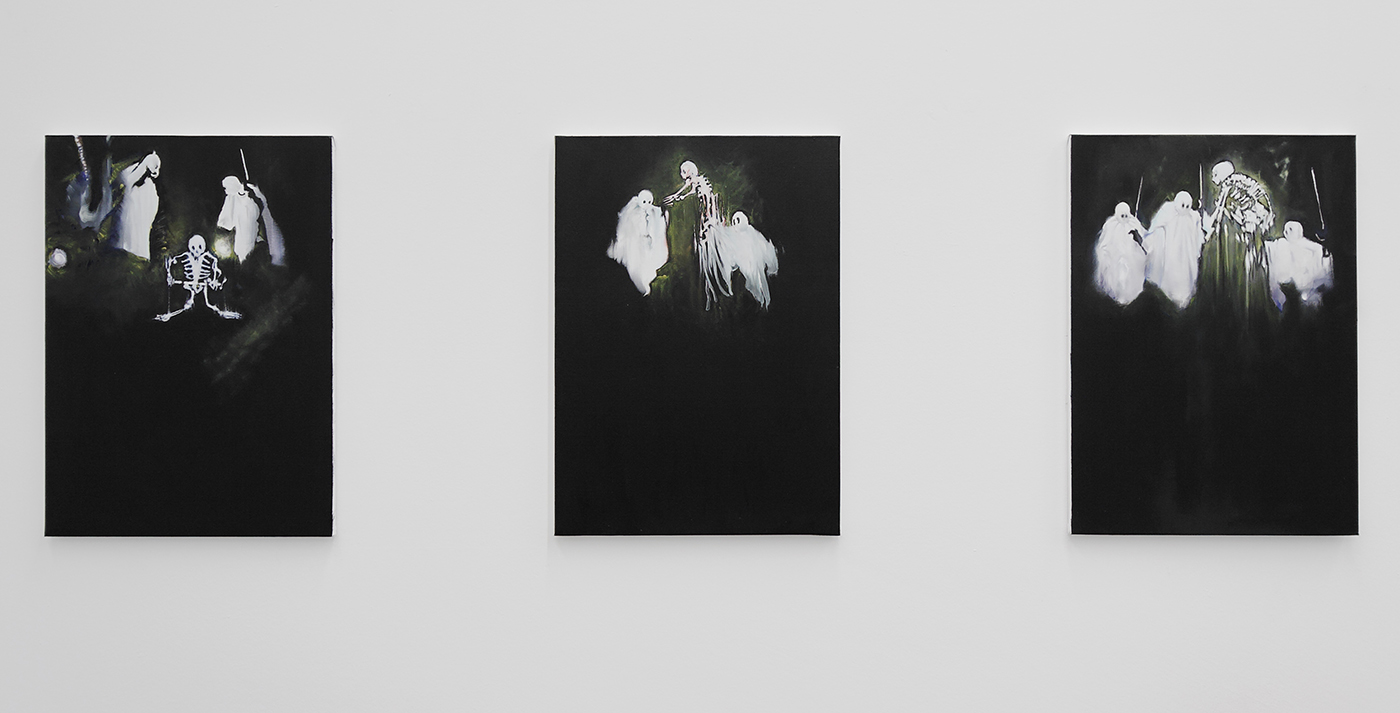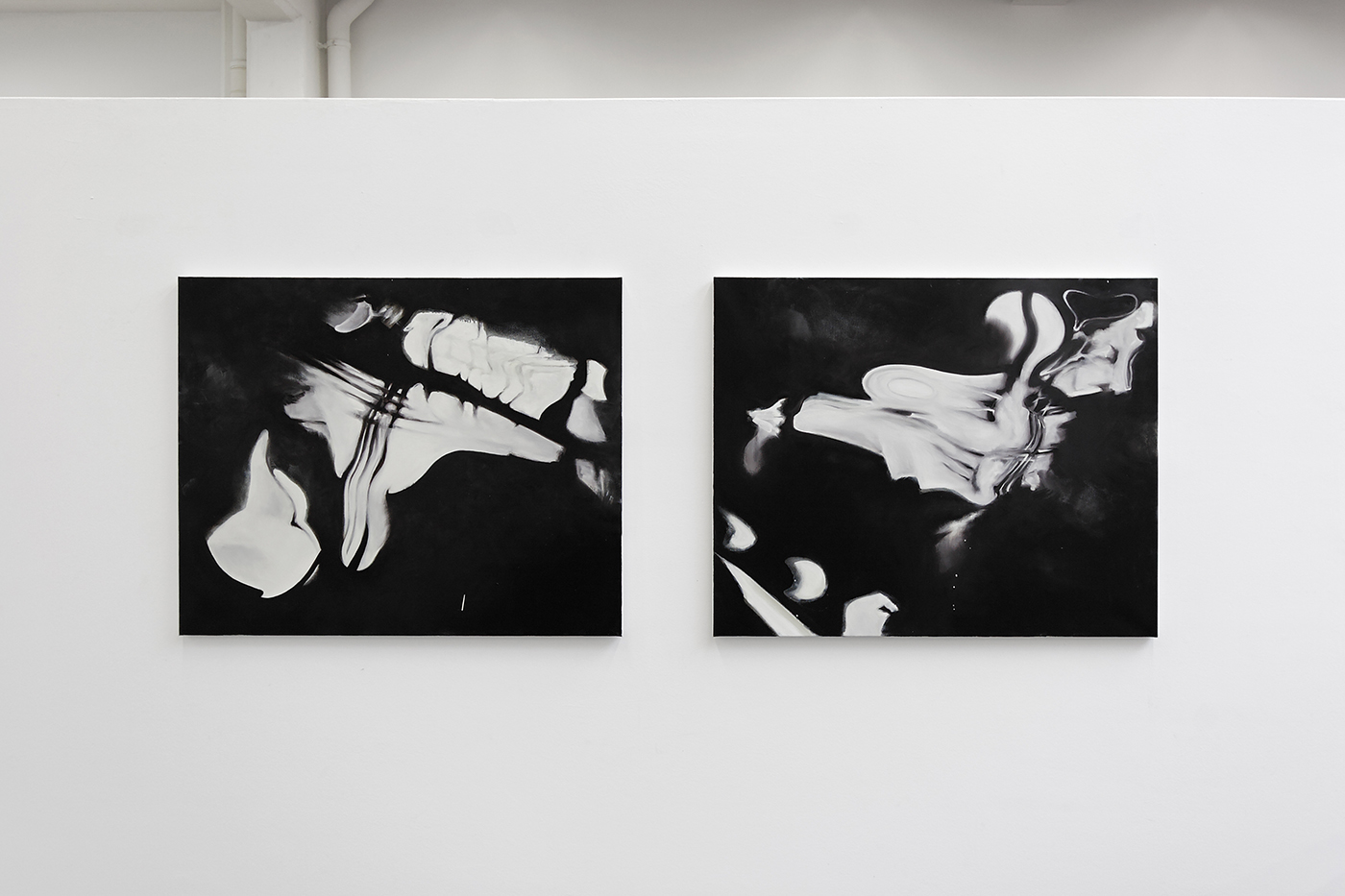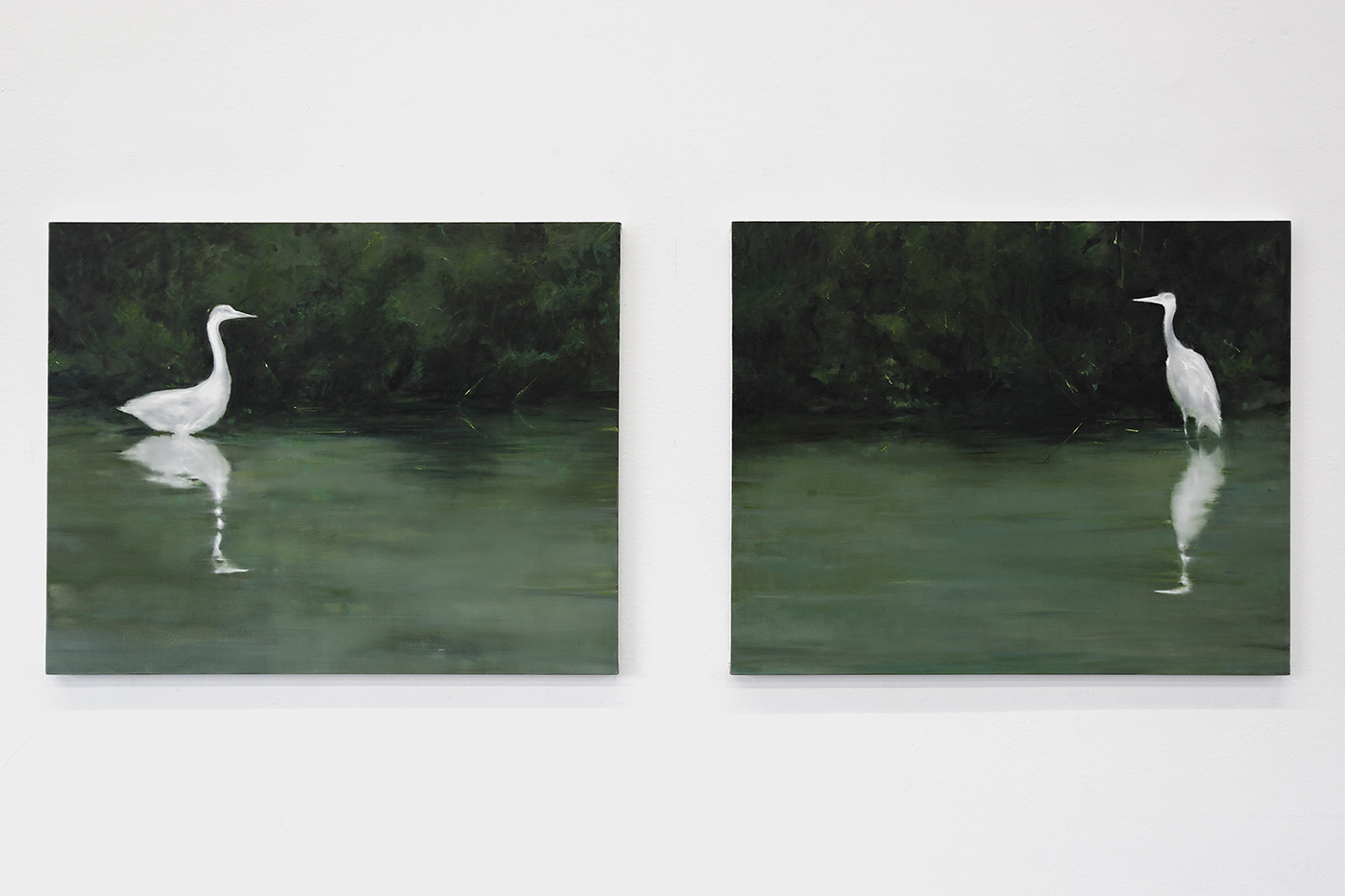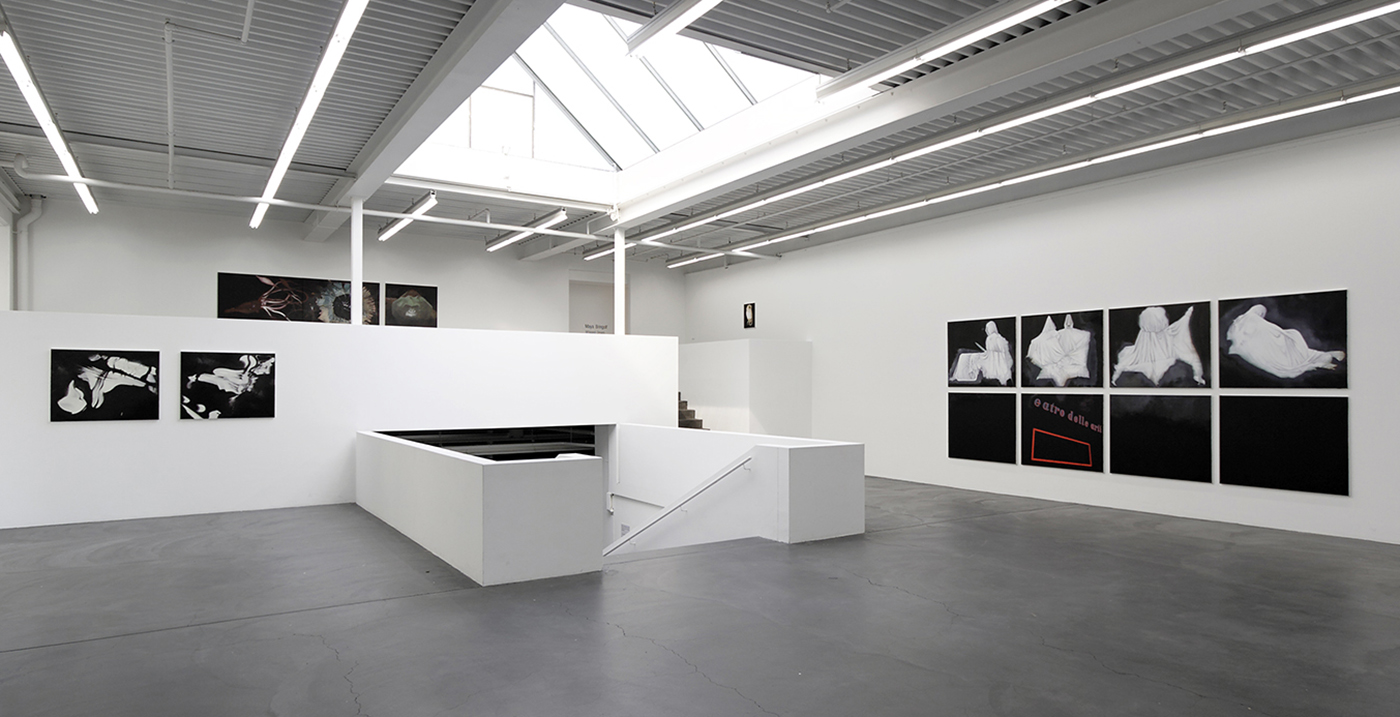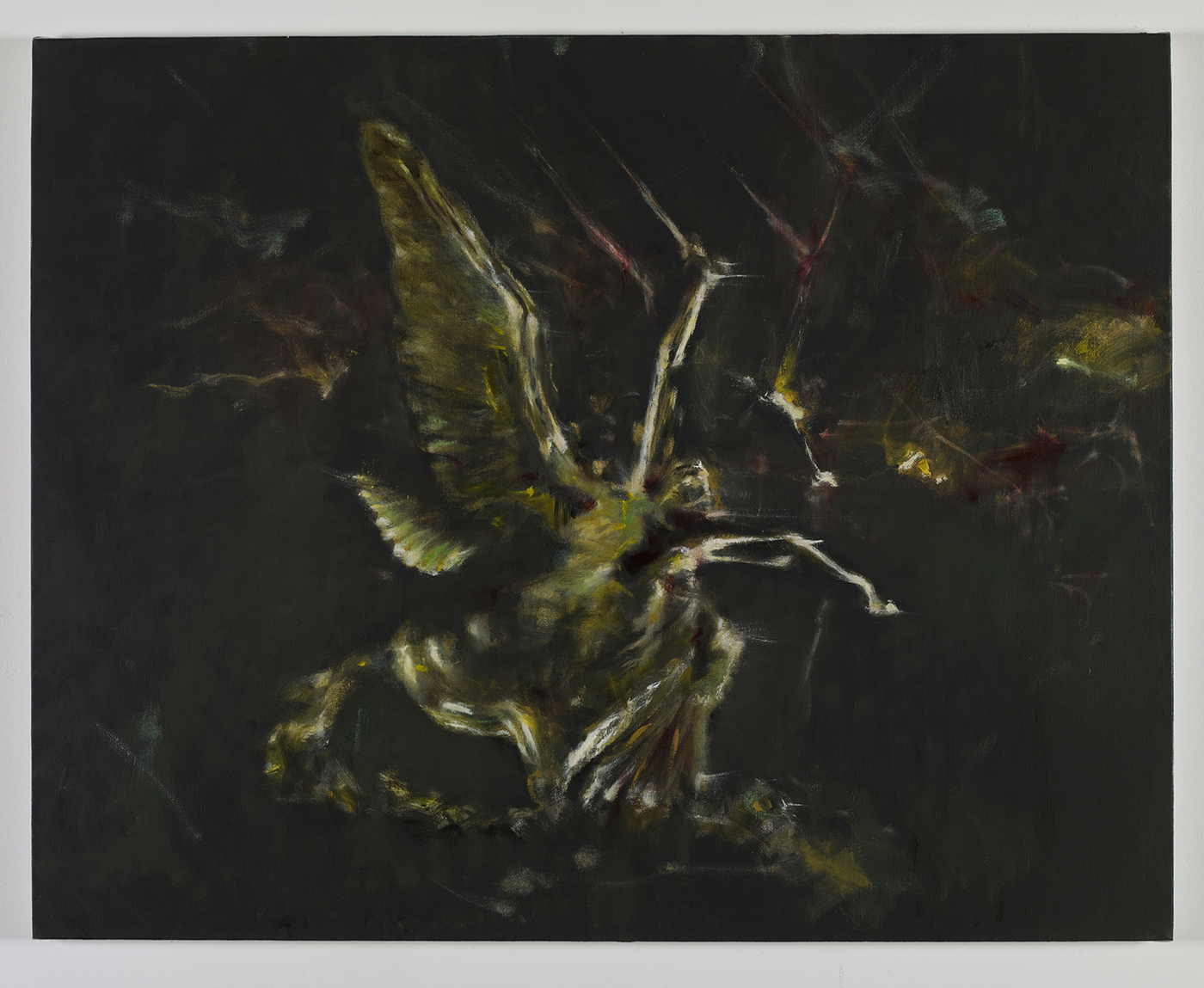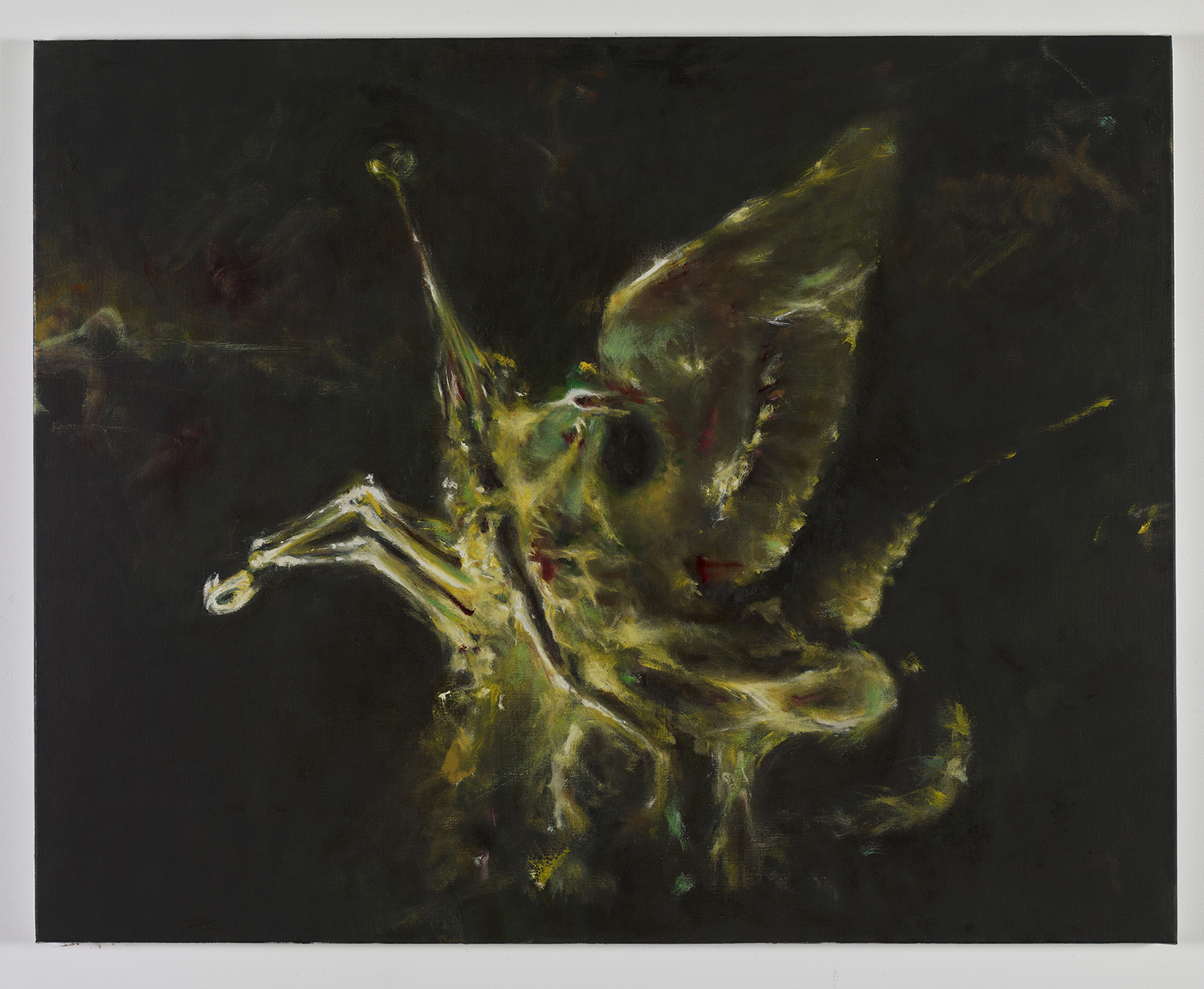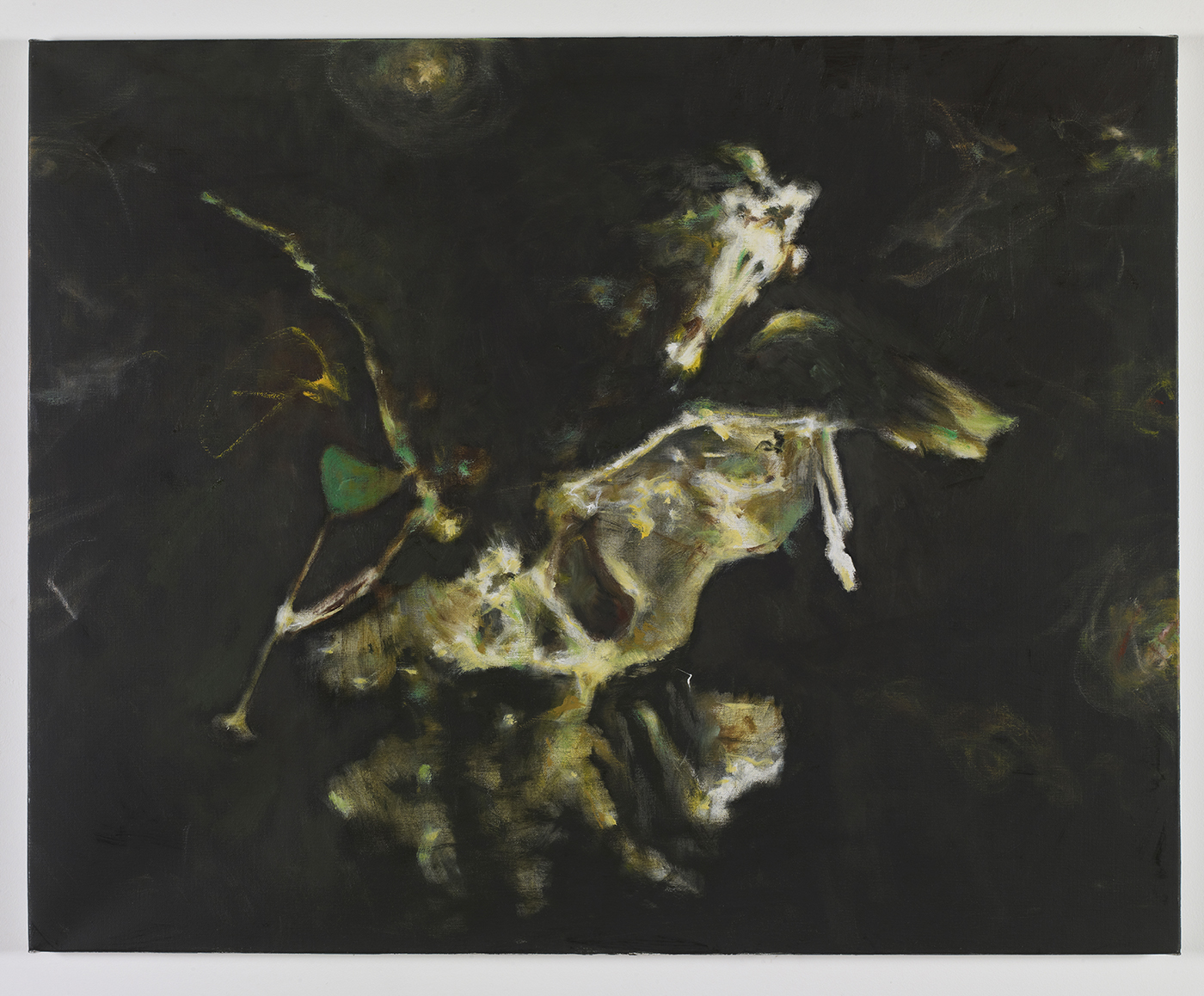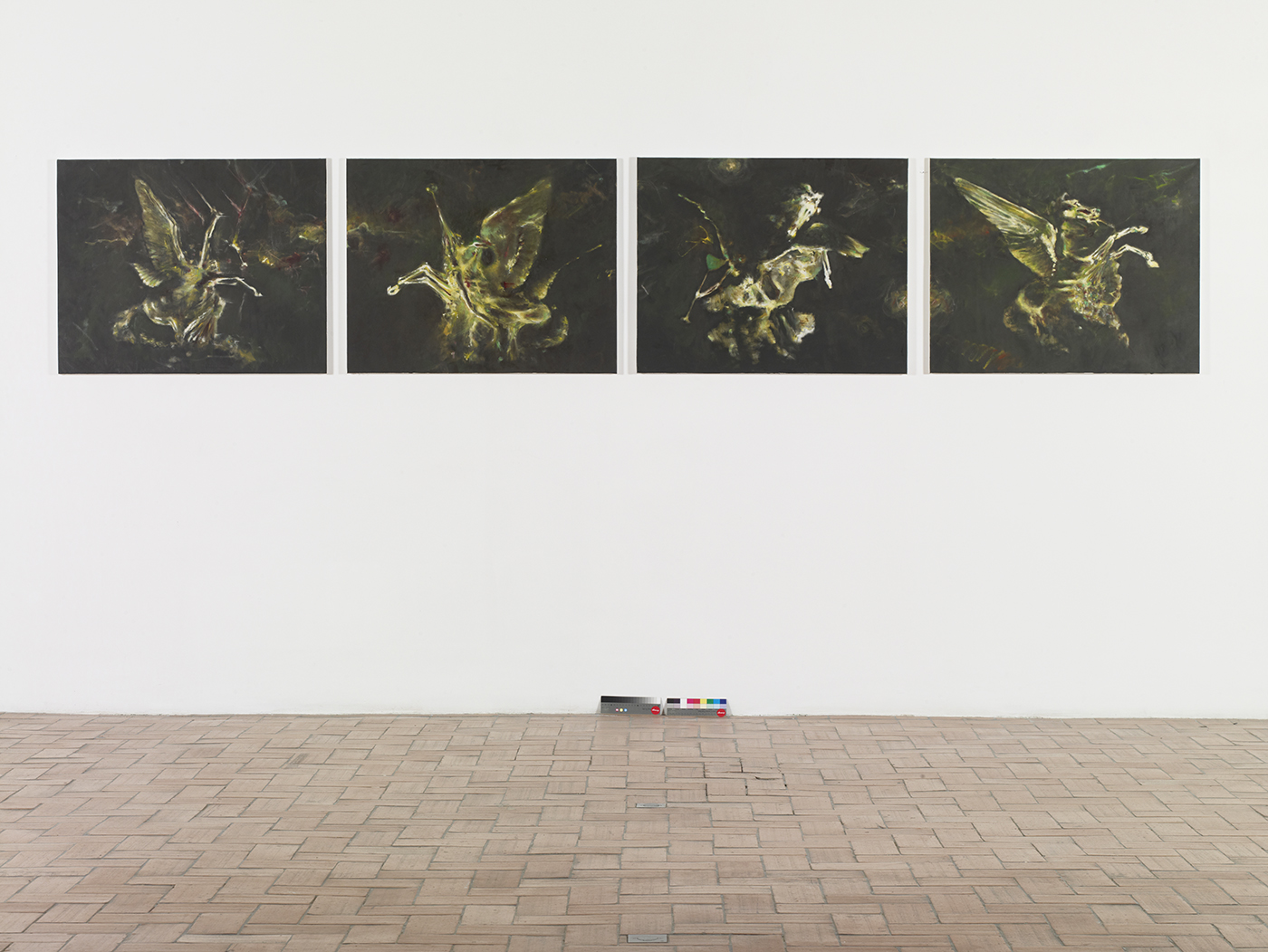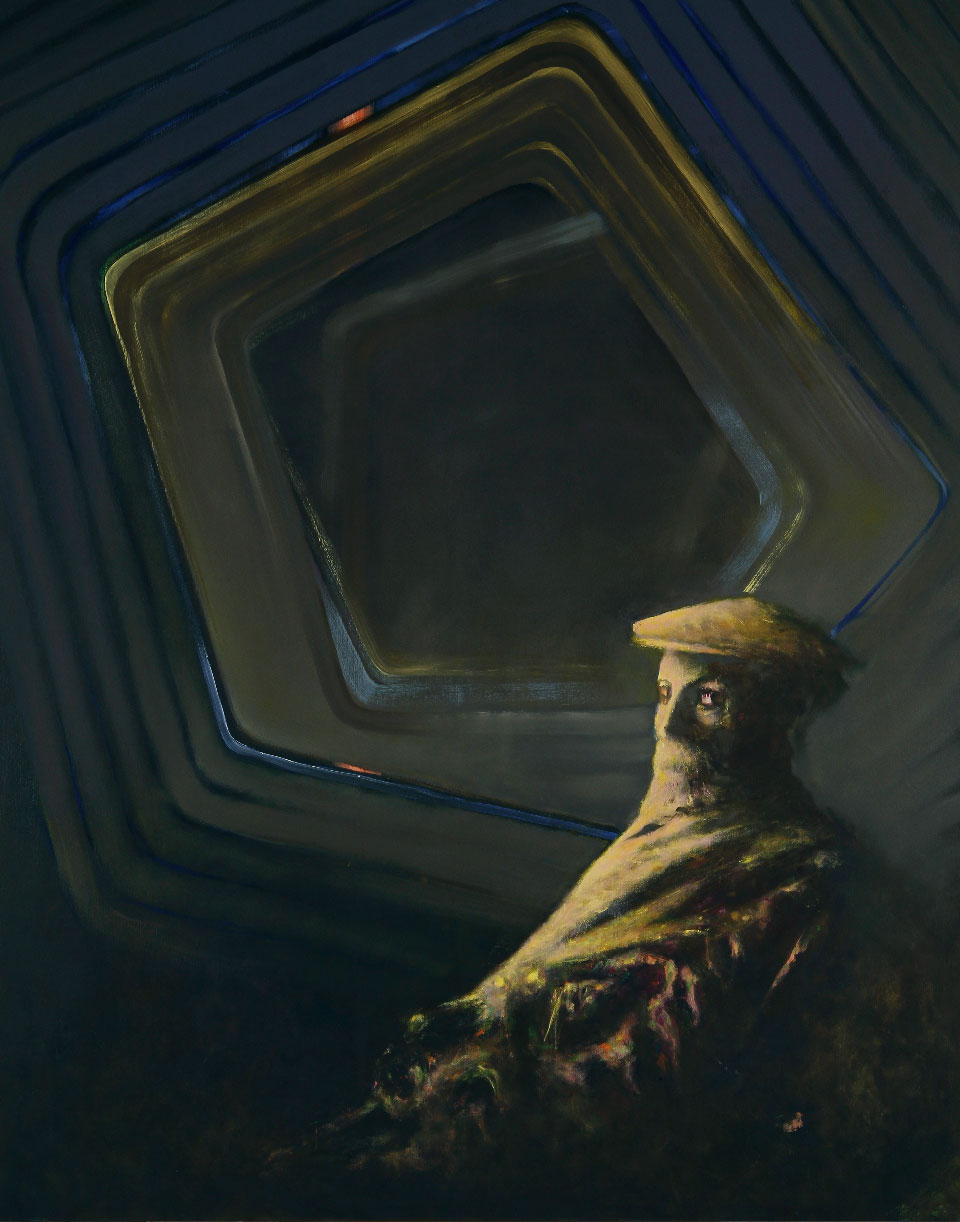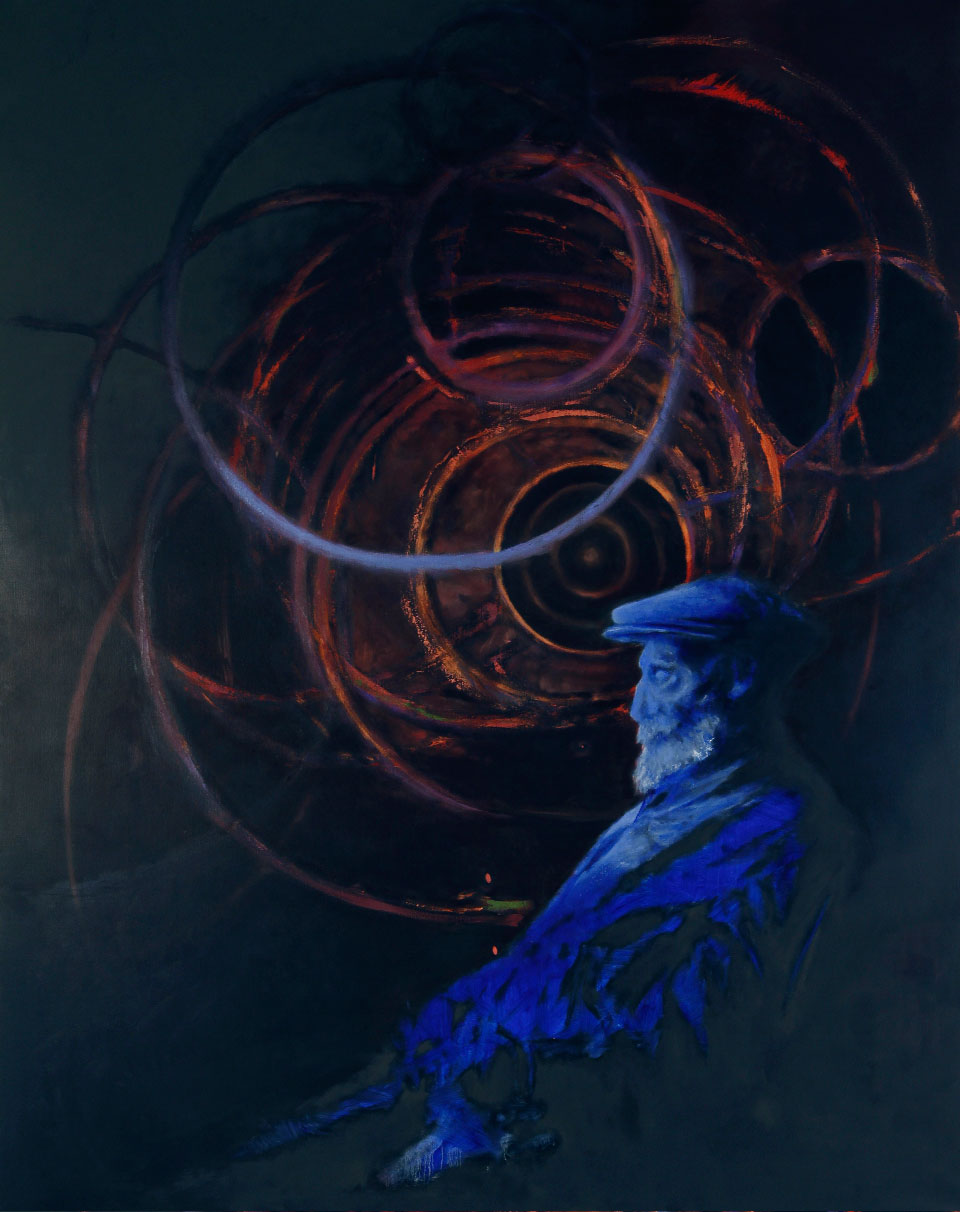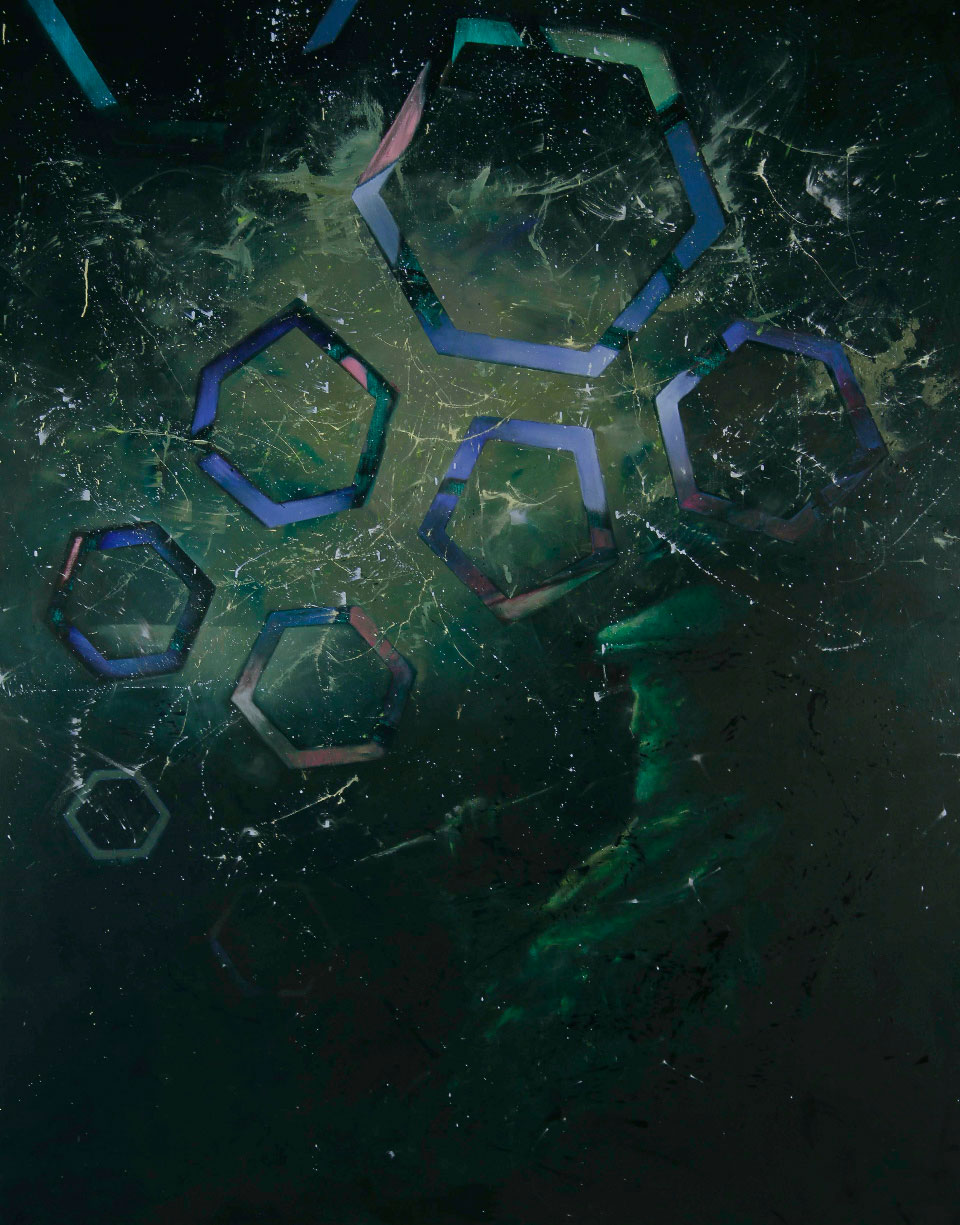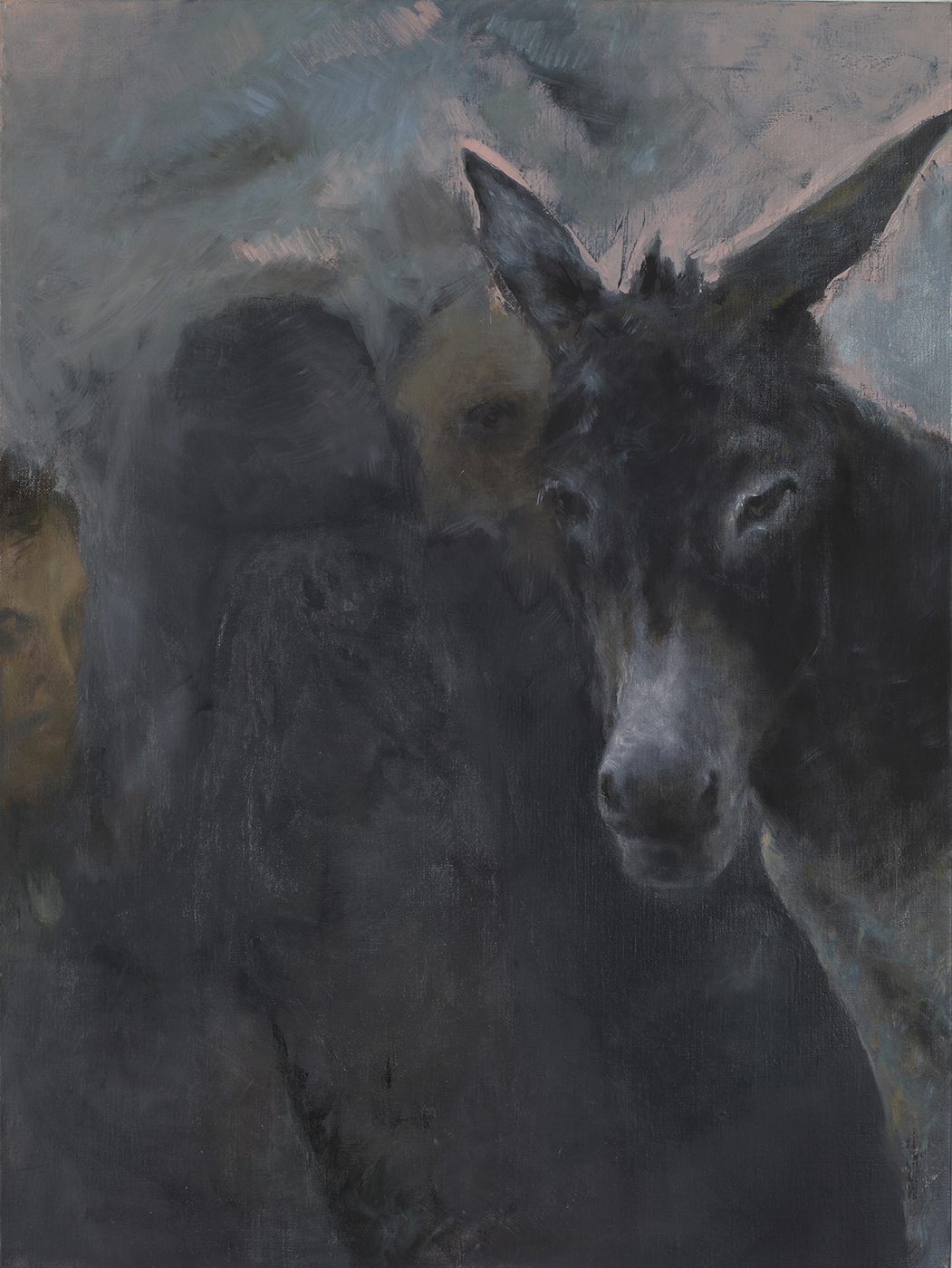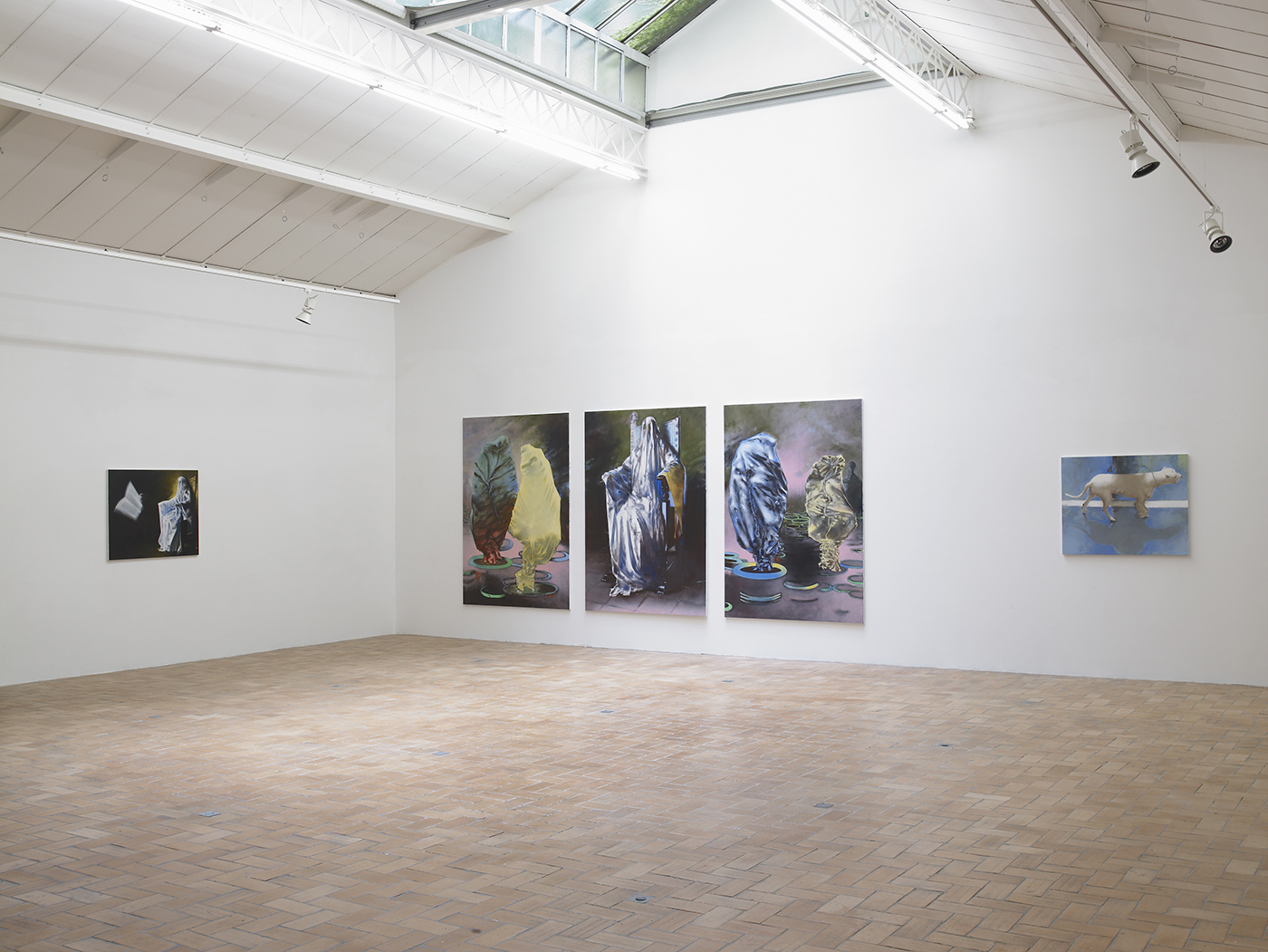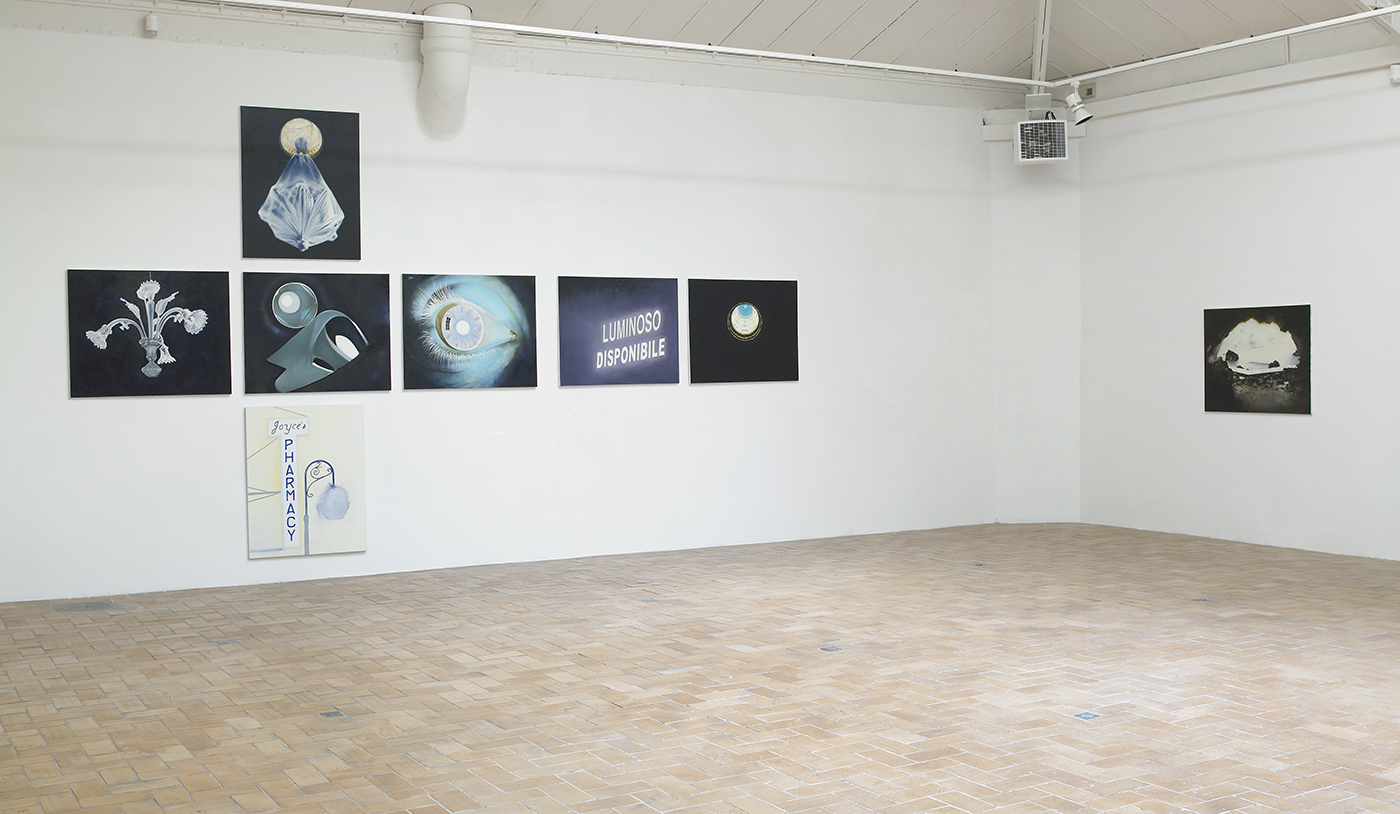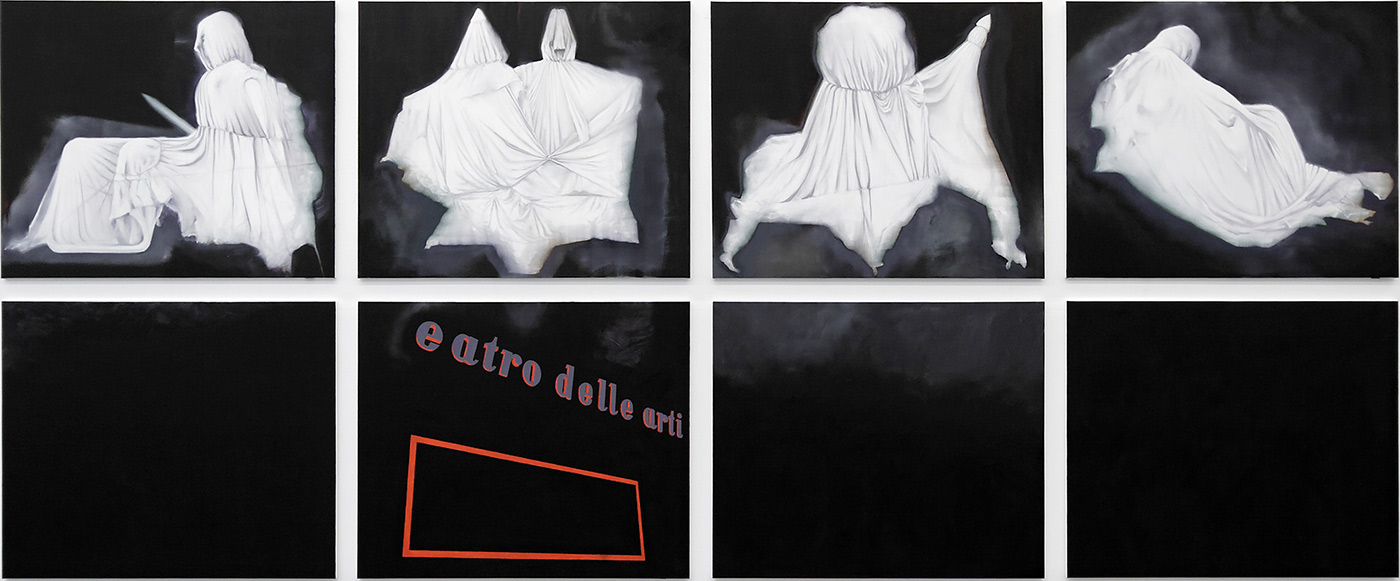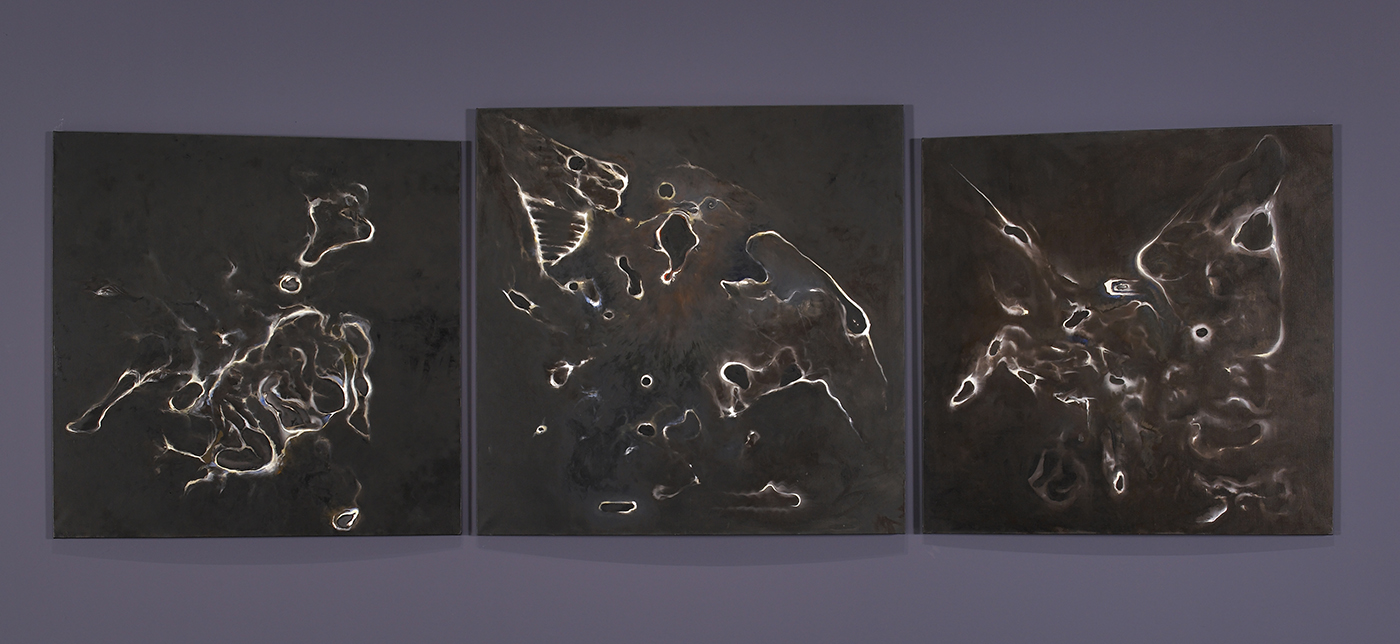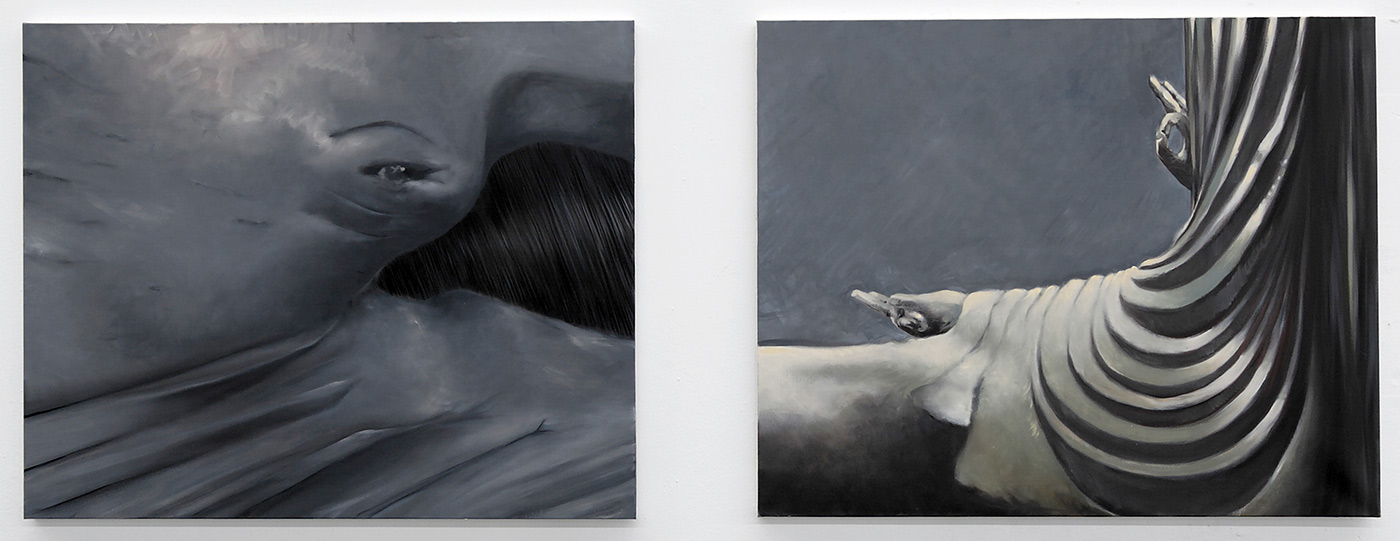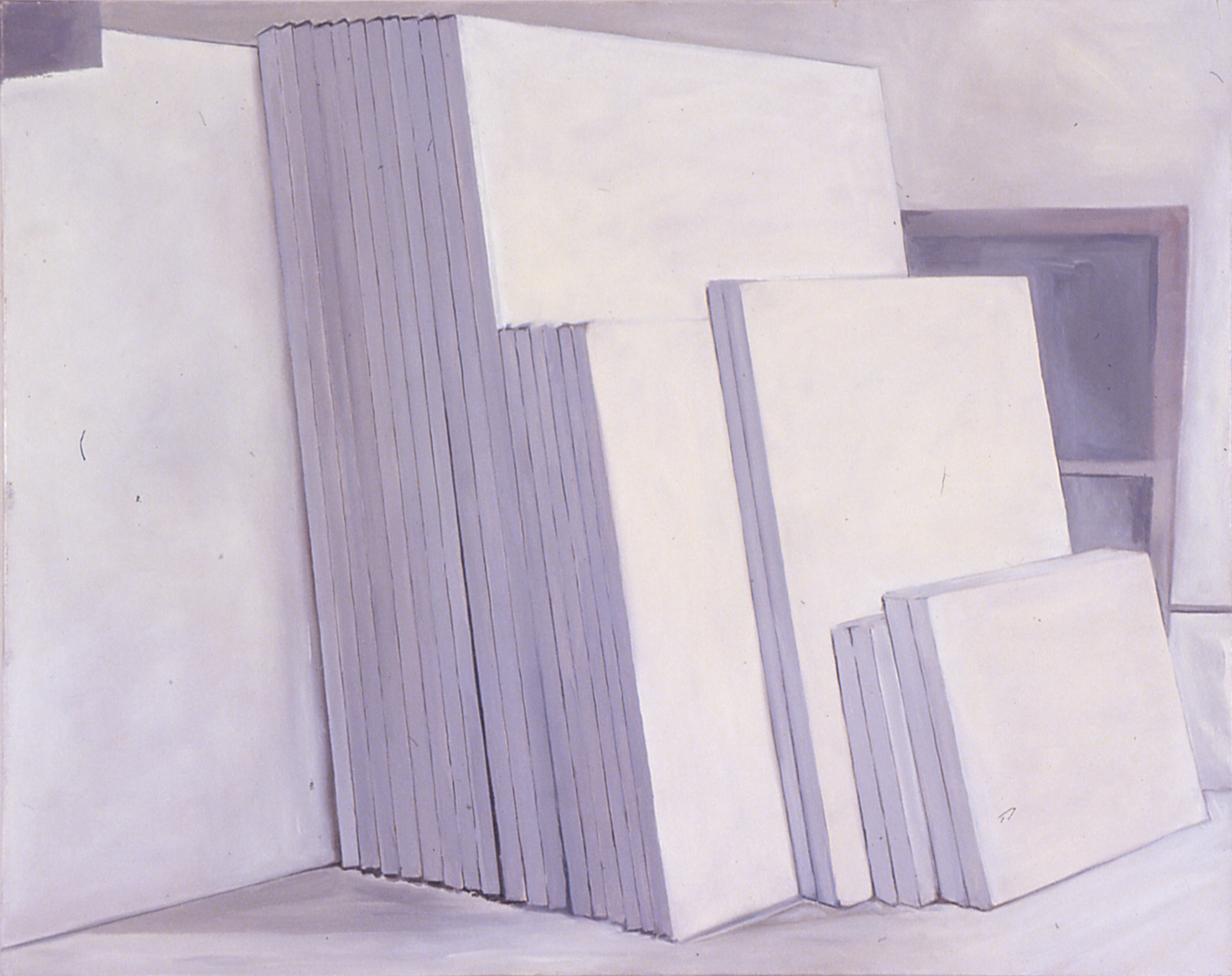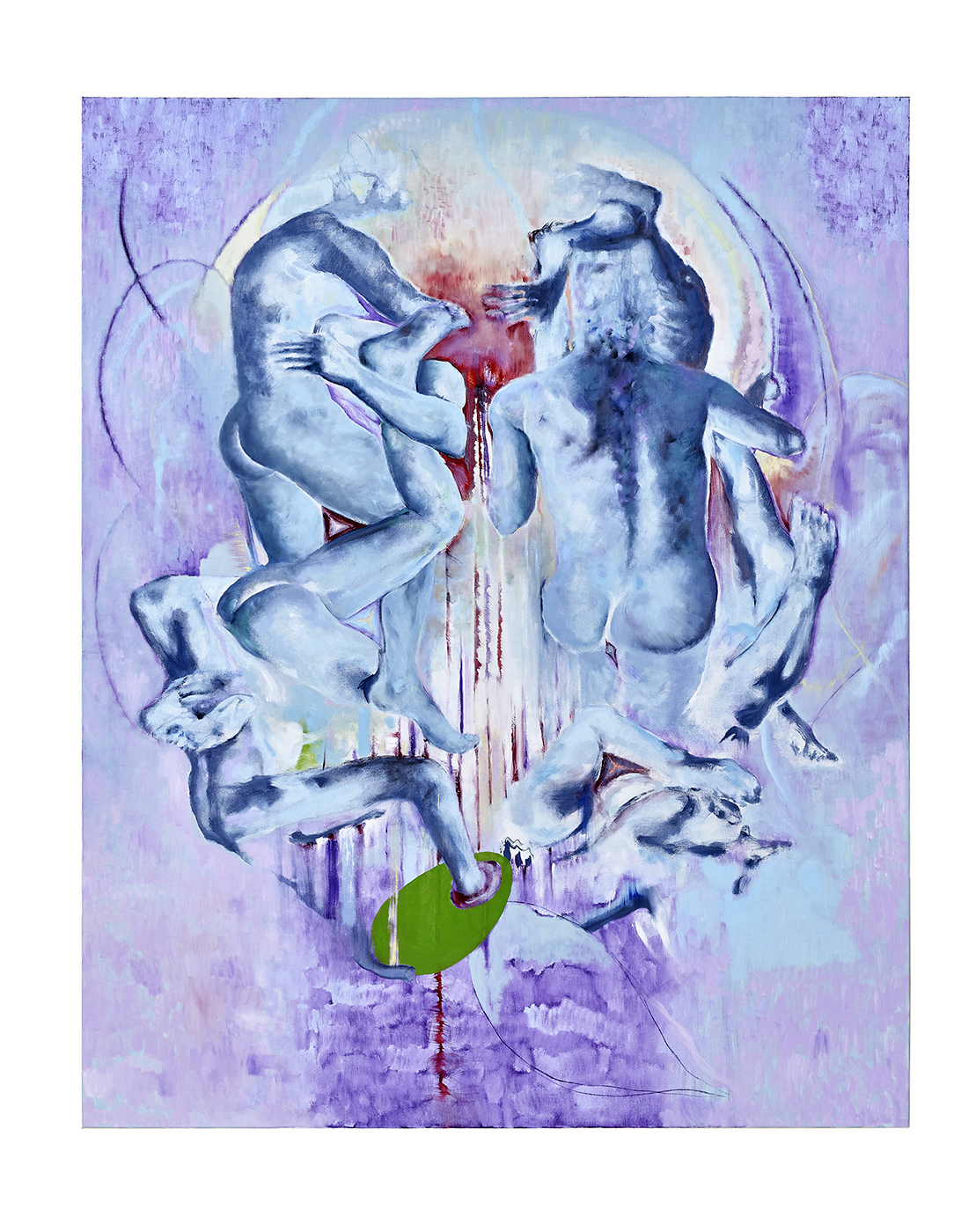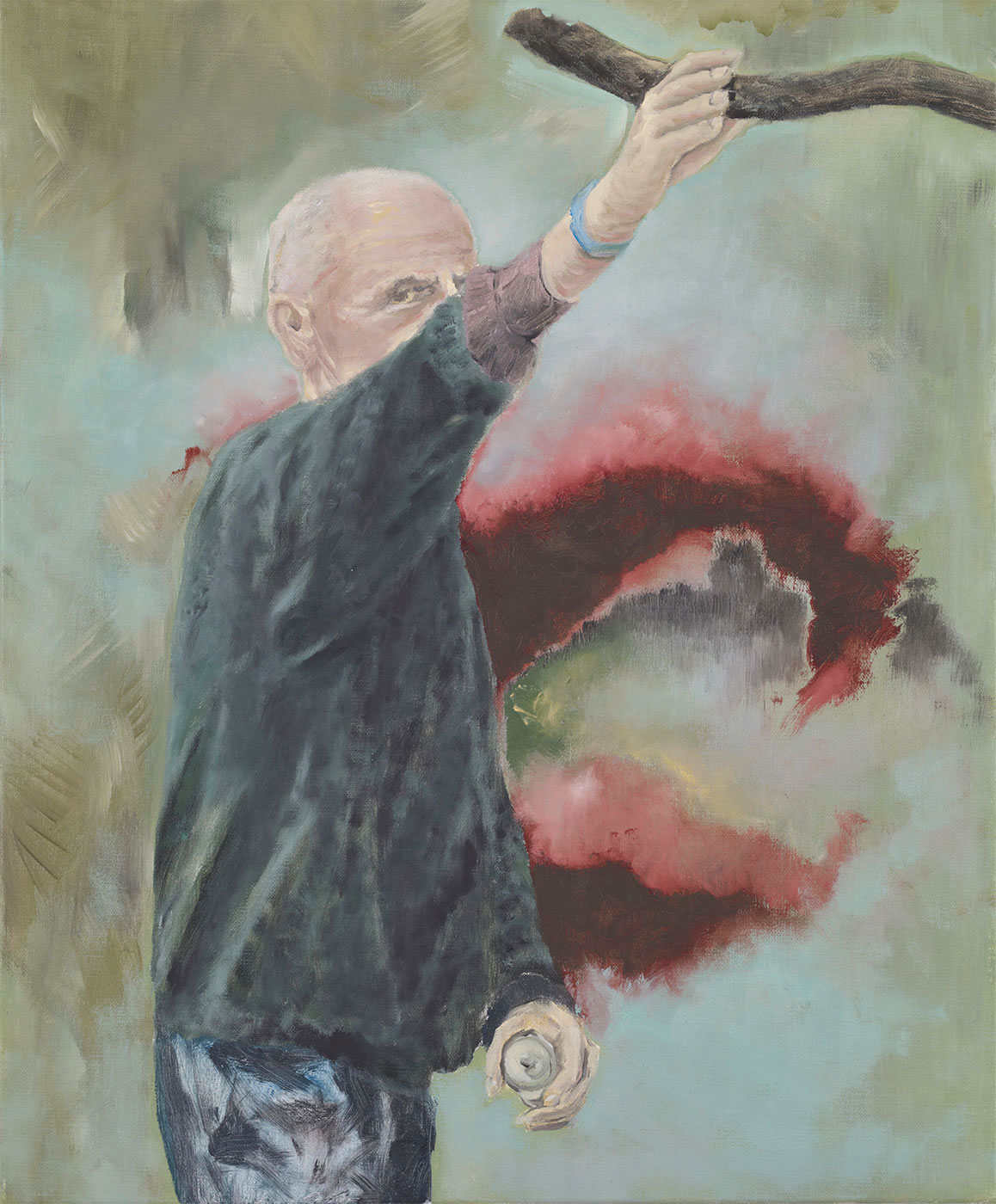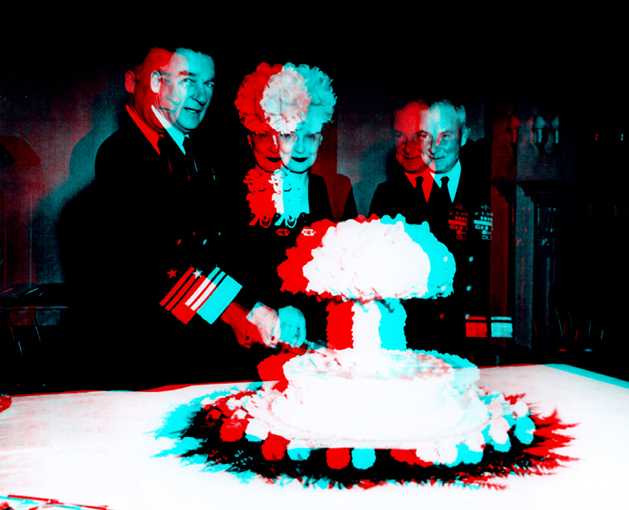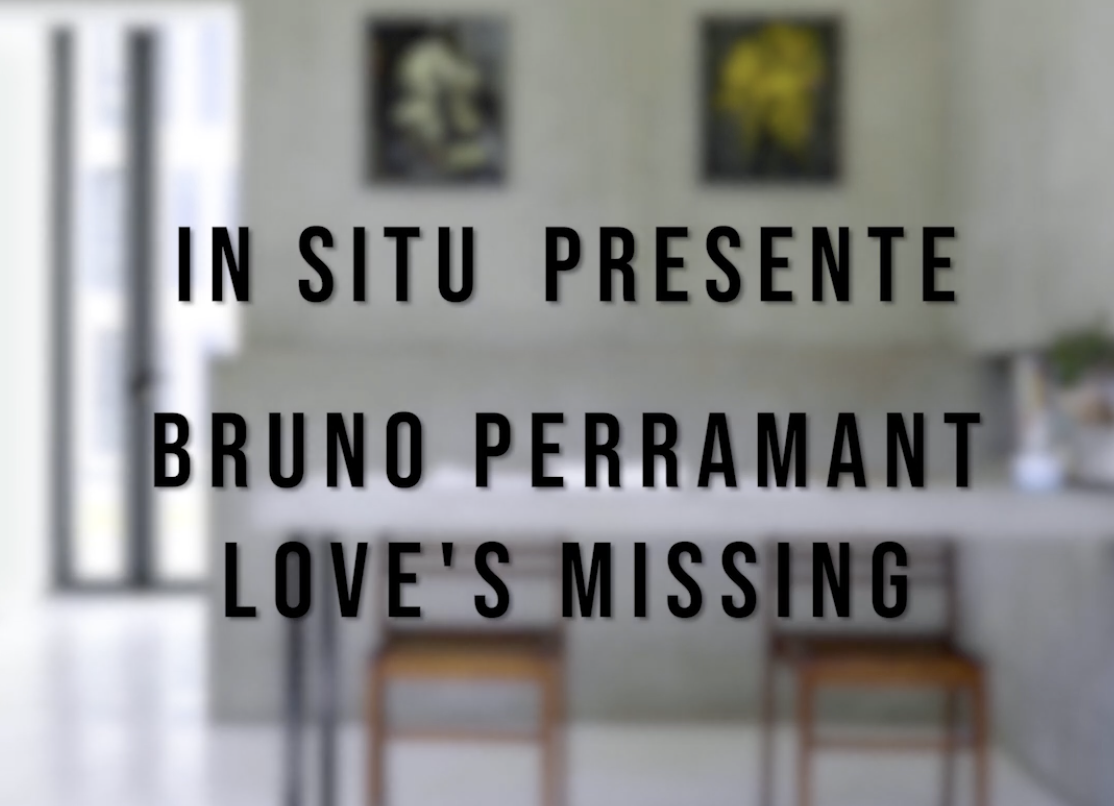Perramant
EXHIBITION (SELECTION)
Solo exhibitions
LOVE'S MISSING, IN Situ - fabienne leclerc, Romainville, FR
Le Maître des anges rebelles, In Situ- fabienne leclerc, Paris, FR
2012
Les aveugles, Collège des Bernardins, Paris, FR
History of abstraction IV, 8 squares, 8 objects, Galerie Meessen De Clercq, Bruxelles, BE
The wedding, Galerie Michel Journiac, Université Paris 1, Panthéon Sorbonne, Paris, FR
History of abstraction III Composition n°3 les aveugles, Galerie In Situ-Fabienne Leclerc, Paris, FR
The history of abstraction, I Prologue. II The wedding. Hengesbach Gallery, Berlin, DE
2010
Les Couleurs, la Guerre, In Situ- fabienne leclerc, Paris, FR
2009
Bis non Repetita, Galerie Meessen de Clercq, Brussels, Belgium
2008
Nouveaux spectres, In Situ- fabienne leclerc, Paris, France
Quoi ?, Kunsthaus Baselland, Basel, CH
Nuovi Spettri, Villa Medicis, Rome, IT
2007
Re.noir , In Situ- fabienne leclerc, Paris, FR
La part du feu, Galerie Saint Séverin, Paris, FR
2005
Dar(k)stellung, Galerie Rolf Hengesbach, Köln, DE
Si je t'oublie Paris, In Situ- fabienne leclerc, Paris, FR
The Garden of Delights, Gem Museum voor Actuele Kunst, La Haye, NL
Les Fleuves, FRAC Alsace, Sélestat, FR
2003
Bruno Perramant, FRAC Auvergne, Clermont-Ferrand, FR
2002
Les Demoiselles, In Situ- fabienne leclerc, Paris, FR
Centre d'Art Contemporain, Brétigny-sur-Orge, FR
Les lois de la reproduction, Galerie Ferdinand Van Dieten d'Eendt, Amsterdam, NL
Fiac 2001, In Situ- fabienne leclerc, Paris, FR
1995
Z.a. Mocca Foundation, Tokyo, JP
Galerie Latitude, Nice, FR
Galerie du Tableau, Marseille, FR
1989
Galerie Tore, Marseille, FR
1988
ODC, Aix-en-Provence, FR
Group exhibitions
2022
Fous de Proust, Château de Montsoreau-Musée d'art contemporain, Montsoreau, FR
2021
Spring, Fondation Thalie, Bruxelles, BE
2020
Et maintenant, le dessin..., In Situ - Fabienne Leclerc, Romainville, FR
2019
STOP, In Situ- fabienne leclerc, Romainville, FR
2018
Voyage au Centre de la Terre, commissariat : Jérôme Sans, Espaces Éphémères (7 rue Tolbiac, 75013), Paris, FR
Vertiges, LABANQUE, Béthunes, FR
2017
En marge, In Situ- fabienne leclerc, Paris, FR
2016
Nuit Blanche, Ville de Paris, FR
Les années 1980, L'insoutenable légèreté, Pompidou, Paris, FR
2015
Qu'est-ce que la photographie ?, Galerie de photographies du Centre Pompidou, Paris, FR
After dark, oeuvres de la collection Frac Ile-de-France, commissariat Xavier Franceschi, MAMCO, Genève, CH
2014
Les esthétiques d'un monde désenchanté, CAC Meymac, FR
Saint Jérôme, Galerie Meessen Declerq, Bruxelles, BE
Des Hommes et des mondes, Collège des Bernardins, Paris, FR
Pensé(z) cinéma, Abbaye Saint André, Centre d'art contemporain, Meymac, FR
La Révolte et l'Ennui, FRAC Auvergne, Clermont-ferrand, FR
La belle peinture 2, Phoenix, Maurice, FR
2012
20 years, Hengesbach Gallery, Berlin, DE
Sphères 4, Galerie Continua / Le Moulin, Boissy-Le-Châtel, FR
Des vies à écrire, Espace oscar Niemeyer, Paris, FR
L'ivresse, Maison Guerlain, Paris, FR
D'après la ruine, Vilniaus Kulturos Centras, Vilnius, LT
Itinéraire bis, MAC/VAL , Vitry sur Seine, FR
Sphères 4,Galerie Continua / Le Moulin, Boissy-Le-Châtel, FR
2010
Celebration, FRAC Auvergne, Clermont Ferrand, FR
Miroirs noirs, Fondation d'entreprise Ricard, Paris, FR
Objects are like they appear, Meessen De Clercq, Brussels, BE
Collection Altadis, MEIAC, Badajoz, ES
Arte na Franca: O Realismo, Segunda parte, Margs, Porto Alegre, BR
Paris - Berlin, In Situ- fabienne leclerc à la Galerie Christian Nagel, Berlin, DE
La rose pourpre du Caire, Musée d'Art et d'Archéologie, Aurillac, FR
Tristes utopies, In Situ- fabienne leclerc, Paris, FR
Un siècle d'art francais, Museu de arte, Sao Paulo, BR
2008
The Flowers of Evil still bloom, spleen: Les Fleurs du Mal, Cueto Project Gallery, New York, US
Voir en peinture,Museu Coloccao Berardo, Lisbonne, PT
Toute la collection du FRAC Ile-de-France (ou presque), Mac/Val, Vitry -Sur-Seine, FR
Traces du sacre, Musée Georges Pompidou, FR
Silhouettes, Musée de Sérignan, Sérignan, FR
Family jewels, Damien Deroubaix and friends, Bongout show room, Berlin, DE
The Haus der Kunst, Muenchen, DE
2007
À travers le miroir (western moderne), Musée d'Art et d'Archéologie, FRAC Auvergne, Aurillac, FR
Intrusion au Petit Palais (FMAC and Petit Palais collections), Musée du Petit Palais, Paris, FR
Artistes Français de A à Z, Galerie Gabrielle Maubrie, Paris, FR
Être au monde, MACVAL, Musée d'art contemporain, Vitry-sur-Seine, FR
Ecran total, galeries du cloître, ERBA, Rennes, FR
2006
Swamp, Galerie Rolf Hengesbach, Koeln, DE
Swoon, Galerie Ferdinand van Dieten, Amsterdam, NL
Peintures Malerei , Martin-Gropius-Bau, Berlin, DE
Pictorial research, Art Agents Gallery, Hambourg, DE
Le Mouvement des images / Art, cinéma, Centre Georges Pompidou, Paris, FR
Ils sont passés par la..., Galerie du Cloître, Ecole régionale des Beaux-Arts de Rennes, FR
Peindre des images, La Galerie, Ecole supérieure des Beaux-Arts de Cournaille, Quimper, FR
Profils, 15 ans de création artistique en France,Pera Museum, Istanbul, Benaki Museum, Athènes, GR
2005
Nouvelles vagues, collection du MNAM, Centre Pompidou, Paris, FR
Nouvelles vagues, Musée des Beaux-Arts, Shanghai, CN
Nouvelles vagues, Musée des Beaux-Arts, Canton, CN
Nouvelles vagues, Millennium, Pékin, CN
Mots d'ordre, mots de passe, Espace Paul Ricard, Paris, France Galerie Ferdinand van Dieten, Amsterdam, NL
Soleil vert, Musée d'art Roger Quilliot, Clermont-Ferrand, FR
Soleil rouge, Centre Pomel, Issoire, FR
De leur temps Collections privées françaises, Musée des Beaux-Arts ,Tourcoing, FR
Galerie Le Garage, Toulouse, FR
Alors, c'est bon pour toi ?, Galerie Commune, Université de Lille III, Tourcoing, FR
Prix Altadis, Galerie Anne de Villepoix, Paris, FR
Prix Altadis, Galerie Heinrich Ehrhardt, Madrid, ES
Rood, Wit en Blauw : Bruno Perramant & Henk Visch, Galerie Ferdinand van Dieten, Amsterdam, NL
L'artiste s'ennonce, Galerie Ferdinand van Dieten, Amsterdam, NL
Les Conquérents, Les Exilés,FRAC Espace Boris Vian, Montluçon, FR
2003
Outlook, Athènes, FR
Cinéma(s), Dompierre sur Besbre, FR
Galerie Taché-Lévy, Bruxelles, BE
Galerie Ferdinand van Dieten, Amsterdam, NL
Lieber Maler, male mir..., Schirn Kunsthalle, Frankfurt, DE
Cher Peintre, Peins-moi...,Musée National d'Art Moderne, Centre Georges Pompidou, Paris, FR
Lieber Maler, Male Mir..., Kunsthalle, Vienne, AT
Voilà la France, Ce. S.A.C., Caraglio , IT
Lieber Maler, male mir ... , Kunsthalle, Vienna, AT
Peintures : contrainte ou recette, Ecole des Beaux-Arts, Rennes, FR
Recits, Centre d'art Contemporain, Meymac, FR
Collection 4, FRAC Alsace, Sélestat, FR
2001
Par espacement et par apparition, FRAC Auvergne, Clermont Ferrand, FR
Affinités Narratives, IN SITU - fabienne leclerc, Paris, FR
2000
Mimetic power, Galerie Ferdinand Van Dieten d'Eendt, Amsterdam, NL
1999
Trouble spot Painting, MUKHA, Antwerpen, DE
Un écran, le tableau, Centre d'Art Contemporain, Pougues-les-Eaux, FR
1995
L'Art d'Aimer, Villa St Clair, Sète, FR
1994
Matsuzakaya, Tokyo, JP
1990
Théâtre municipal, Caen, FR
Galerie Tore, Marseille, FR
Marseille-Strasbourg, Galerie de l'Ecole d'Art , Marseille, FR
Galerie Finnegan's, Strasbourg, FR
Galerie Graffic, Strasbourg, FR
1988
Galerie Porte-Avion, Marseille, FR
100 Autoportraits 10F , Aix-en-Provence, Marseille, Lyon, Paris, FR
Art jonction international, Galerie Latitude, Nice, FR
C'est facile de critiquer, Galerie des Ramblas, Marseille, FR
Galerie Latitude, Nice, FR
Bruno Perramant, MSSNDCLRCQ. In Situ- fabienne leclerc, Rolf Hengesbach, Villa Medicis, Rome, 2009.
2008
Parcours n°2, collections du MAC/VAL. Vitry sur Seine, FR, 2008.
Traces du sacré. Centre Georges Pompidou, Paris, FR, 2008.
2007
Art contemporain : La collection du Centre Pompidou. MNAM, Paris, FR, 2007.
Intrusions au Petit Palais, la collection du FMAC. Paris, FR, 2007.
L'art en france, 1990-2007. Editions Particules, Paris, FR, 2007
2006
Vous êtes ici, collection du FRAC Auvergne 2000-2006. Clermont-Ferrand, FR, 2006
Peintures/Malerei. Editions du Centre Pompidou, Paris, fr, 2006
2004
Alors c'est bien pour toi. Galerie Commune, Tourcoing, FR, 2004.
De leur temps, collections francaises. Musée des Beaux Arts, Tourcoing, FR, 2004.
2003
Sun II. Frac Auvergne et Frac Alsace, FR, 2003.
2002
Cher peintre, peins-moi..., Musée national d'art moderne, Centre Georges Pompidou, Paris (french, english and german edition), FR, 2002.
Récits, Centre d'art Contemporain, Meymac, FR, 2002.
Acquisitions 1996-2002, FRAC Alsace, Sélestat, FR, 2002.
Peintures. Ecole des Beaux-Arts de Rennes, FR, 2002.
Sun. Centre d'art Contemporain, Brétigny/Orge, FR, 2002.
2000
Vues,éditions Villa St Clair, FR, 2000.
1999
Un écran, le tableau, Centre d'Art Contemporain, Pougues-les-Eaux, FR, 1999.
1993
Dealer of viol. Marseille, FR, 1999
1992
The easy to (find the deep) hold bottle. Le Festin, Bordeaux, FR, 1992
1991
A ferme, Latitude, Nice, France, 1991
1988
Thalamus Virginis, ODC, Aix-en-Provence, FR, 1988.
Reviews/Publications
Qu'est ce que la peinture contemporaine?. Editions Beaux-Art magazine, Paris, FR, 2008.
2006
Profils, 15 ans de création artistique en France. Musée Benaki, Athène, FR, 2006
2004
Upon the Rivers. GEM, Museum of Contemporary Art, The Hague, NL, 2004.
Outlook. Athène, GR, 2004.
Bruno Perramant. Actes Sud/Altadis, FR, 2004.
Residencies
Domaine de Certes (DRAC Aquitaine, Conservatoire du Littoral), Audenge, FR
PUBLIC COLLECTION
FRAC Auvergne, Clermont-Ferrand, FR
FRAC Alsace, Sélestat, FR
FRAC Champagne-Ardennes, Reims, FR
FRAC Ile de France, Paris, FR
MNAM, Centre Georges Pompidou, Paris, FR
Fond national d'art contemporain, Paris, FR
Collection Altadis, Paris, Madrid, ES
Fond Municipal d'Art Contemporain, Paris, FR
MAC/VAL, Musée d'art contemporain du Val-de-Marne, Vitry sur Seine, FR
Texts
- Are you taking the brain out
- Checking to see if the neck is broken
- And then putting the brain back
- Do you believe that the terrorist attacks were not serious
- Where could you find better fighters than the fascists
- But did so many people have to die
- When to use John's first ejaculation
- What
- The first ejaculation
- On which date
- Where is our heart
- Has everything been checked
- Yes.
The interview
C. C. I was wondering about the format of the polyptychs. I found the little white dog (or rather the small painting of the white dog) at Fabienne Leclerc's very interesting, for example. How do you choose your formats, or how do they appear?
And how do you design the polyptychs, what meaning comes out of all that?
O. M. In your work, is there a role for arbitrariness? Does it ever happen that a new arrangement of the canvases comes to you after you have actually been painting? In other words, does it ever happen that a polyptych is arranged differently than you expected when you started the work?
The formats are sometimes chosen to be able to be combined, for example the length of one is the same as the width of another. To do this, I use standard, pre-defined formats which have the advantage of dimensions that are already decided and are appropriate. Moreover, I can find them anywhere, with minor variations, admittedly. The ideal measurements are not the same in Italy, France or Germany. And the formats also depend on the studio I am in. That is also subject to variations, because I don't live in one fixed place anywhere. The large polyptychs are created in a tiny studio, and I really saw them years afterwards.
Apart from the tryptychs, which are rather classical, I don't think I have ever repeated the shape of a polyptych. They are designed differently every time. For example, Joyce's pharmacy developed around an initial diptych, which is in the centre of the whole work, which explains the different gaps between the paintings and the deployment towards the right, the left, top and bottom. Matrice followed the game of Chinese checkers, and was constructed after the event. Eatro delle arti was literally uplifted by black monochromes like the pedestals of statues. Tapis rouges (red carpets) was initially diamond-shaped, before turning into a wave. In fact, it is rare that the shape of a polyptych is decided in advance, except for a work like Rigodon. I observe attractions, collisions, relations of energy, beneficial effects or repulsions. If meaning comes out of all of that, it is only in the connections and gaps, in the possibility of the broadest interpretation, in a reading that leans towards fiction. They are both spatial developments and blocks of time that have come from everywhere.
C. B. & M. P. When we arrived in your studio in the Villa Médicis, we noticed (and it also came from what we knew of your work) the "narrative", quasi-cinematographic dimension of your paintings, not only through the subjects painted, but also in their potential for assembly/fixation.
David Lynch works on his films by erasing certain parts of a screenplay, the missing parts of the film, the ghosts, give those scenes that are kept a spectral dimension.
It seems to us that there is something of that kind in your painting "the void", the space between each painting, a missing painting that the viewer has to imagine, a pictorial off-screen.
So here is the beginning of a question about the montages, the flows, missing paintings (we are reminded of Erased de Kooning drawing by Rauschenberg), including the missing parts.
I am very happy that you noticed that, since it has been one of my chief concerns for some time now. This void and these absences only have value due to their potential as a creative reserve. What about diptychs like Parenthèse (Parenthesis) or Rien N°.1 (Nothing No. 1) are really focused on emptiness, literally or physically. Including a figure in this emptiness would be like telling stories, and that is not what I am about. This is even more blatant when the paintings are hung, even if it is ephemeral, what is holding up the paintings is not the place in itself, but the emptiness of this place, where the viewer is. Which is why perhaps it can be qualified as strange, which keeps coming up whenever I show my work. What is missing in this proliferation of canvasses, what is invisible but calling to you, is the real ghost. In this context it is tempting to opt for archetypes of ghosts. The spectrum of possibilities is very broad. Lynch's method is very interesting. You also find that in Joyce, and it is the opposite of Poe's stolen letter, which is not seen because it is too visible, here, what is missing creates a heightened perception of the visible.
M. A. When you were at the Villa Médicis, did you visit the little Museum of souls in Purgatory? Is there any familiarity possible between the spectral images that can be seen there, and your own ghosts?
Yes, it is a very curious place, like the Crypt of the Capuchins. All that is missing is an old exorcist and the supernatural atmosphere would be complete. I thought that there, there were traces that appeared after the death of certain individuals, which suggests that the production of images, the manifestation of presence, does not stop with the disappearance of the body. For the moment, I will stick with my physical experience in this world, and to come back would give me the impression of not having done what I should have. Purgatory, in fact.
Au. B. Whether they are shown in Paris or Rome, are the New spectres the same?
Of course they aren't. The history of these two cities is too different or even antagonistic for these ghosts to be associated with the same references. I found them more peaceful in Rome, more "at home", "urbi" and I was really wondering how they would be perceived "orbi". Velázquez and Bacon have made a real comeback, and the question will be asked timidly, "Are they popes?" In Berlin, somebody talked about Guantanamo. I used the same title Nuovo Spettri, Nouveaux Spectres (New Spectres). In my mind, it was not just a matter of ghosts. I was also thinking about the spectrum of colours, and you noticed the very singular colours in these paintings, particularly of the Sophist, where the invisible background is black. This is a logical continuation of my work that has been pre-meditated for a long time, looking for the colour really hard, from the darkest of backgrounds.
J. B. G. In the paintings that you painted in Rome, there is something like doing the splits between Jean Ray and Diego Velázquez, between phantoms that like eating sauerkraut and a portrait of a seated pope or bishop. The question that occurs to me looking at these ghosts, and one can also consider that one is between Oscar Wilde's Canterville and the monk's cowls of Zurbarán, is the extent to which the image incarnates or emaciates? Is creating an image the role of painting and therefore the cowl, as a pure abstraction from white, or that of its total incarnation and its relationship to sauerkraut*?
(*See Jean Ray, Le Livre des fantômes, La choucroute, Ed. Marabout, Verviers, 1966)
I only know Jean Ray by reputation, I better know Velázquez, but you are right, it is possible to associate Oscar Wilde and Zurbarán. The first seated ghost is not even painted, it is the white of the canvas in slight shadow which gives it its coat, in the same way as we refer to a horse's coat. The question of incarnation which arises in painting is, in this case, a question of approach. Visibly, this figure of a ghost is lived-in, there is someone under the veil. If I tell you that this person is called Véronique and that she poses in the studio, I think that you will quickly associate this veil with that of another Véronique, the Saint, the Vera Icona, and therefore with the face of Christ and the Incarnation which the Spanish monk is pondering sombrely, while Velázquez brings out, from the coats of flesh and blood, the dazed faces of Las Meninas or the very severe Innocent X. But I don't know if all of that has any relationship with sauerkraut.
J. D. The triptychs of 2008 like Nouveaux Spectres or The Sophist remind me of the triptych L'Oubli (Forgotten) of 2004 which showed three sheets lying on the ground, and marked "à quelle date"? ("What was the date?"). Do your recent paintings carry the memory of the older ones? What does "the present" mean to you?
Of course, L'oubli was something of an orphan until more recent works. Paradoxically, I had not forgotten L'oubli and there are other works which enable it to go back in time, like the series of four red carpets. I have stopped wanting to create links at all costs, now it happens naturally and, as in this case, it can take a long time. The question: "What was the date" did not have an answer, of course, or else it's today, now, that the deserted sheets of L'oubli have been brought to life and picked up by the spirits. And the now time is the contrary of a perpetual present where, ultimately, nothing happens, it is the time of recognition and it is the unmeasurable time where the obsession with a colour, a relationship between tones occupies the entire capacity of the mind. What relationship does colour have with time? Have you noticed that there are slow colours which stretch the perception? Is the duration of the black the same in the background or an overpainted layer? Does the capture of the red not take away all your points of reference? Is blue a vertical or horizontal duration? Colours have wavelengths and are included in an infinite spectrum, a new spectrum is a new time.
J. D. The sheets in the triptychs seem to incarnate the shapes, but we can project anything onto them, or even nothing more than a phantomesque floating. What are they really covering? What is on the other side?
R. H. During the last two years, you have worked on two unusual themes, on equestrian statues and ghosts. In both motifs, the human form plays an important role. In both cases, it does not consist of flesh or blood, but stone, apparently hard and firm, or of light that has appears from nowhere, and intangible. Why engender the vivacity of a human being via the fluidity and change of colours, although it is soulless? To what extent are you trying to reproduce the depersonalisation of human beings today?
C. B. Although the monuments in this series Les quatre cavaliers (The Four Horsemen) are in a poetic, ghostly indistinctness, as if seen via a night-vision camera, they have a very strong presence. Is this sensitive presence of objects and bodies, like the seated ghost or this passing dog, an essential feature of your work?
Really, they are not covering anything, we are creeping up on an effect of a presence. The figures lend themselves to this, but it is like a resurgence the wrong way round, from the ghost to the being, or from the stone statue to the model, a sort of reincarnation through colour and light. I don't have anything to say about the ghosts themselves, they are not the subject. As I said earlier, the real ghost is the absence of the centre in certain works, a void or a withdrawal which liberates, lÉclaircie de l'Être, as Heidegger would say. I tend to consider as caricatures those paintings which still attempt to move in force, through will to power or, on the contrary, through impotence, towards this aspect of human representation. How many bad painters after Bacon, it's incredible. My work is like a garden, I also prepare the ground for those coming after me. You can also see the portraits that mark these years, their evolution alongside other paintings will end up being significant. I am not sure that the fluidity and change are soulless and whether it is not an essential aspect of the human being freed of his being. From this viewpoint, I am just answering that question of presence, in a time when everything tends to deny the very meaning of our being in the world, a present ghost for the living dead.
O. M. Can one consider the contemporary era that painting is in danger from itself?
Al. B. Do you have a tragic vision of life?
It is already written in the 2001 painting: "I don't have a martyr complex."
D. R. It is one avenue, a proposal, a thread to unravel the imaginary world looking for faded time which seems to haunt your paintings, where a life is invented beneath life, under the thickness of paint where the invisible stalks itself. There, Who dreams of Whom? Who is the dream of What?
Sometimes I become the dream of my own paintings, in intense, free periods, I continue painting in my sleep, until I no longer know who is dreaming about what, or who is dreamed by what. I dream about the old Picasso surprise by the unbroken flow of his own works, or the old Titian painting walls with colour using his fingers, or the old Matisse cutting out colours in his bed. Waking, sleep, life and dream all merge.
C. B. How long ago did the triptychs make their appearance? With their religious connotation, I wonder whether you are referring to mediaeval altarpieces, or whether it is a contemporary reaction as in the work of Francis Bacon, which reflects these traditional themes in his crucifixions. However, you paint pictures like Love Stories, Les Demoiselles or Si je t'oublie, Paris in this old-style configuration. Do you mean that God (or rather the Catholic Church) is dead or obsolete or that nowadays, banality is a theme of adoration.
Au. B. How would you define your relationship with religion? In your opinion, does it appear in your canvasses?
I can tell you how the polyptychs in the form of a cross appeared in my work. Les Portes is a group of six paintings on the theme of full, empty and thresholds, set out in the form of a horizontal cross. Originally, it was a layout as a cube in space which served as a "background" or "set" to the series of young women after Picasso, Les demoiselles. An allusion was made to Cubism. This being said, I am not unaware of the words of Saint John, "I am the gate. Whoever enters by me will be saved." You have to go to Malta to see his decapitation painted by Caravaggio. Neither am I forgetting that in Parmenides, a gate appears in the heavens. Nevertheless, I don't think I am leaning towards the metaphysical, these gates do not open onto anything, they are just open and closed at the same time. One world has gone away; is another coming? Symbolically, Les portes or Joyce's pharmacy, are crosses lying down, they deal with vision, passage and light (luminoso disponibile). Who can take them up? Diego Velázquez or Francis Bacon do not paint religious paintings, which don't actually exist, apart from icons or idols, even if Catholicism enabled this deployment of extraordinary forms and representations which are not religious. They tell us about the real presence. A question arises: how should we understand it today, without making a mockery of it, which any adoration of banality would be, and the art world sometimes comes close to that, with all its millions of dollars, and in that sense, it is very religious. The death of God is announced by a madman in Nietzsche, and he makes us take the blame, unless you read Hölderlin and Heidegger. It is not really good enough and morally, it's rather complacent. As to the Catholic Church, it has scheduled its own disappearance as its destiny, so patience is required; for the moment it refuses to lay down and die. The pillage of Rome has already happened, and personally, I don't have time for being lectured.
Al. B. You have often written in your own catalogues, you composed a critical article about a photographic artist, your references are very often literary and when they are cinematographic, they involve film-makers who are themselves writers or prolific readers. What role do words occupy compared with images in your life as a painter?
J. D. Last year, you were invited to take part in the exhibition Traces du Sacré at the Centre Pompidou, what role does knowledge of and familiarity with Scriptures play for you? And in general, which of your reading matter affects your work?
I remember the first text that struck me was Héliogabale ou L'anarchiste couronné by Antonin Artaud, then Pompes funèbres by Jean Genet, I suppose I could have done worse. I owe more to my reading and to time spent looking at paintings than to any teaching. I am interested in philosophy, Jewish and Chinese thinking, literature and poetry, scriptures, all self-taught. Every book leads you to another book. Pasolini to Saint Paul, Sade to Pascal, Heidegger to Nietzsche and Hölderlin, Melville, Faulkner and De Luca to the Bible and the Bible to all the rest. Yesterday evening, I saw the few books that Marlon Brando alias Colonel Kurtz had with him in the depths of the Cambodian jungle, in the heart of the Apocalypse. In the darkness, Goethe and the Bible are side by side, and we also heard verses from Baudelaire in that film. I do not think that the world exists, without a word existing. However, I don't feel like I am a literary person, and I never illustrate anything, but on the other hand, I live and breathe millions of letters, and am attentive to the real world, and my visions are formulae, which are revealed, which multiple voices convey to me at the moment of their epiphany. It has something magic, and always extremely great. That white dog that I see from my window in the light, I have already followed it with my eyes, he is at the end of the Mahabharata, a God in a dog's skin, that we have to acknowledge.
For the exhibition Traces du sacré at the Centre Pompidou, I showed a triptych, entitled Trois chevaux, Apocalypse noire n°2 (les dieux obscurs) (Three horses, black Apocalypse no. 2 - the dark gods). It is a work derived from a series shown in Germany two years earlier, about the Apocalypse. These horses are the Pegasus groups which adorn the Alexandre III bridge in Paris and which represent, allegorically, the Arts, Commerce, Science and Industry. This monument was erected for the world exposition of 1900. Of course, that was at a time when there was a promise of universal progress. Turning that promise into an apocalypse with the hindsight of a murderous century appears justified, while granting immunity to the artists. To Picasso, who answered the German officer who asked him if he had painted Guernica: "No, it was you!". And it would not be the last Massacre of the Innocents, even if it was already written.
B. C. It seems to me that you draw a lot on this apocalyptic vein, where the difference between the archaic and the Judeo-Christian become apparent (between "static" and "dynamic" as Bergson would say); we could also say idol and icon. What working relationship does he have with the two temporalities which are in opposition in the irruption of the eschatological horizon: "mental" duration (as defined by Paul) which expires as soon as it appears due to the "future time".
The future time opens the way to other temporalities, but it would be necessary to wait for Nietzsche to turn the proposition into the time that comes back. The blinding revelations on the road to Damascus or to Sils Maria bring them close together. Eschatology becomes an open book on the present which is all times. It is because painting participates in this "dynamic" timelessness that I became interested in it, and as you put it, I draw from this apocalyptic vein. Does this presuppose an implement immersed in blood, I mean generational blood, to come out of it, since the "static" is still there, that it scrolls like a title sequence where the words "The End" never come. The future time is always a future time, so I painted the word End in Chinese in the centre of a painting. There must be two or three versions, blue, black and green. I painted tangled rivers of illegible title sequences, circular paths linked to the words of Italian pentiti talking about assassination attempts, deaths and fascist fighters, persecutors as Saul of Tarsus defined himself. If, suddenly, these things are important to me, it is because looking at paintings, and particularly those of Nicolas Poussin, there is that experience of a linear crack, that powerful sensation of the present unfurled, radiant. I can leave it there, and these works are a revelation for me, and therefore an event in the same way as a resurrectional event which, for Paul, is the key to a change in the course of history. A friend pointed out to me the absence of violence in my paintings, but logically I should not have to destroy what I love.
E. C. I will quote Arthur Schopenhauer, The World as Will and Representation, concerning that given that haunts painting: light.
"Indeed, grasped, stopped, reflected by these powerful, opaque masses, with sharp outlines and complex forms, the light deploys its nature and its properties in the sharpest and clearest way, [?] it is the condition, the objective correlative of the most perfect intuitive knowledge."
How do you translate this in your works?
V.d. C. When I think of your work, it always strikes me that this cabin window which leads me to this representation of a cave (another canvas that I must have seen in your Roman studio, then at your exhibition at the Villa Medicis in 2008), which opens onto an area of dazzling light (the sky? the reflection of the sun on the sea?) and when I think of these works, I associate them with the representation of Heaven in the paintings by Fra Angelico.
To what extent are these representations of light, which have predominated in recent years in your work, mystically charged?
You should never forget to what extent I am confronted every day by one and the same task. Painting pictures; The constant confrontation with the material removes the mystic experience. But you are right on one point, the paintings have to be meditated, lived, their visibility is not always immediate. I do not refute this approach, I was recently in Cortone to see the Annunciation by Angelico. As every time, it is a masterful dazzle. The ambition of Fra Angelico is extraordinary and it always succeeds, whether in individual frescoes in monks' rooms in San Marco and in the large oil paintings. The mystic is access to the divine with no intermediary, and there is a burning purity in the mystic experience that I cannot claim, look at Rothko, you could say that is what he looks for, it is sometimes sublime or abjectly sad, infinite and shapeless form, and it ends badly, I am a bastard compared to that, but a living bastard. I have painted with the lights off, the curtains drawn, with coloured lamps, like lures, which the sun blends with the sea. As soon as there is the play of light, the mystery returns, even Schopenhauer uses terms from Gnostic thinking. Of course, without light, there is no gaze and no thought, no amazement and no dazzling, no knowledge and no love.
Y..N. G. For love, how far would you go?
As far as being what I am.
Y.N. G. ... Of course, the next question is: "How do you make love"?
Free of charge.
Y..N. G. And you got no man to look after you ? Is Shakespeare a friend of yours? And Picasso ? And Mozart ?
They visit me regularly, it is immensely comforting.
Y..N. G. Do you think that art records another existence, or that it is that other existence?
I is another person in one and the same existence.
Y. N. G. If painting can do good, can it also do harm?
Nothing forces you to accept what you don't like.
Y. N. G. How to make a yellowing shirt white?
There is nothing that can be done, except to wear a blue tie so that the yellow looks more yellow.
Y.N. G. The question of the slip, the lover's hand (the mother of Jorge Luis Borges means: "I am my son's hand", she says: "I am my son's lover")... But what is the question here?
Do you think I am the lover of the Father (with or without capital?) or father-lover? The mothers of poets are made to give birth to monsters.
Y.N. G. Which order are we in? Is there war or peace? Who is rich, who is poor? Who is modest? Where are the flowers? What is theft?
And there will never be peace, wealth is unimagined, poverty taken hostage, there is no why to the rose. So you withdraw from human approval, common impulses, you steal according to ...
F. L. Your work reminds me of sampling in music, a sort of collage of works in various keys, from different eras. This technique refers to memory, to reminiscence. Do you find the idea of "original" suspect?
Technically, I think there is a great difference. One can make musical or literary quotes, it is just a matter of cut and paste, it is a modern genre, but is already very old. On the other hand, it is impossible to cut a piece out of a painting to include it in another one, or only as an image, but painting is not an image. So, the words memory and reminiscence are more relevant. It sometimes happens that I remember a colour to paint a picture. Recently, I particularly looked at Sebastiano del Piombo, because he uses strange tones which I find it difficult to understand. It would have been necessary to dive right into his paintings and find out from which darkness the colour became precisely colour. I believe that people will end up understanding that I do not rule out anything for myself, and that contemporary for me is not limited to just a small social sphere. As to the ideas, I can't see anything that would make them suspect, it is morality that hi-jacks them and there, we can be suspicious if necessary.
J. D. You know the famous quote from Chateaubriand: "Everything has changed in Brittany, except the waves which are always changing". What do you think, as you have decided to call your next exhibition Bis non repetita ?
O. M. What changes will we be able to detect in that exhibition in Brussels?
O. M. In the polyptych "Eatro delle arti", can you explain what motivated the way you used black?
A bit of sea air was needed before the end, thank you. I am used to my exhibitions being ready a few months in advance, and embody a project which is not just a line-up of paintings. This time, time did not allow me to start from scratch, and the idea of building an exhibition based on the previous one was adopted. I hope people will see that the subject is not, in itself, the only criterion of progress. In the centre, Eatro delle arti, is a pivotal work where black assumed the greatest importance that I could impart to it, as far as being monochrome. This work preceded triptychs like Nouveaux Spectres ("New Spectres") or Le Sophiste ("The Sophist") and it is from there that colour took centre stage again. Over a period of years, black started gradually to take over the whole painting. Starting with simple writing, taking of measurements, the sexy underwear of the young women, the opaque depth of the night, and finally the most total monochromatic abstraction. This is to say that there are incessant, new waves, and greater movements like tides. Eatro delle arti is like the culmination of the high tied of the colour black. It is followed by an ebbing tide. So there will still be dogs, a cave and ghosts, but everything will have changed in Brussels apart from the waves that cross the painting.
V. S. I think that my eyes fell into paint when I was very young. A special way of life. And while we are about it, visits to exhibitions of Mantegna, Picasso and the masters and then, Les Nouveaux spectres was a great time for my vision, a fine opportunity to meditate on paint as a material and painting/the intellect.
Even if the subject has been flogged to death, the question of technique and its correlation with ideas keeps coming back like an obsession. Why? Because perhaps, as a painter unfulfilled and frustrated by not being able to live painting from the inside, I overvalue the ease of know-how, I am ecstatic to see the perfect match between the "saying" and the "said". Or perhaps I have never got over contemplating the metamorphosis of the little heaps of colours and updates of the mind. Immersion in the coats and undercoats, impasto or glaze which provoke a chain reaction in the brain and results in pure intellectual pleasure?
When I look at the lattice-work of whites zigzagging on the ruffs painted by El Greco or Velázquez and I find similar twists on the body of a swimmer by Picasso, I cannot help being moved by these signs of a slight human quiver being passed on through the centuries.
Likewise for the popes. The avalanche of lace on the belly of Innocent X becomes liquid in the work of Bacon, and continues to tremble in the ether of {Nouveaux Spectres...
What is curious is that in your catalogues, you rarely talk about the vehicle, the material, or perhaps I missed some pages. It is the subject, the statement, the expression of the idea that predominate. But unlike the literary and smooth painting of the surrealists, one can feel that the direction given to the brush strokes, the thickness, the fluidity, the dripping all have a meaningful presence. But you don't talk about them.
It's not opportune. You have to acknowledge that the very principle of the technique is no longer a style in itself. The era of the impressionists or the cubists is gone. So the way of painting, so long in the learning, is forgotten, it remains there, and there is not even any need to talk about it.
When we talk about technique, we talk about a painting. When we consider the meaning, we switch to the terminology of the image. So everything is possible, everywhere, nowhere. Whether it is printed, projected, virtual, it remains a carrier for the idea. I can look at your paintings on the Internet, or in catalogues, I will derive a certain pleasure from them, because I remember the way you paint. I can settle for contemplating Las Meninas on a beer mug, I don't care, I can see the painting already. That will not stop me travelling hundreds of kilometres to see an exhibition, you know.
So that was the question: is the role of the technique sufficiently important to influence the subject of the painting or is it only a tool and basta?
As I said earlier, I spend my time painting pictures and I don't paint them just any old way, and I know very well that the reception or perception of a painting is first and foremost a physical matter which escapes understanding and reason. Your remarks are very true, but it is difficult to come up with a discourse that can replace experience and when all is said and done, that discourse is not a matter for me. Like you, I know the intellectual pleasure of wandering through the meanders of the material, and perhaps even more so, the colour. Nothing can replace that, no reproduction, no image. You need a nervous system that is able to receive what is commonly known as a painting, otherwise you can say anything you like, it all falls apart very quickly. So perhaps it is also because every day, I am immersed in it every day that I like to talk about something else and leave aside that worn-out discourse, which is often a palliative for a lack of humour. I qualify the long wanderings of the mind as humour.
J.P. R. What is painting good for?
- What is cowhide good for? A child answered "cowhide holds the cow together".
X. What fee was agreed? Should we negotiate.
This ongoing interview is priceless.
Acknowledgements, in order of appearance: Claire Chevrier, Olivier Meessen, Christophe Berdaguer et Marie Pejus, Marianne Alphand, Aurélie Bousquet, Jean Baptiste Ganne, Julie David, Rolf Hengesbach, Conny Becker, Alain Berland, Danièle Rivière, Benoît Chantre, Eric Corne, Valérie da Costa, Yves-Noël Genod, Fabienne Leclerc, Véronique Schiltz, Jean Paul Robert.
-
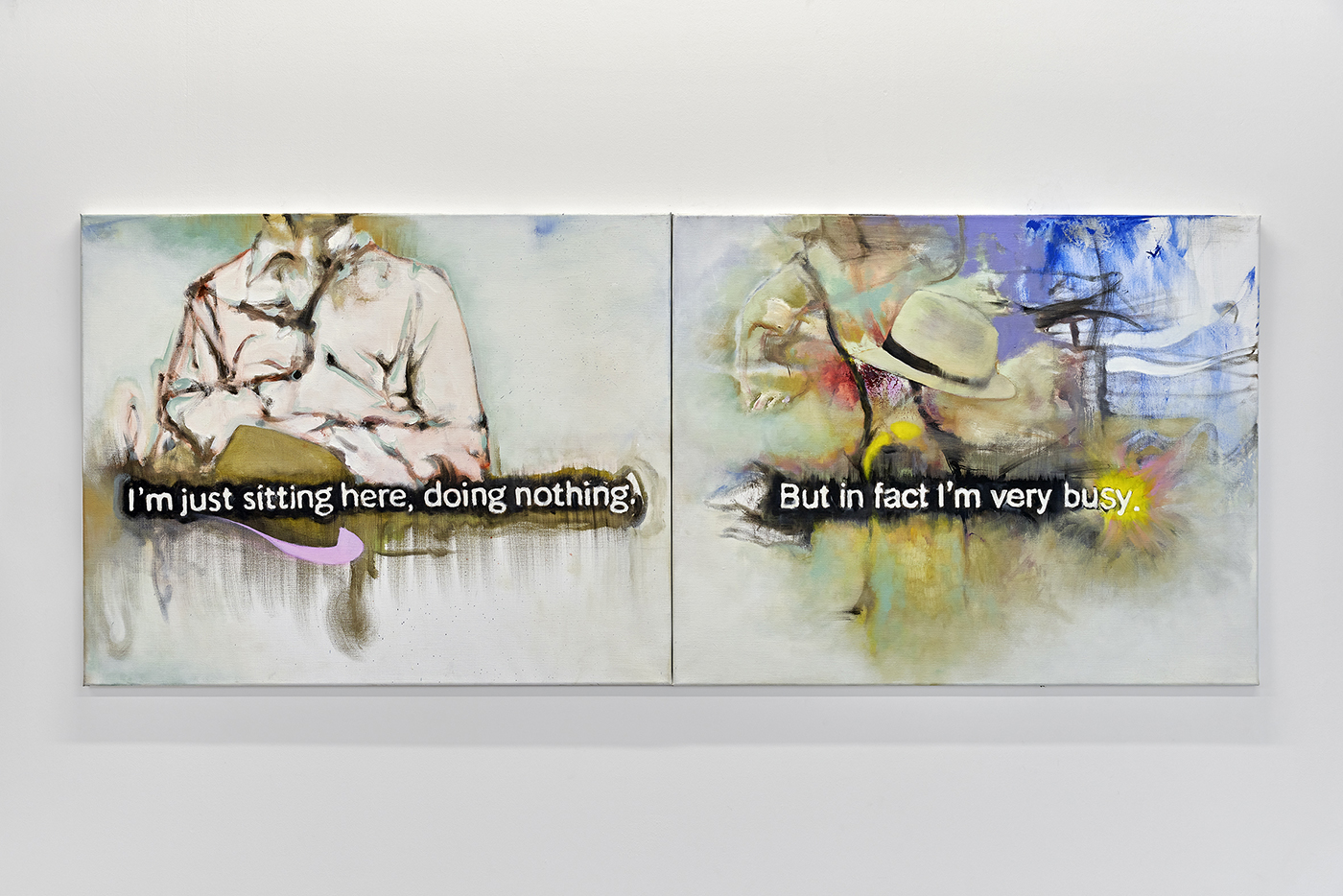
11.18.2022 - 03.30.2023
Bruno Perramant
Château de Montsoreau-Musée d'art contemporain
Bruno Perramant - Fous de Proust -

07.25.2020 - 08.14.2020
Mark Dion, Bruno Perramant, Otobong Nkanga
Galerie PERROTIN
Grands soirs et petits matins - Restons Unis -
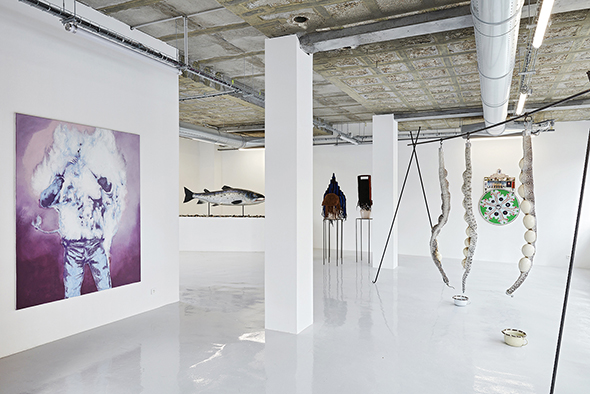
10.14.2019 - 11.01.2019
Renaud Auguste-Dormeuil, Patrick Corillon, Damien Deroubaix, Mark Dion, Gary Hill, Florence Paradeis, Bruno Perramant, Patrick Van Caeckenbergh, Joana Hadjithomas & Khalil Joreige, Patrick Tosani, Laurent Tixador, Martin Dammann, Meschac Gaba, Marcel Van Eeden, Otobong Nkanga, Vivien Roubaud, Lars Fredrikson / Estate, Constance Nouvel, Amir Nave, Ramin Haerizadeh, Rokni Haerizadeh, Hesam Rahmanian, Daniele Genadry, WE ARE THE PAINTERS
October 14th until December 1st. 2019
STOP - Collective exhibition of the artists represented by the Gallery -
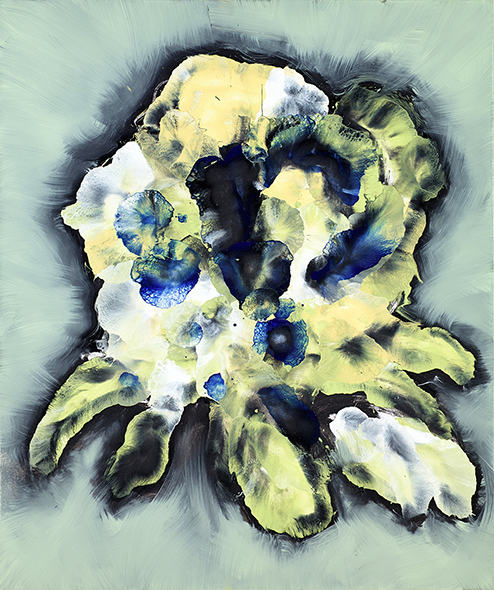
09.06.2018 - 02.10.2019
Bruno Perramant
Labanque
La Traversée des inquétudes - troisième volet -
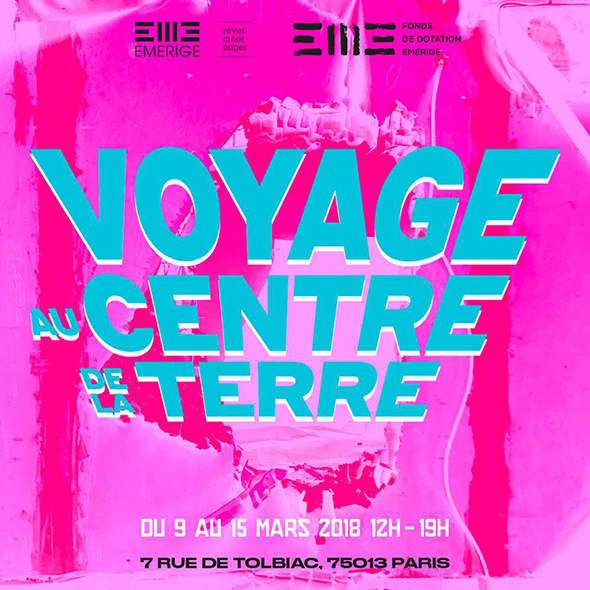
03.09.2018 - 03.15.2018
Bruno Perramant, Joana Hadjithomas & Khalil Joreige
Voyage au centre de la Terre -
09.05.2015 - 11.20.2015
Renaud Auguste-Dormeuil, Damien Deroubaix, Bruno Perramant
Le Cambrioleur
Publications
-
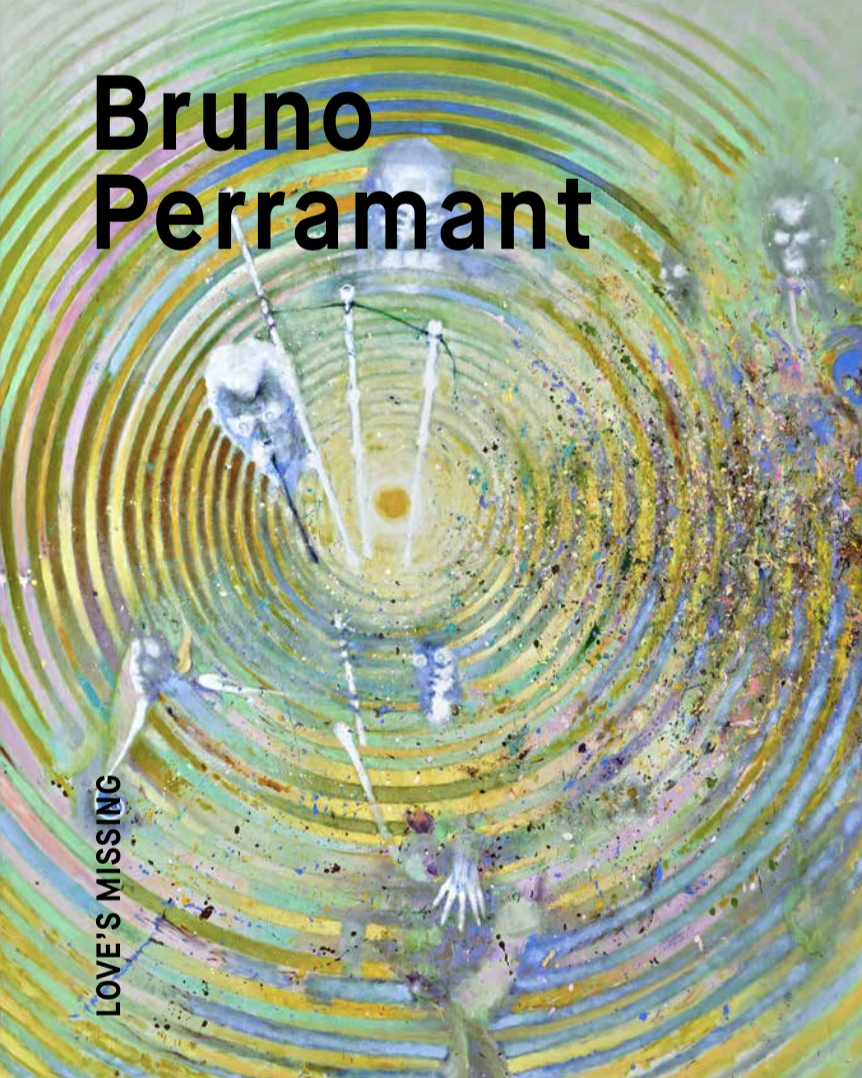 Yannick Haenel : LOVE'S MISSING
Yannick Haenel : LOVE'S MISSING
Galerie In Situ-fabienne leclerc, Grand Paris
March 2021 -
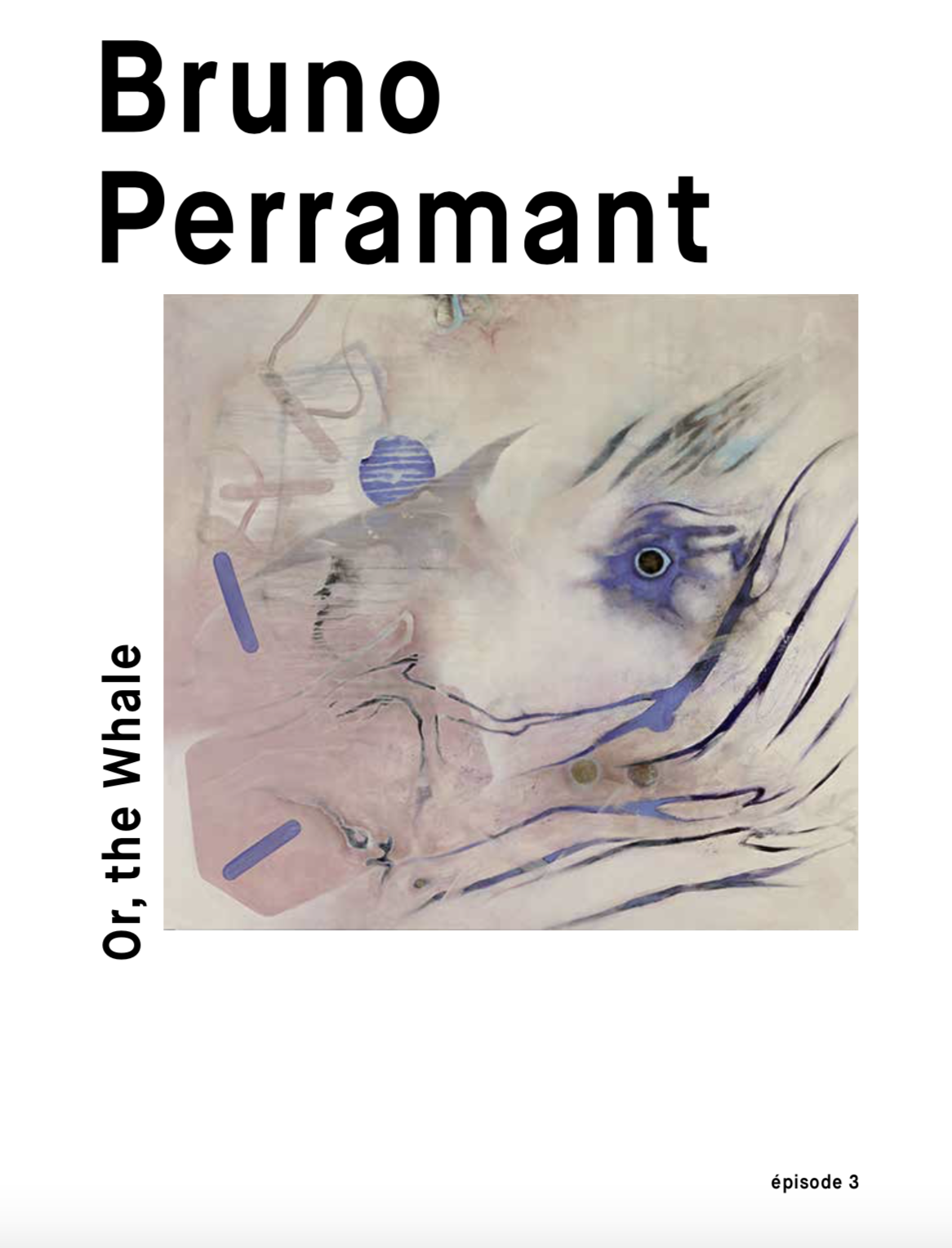 Or, The Whale
Or, The Whale
Galerie In Situ-fabienne leclerc, Grand Paris
September 2017 -
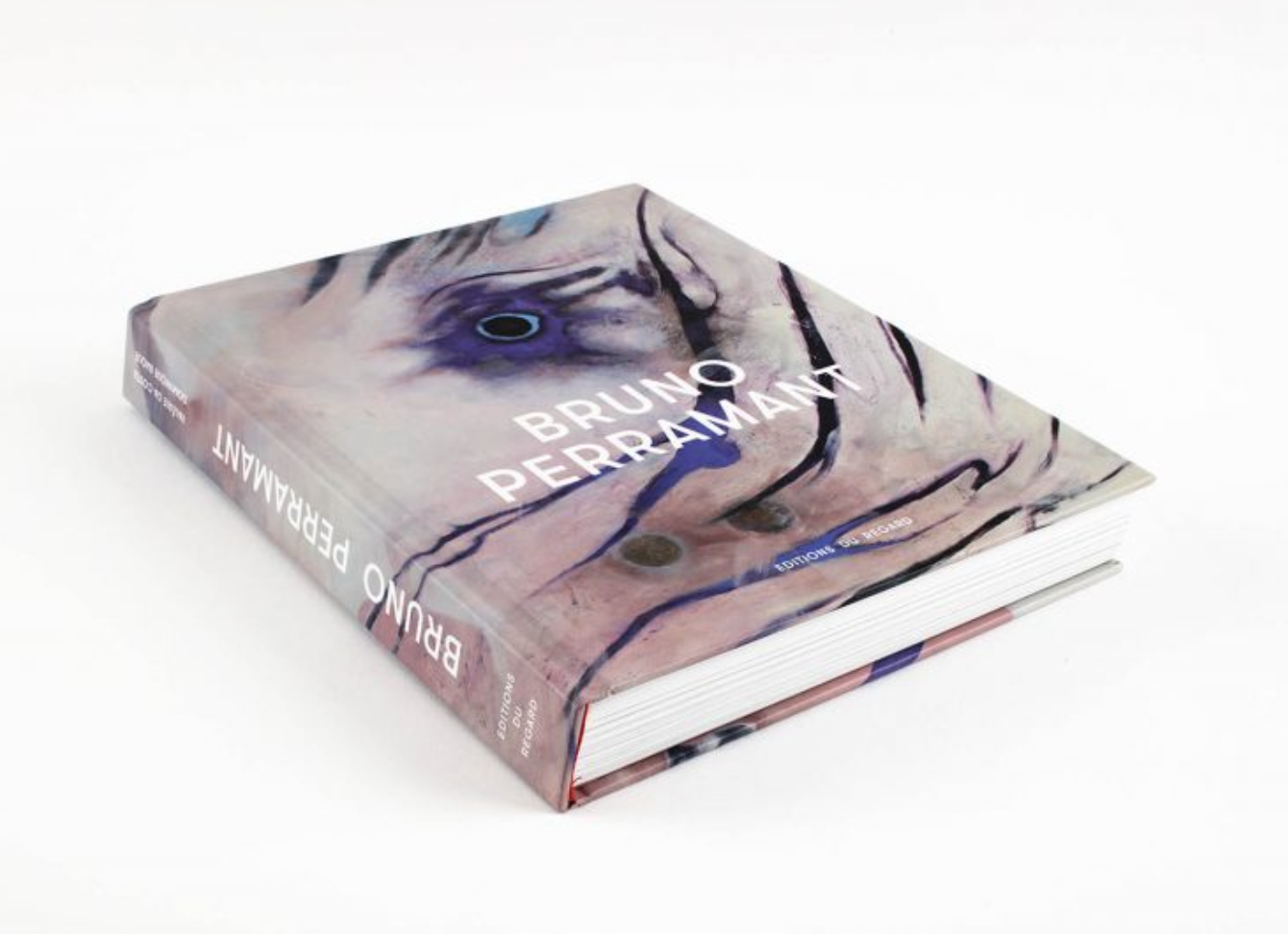 Valérie Da Costa & Dominique Baqué : Bruno Perramant
Valérie Da Costa & Dominique Baqué : Bruno Perramant
Editions du regards
February 2017 -
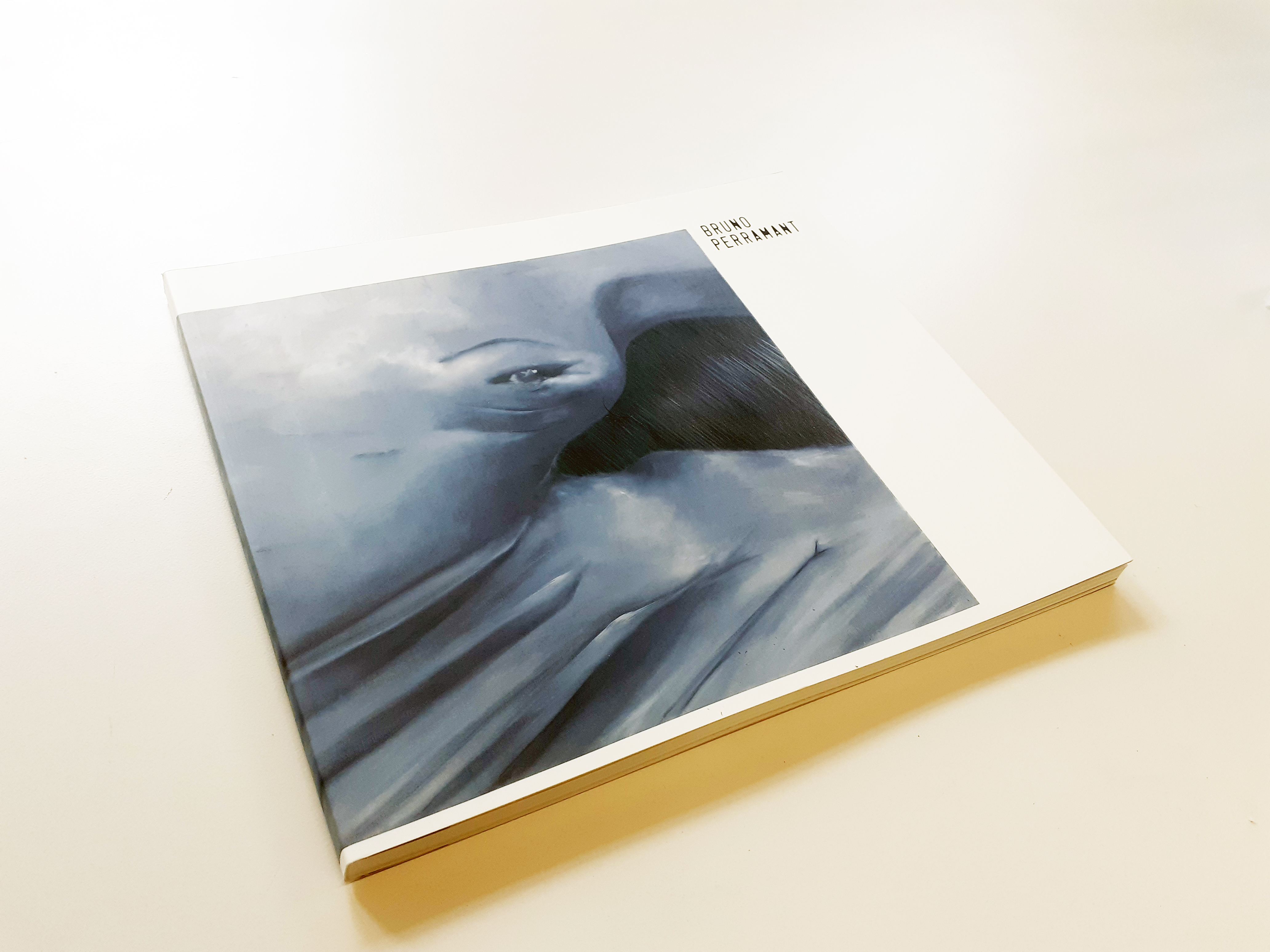 Bruno Perramant
Bruno Perramant
Galerie In Situ-fabienne leclerc, Grand Paris
April 2009 -
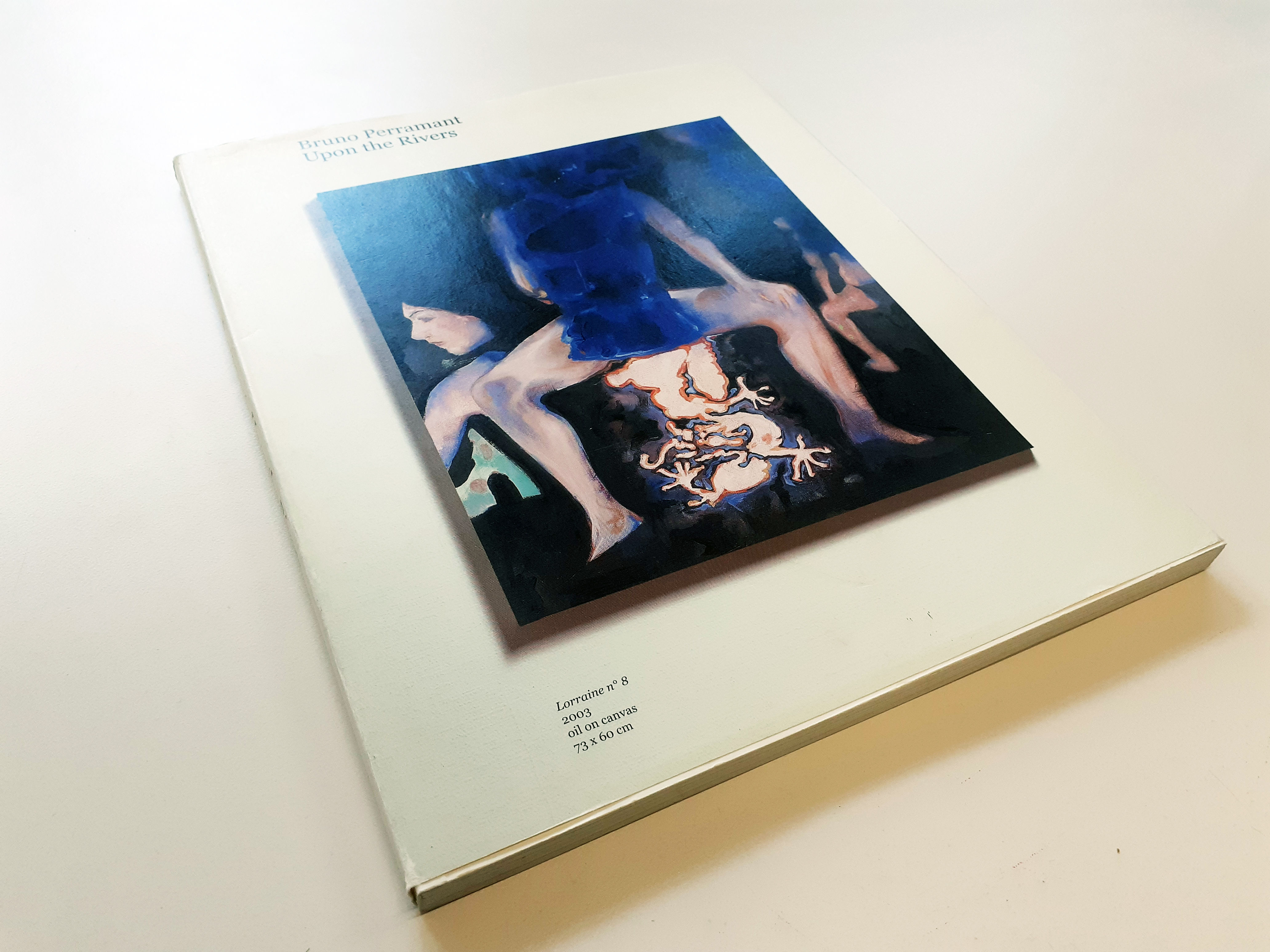 Bruno Perramant - Upon the Rivers
Bruno Perramant - Upon the Rivers
GEM, Museum of contemporary art, The Hague
November 2004 -
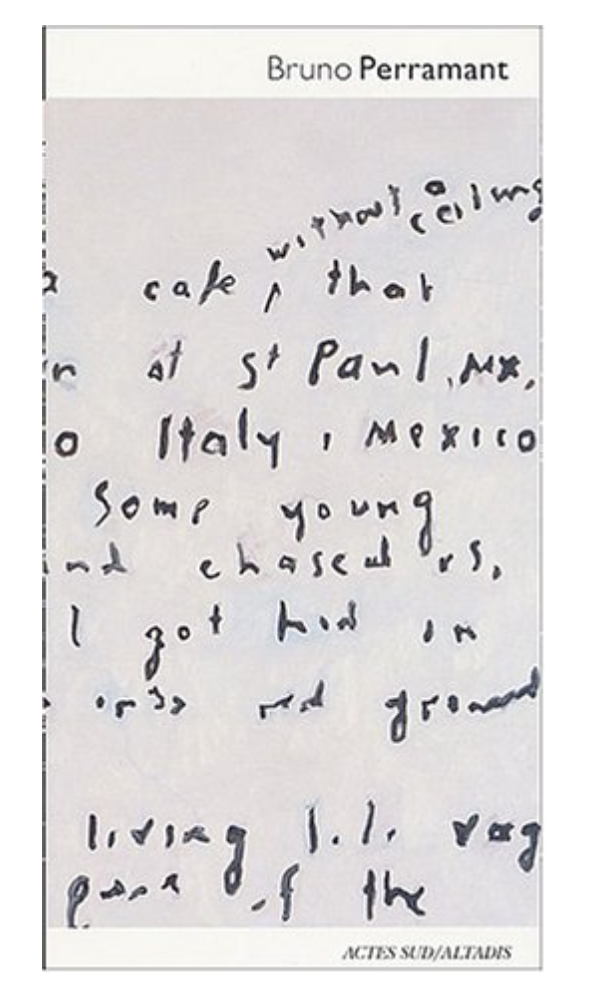 Cyril Jarton & Maria de Corral : Bruno Perramant
Cyril Jarton & Maria de Corral : Bruno Perramant
Actes Sud / Altadis
March 2004 -
 Bruno Perramant - Sun frac auvergne frac - Alsace
Bruno Perramant - Sun frac auvergne frac - Alsace
FRAC auvergne Frac alsace
January 2003 -
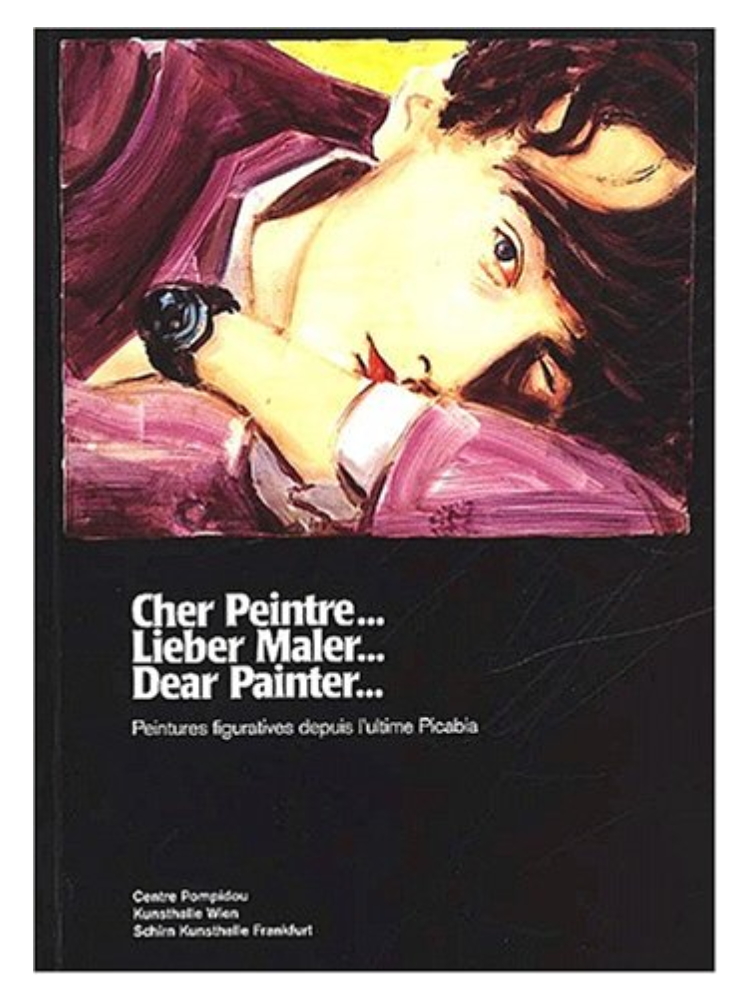 Dear Paniter... Peinture figuratives depuis l'utime picabia
Dear Paniter... Peinture figuratives depuis l'utime picabia
Centre Pompidou, Paris
June 2002 -
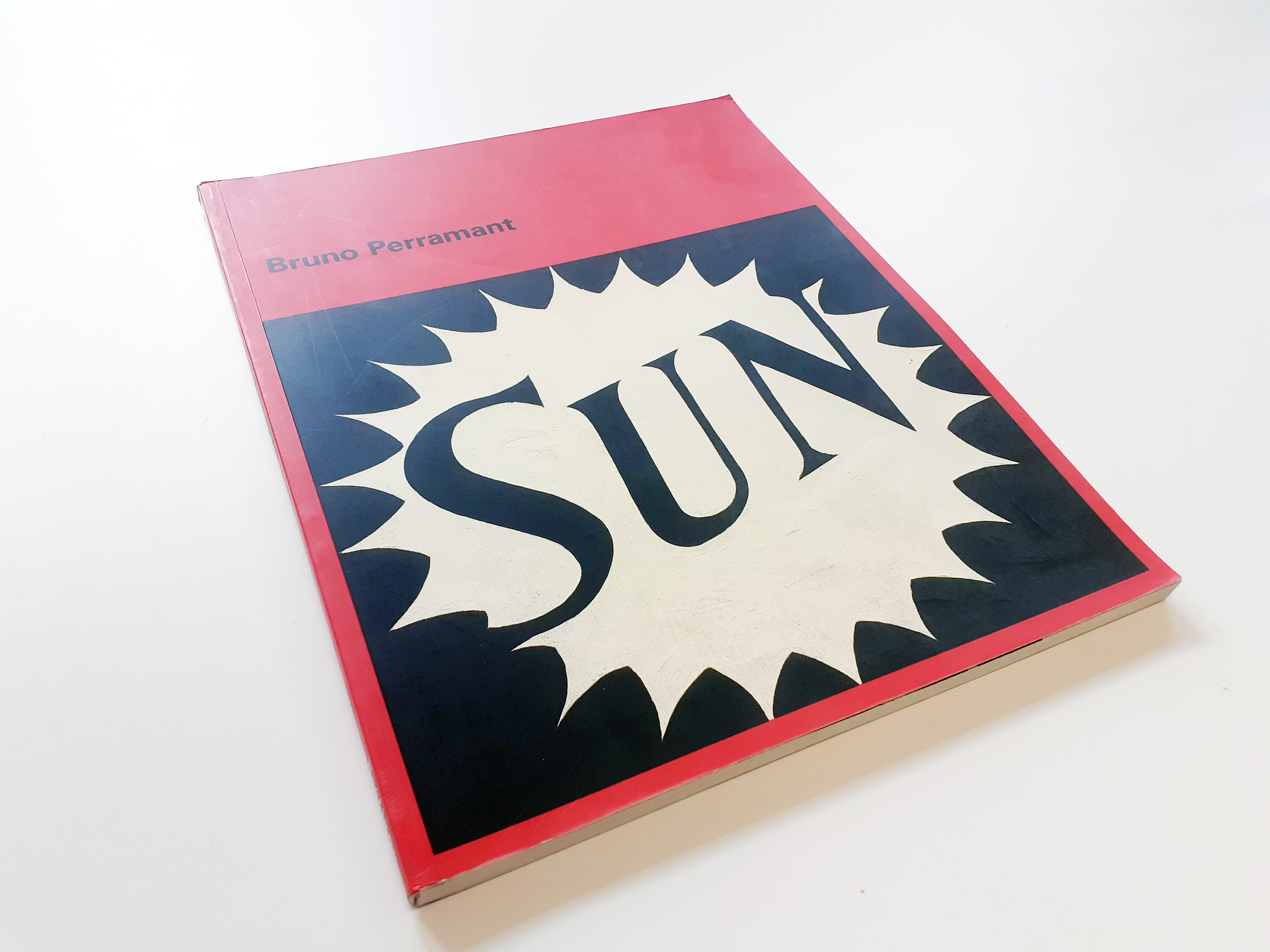 Bruno Perramant - Sun Bretigny
Bruno Perramant - Sun Bretigny
Centre d'art contemporain de Bretigny
February 2001
Press
-
Charlie Hebdo
Le pays bleu 09.06.2021 -
Beaux Arts Magazine
Des expositions romancées 05.06.2021 -
L'OEIL
L'actualité des galeries - Bruno Perramant 01.06.2021 -
Mouvement
Bruno Perramant 22.05.2021 -
Le blog de Fabien Ribery
La peinture comme catabase, par Bruno Perramant, peintre, et Yannick Haenel, écrivain 18.05.2021 -
Connaissance des Arts
La Peinture rédemptrice de Bruno Perramantby Marie Maertens
10.04.2021 -
Art newspaper Daily
Démarrage en douceur pour les FIAC Online Viewing Rooms 04.03.2021 -
Val de Marne - Magazine
La couverture rouge - Léviathan 01.06.2019 -
4 questions à Bruno Perramant 01.11.2018
-
Sperm Flowers Production Labanque 2018 21.08.2018
-
Beaux-Arts Magazine
Bruno Perramant ou la peinture du souffle 01.07.2018
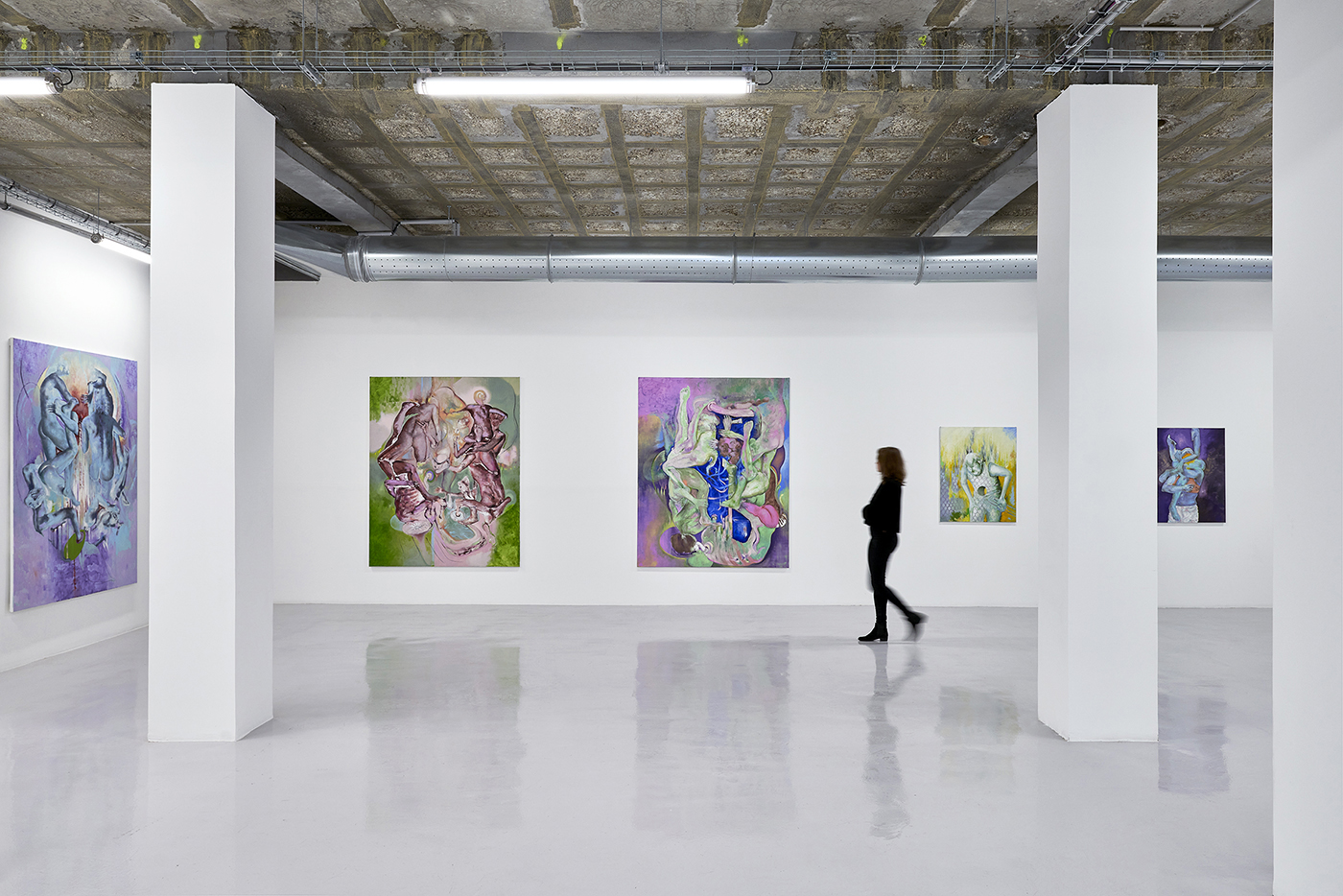

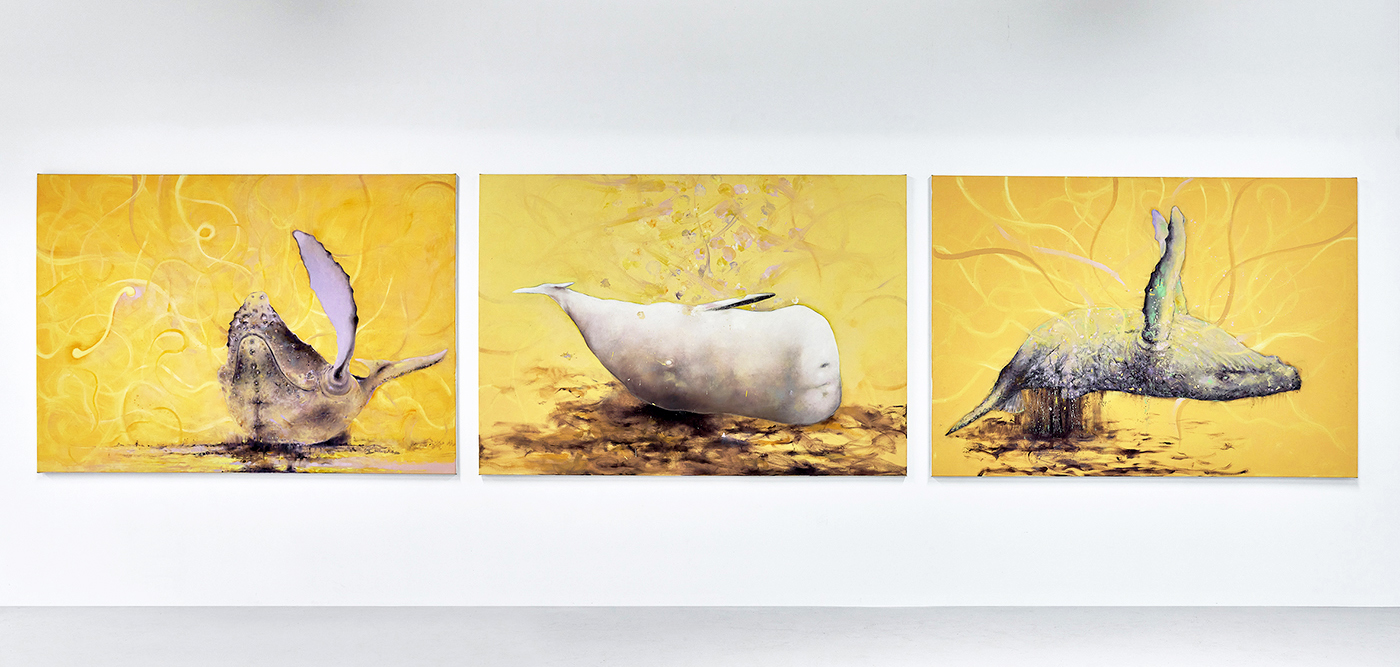
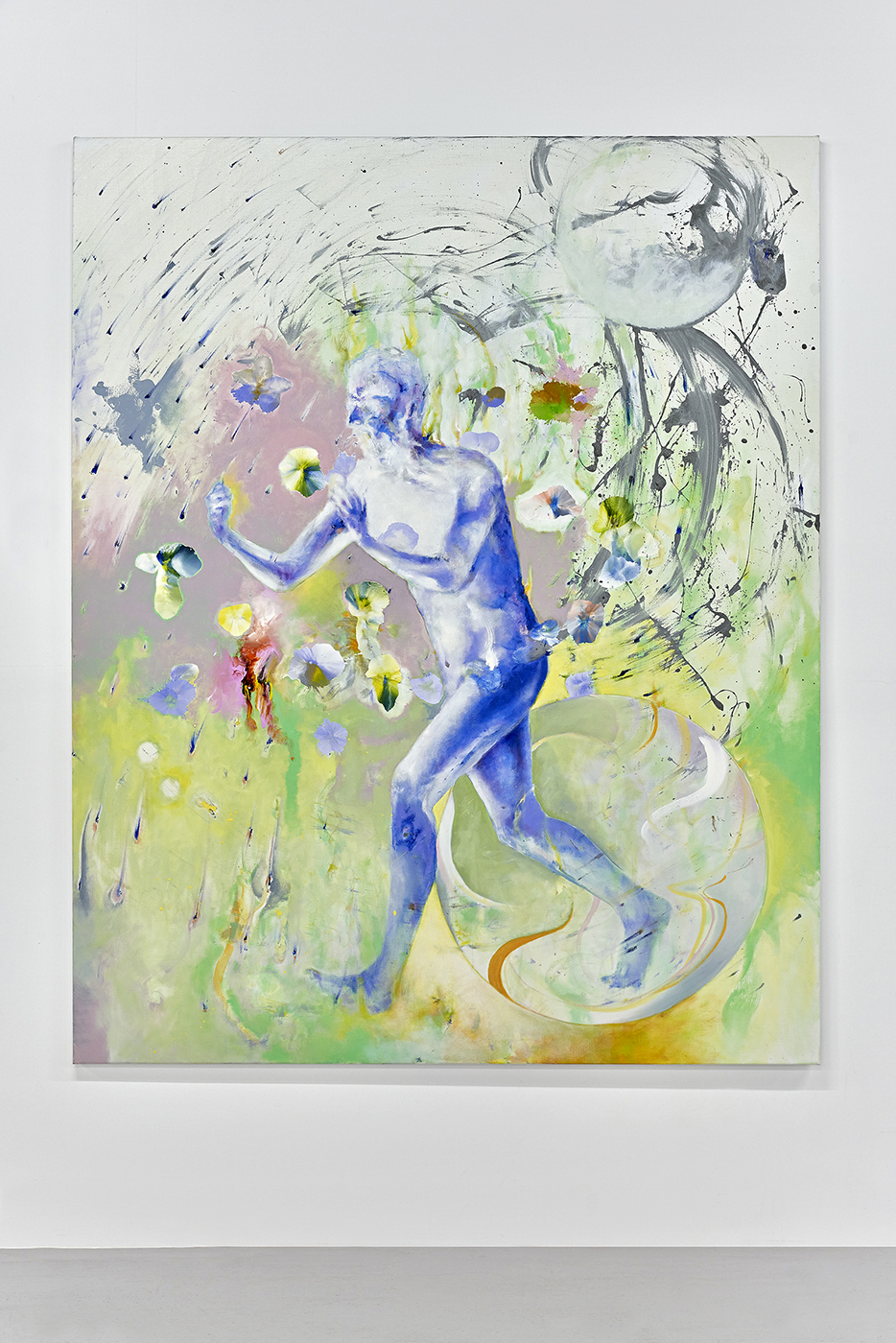
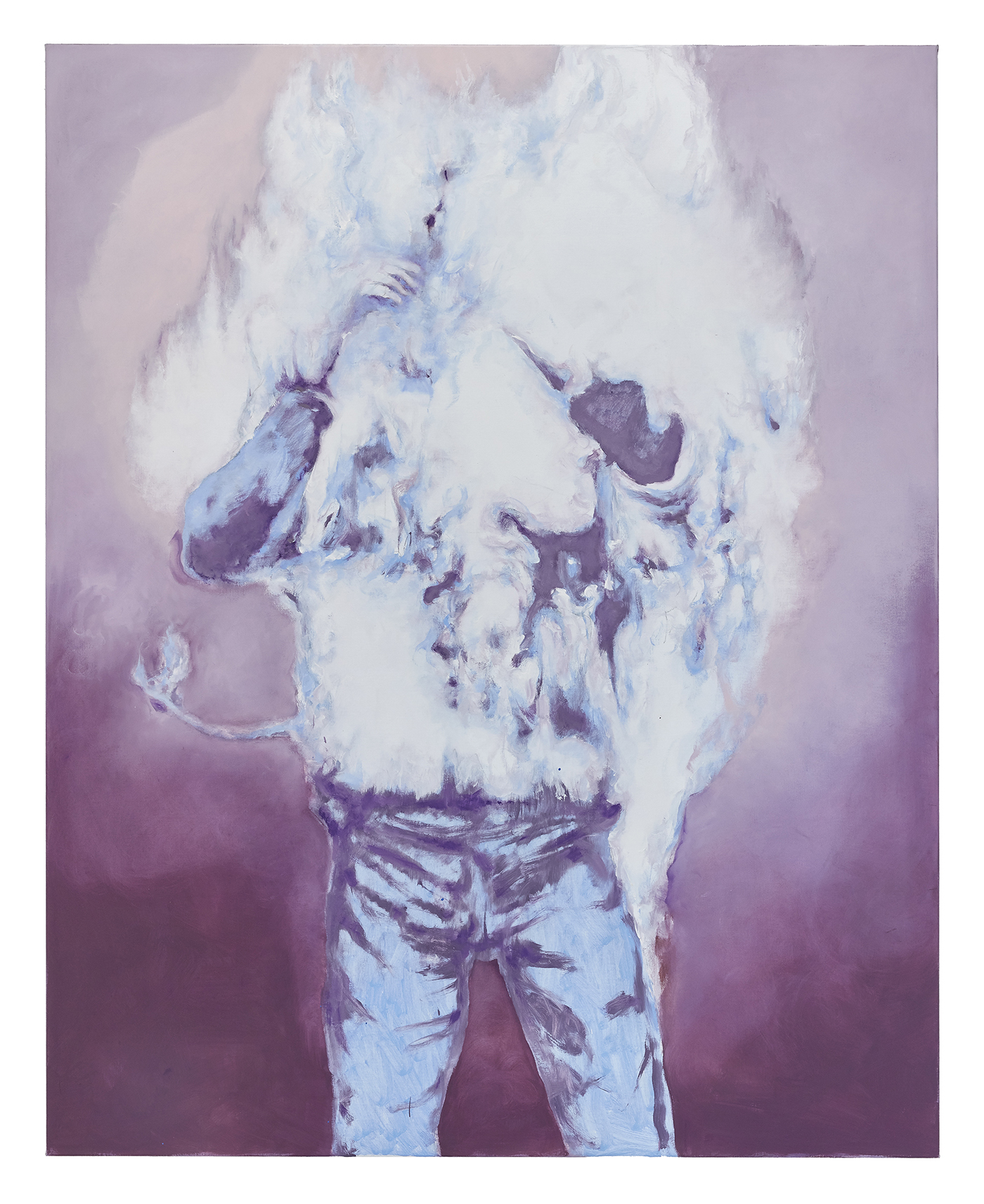
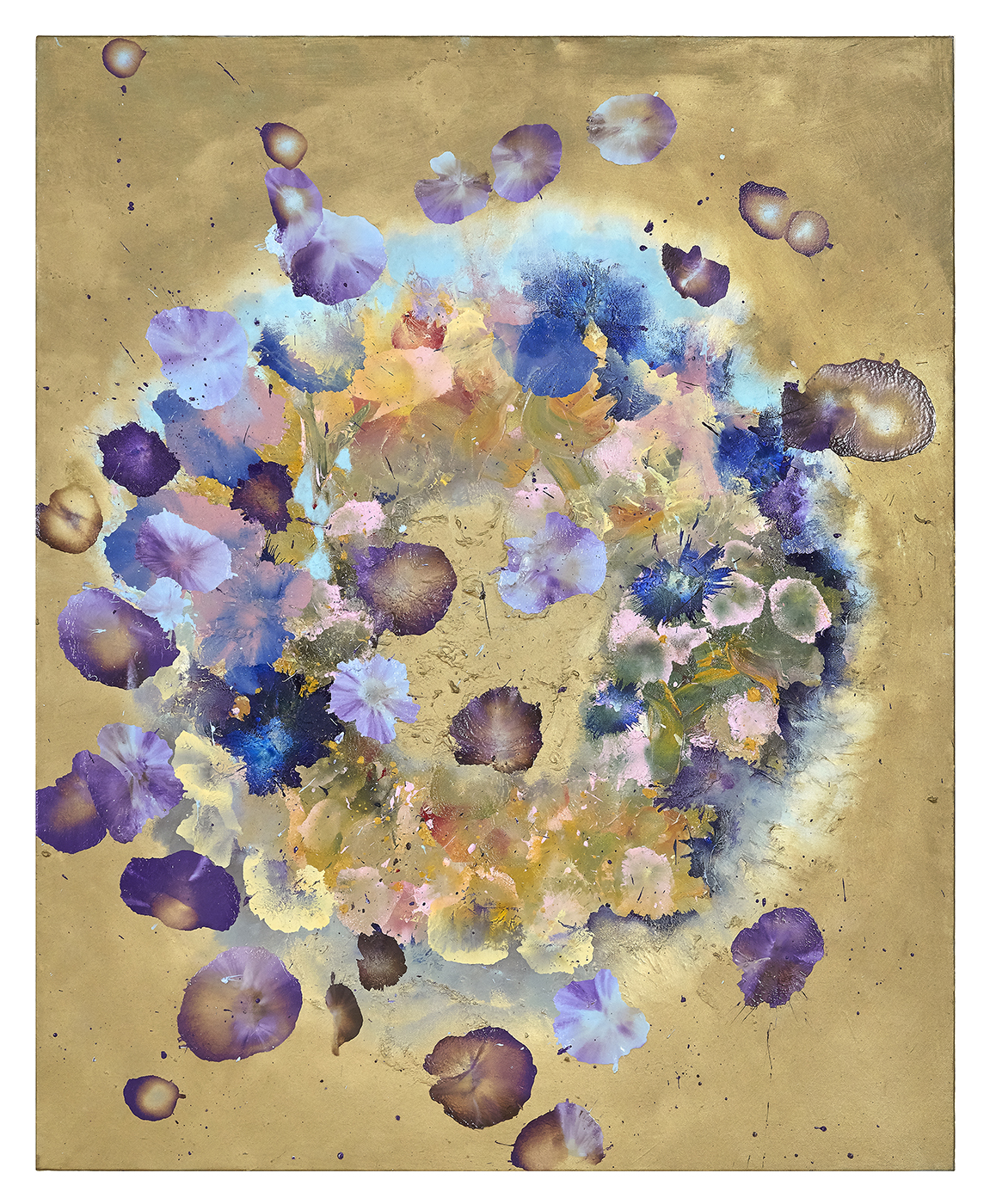
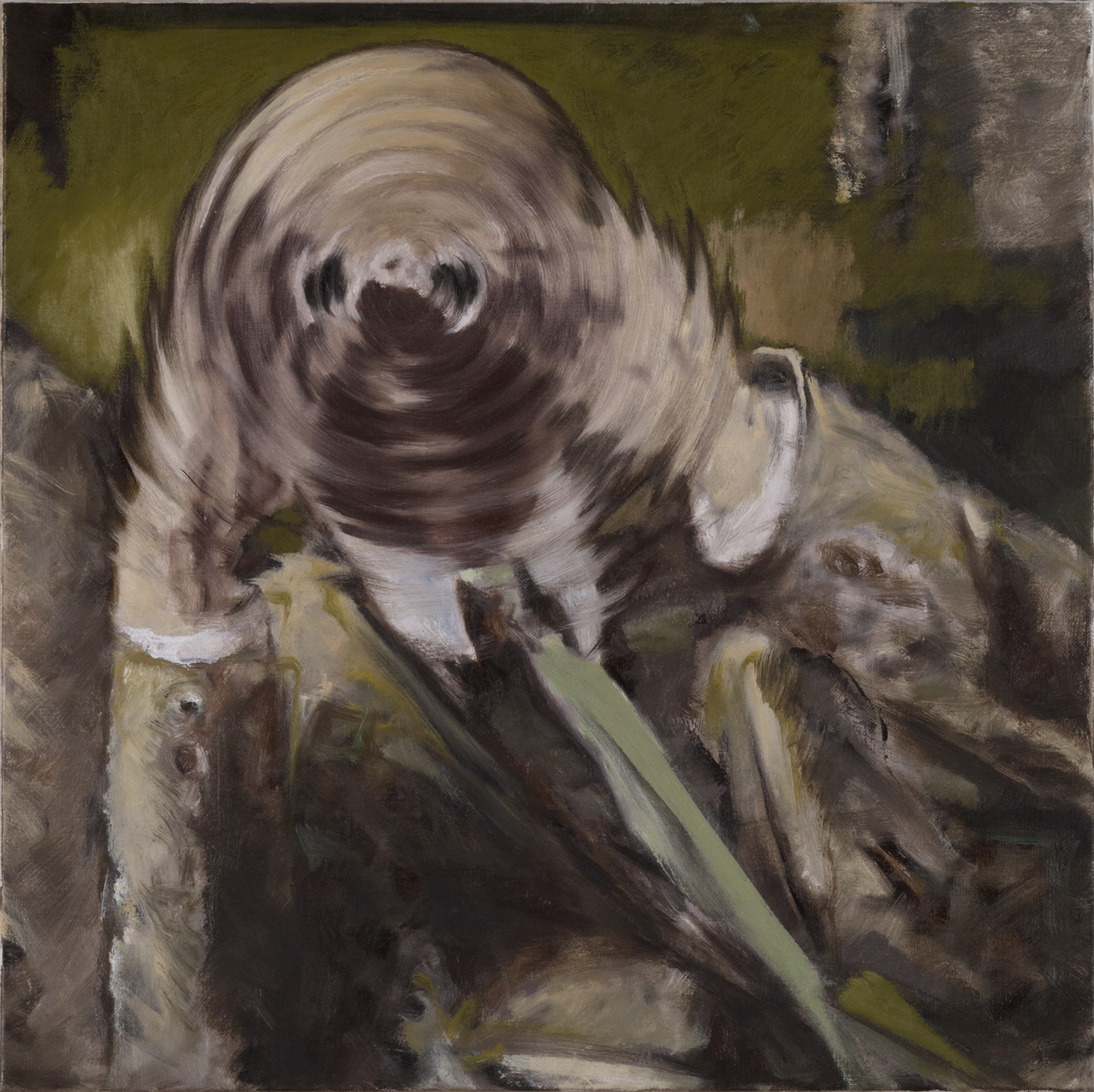

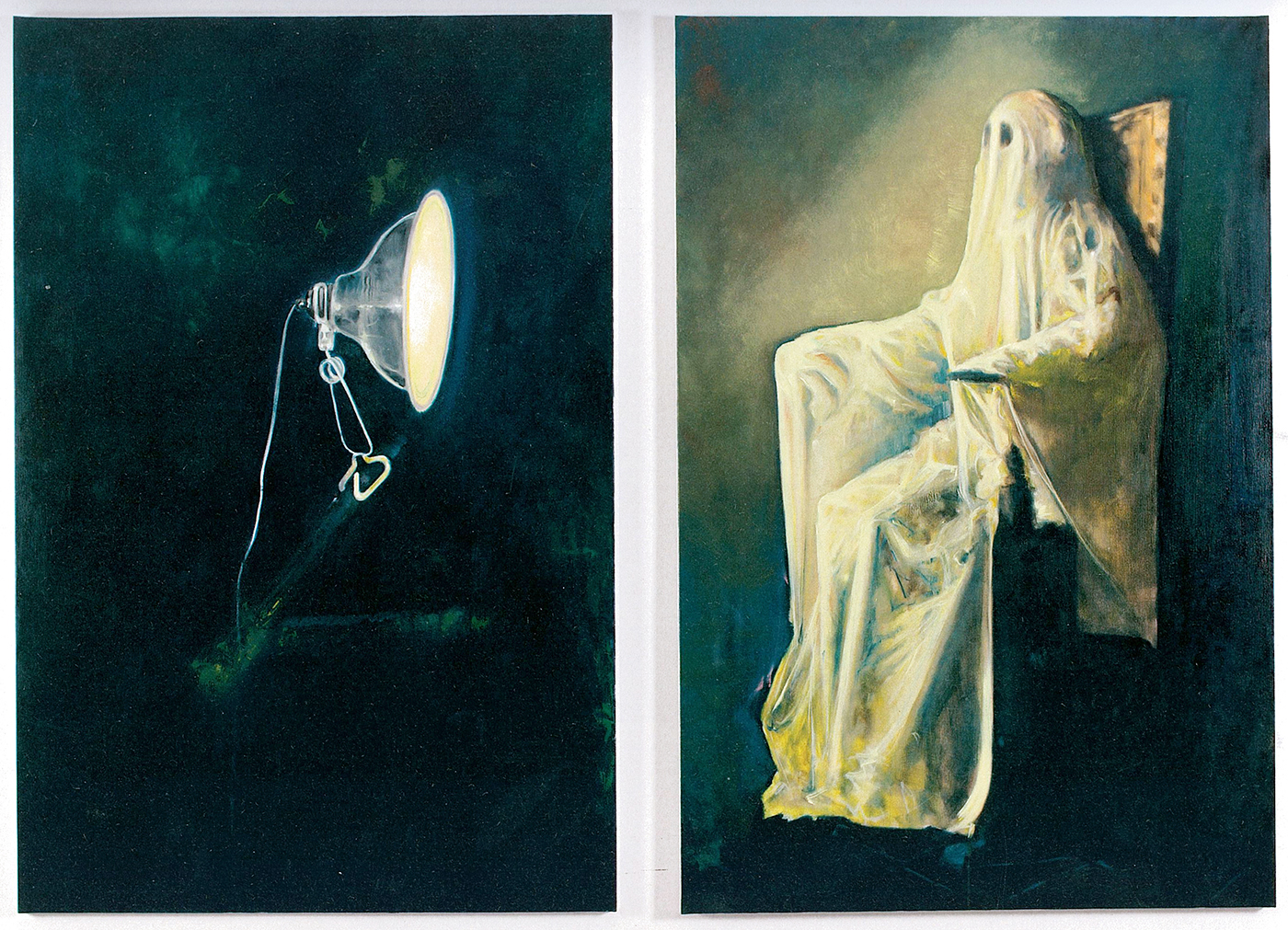

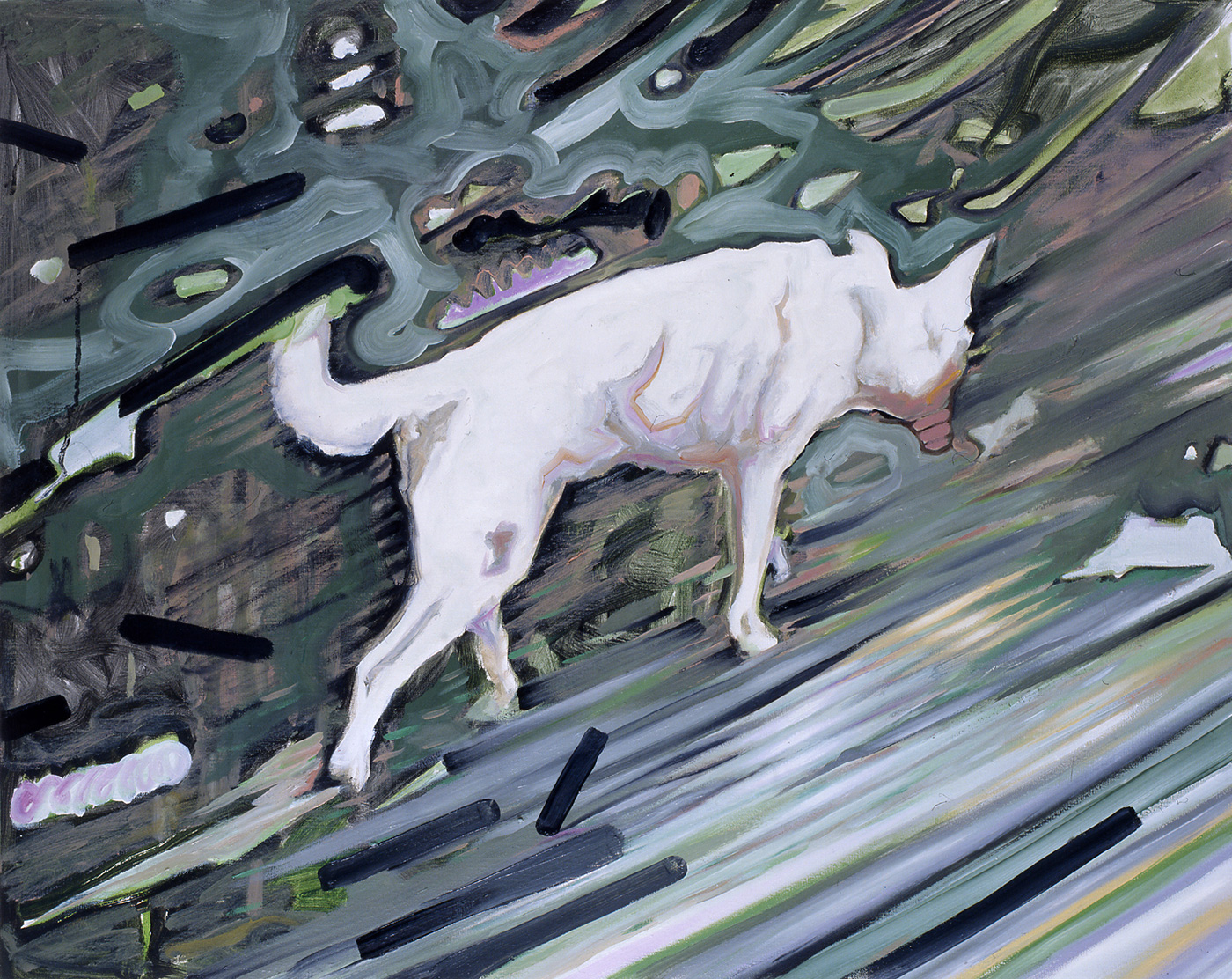
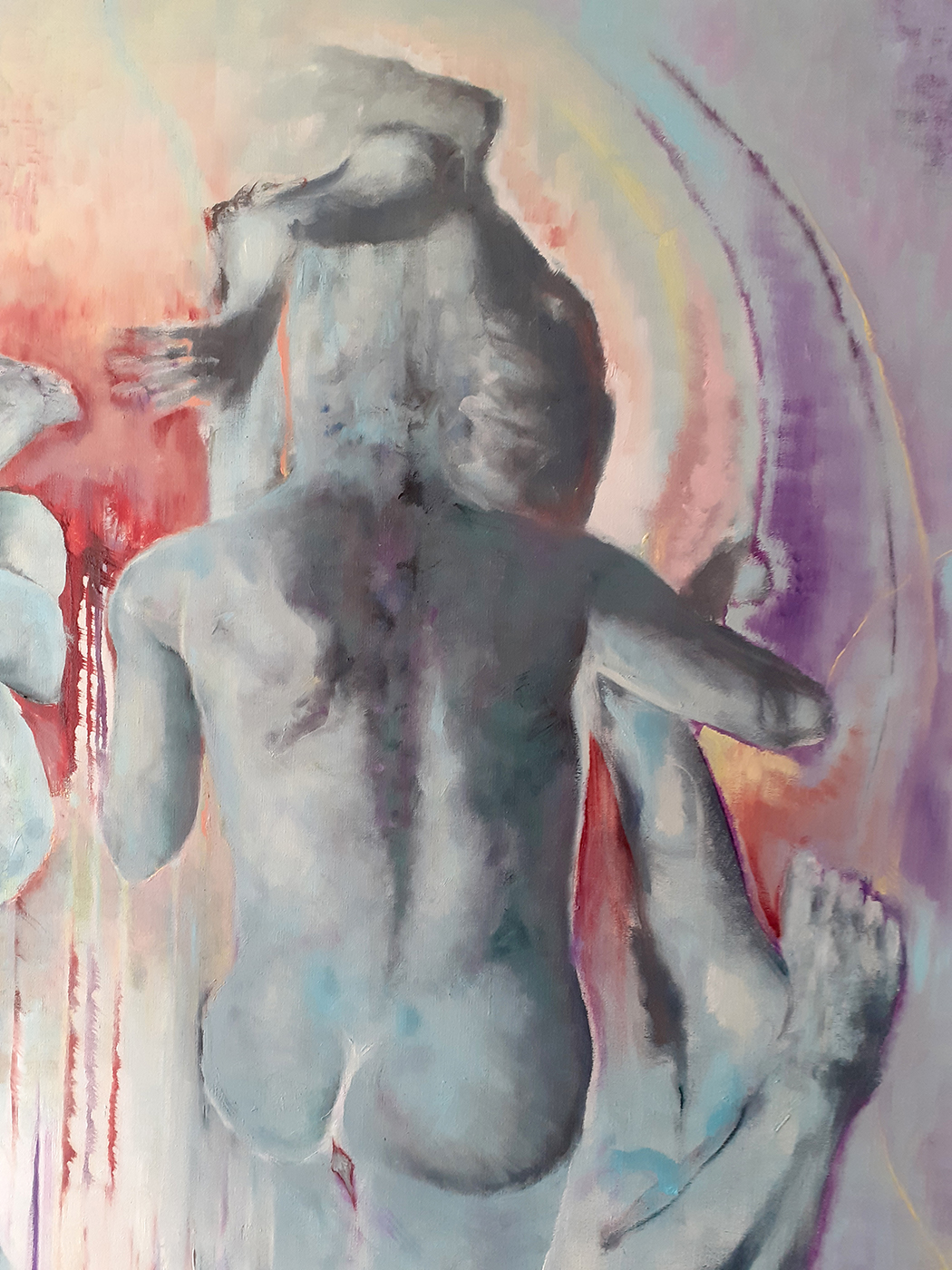
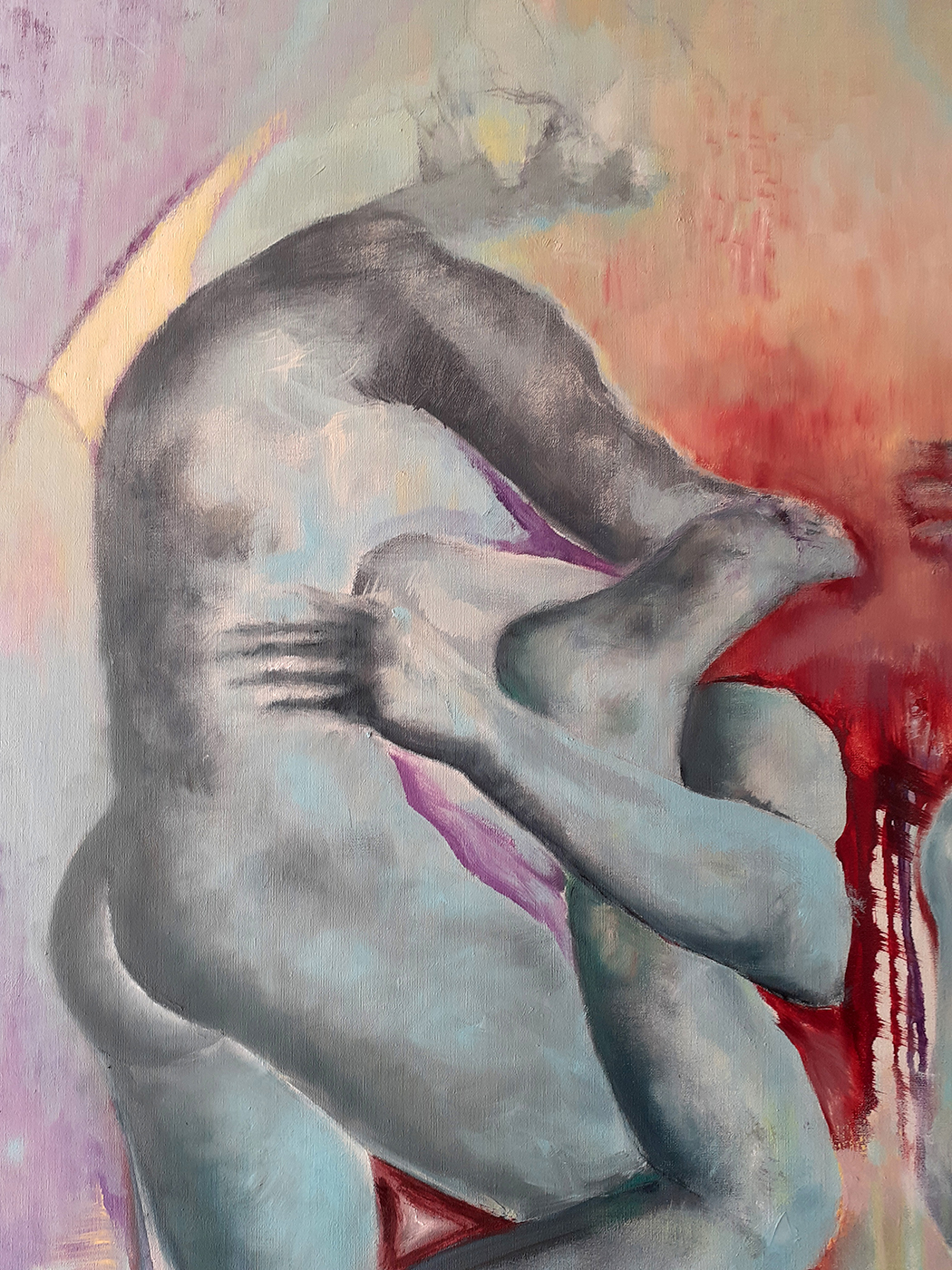
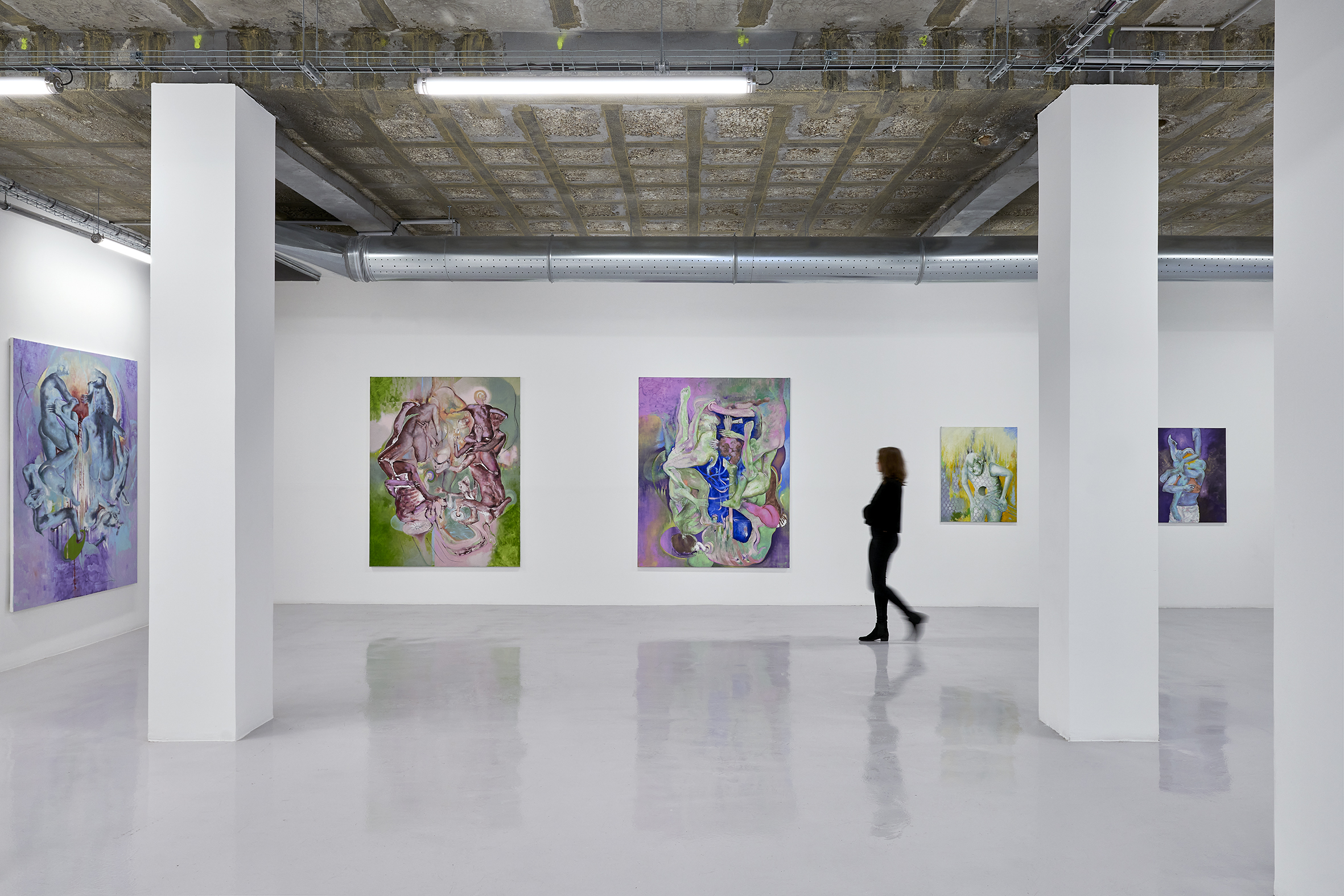
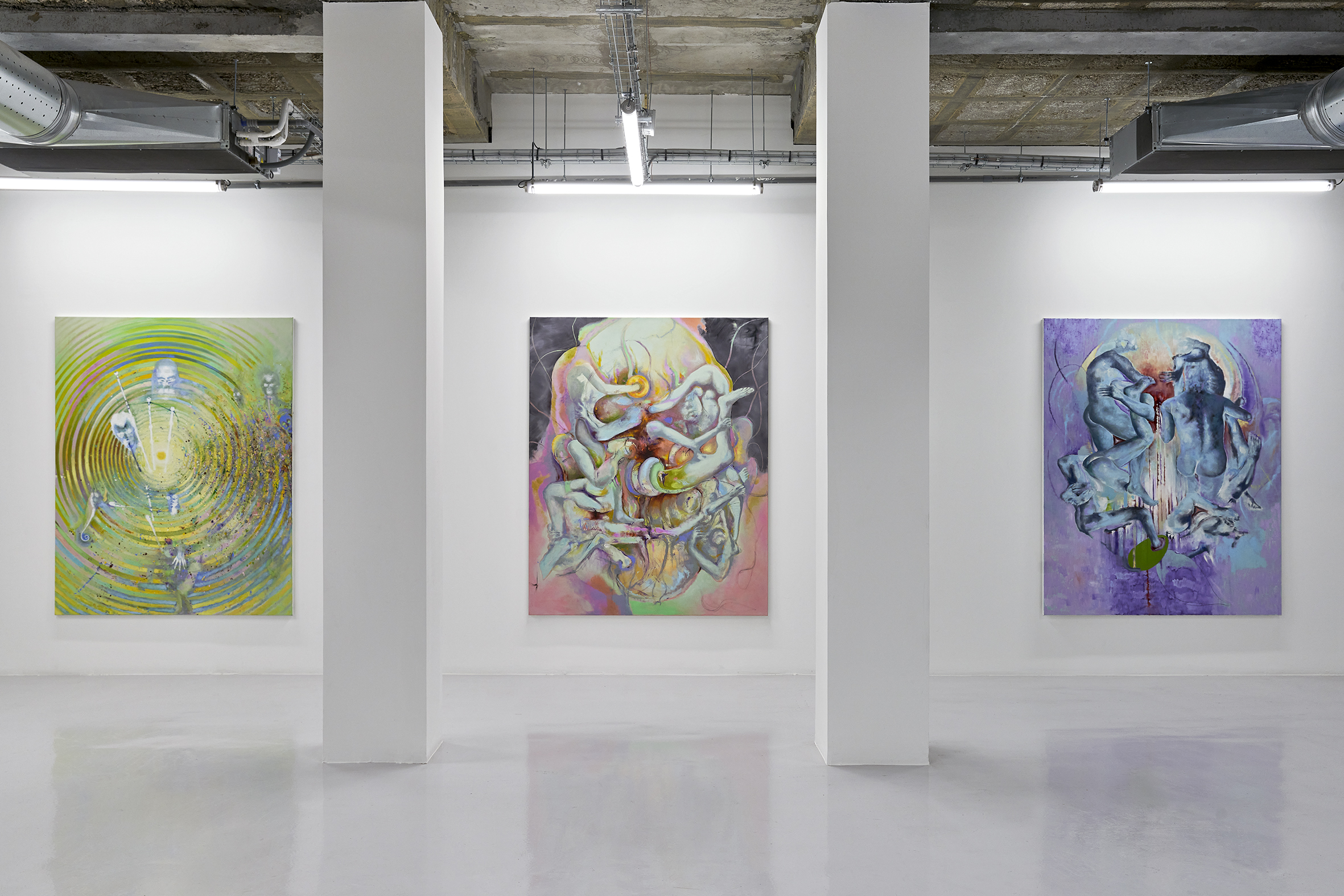
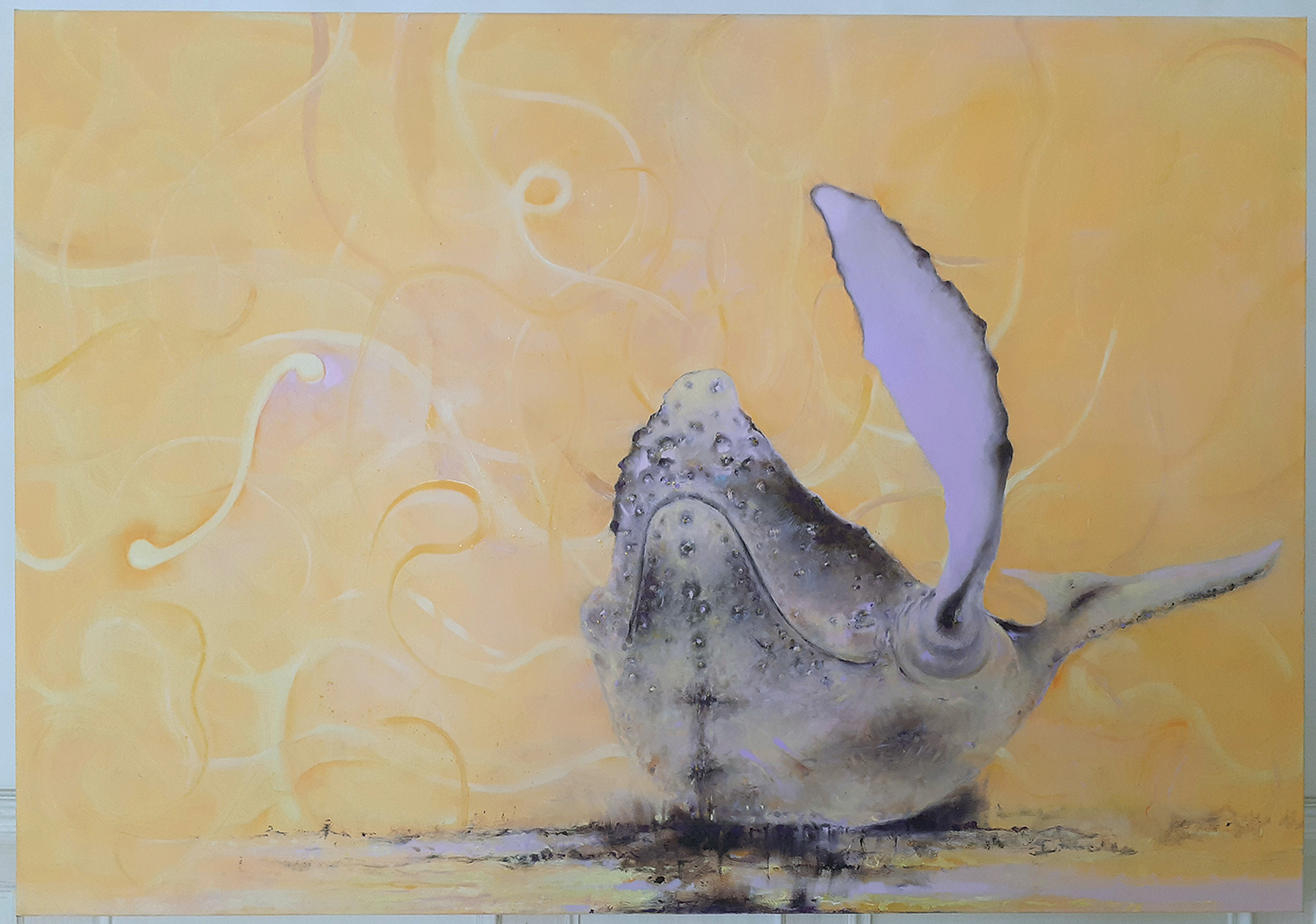
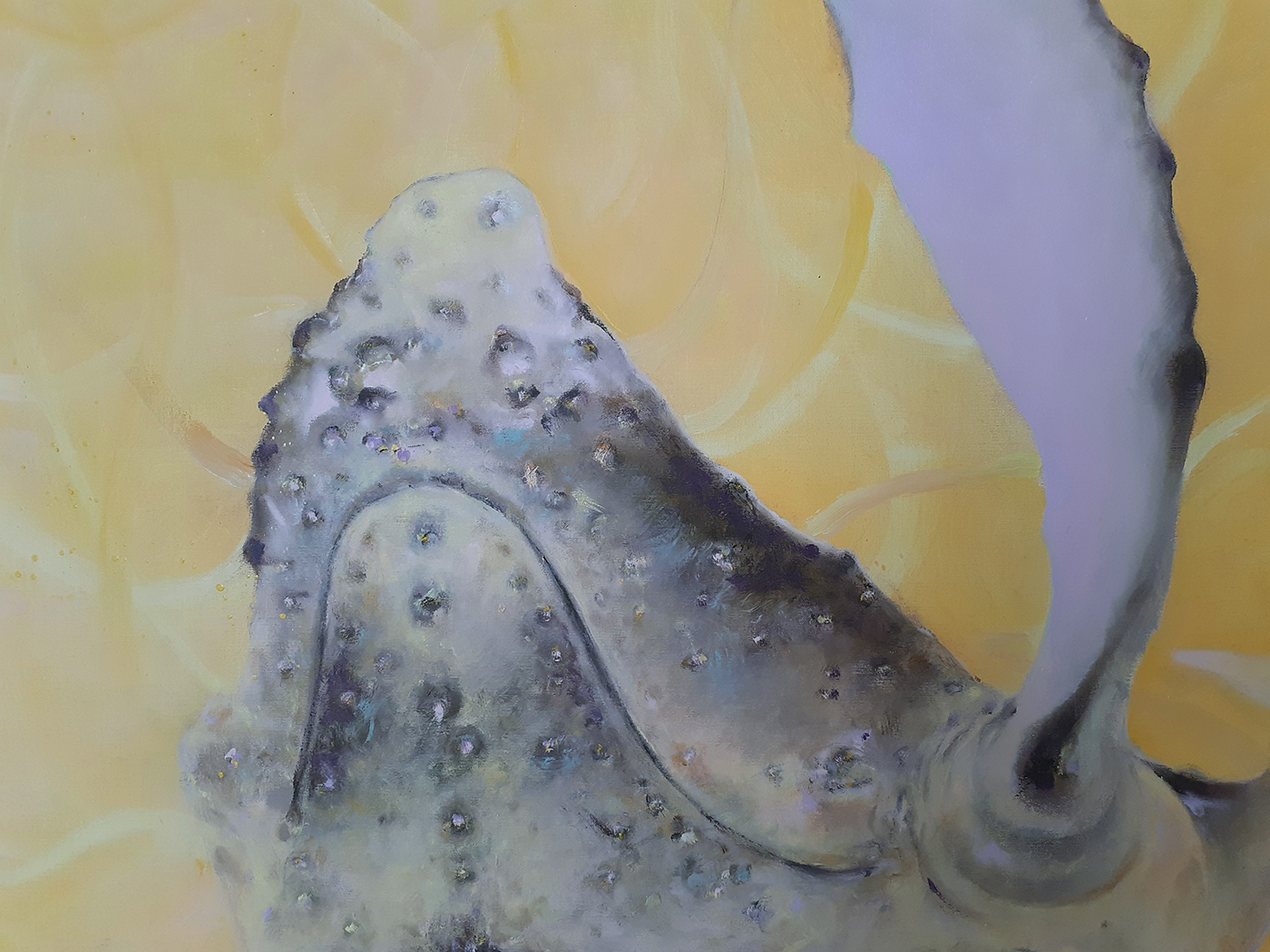
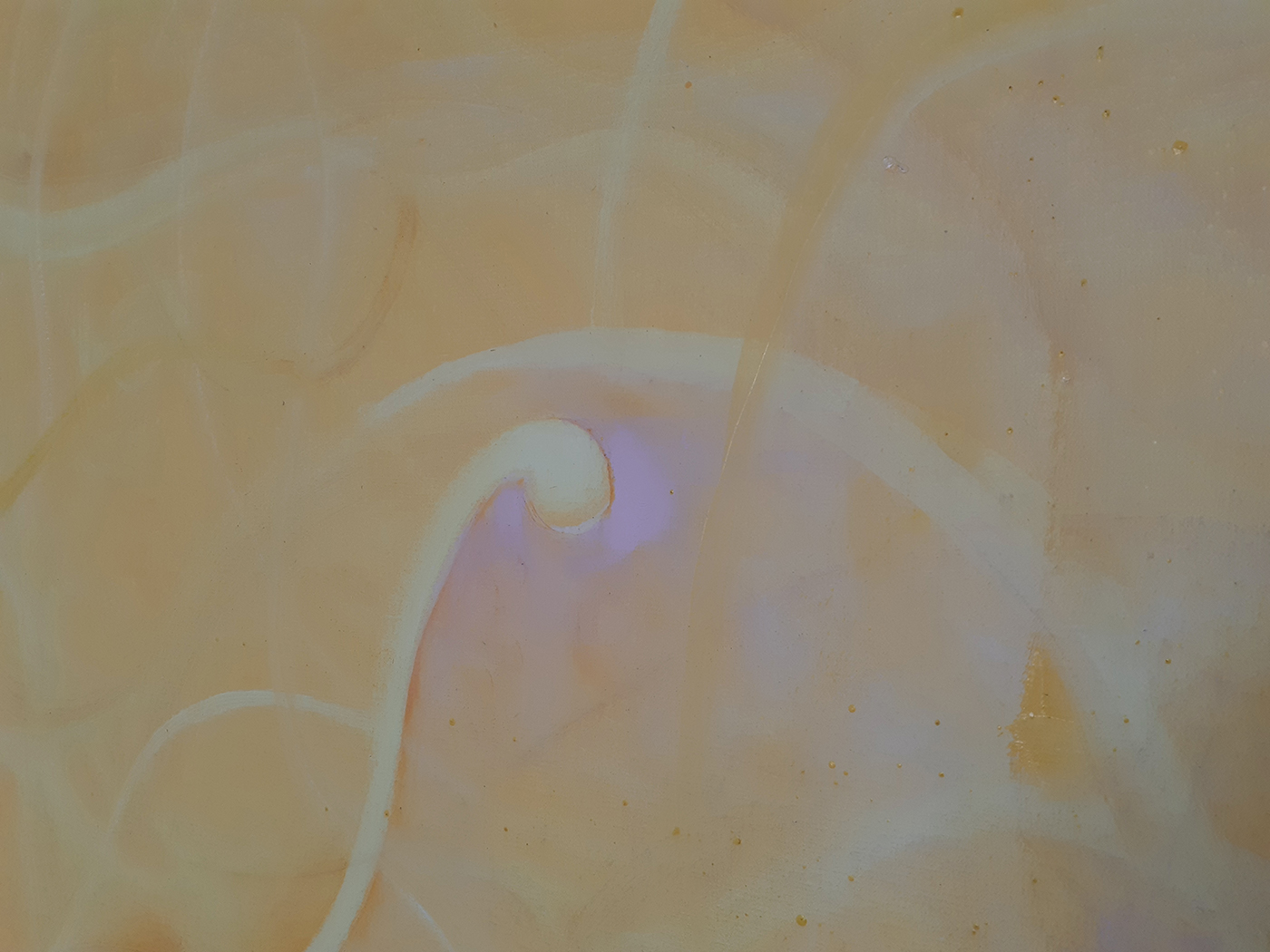
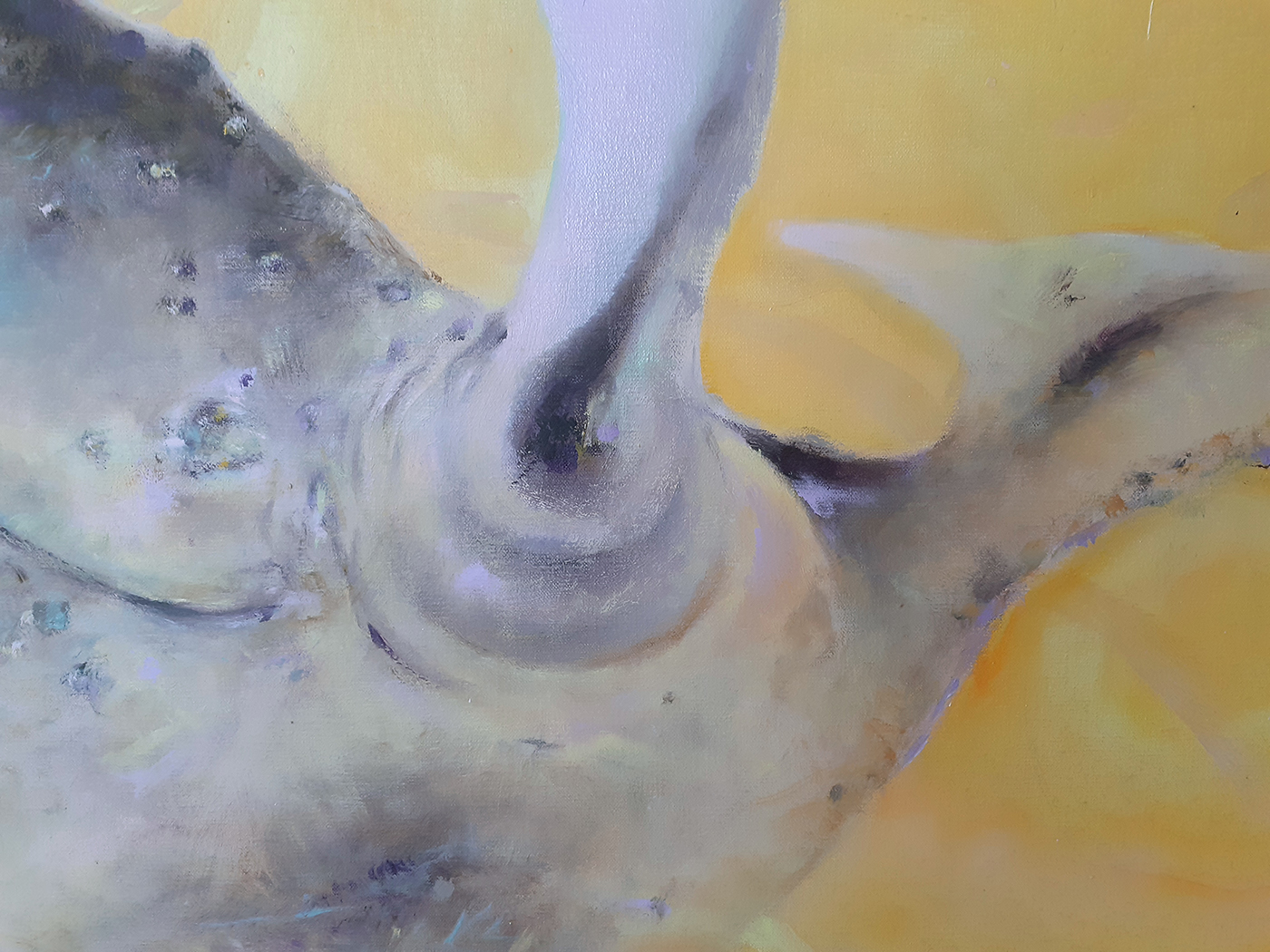
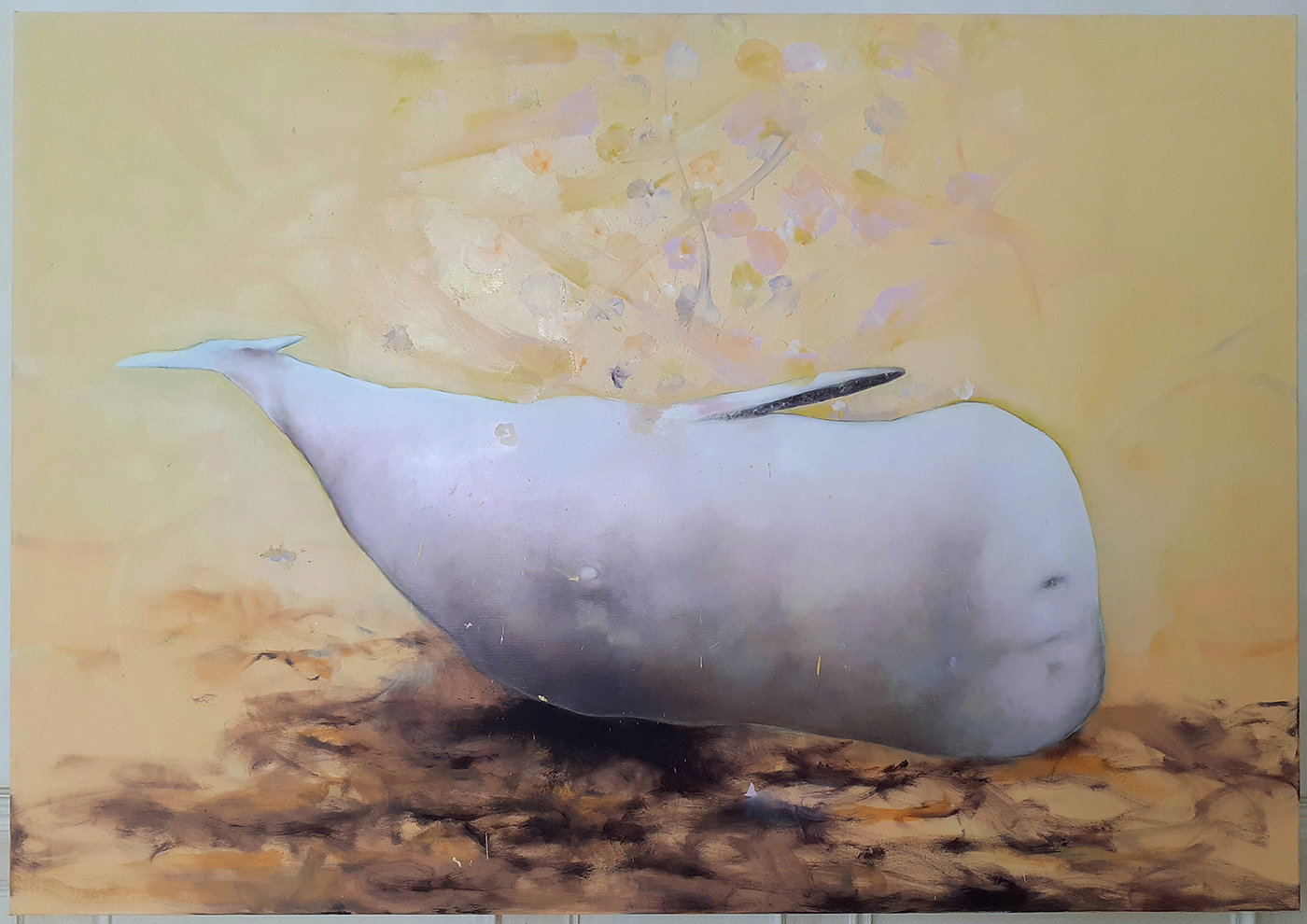

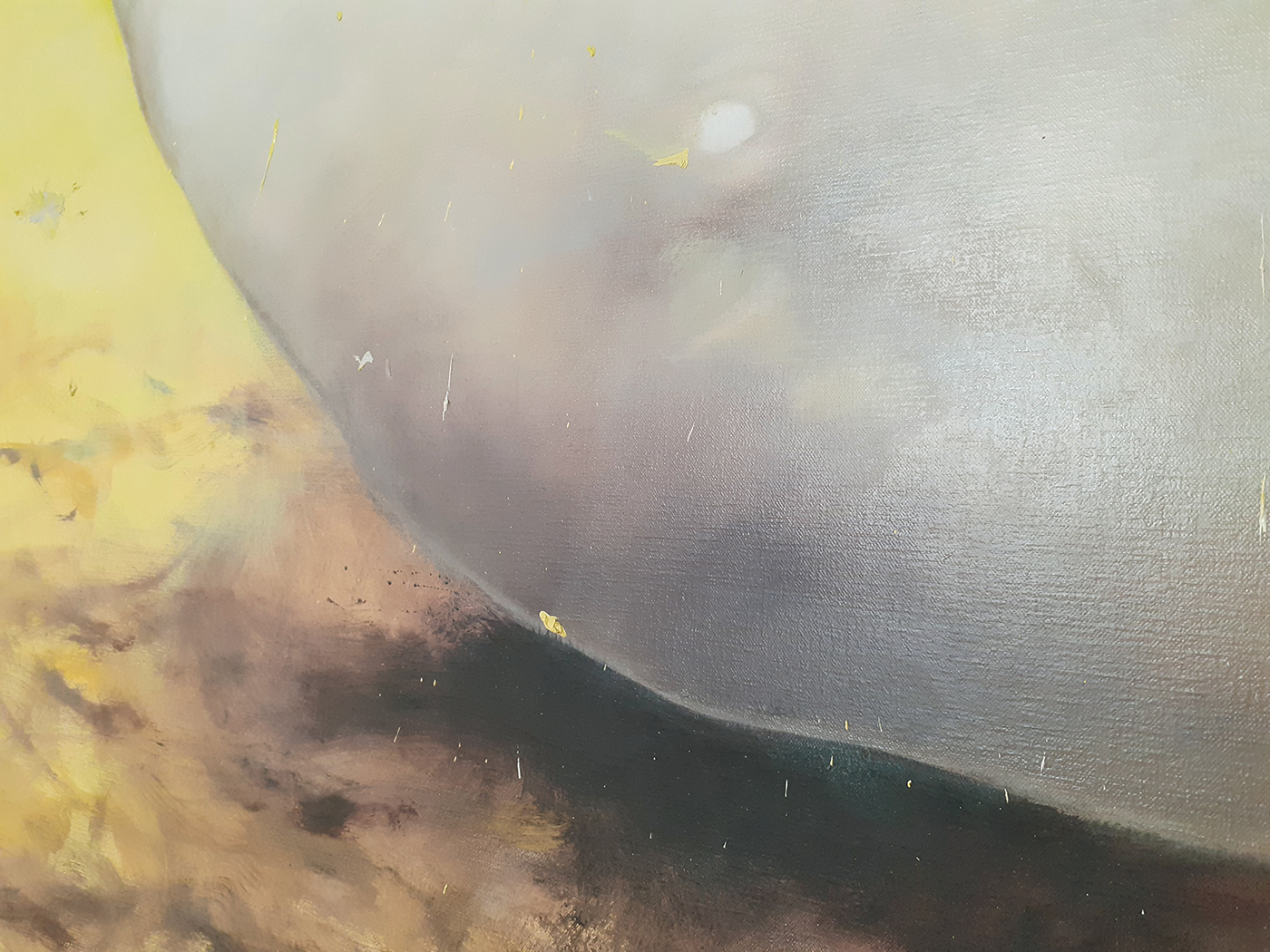
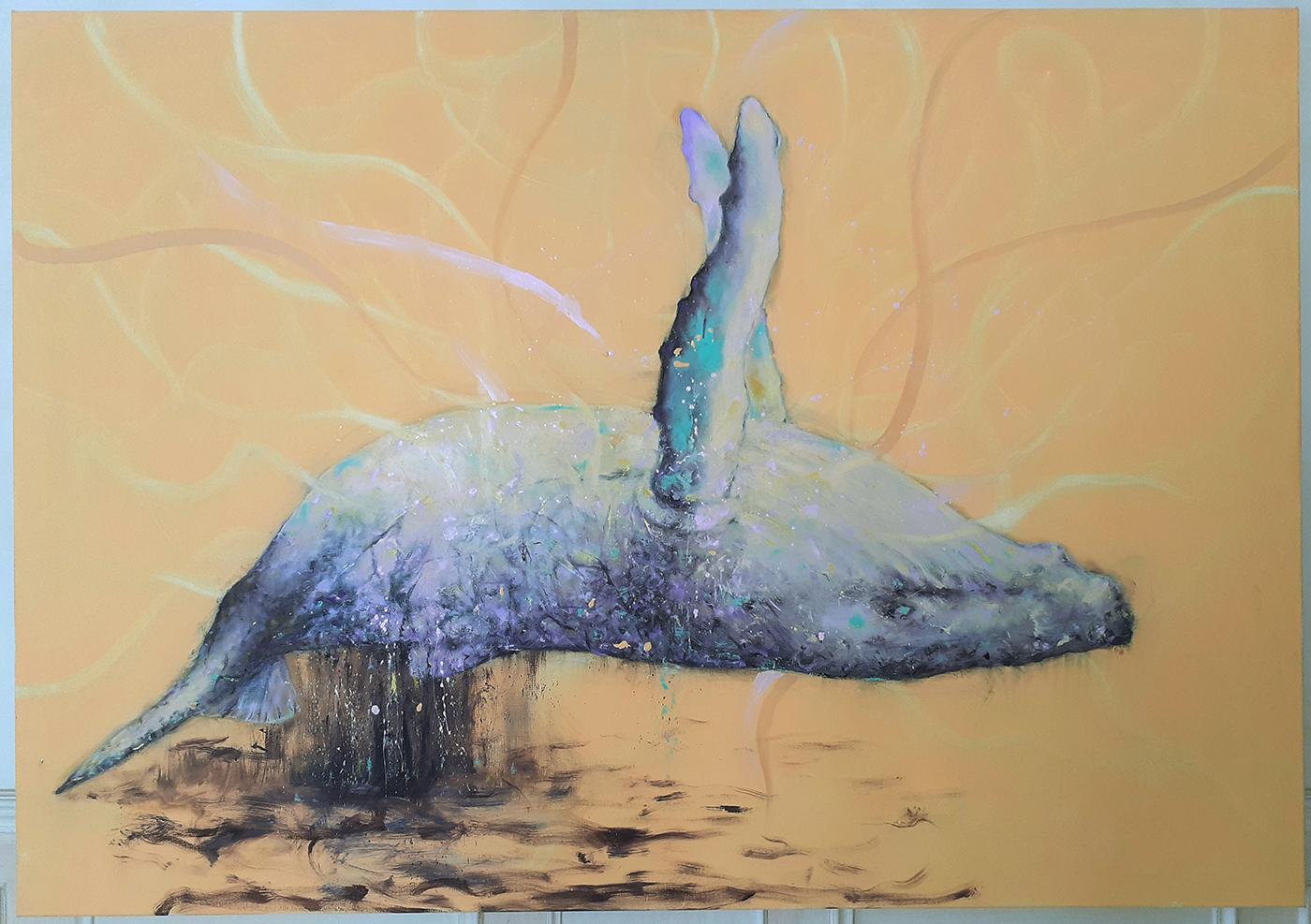
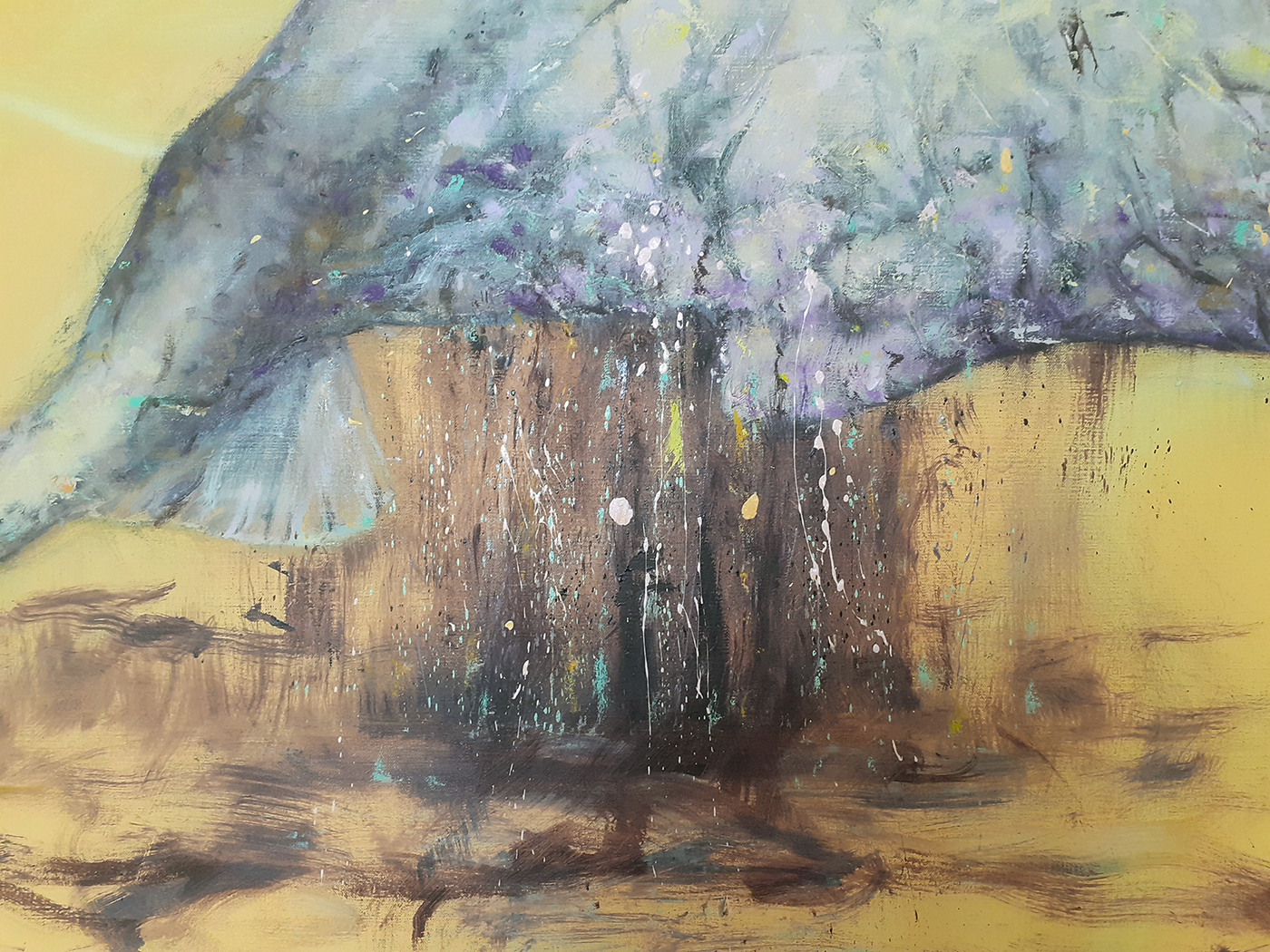
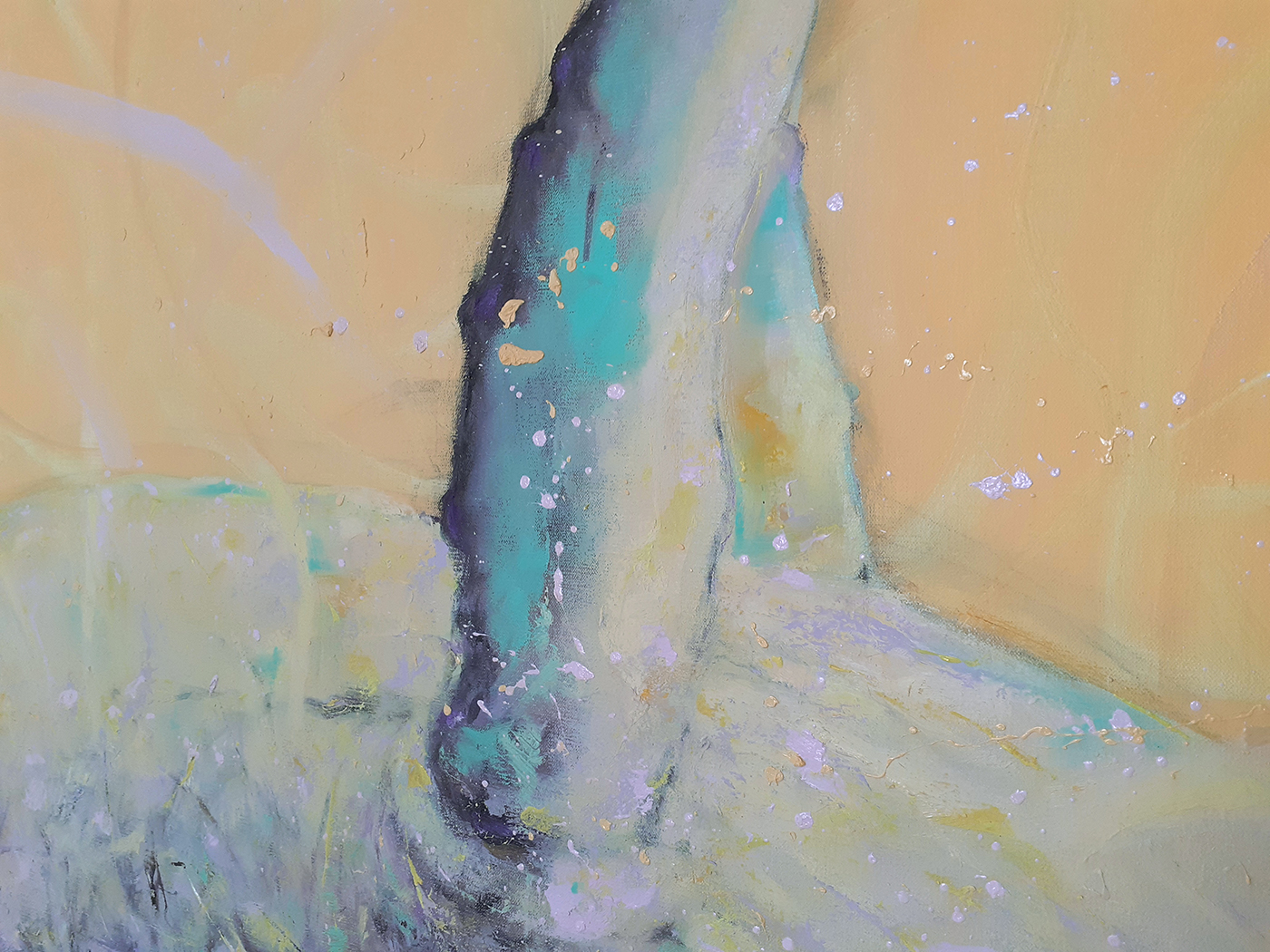
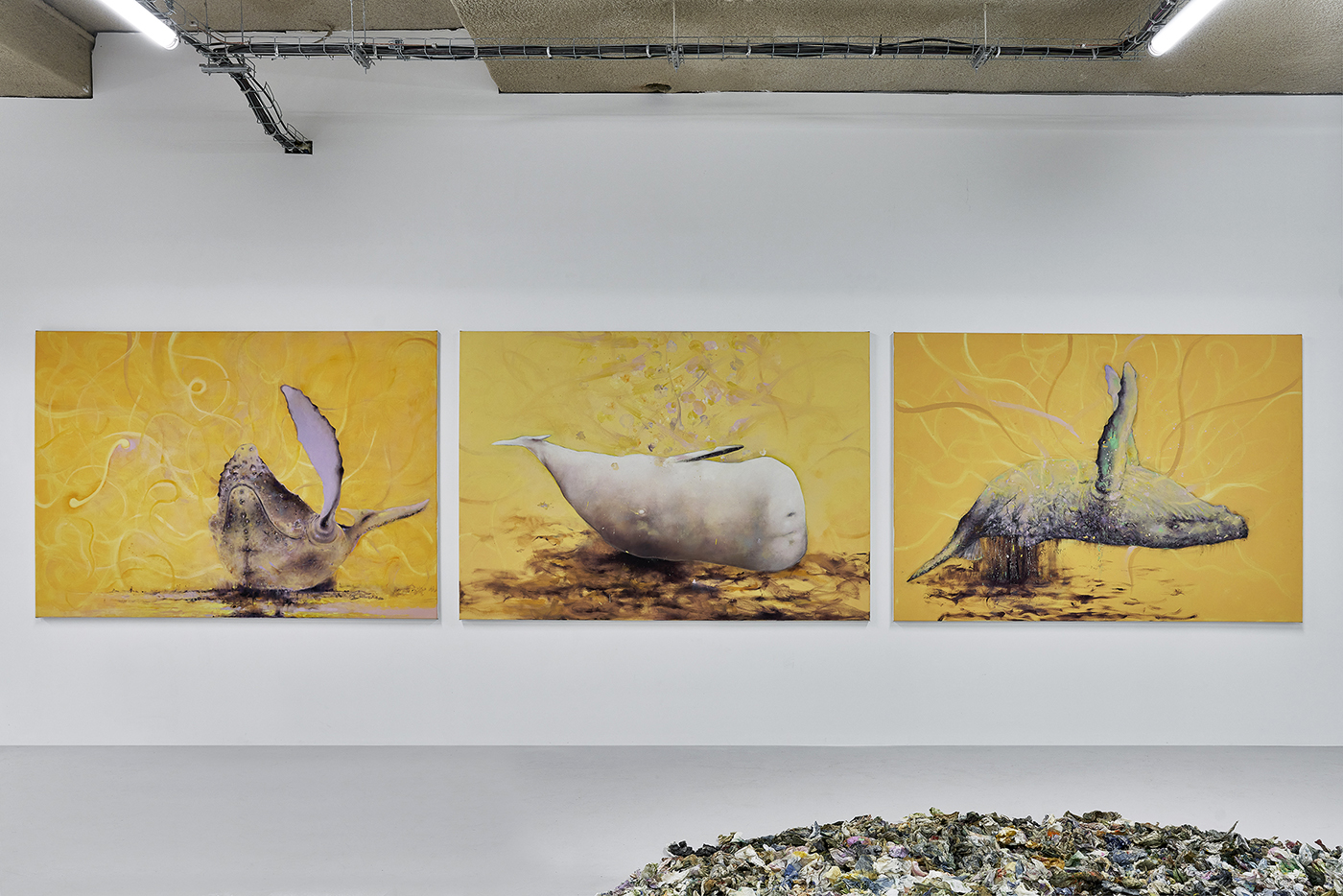
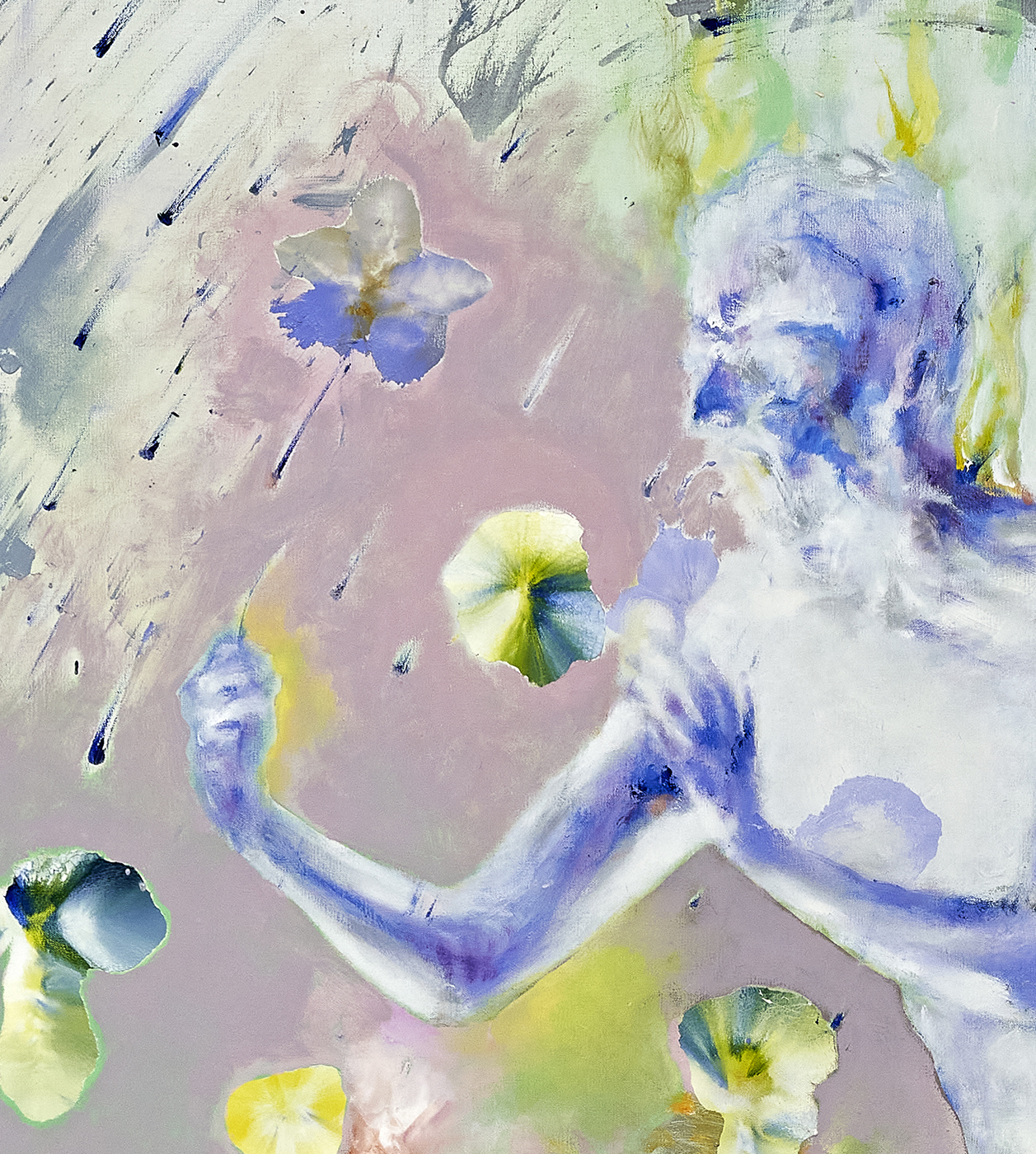

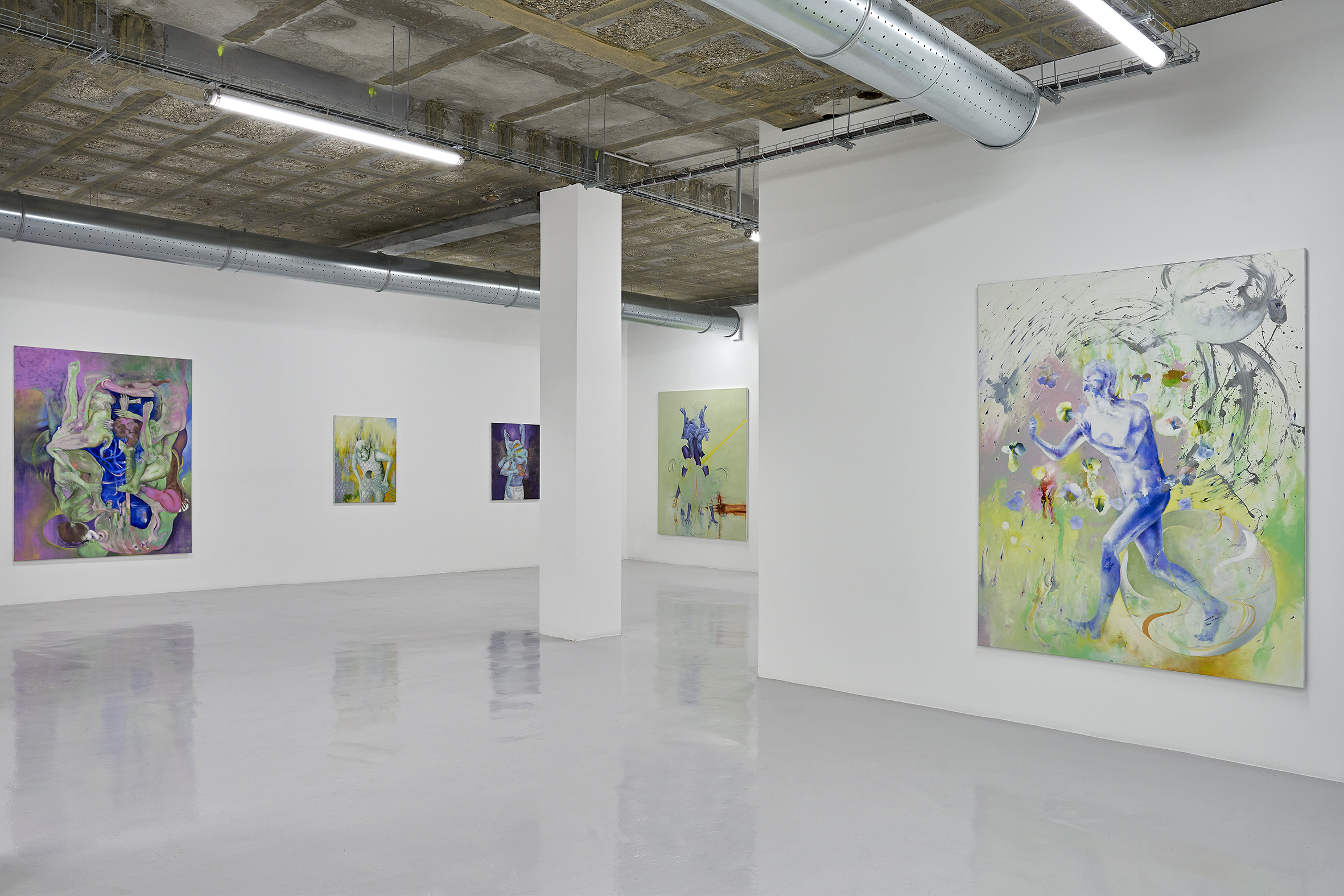
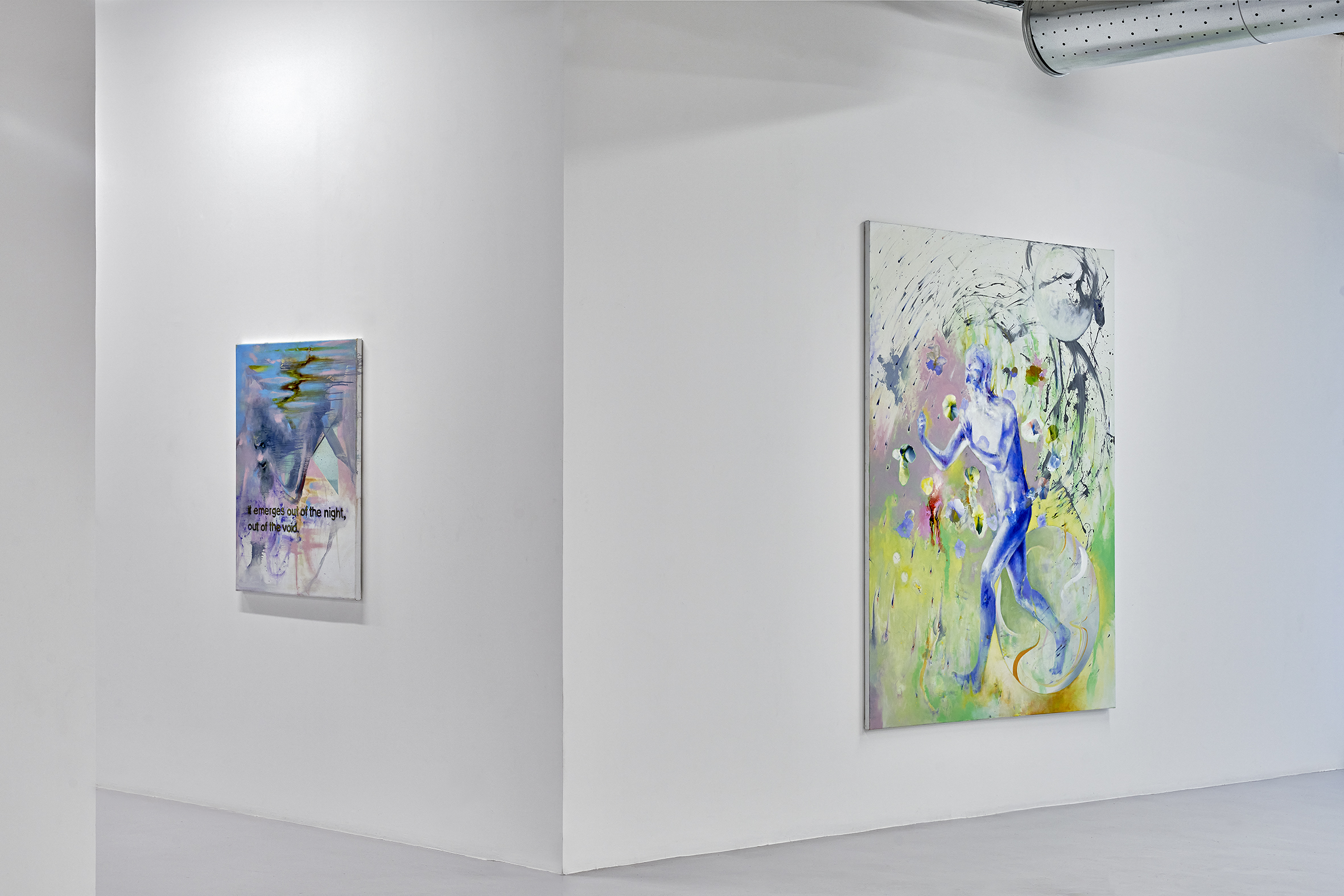
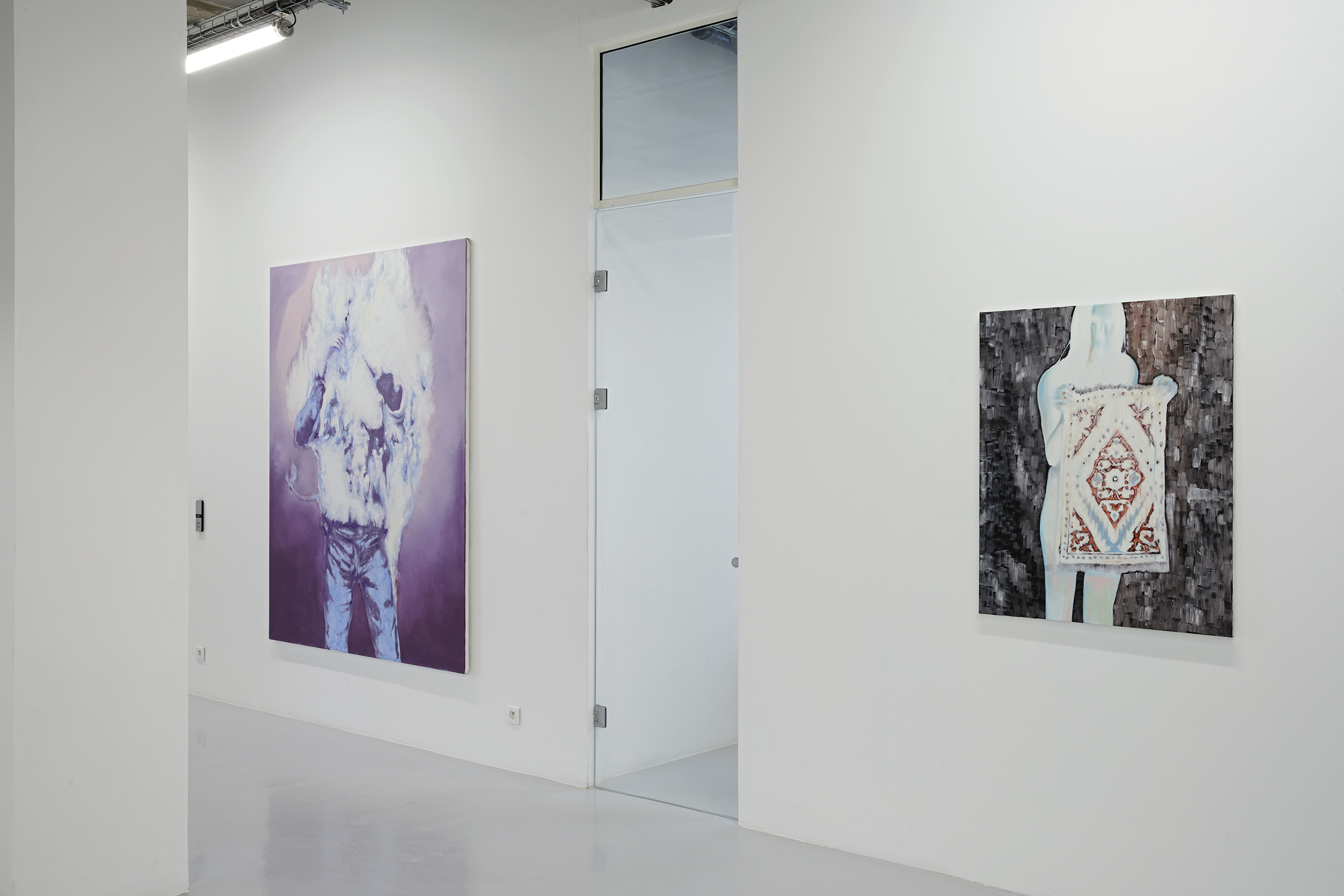
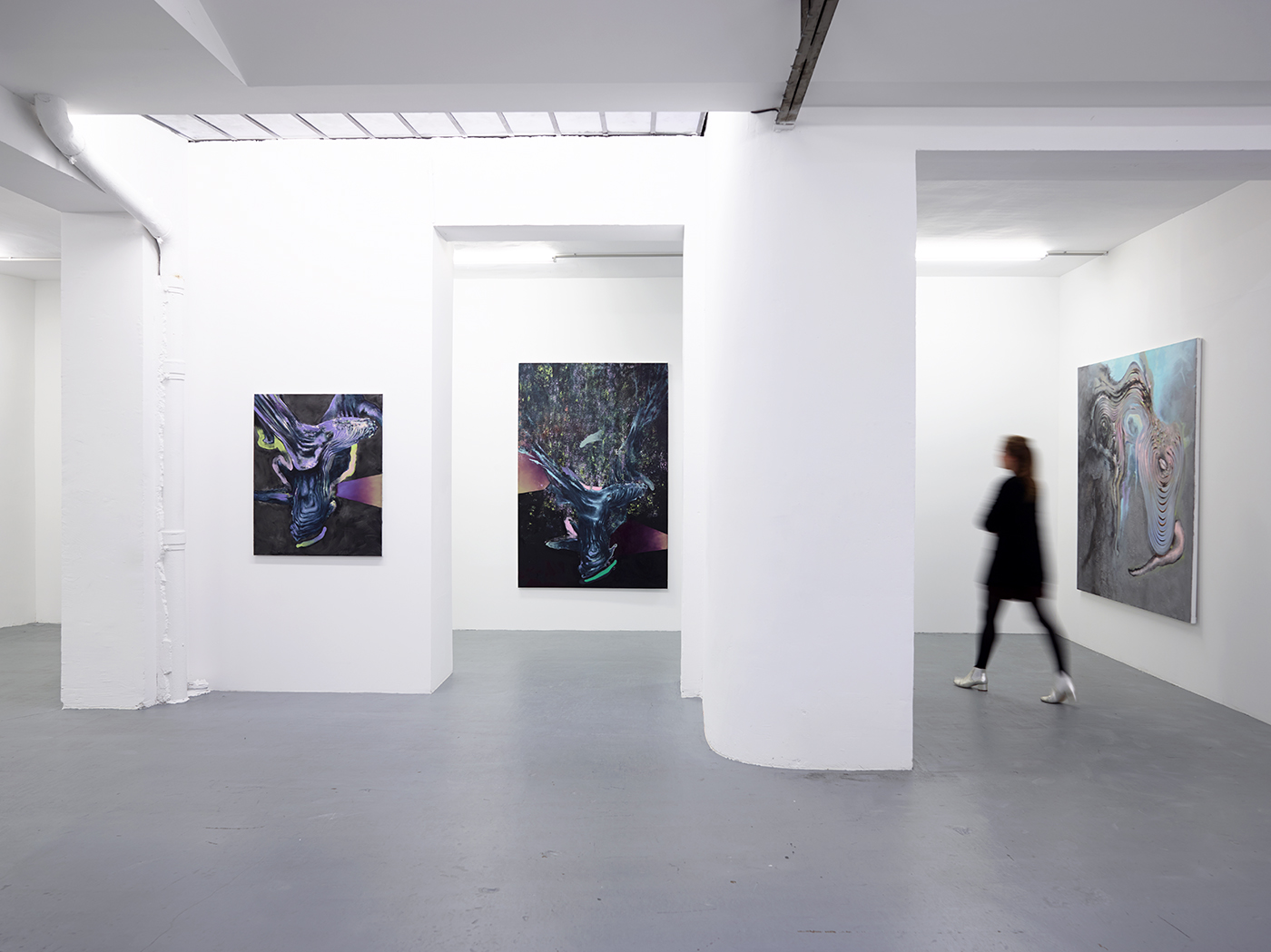

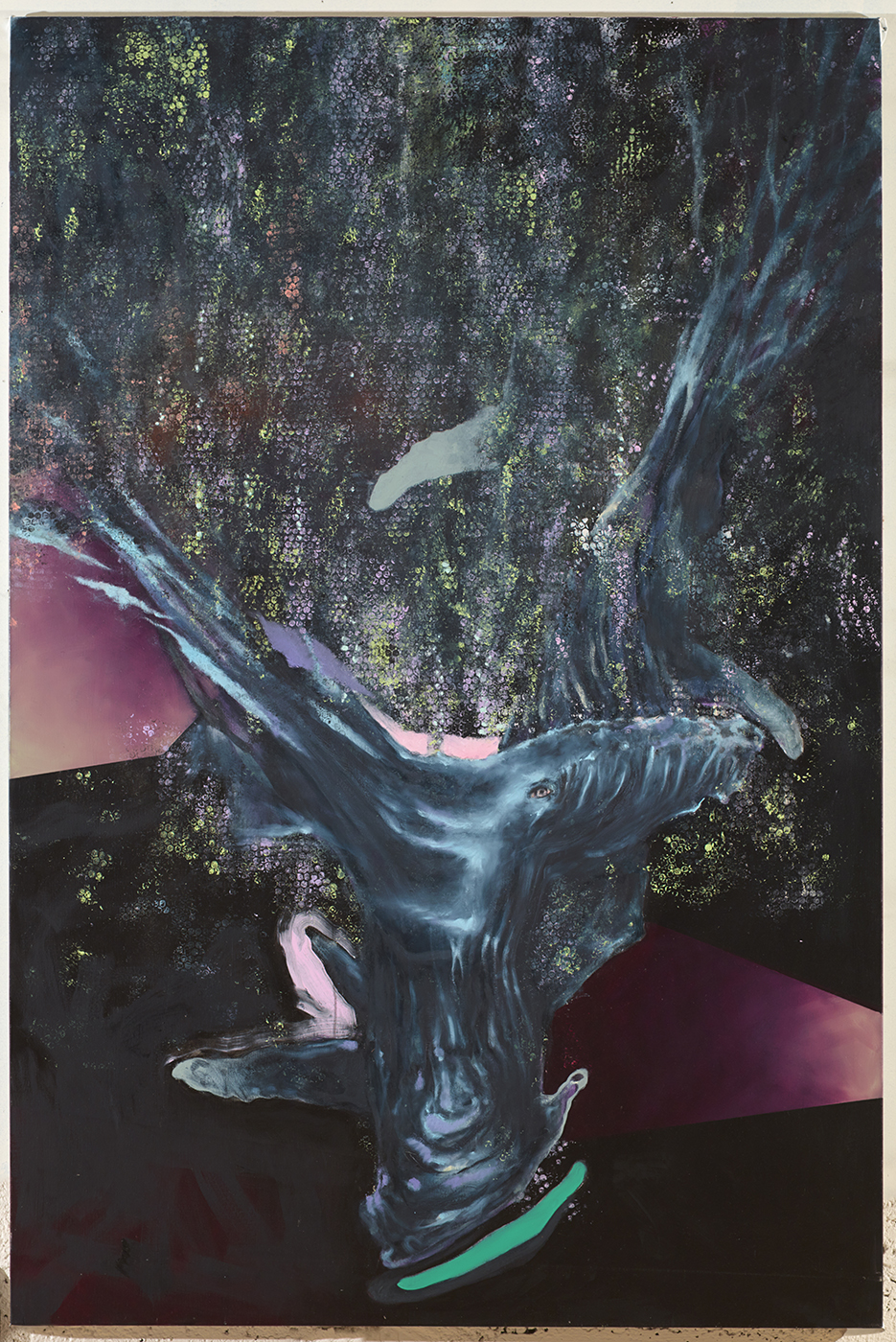
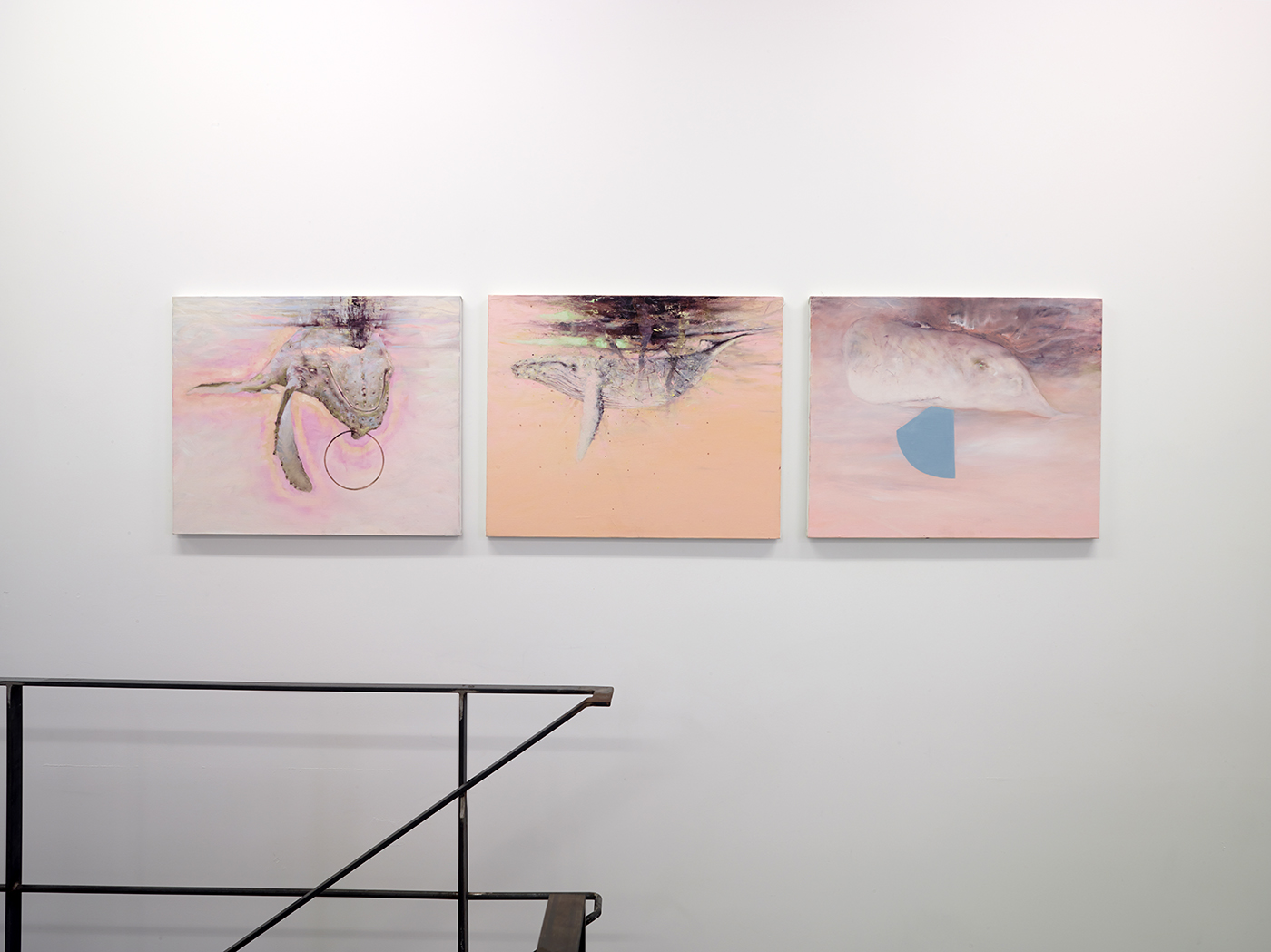
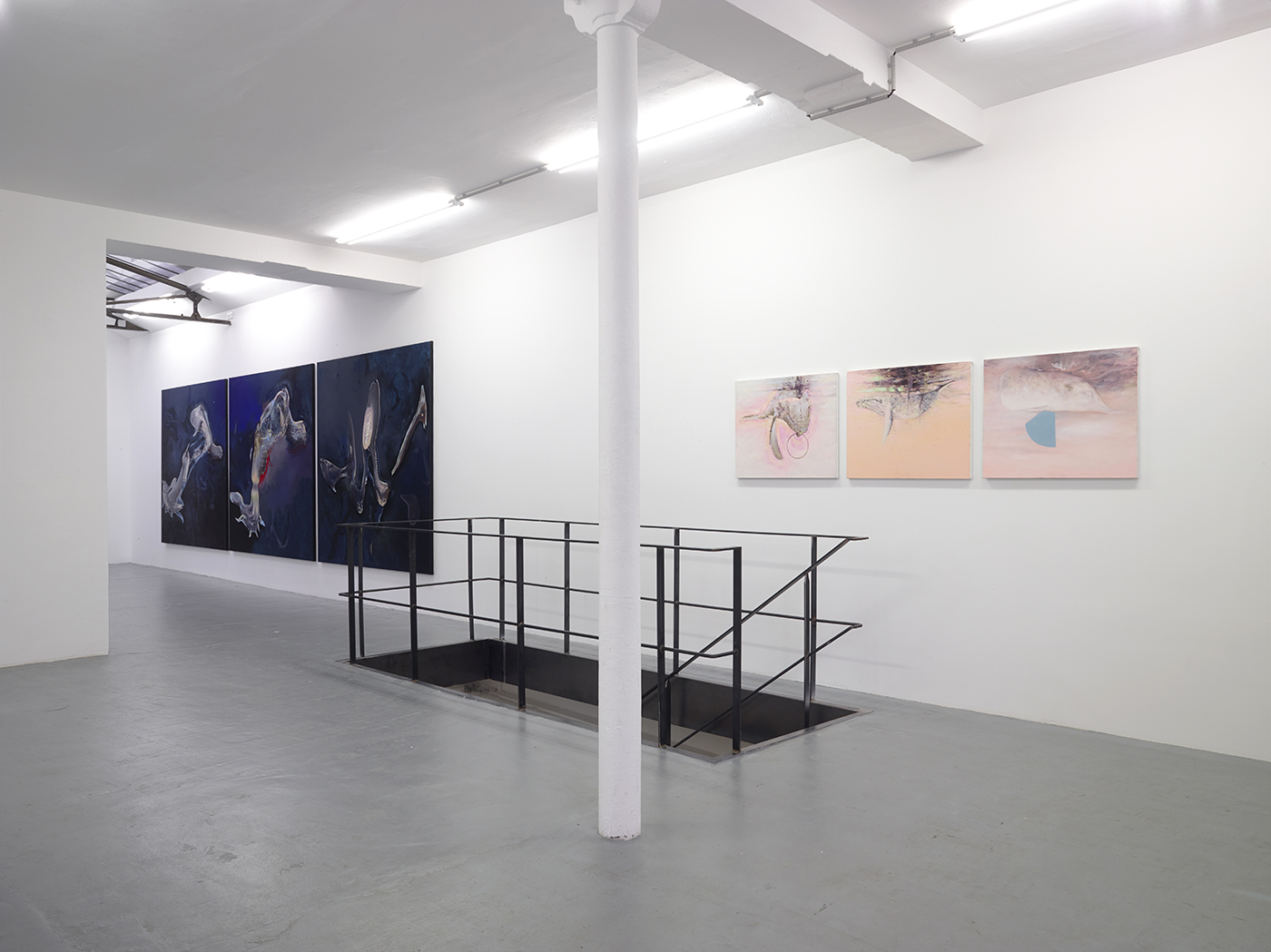
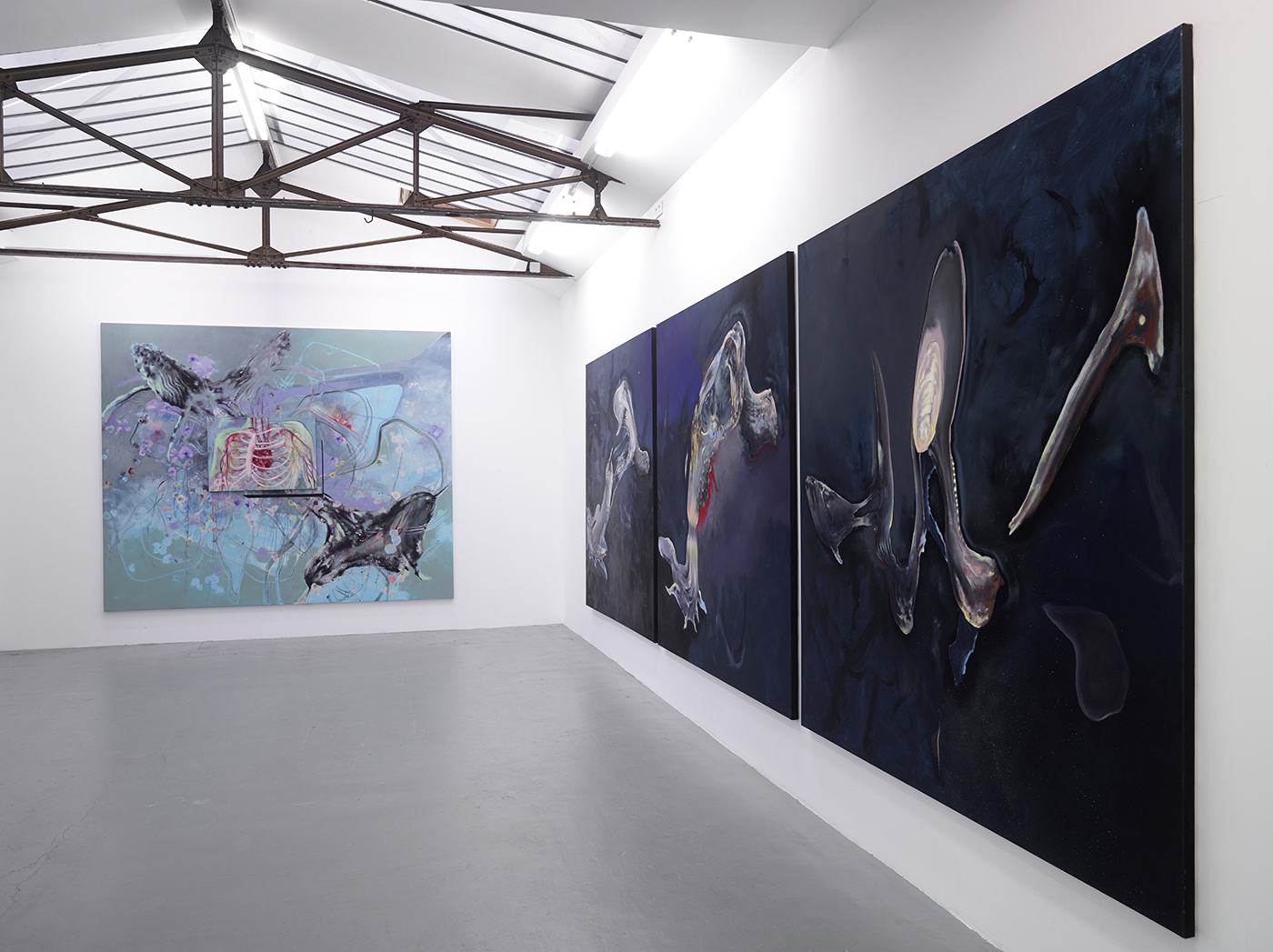

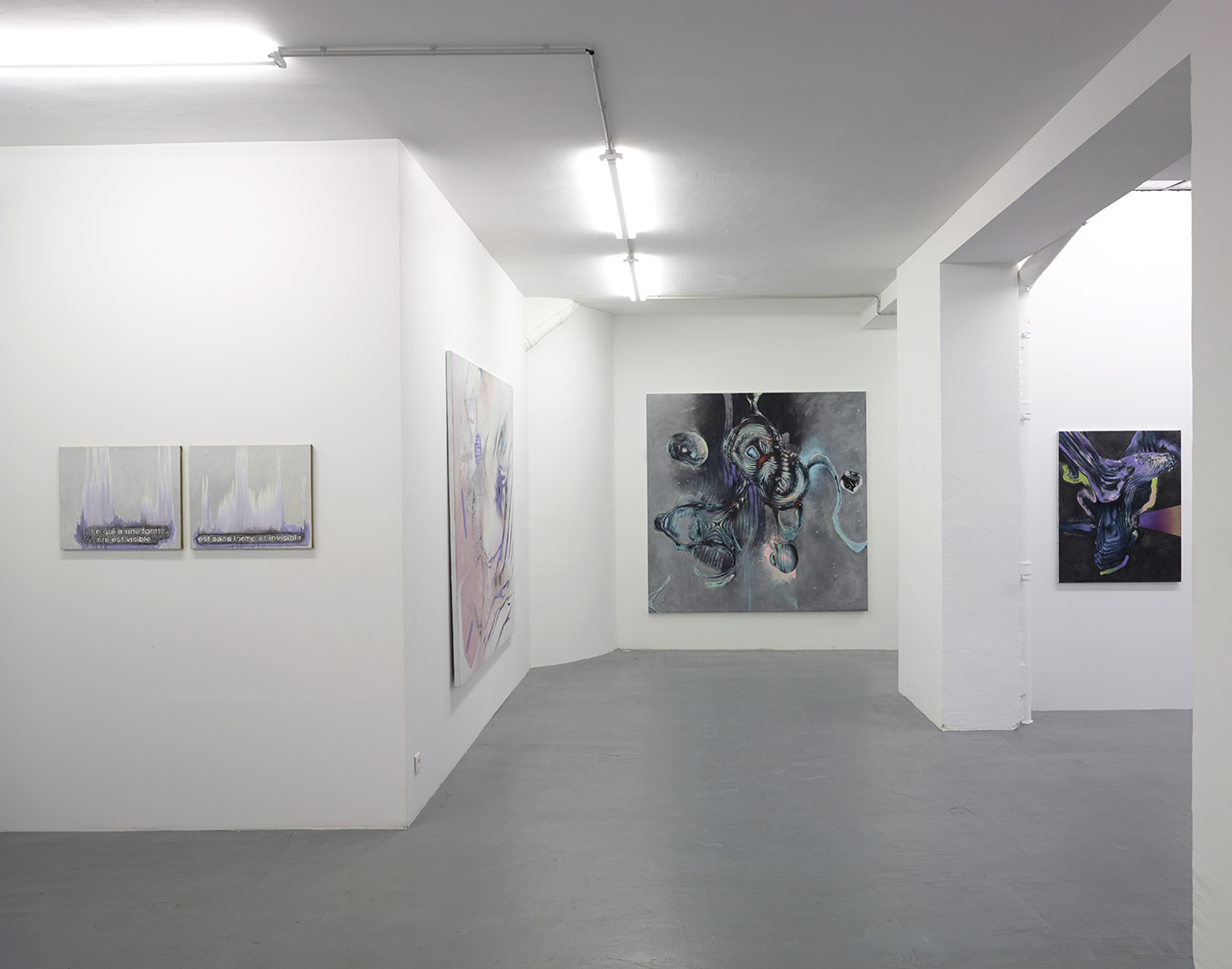
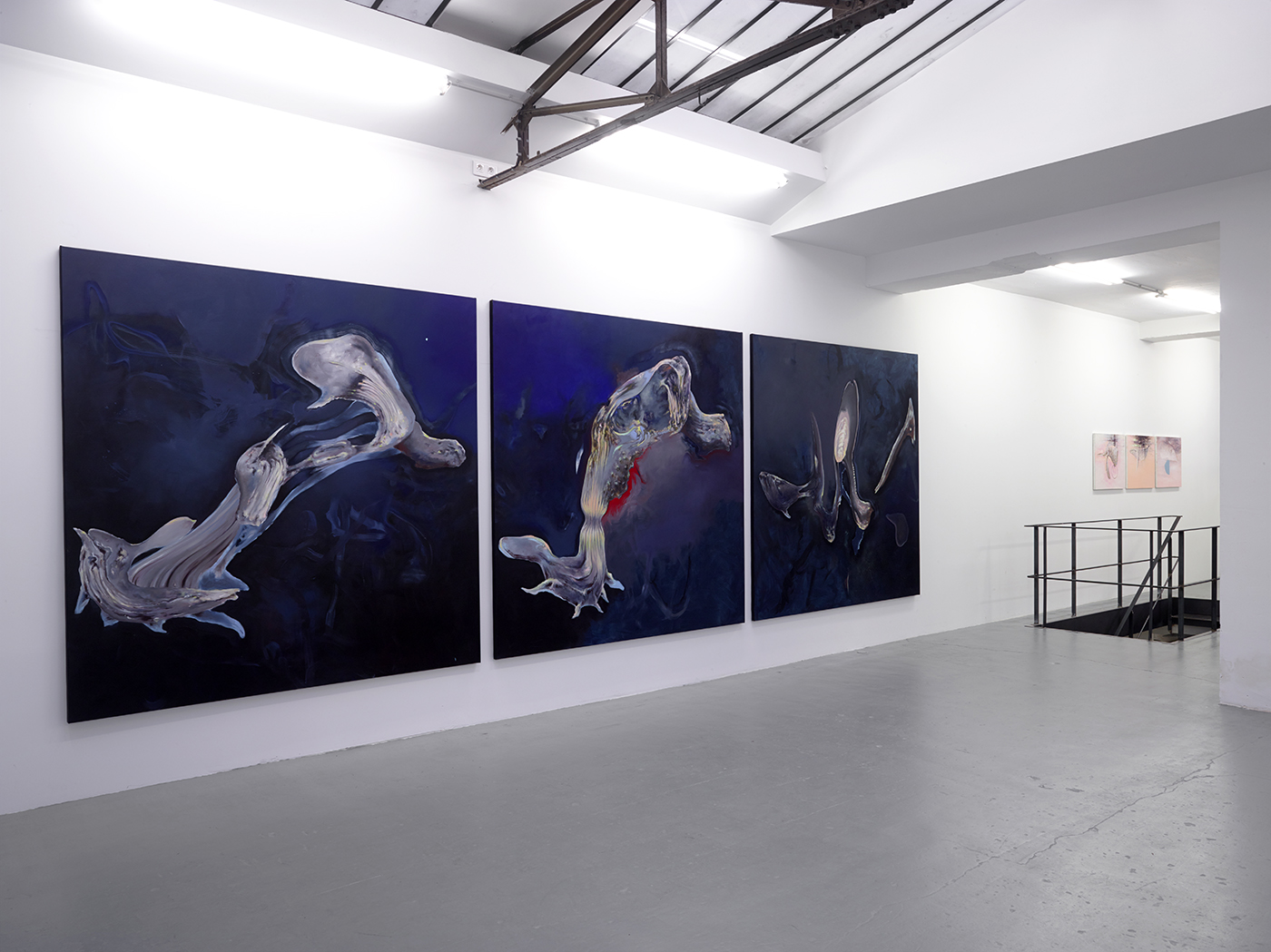
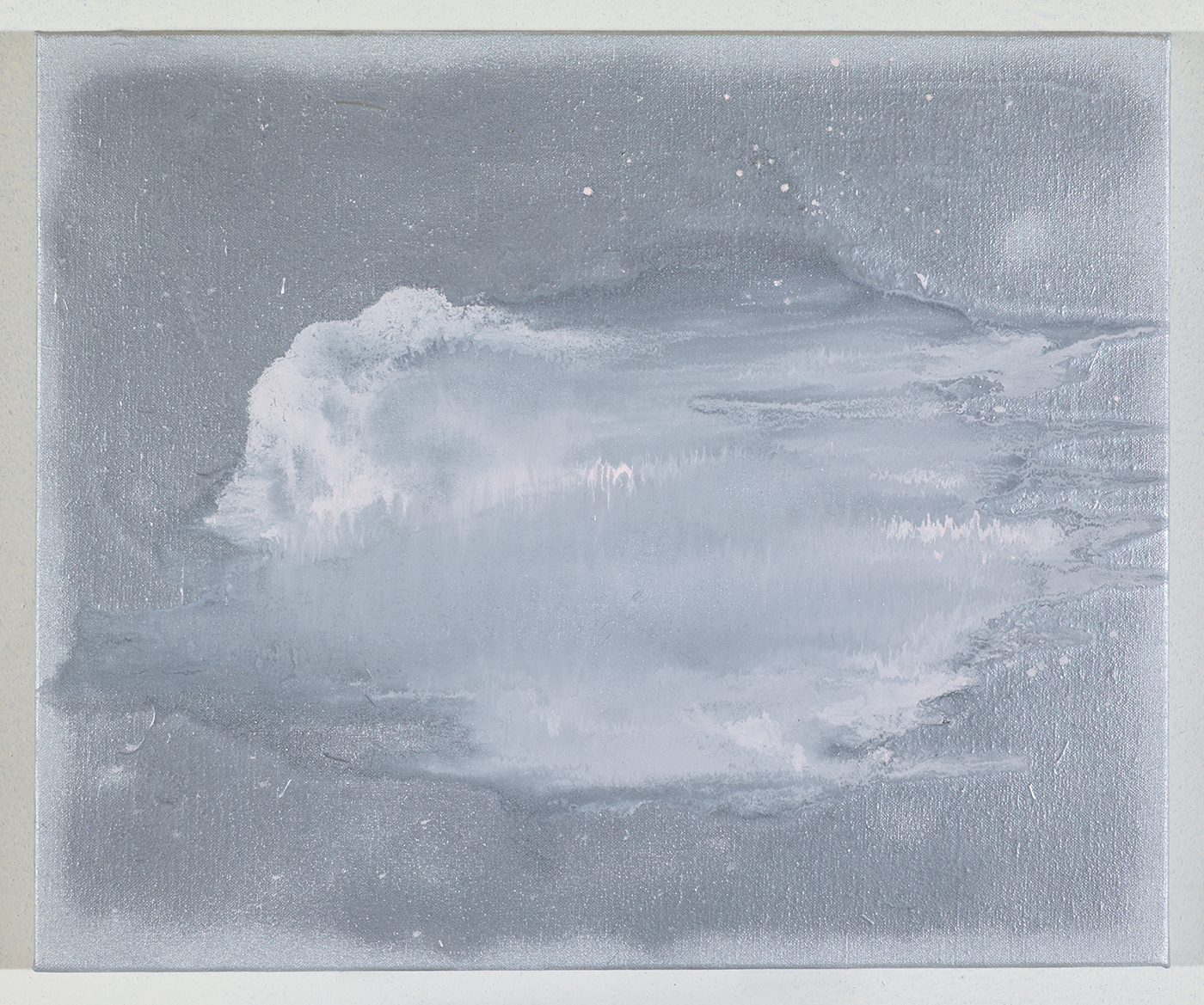
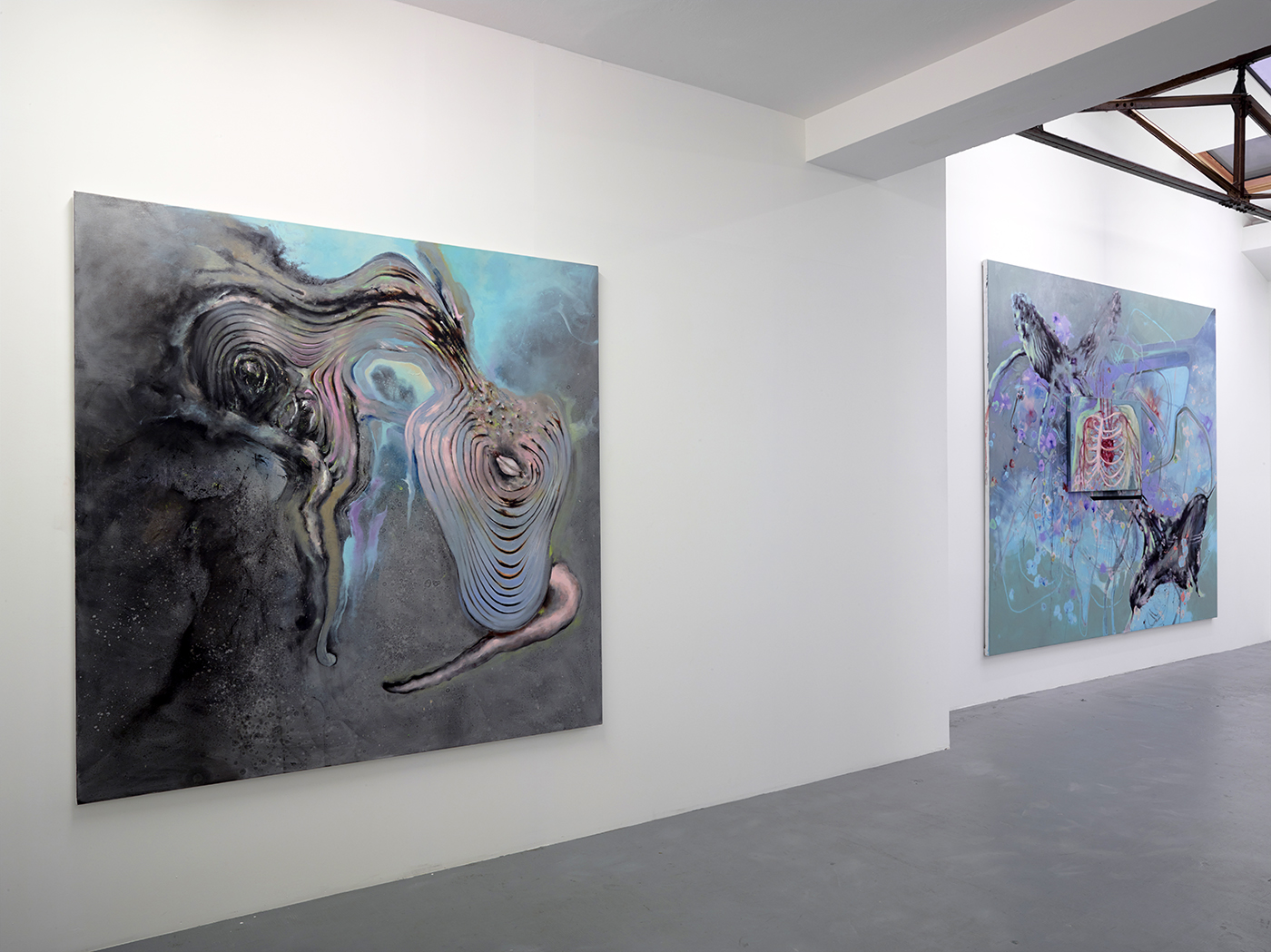
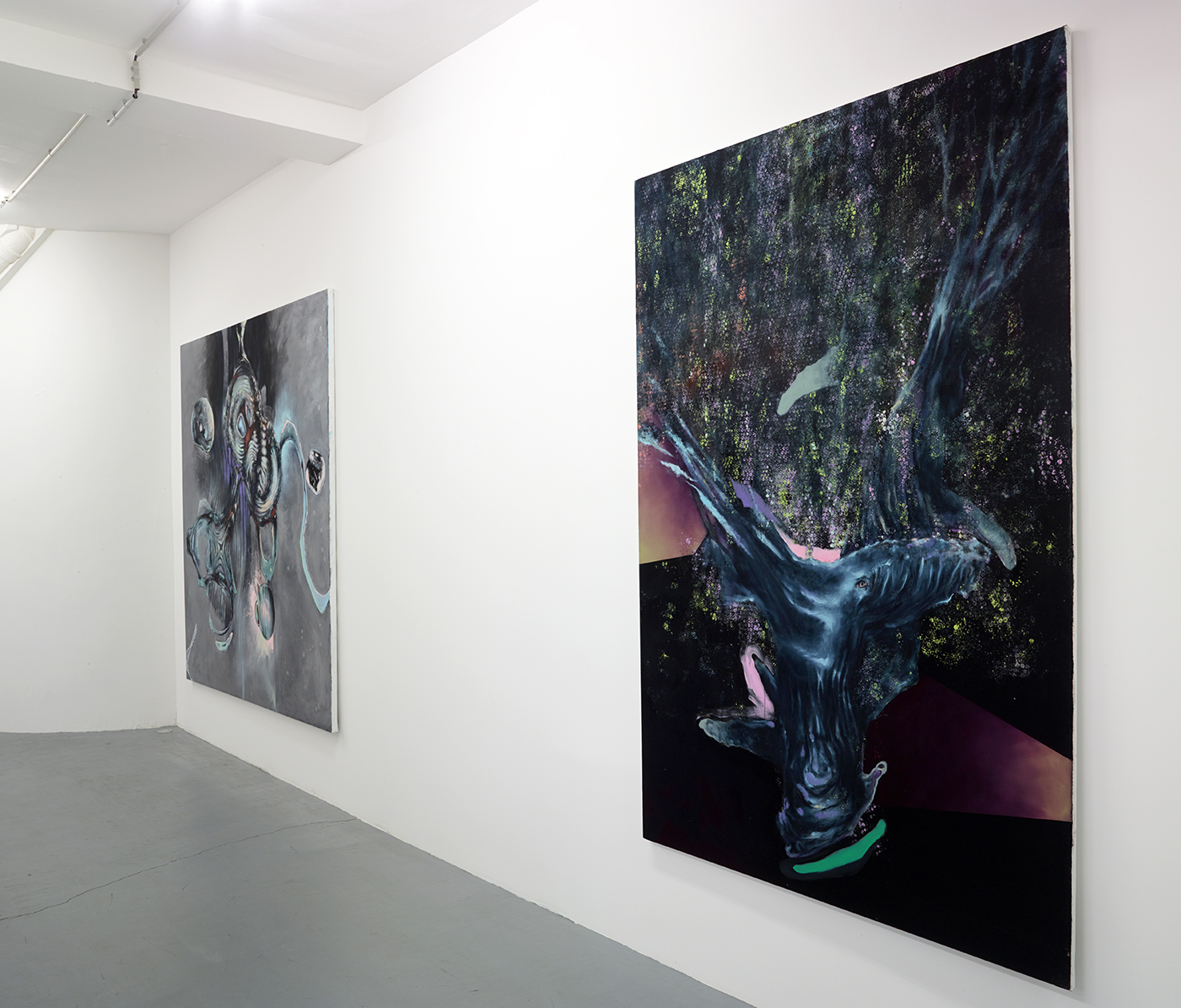
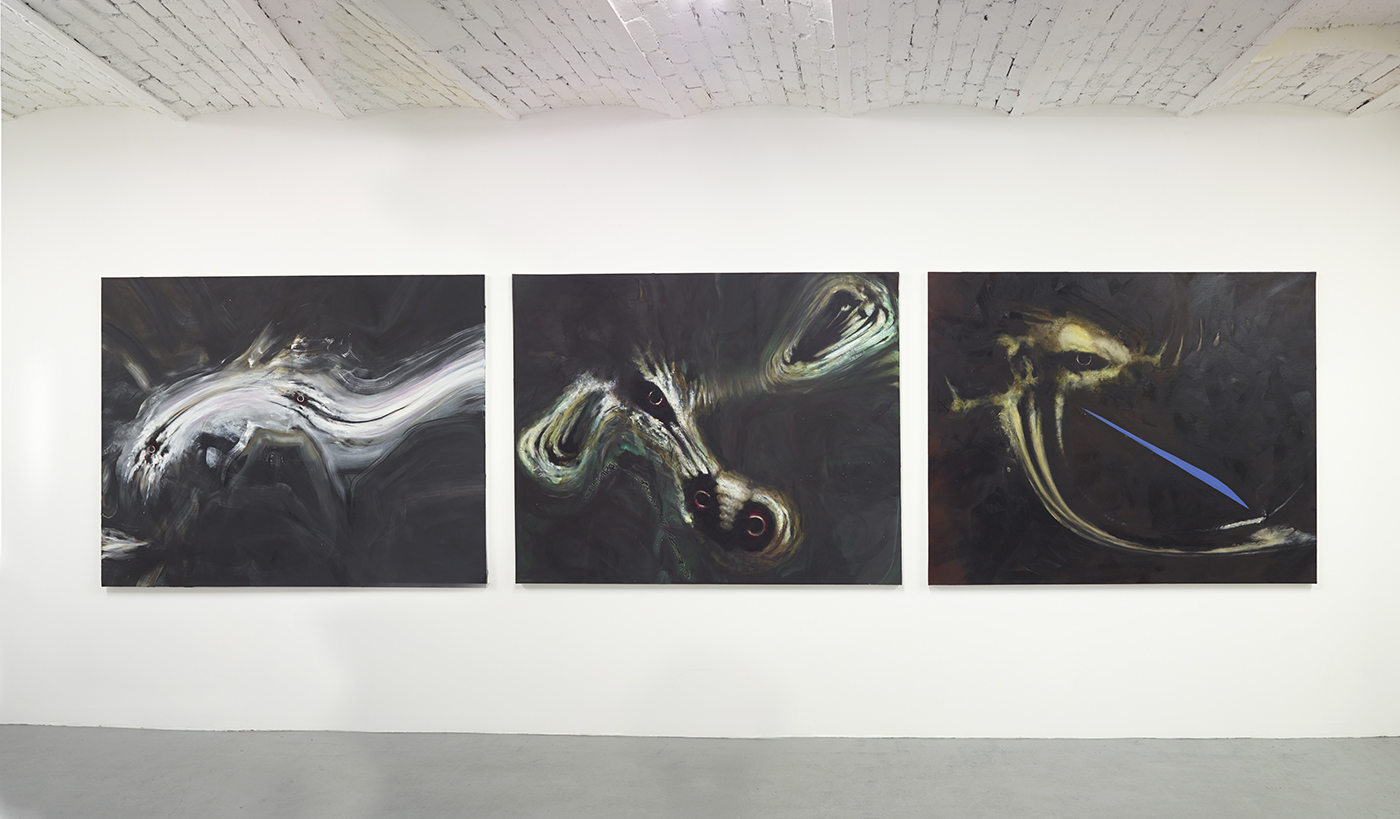
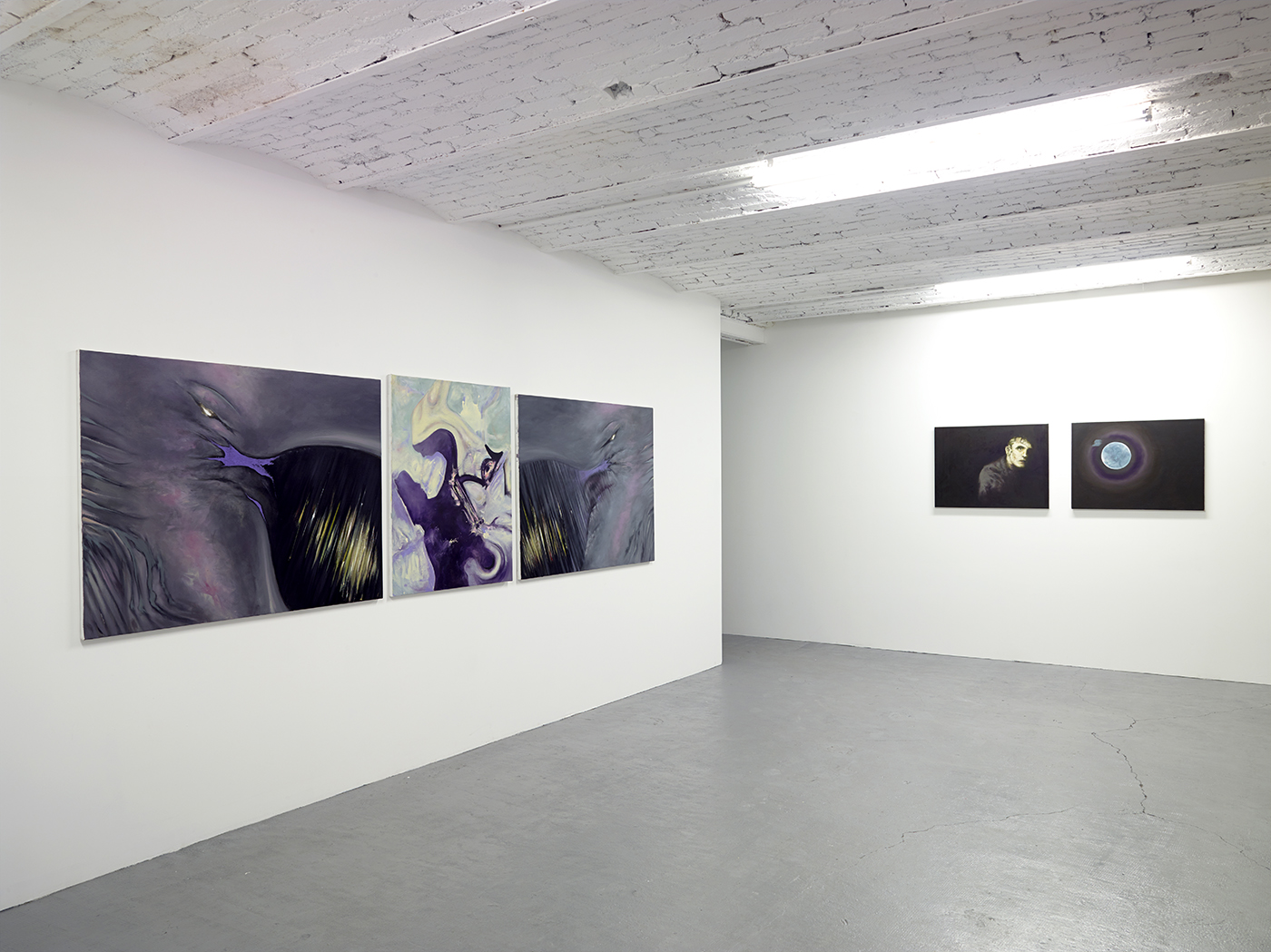
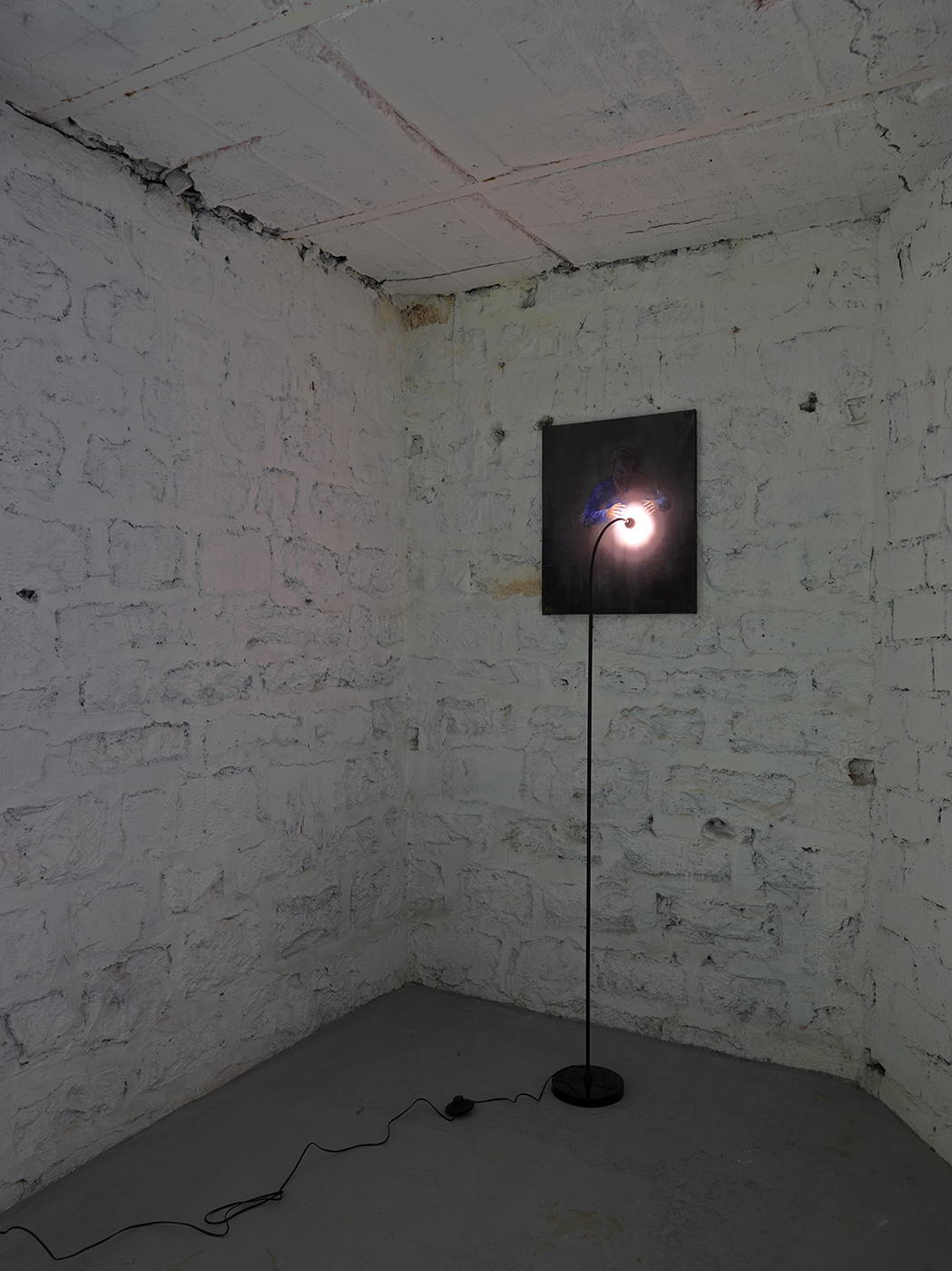
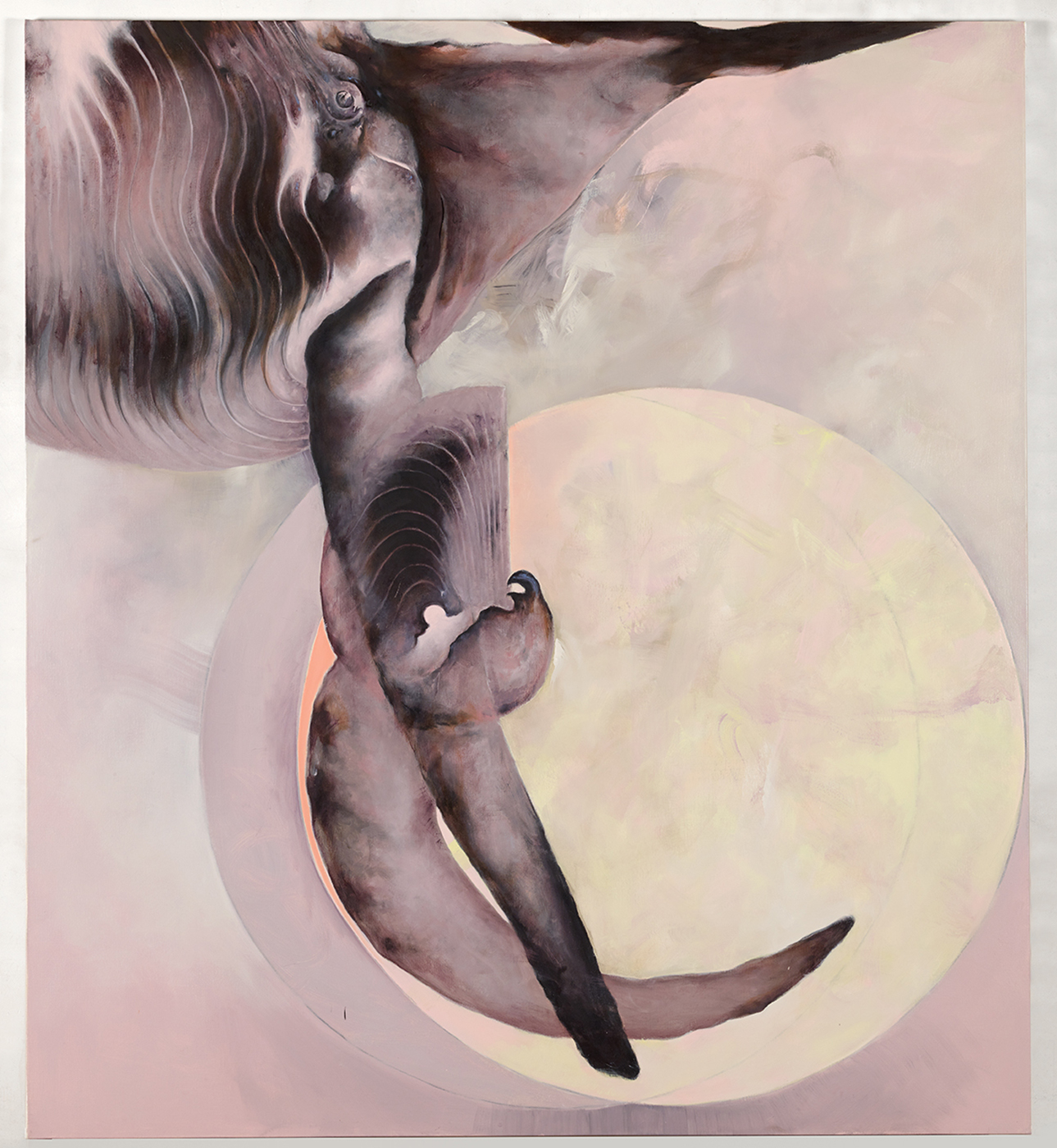
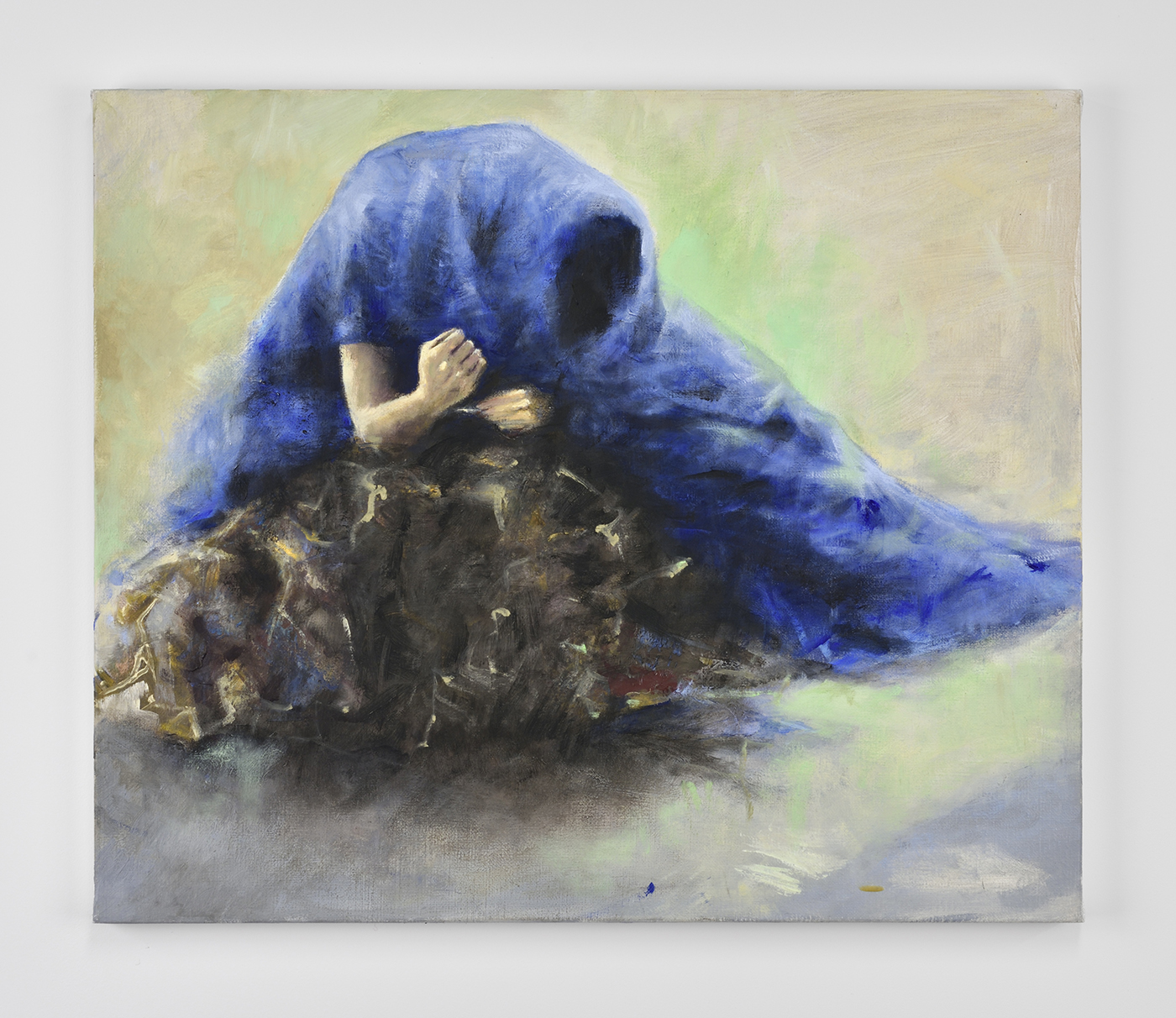
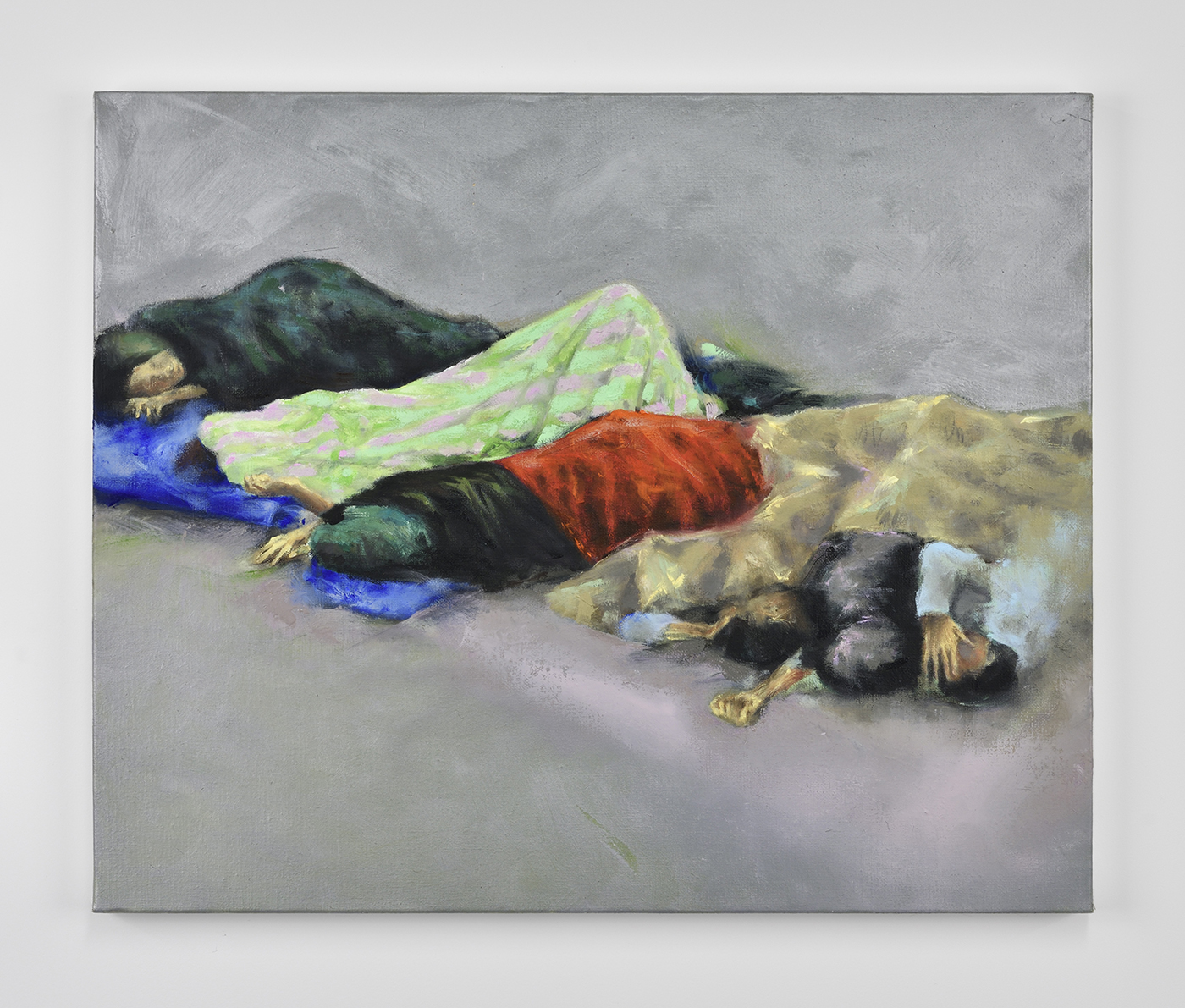
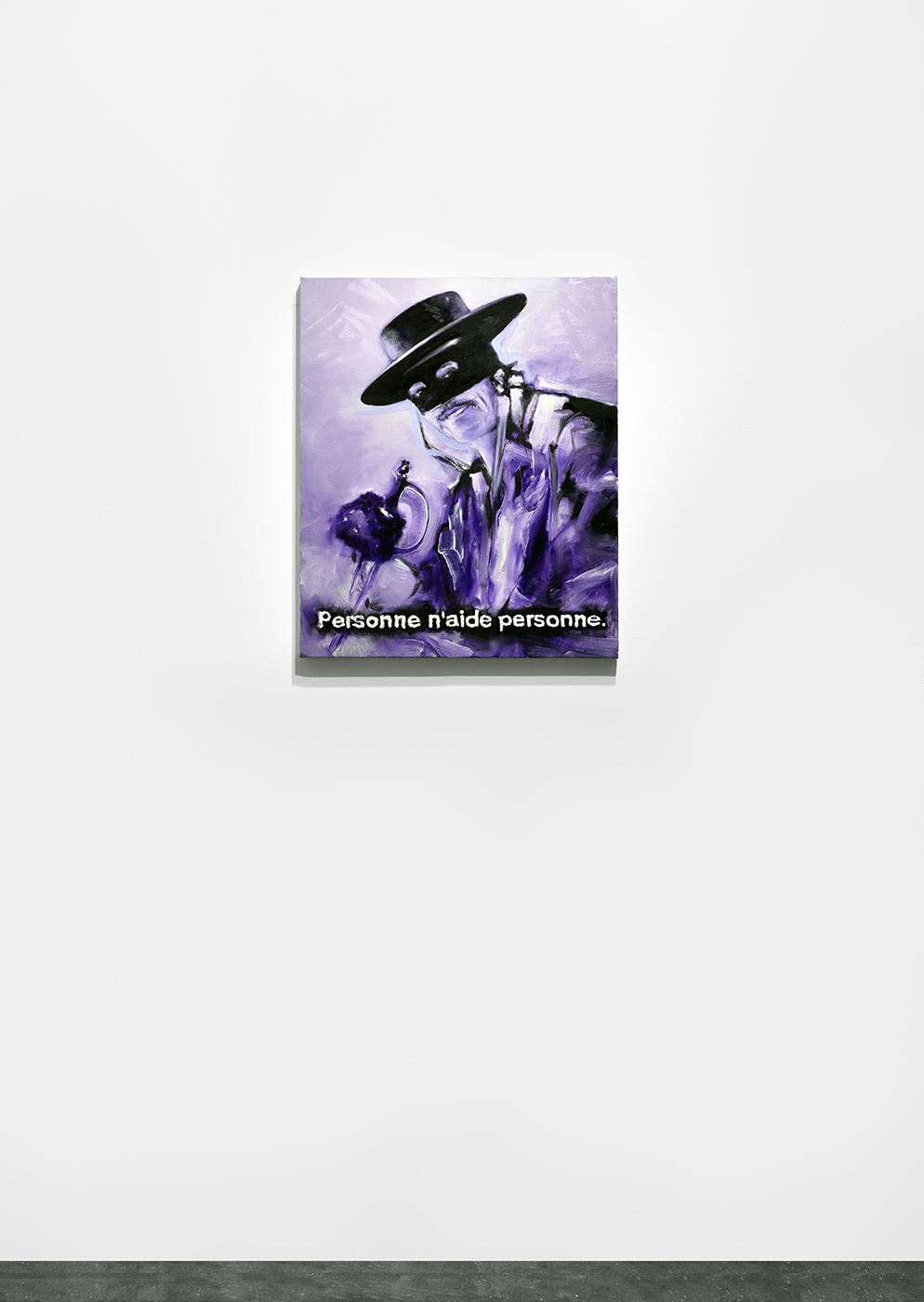
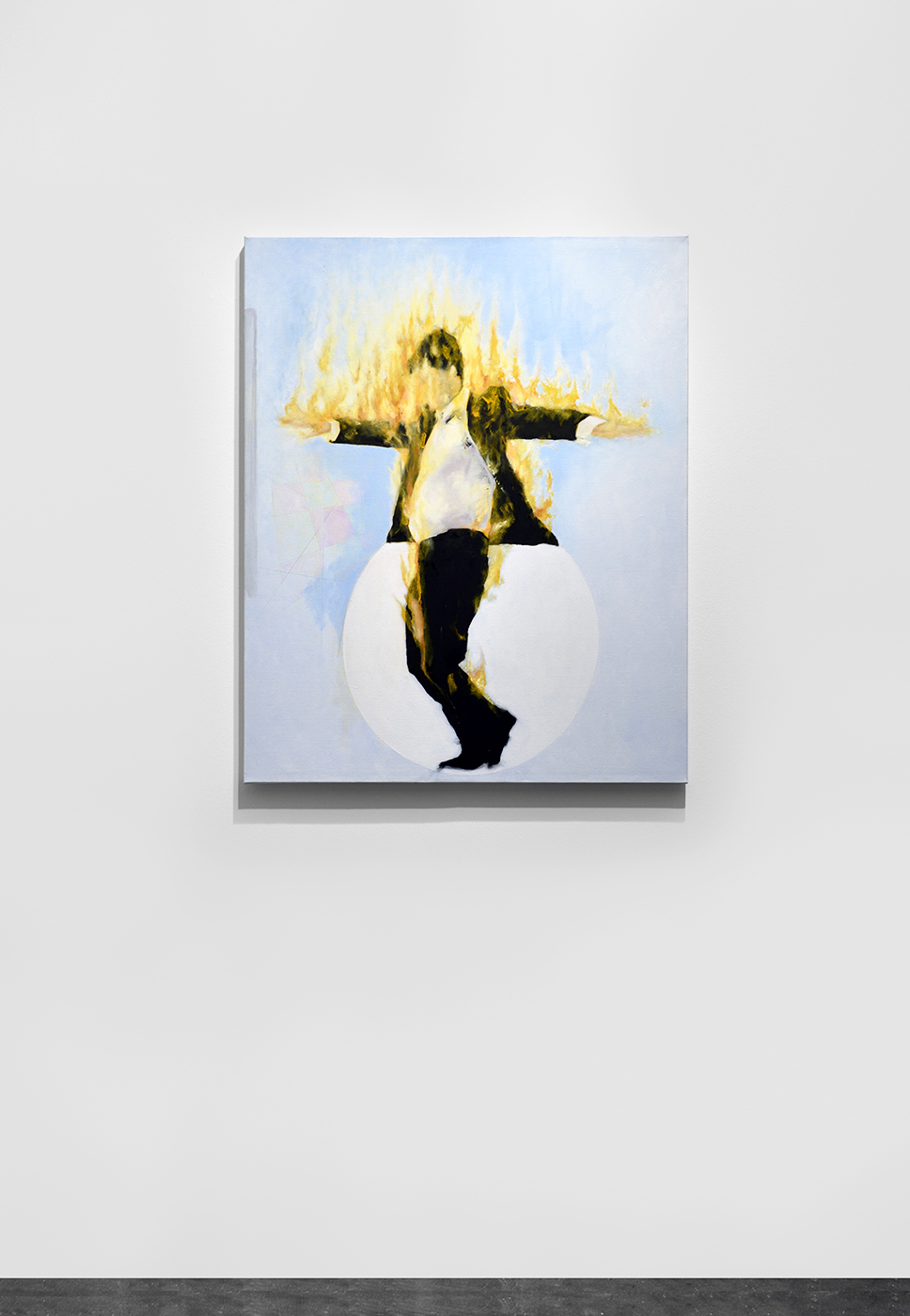
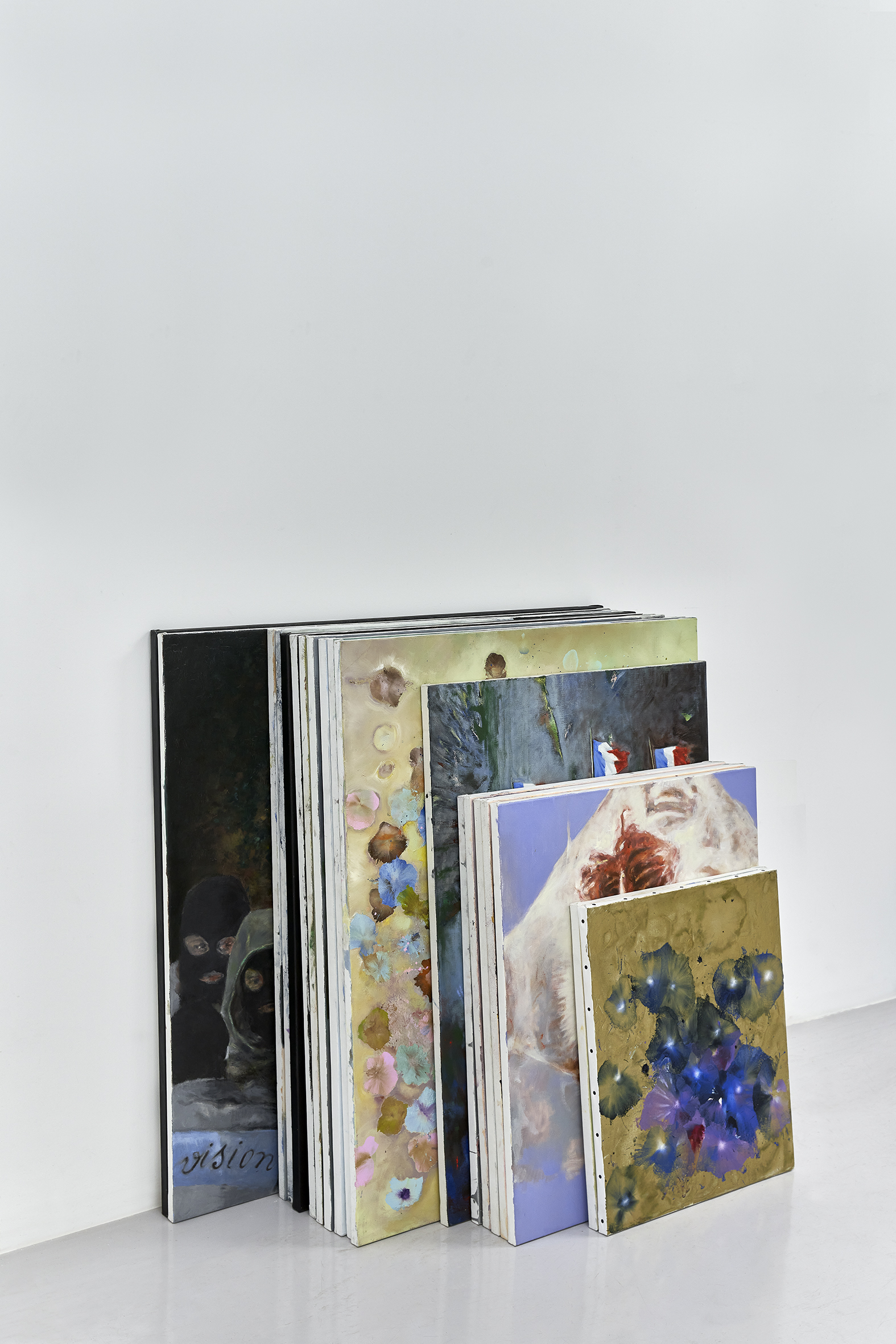
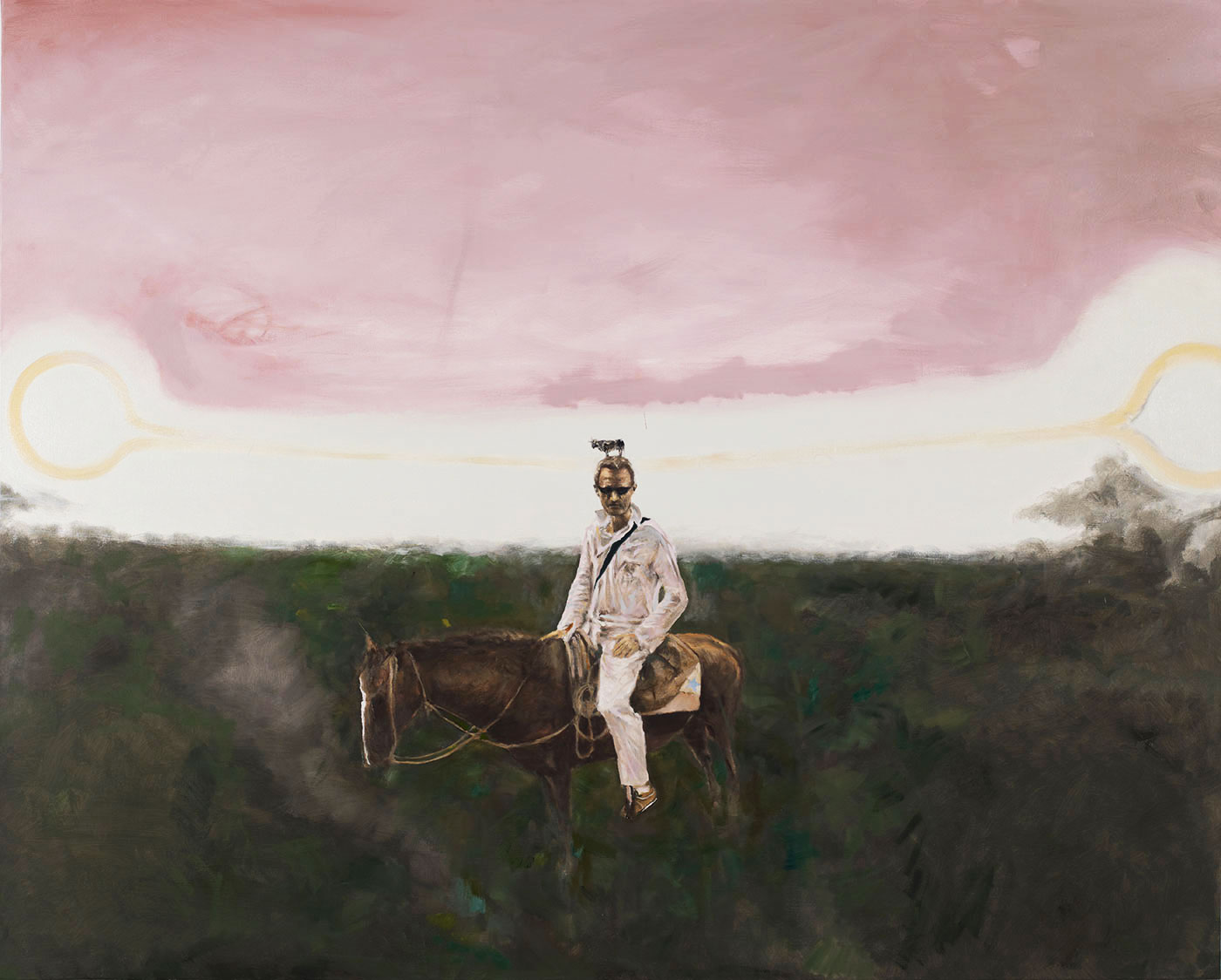


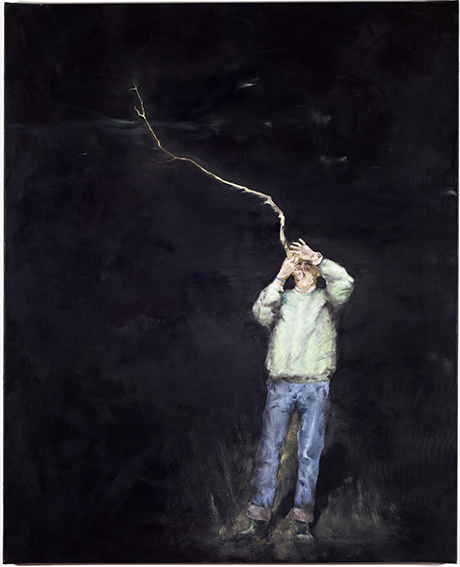
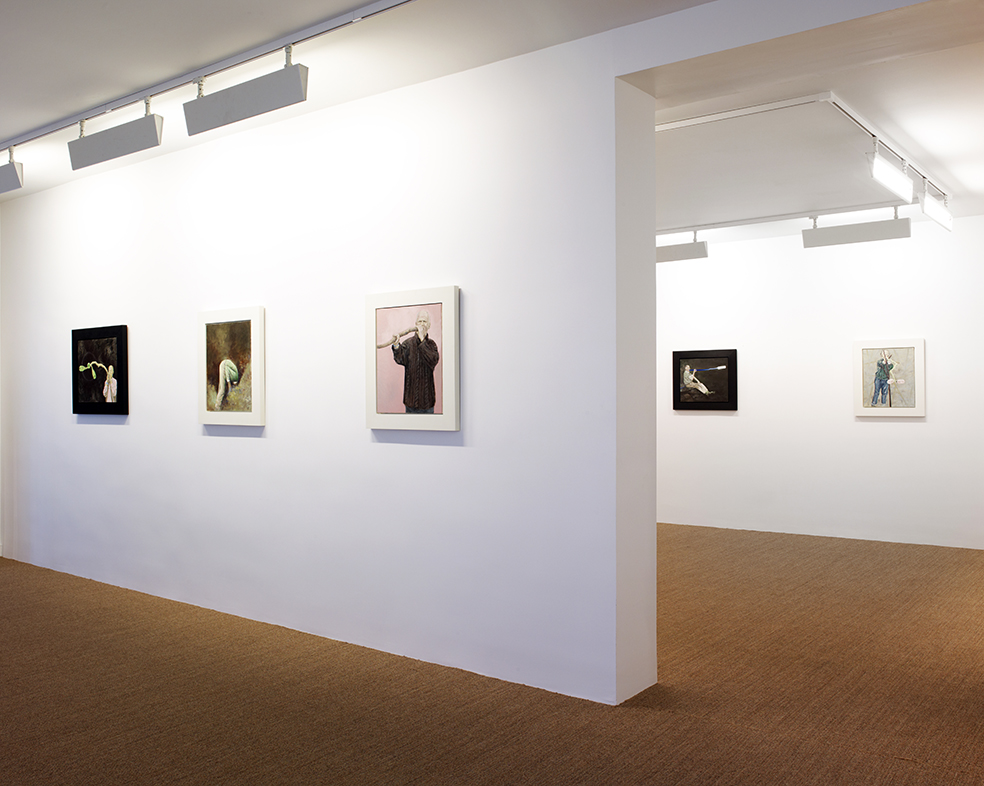
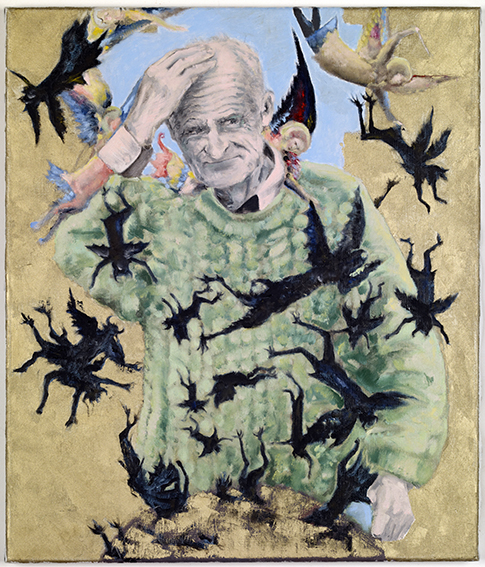
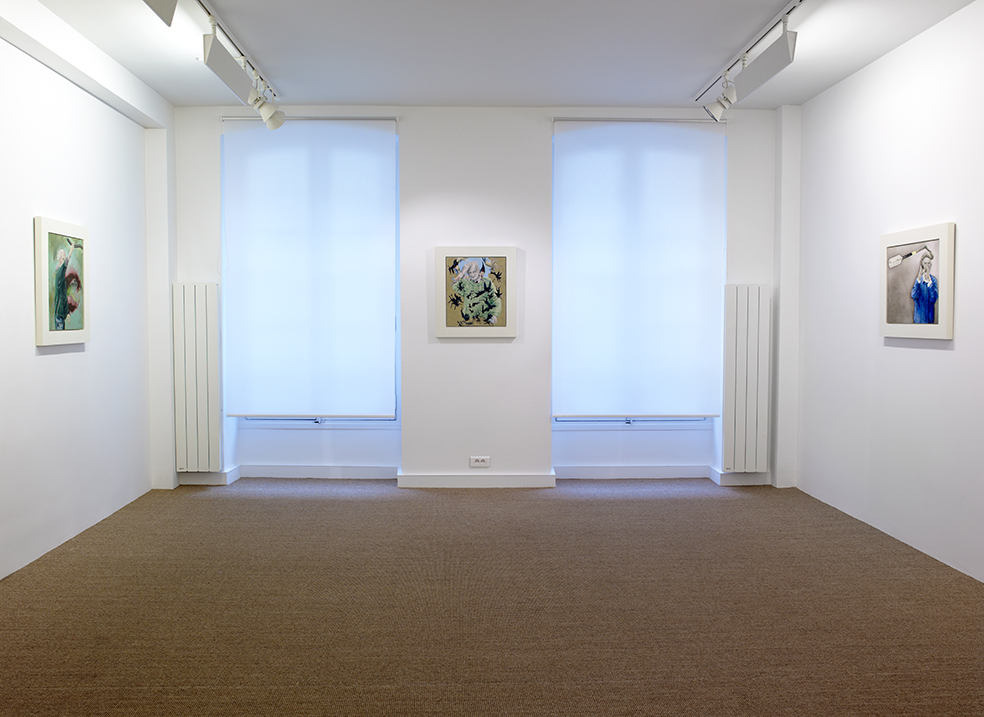
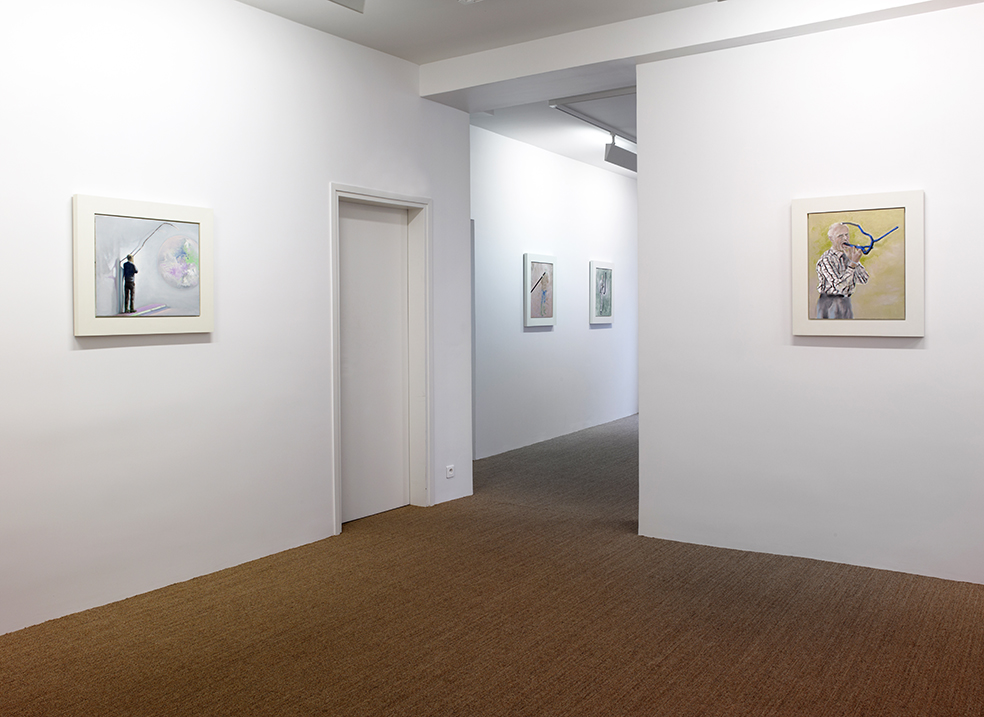
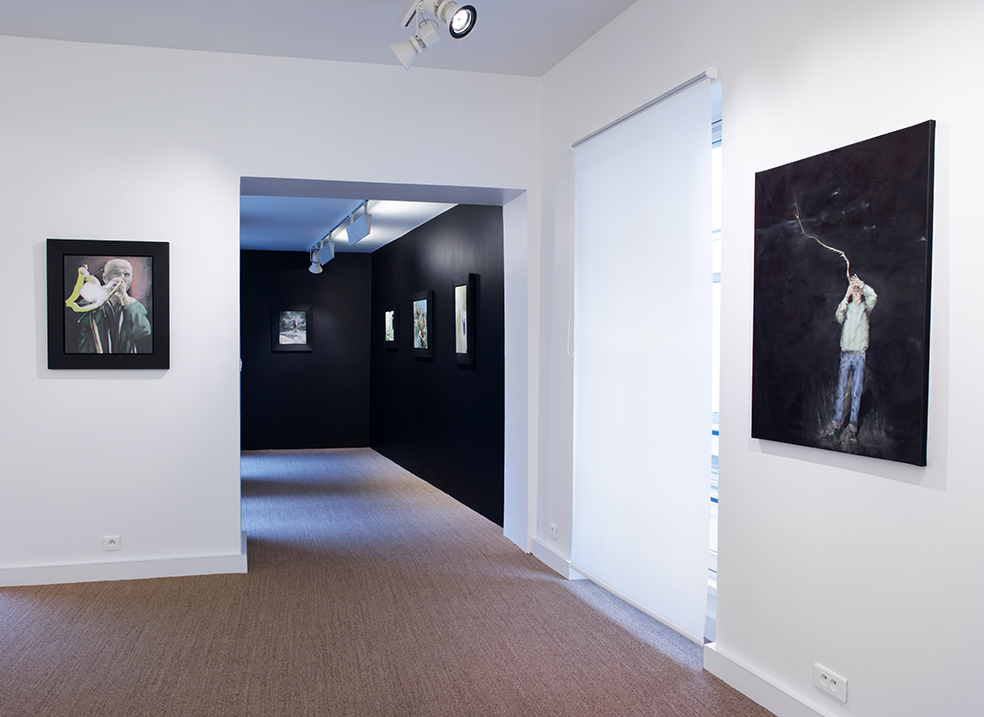

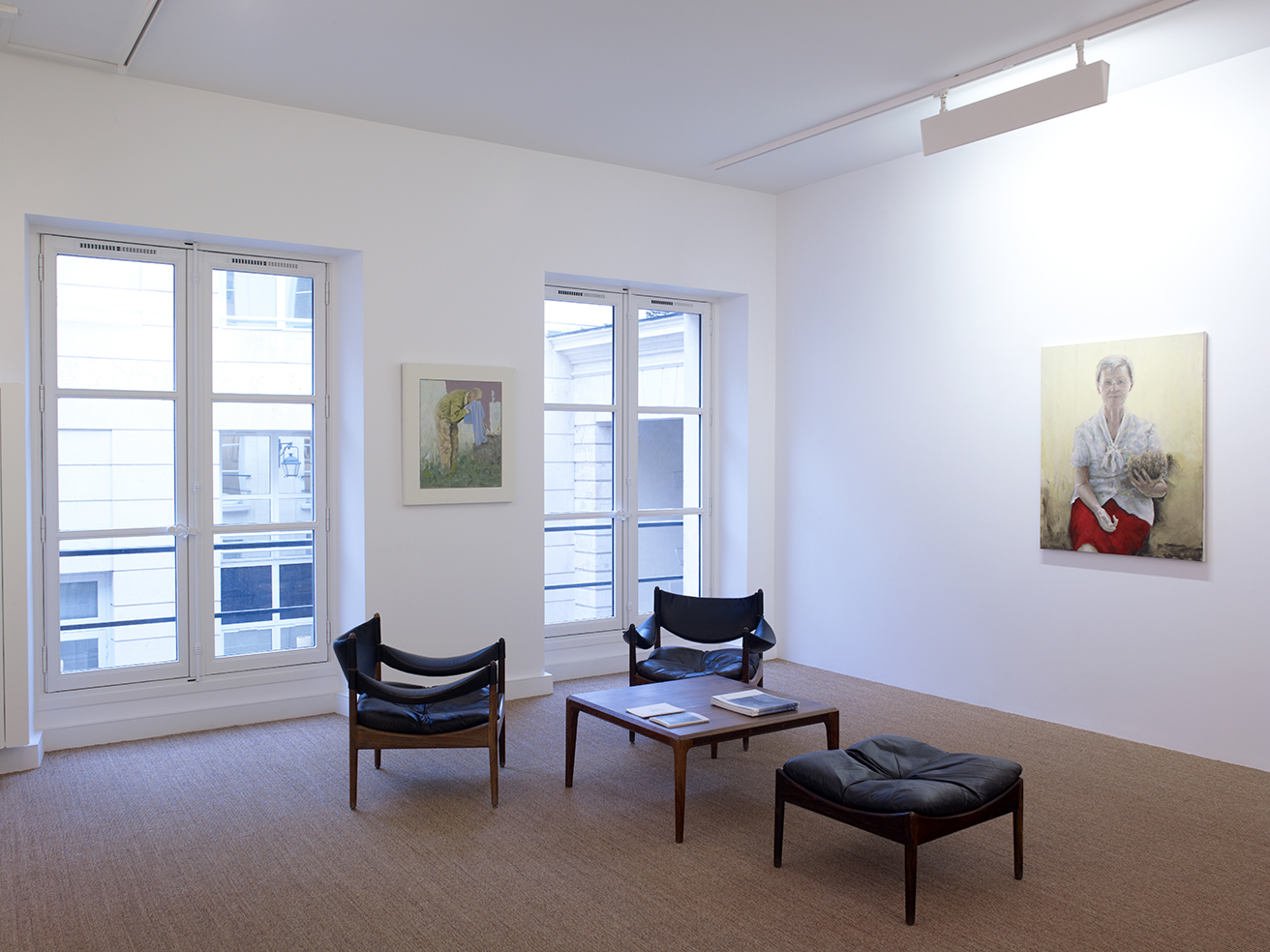
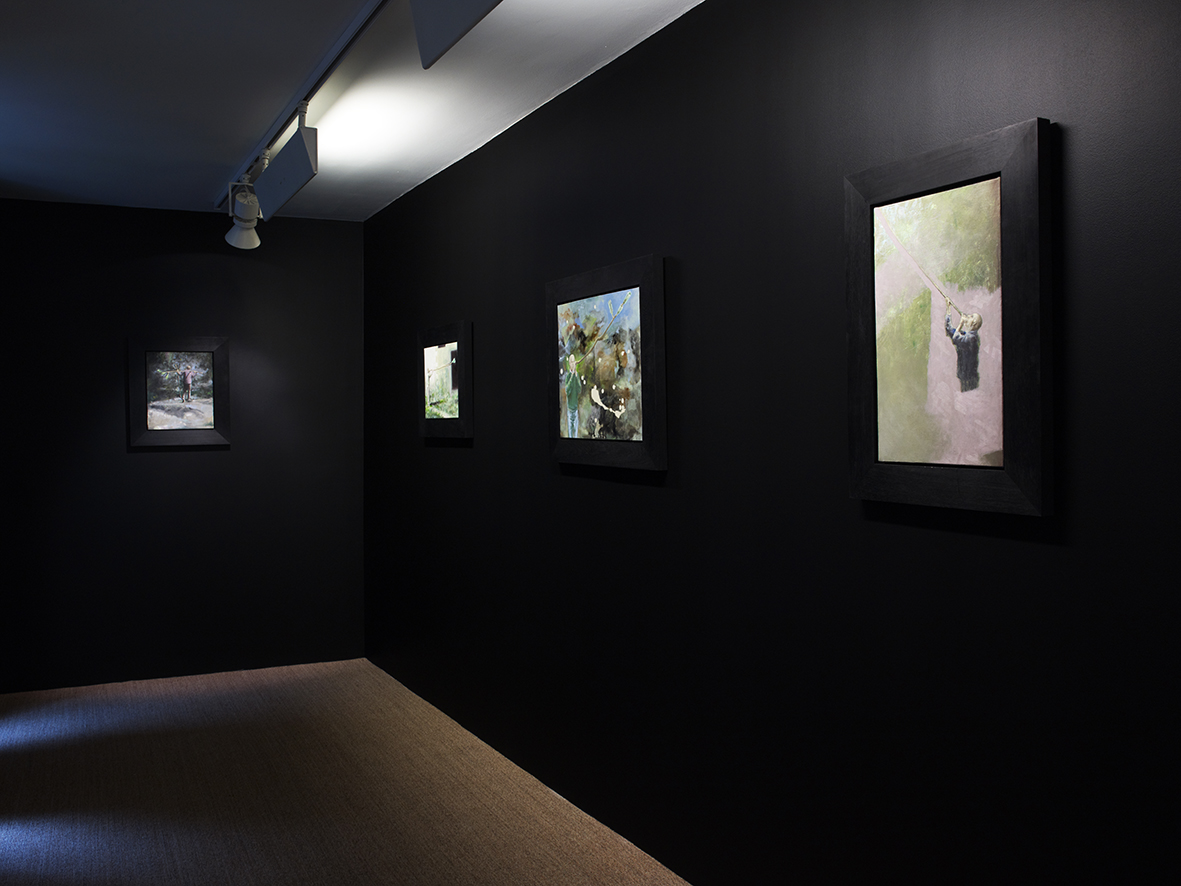
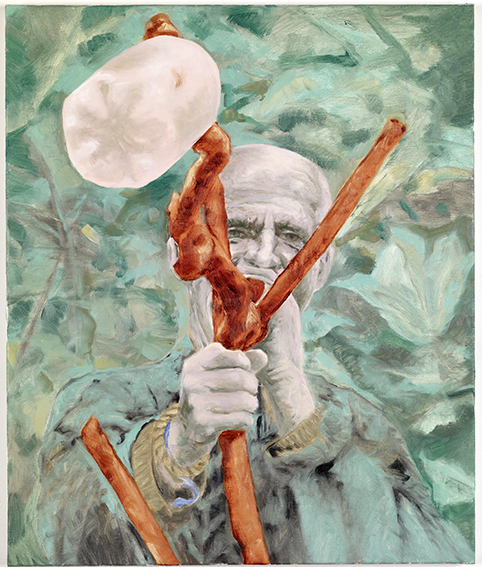
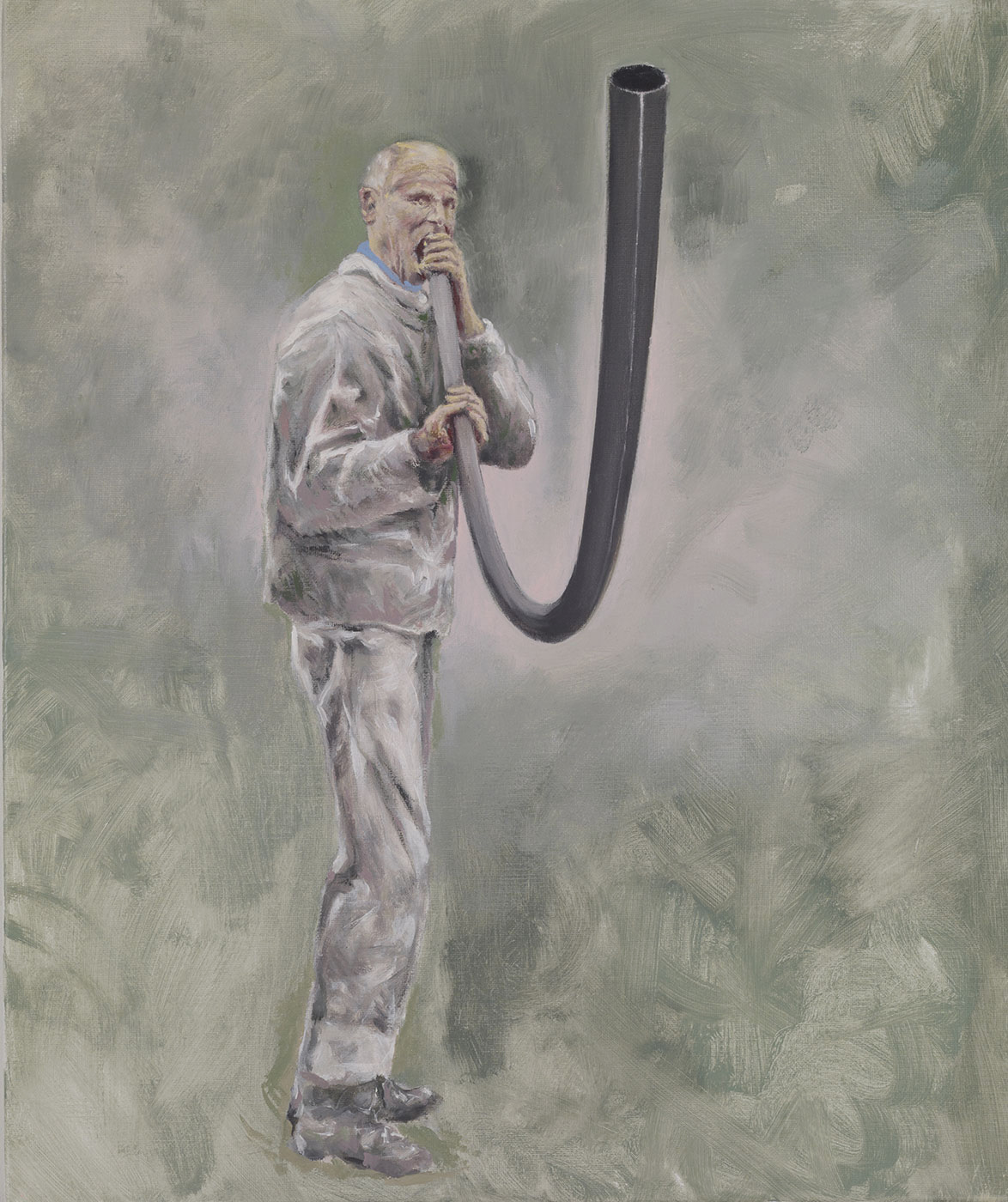
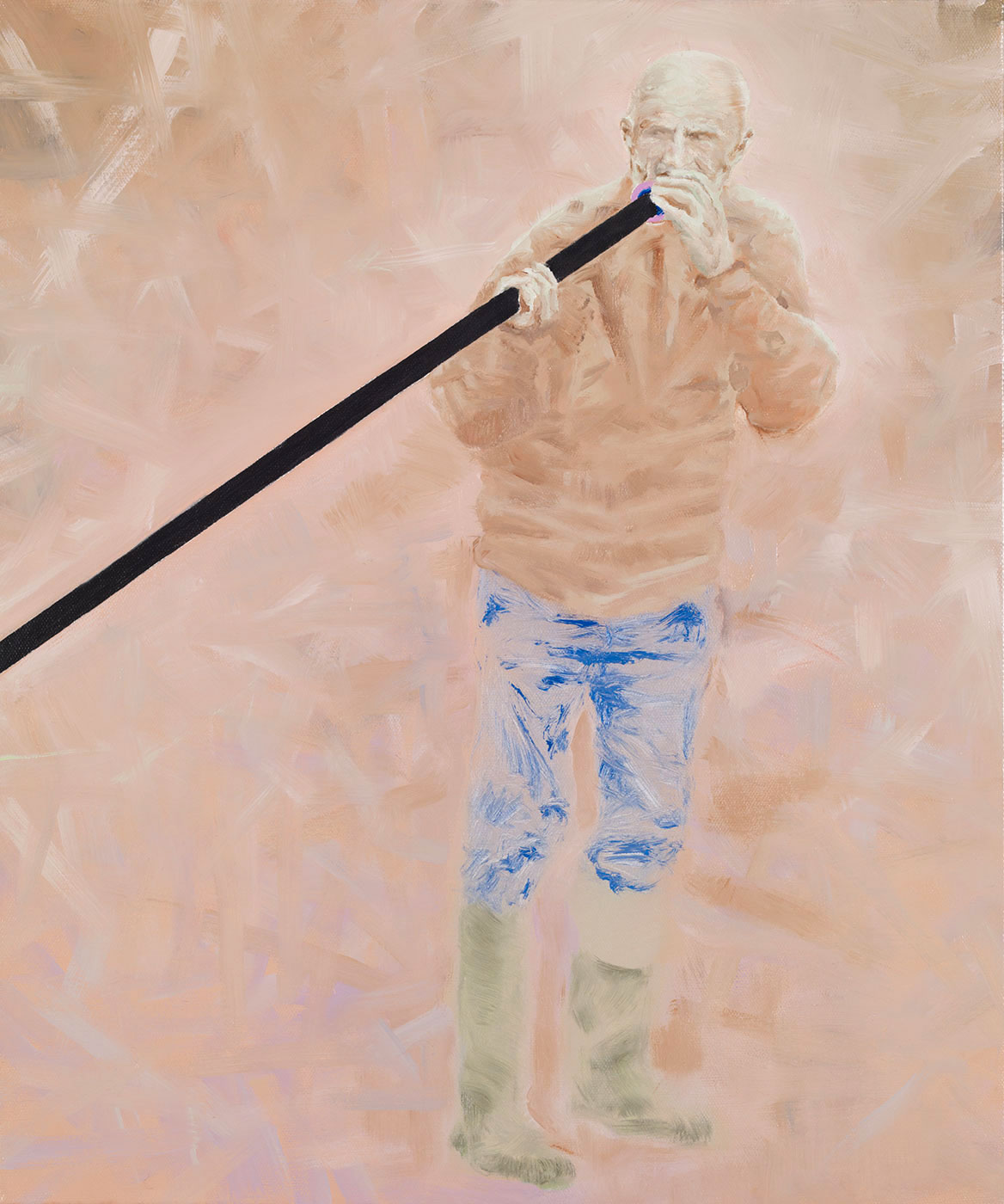
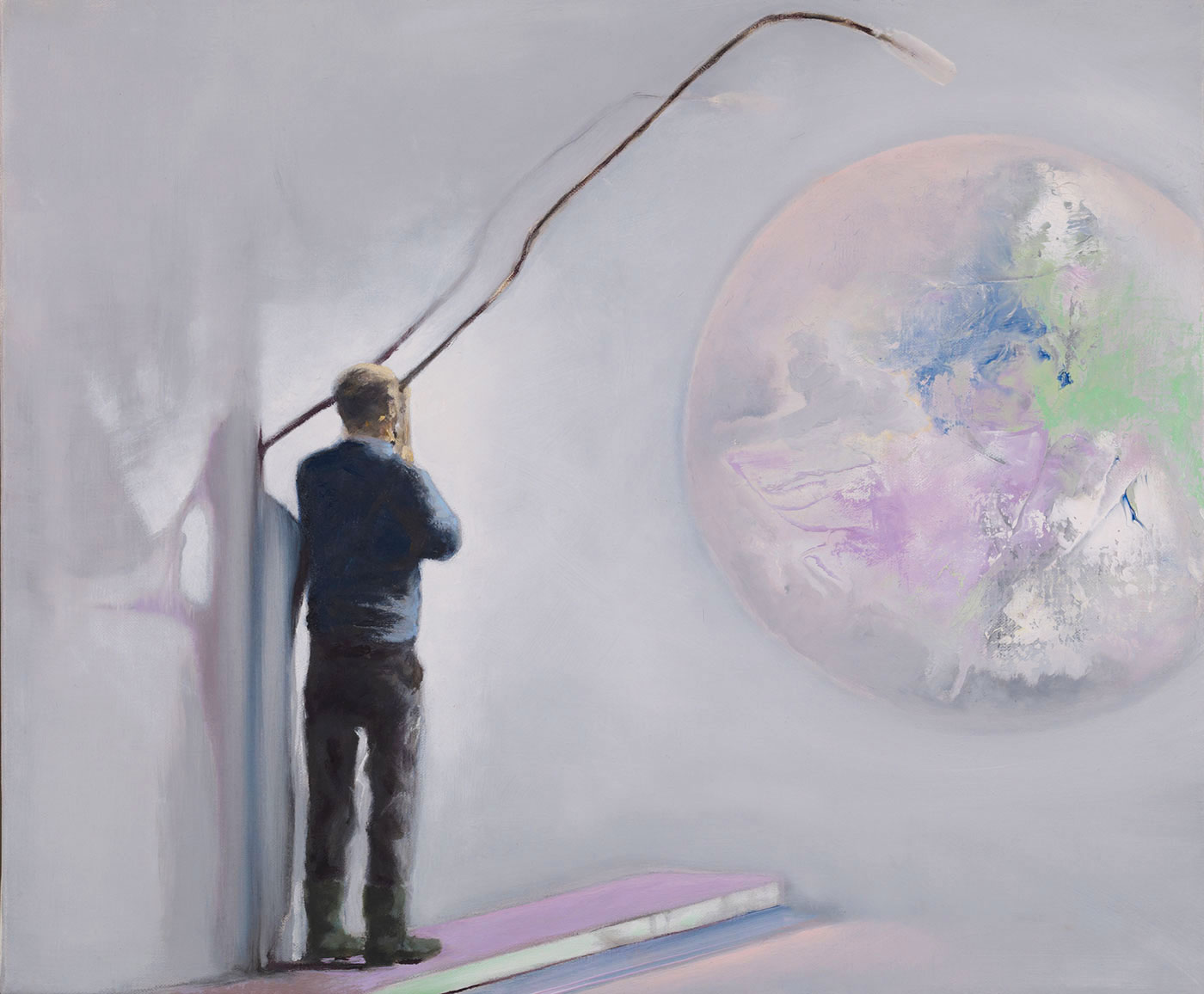
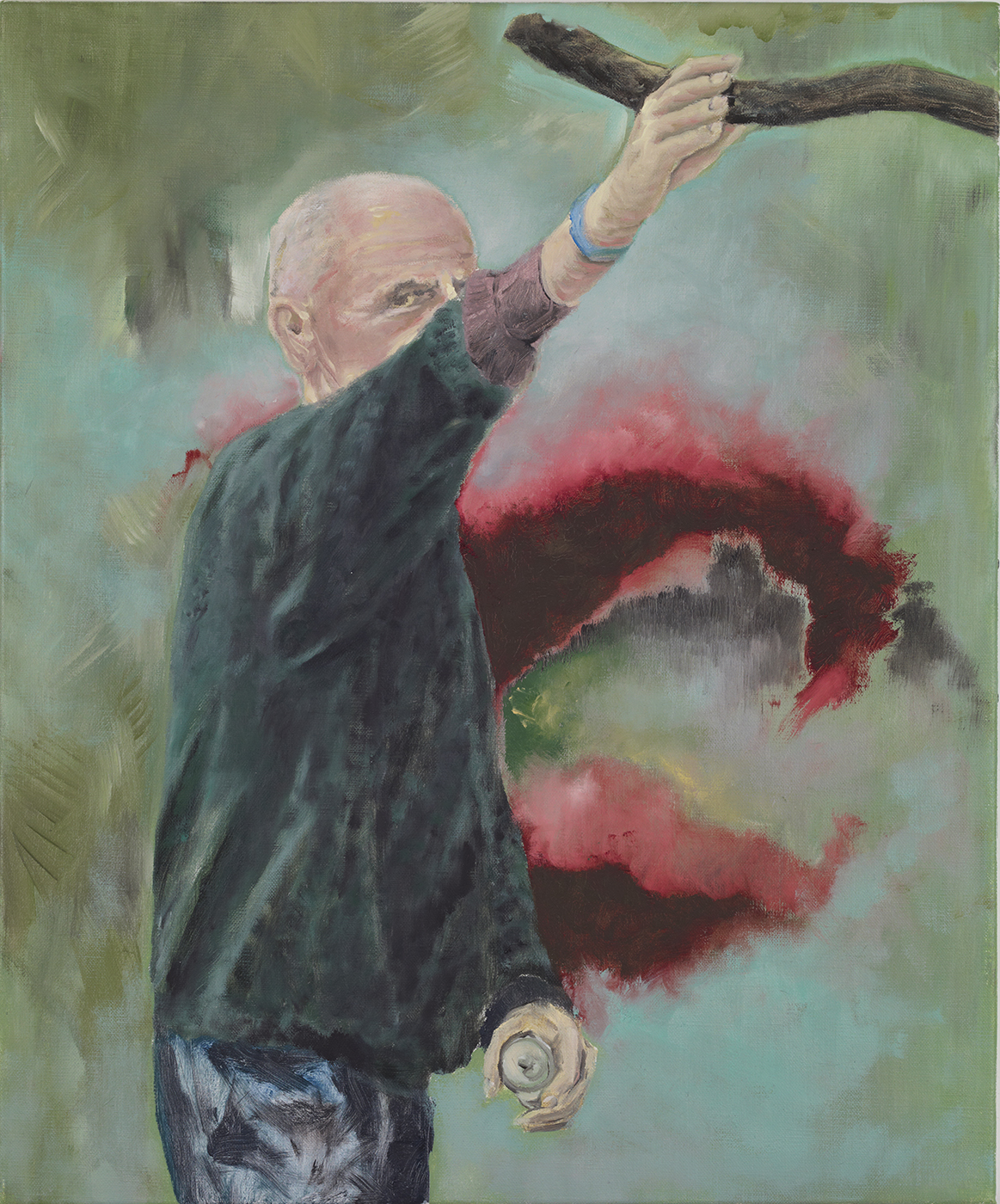
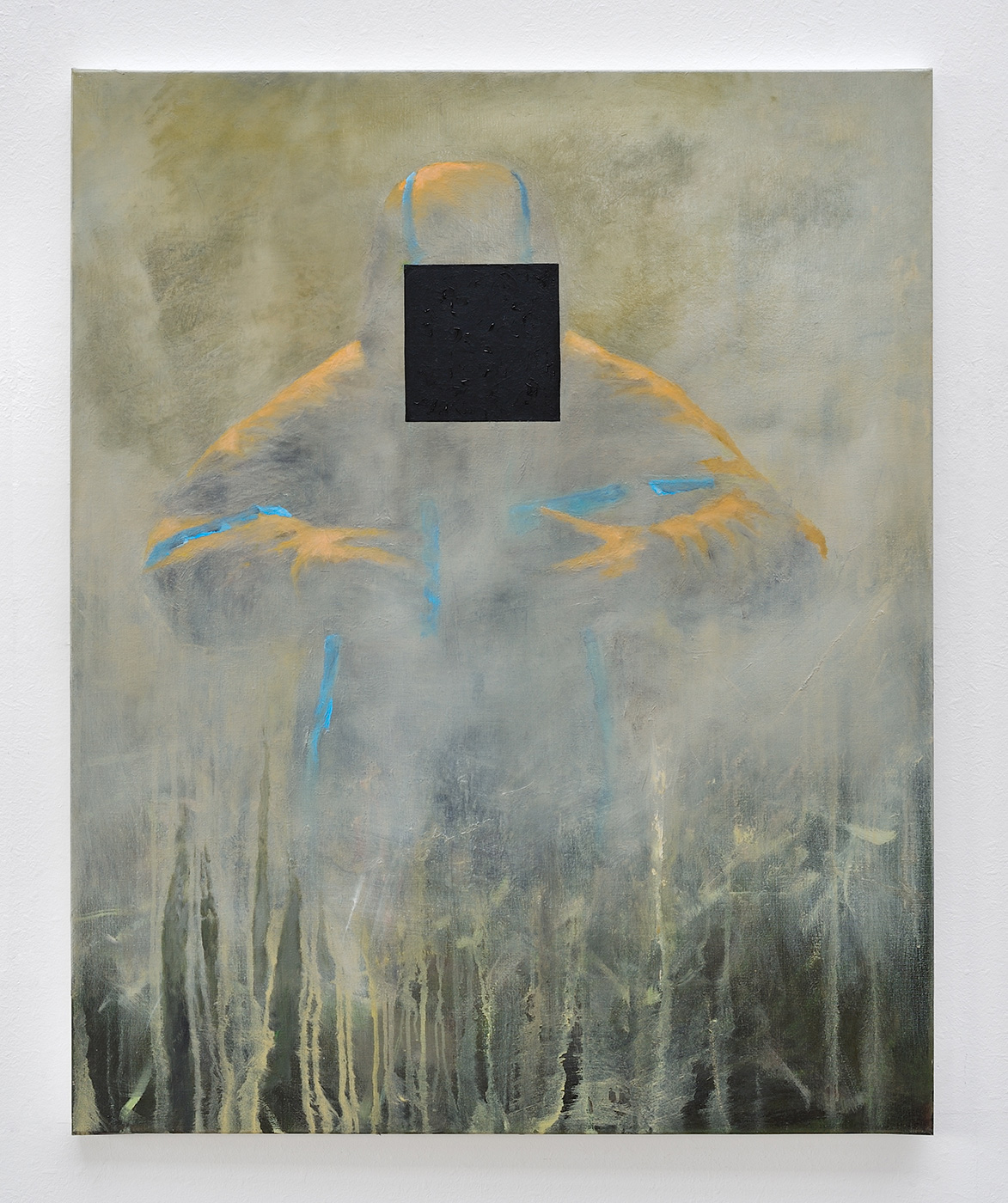
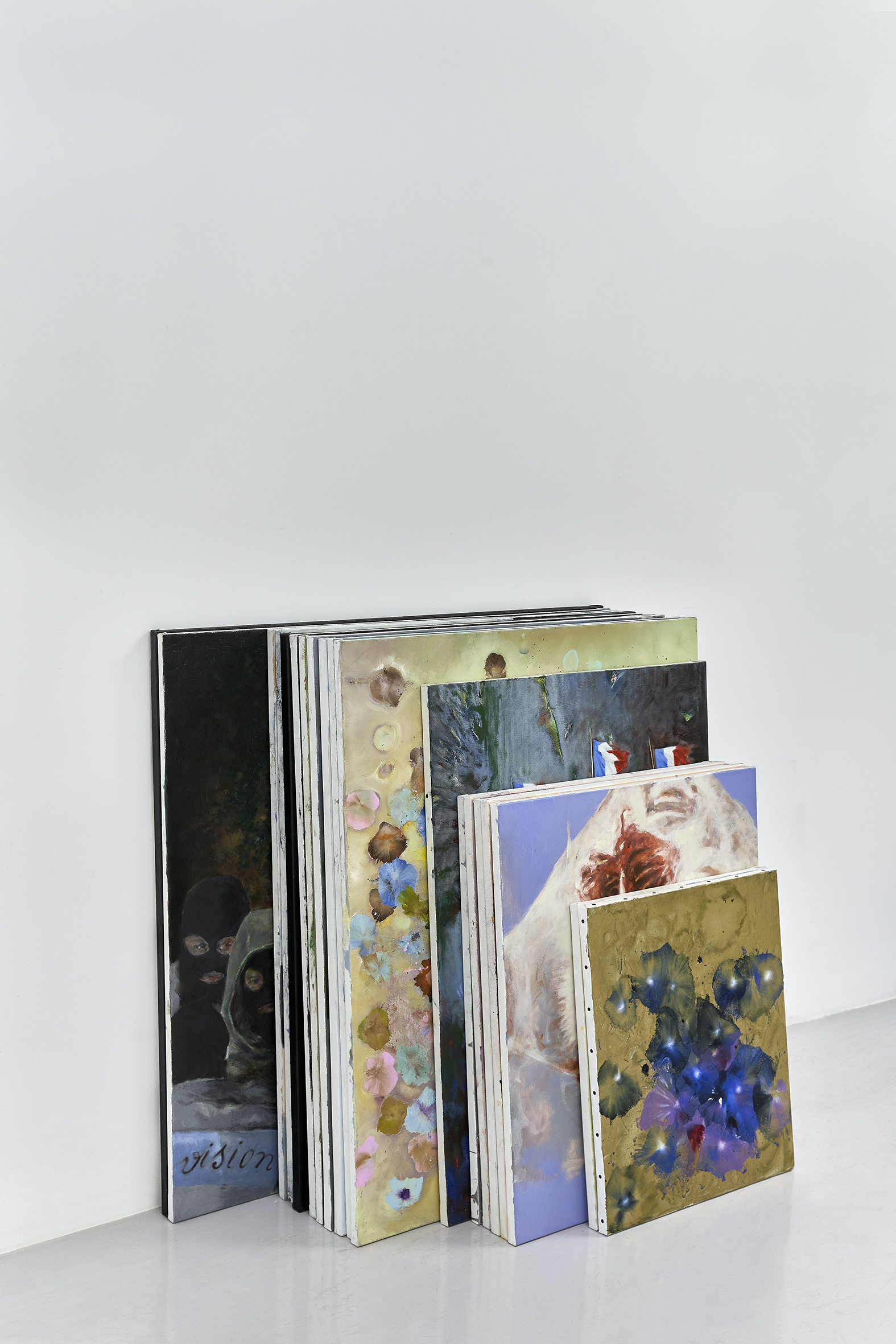
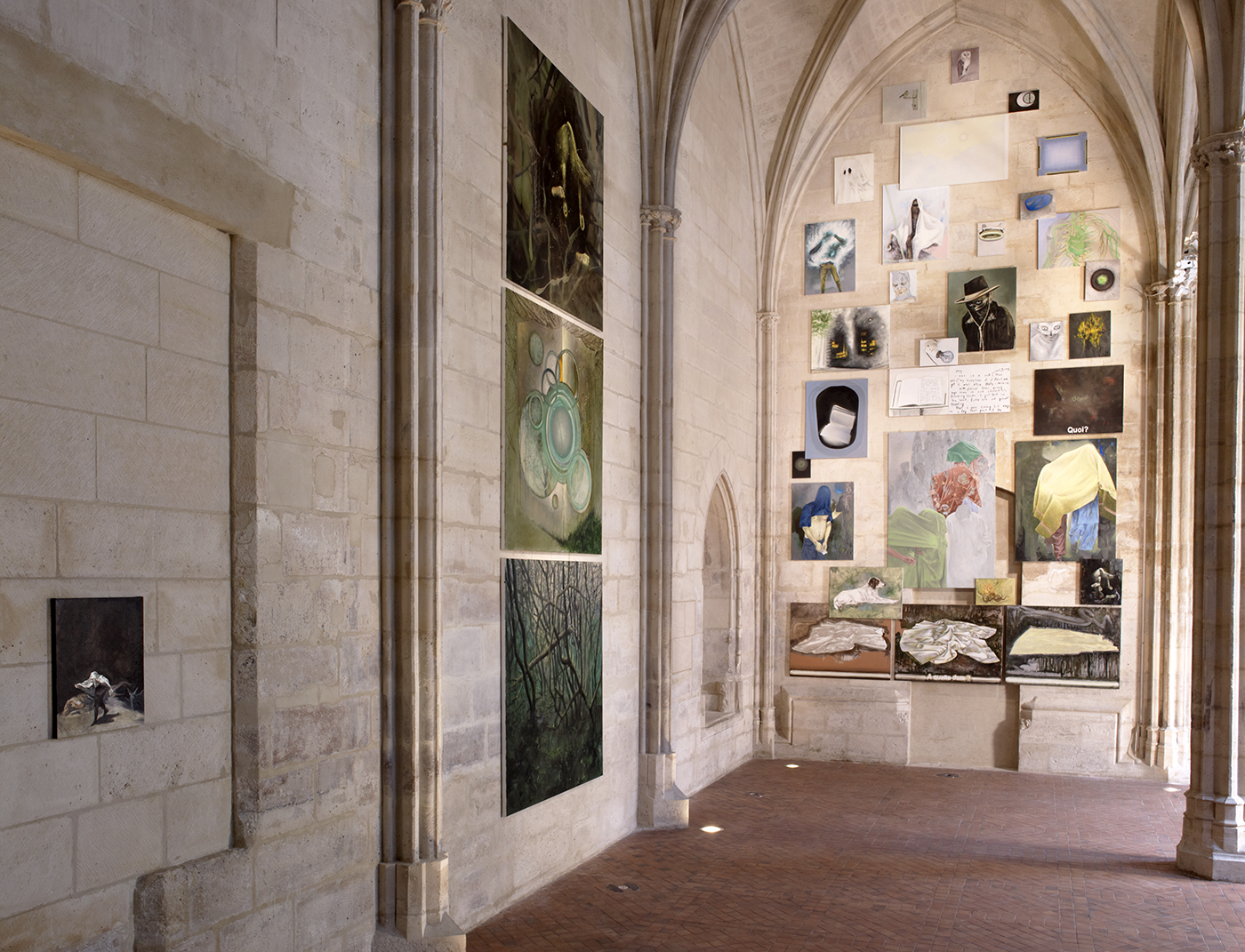
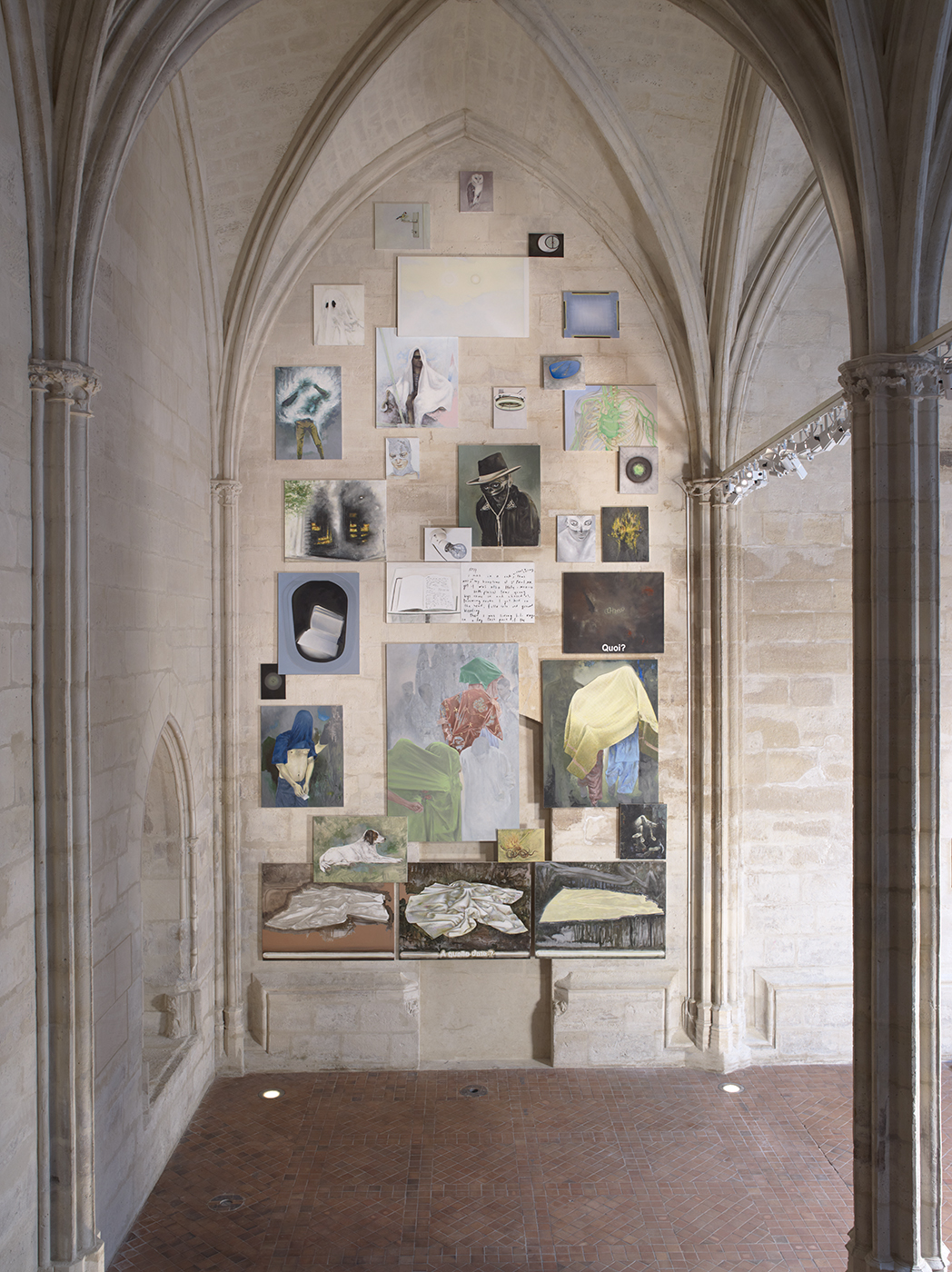
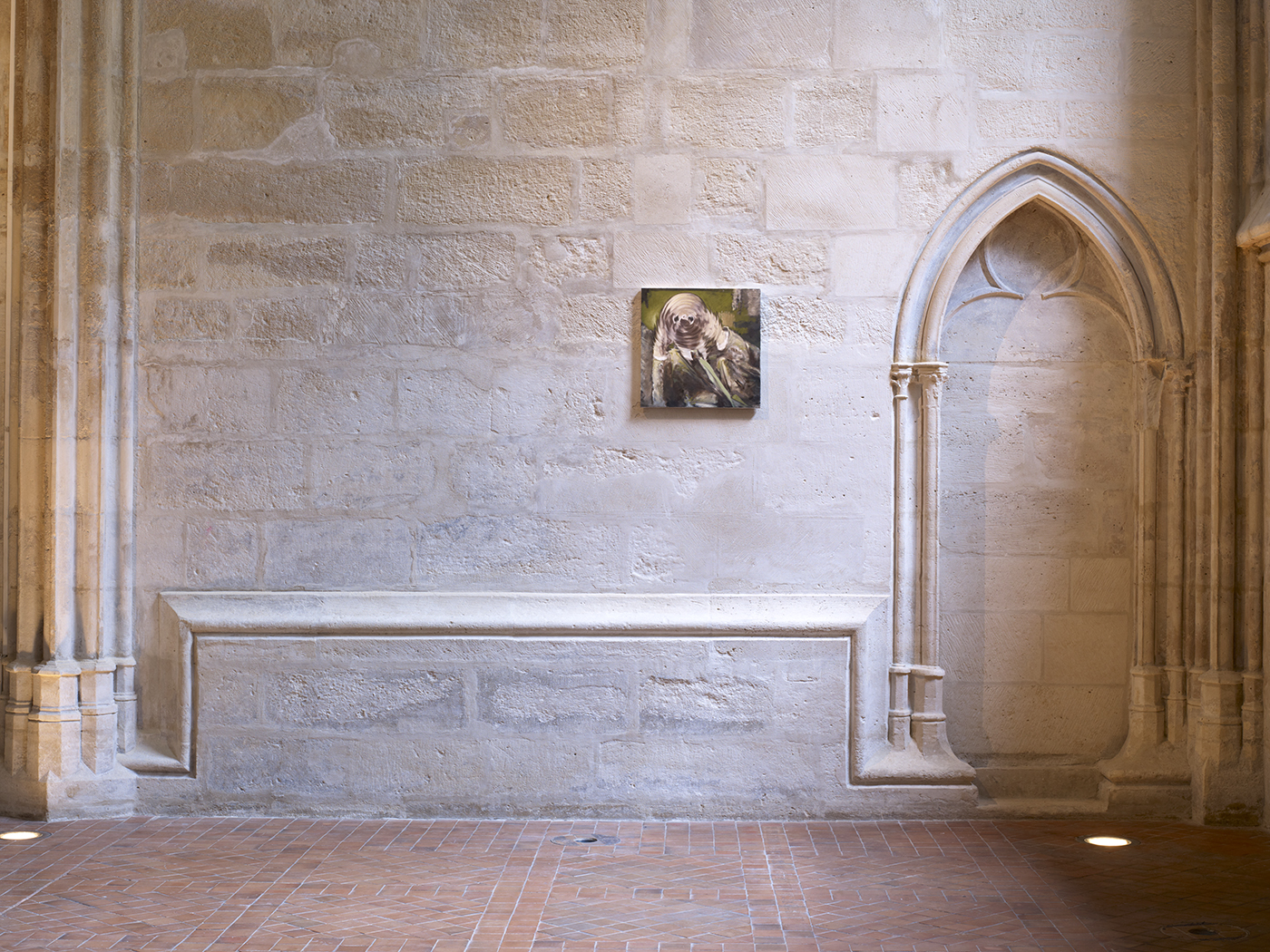
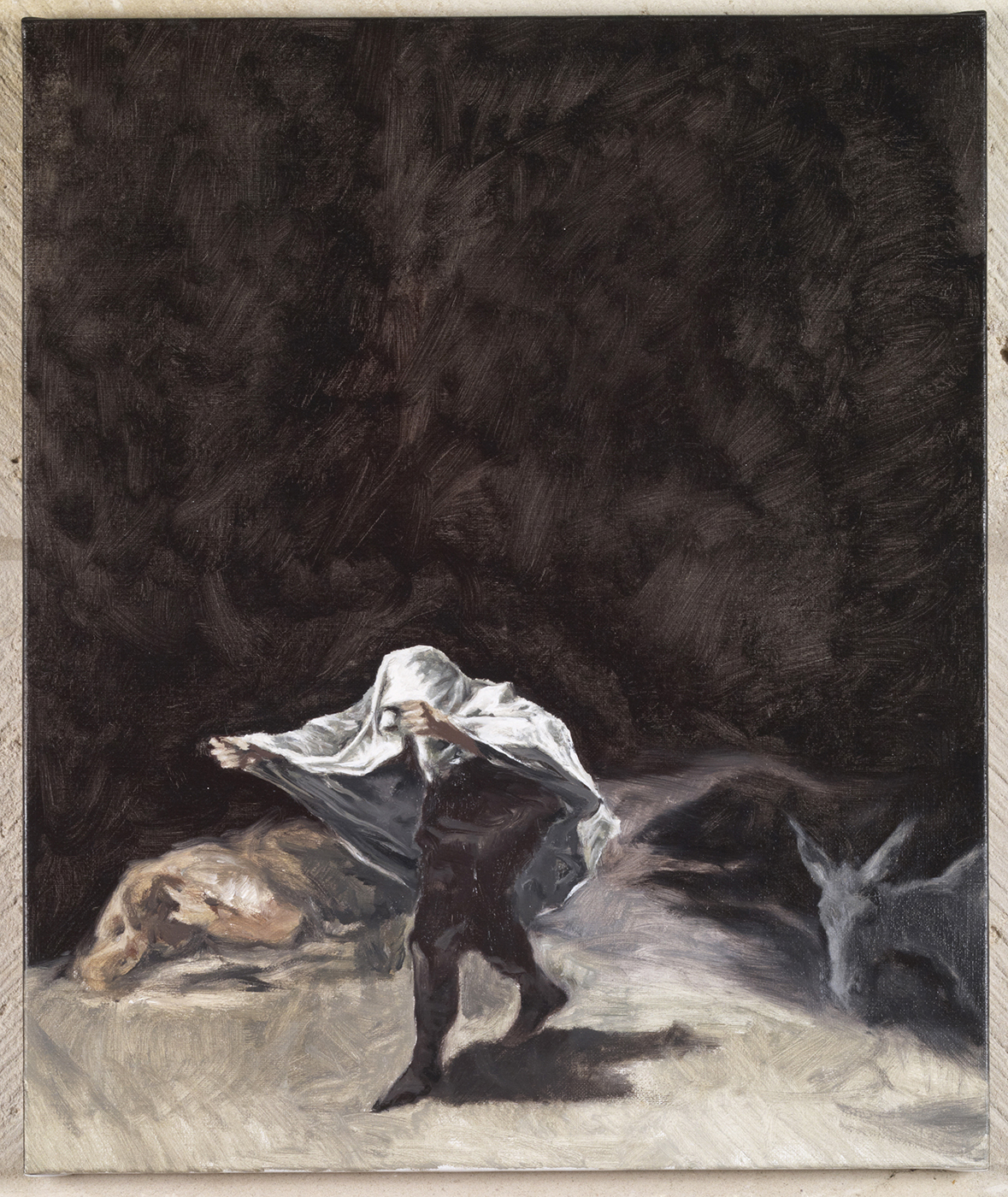
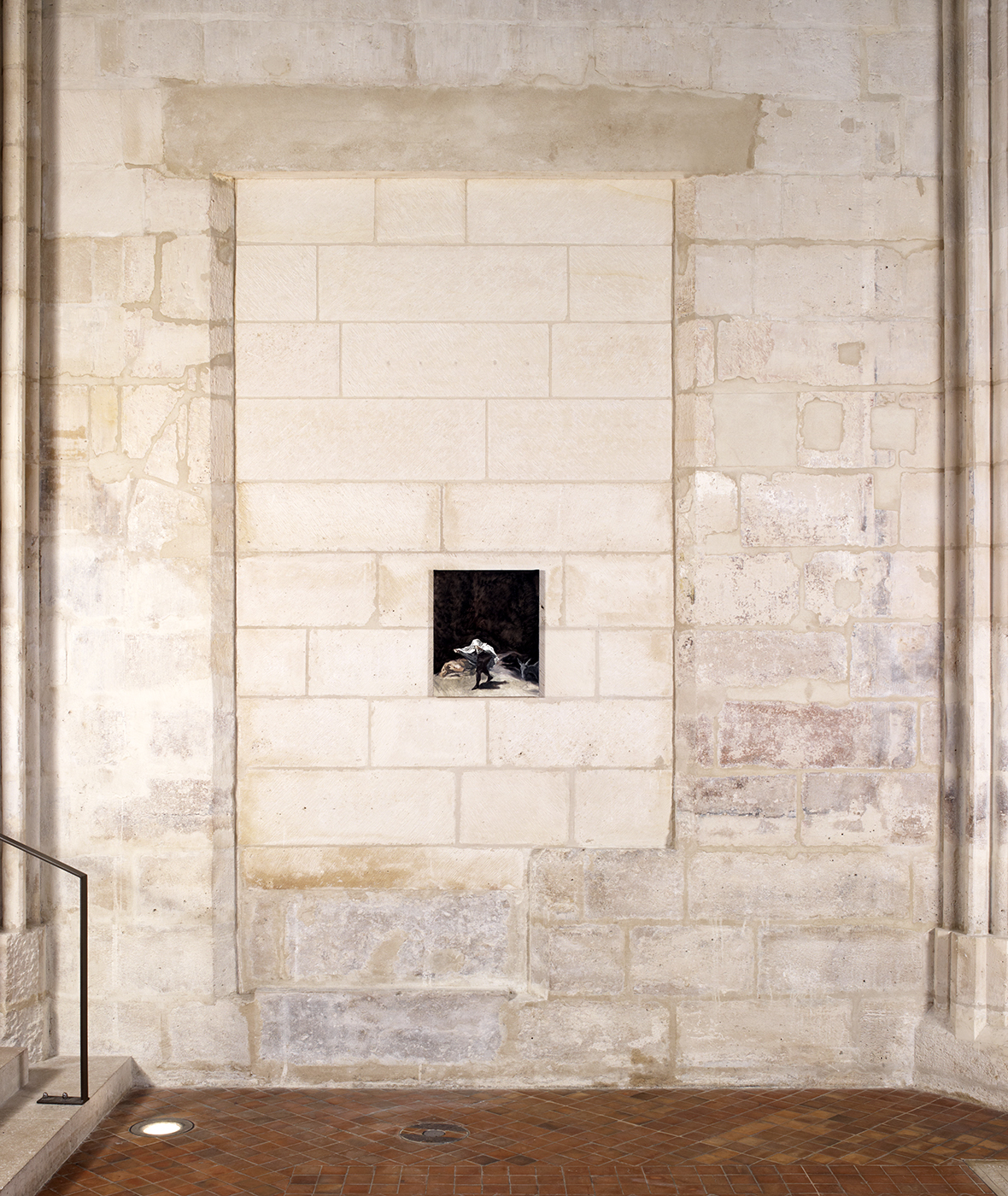
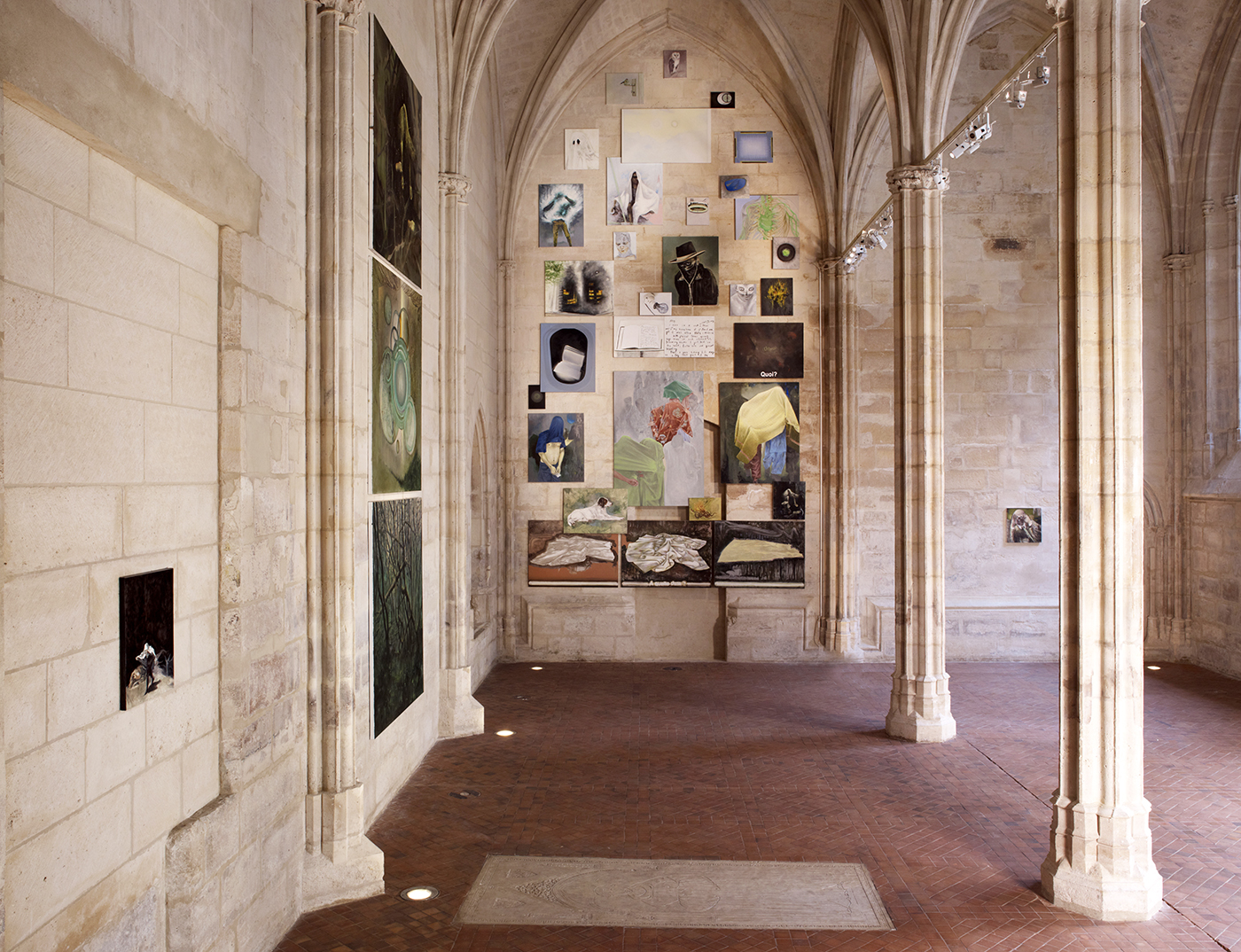
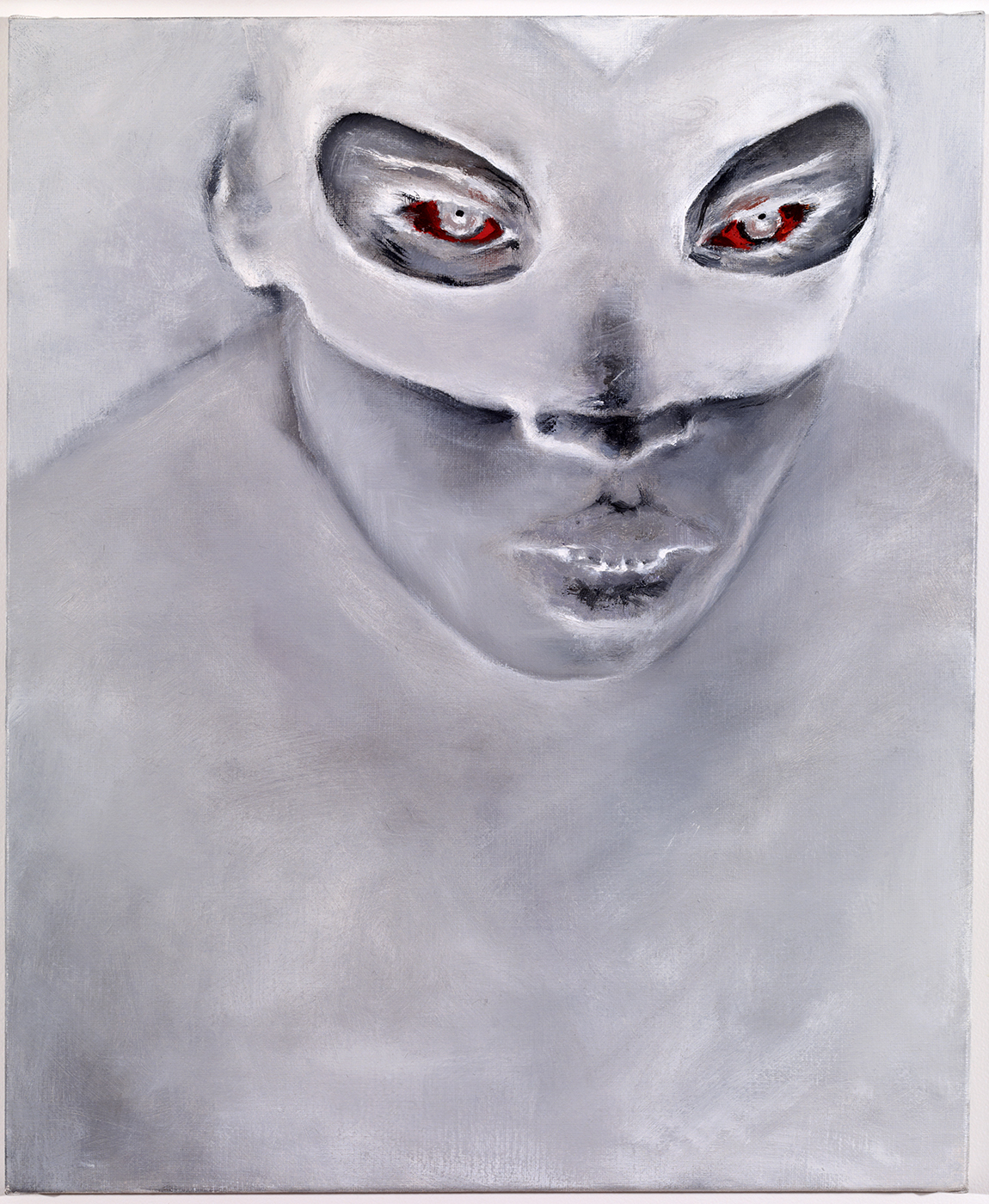
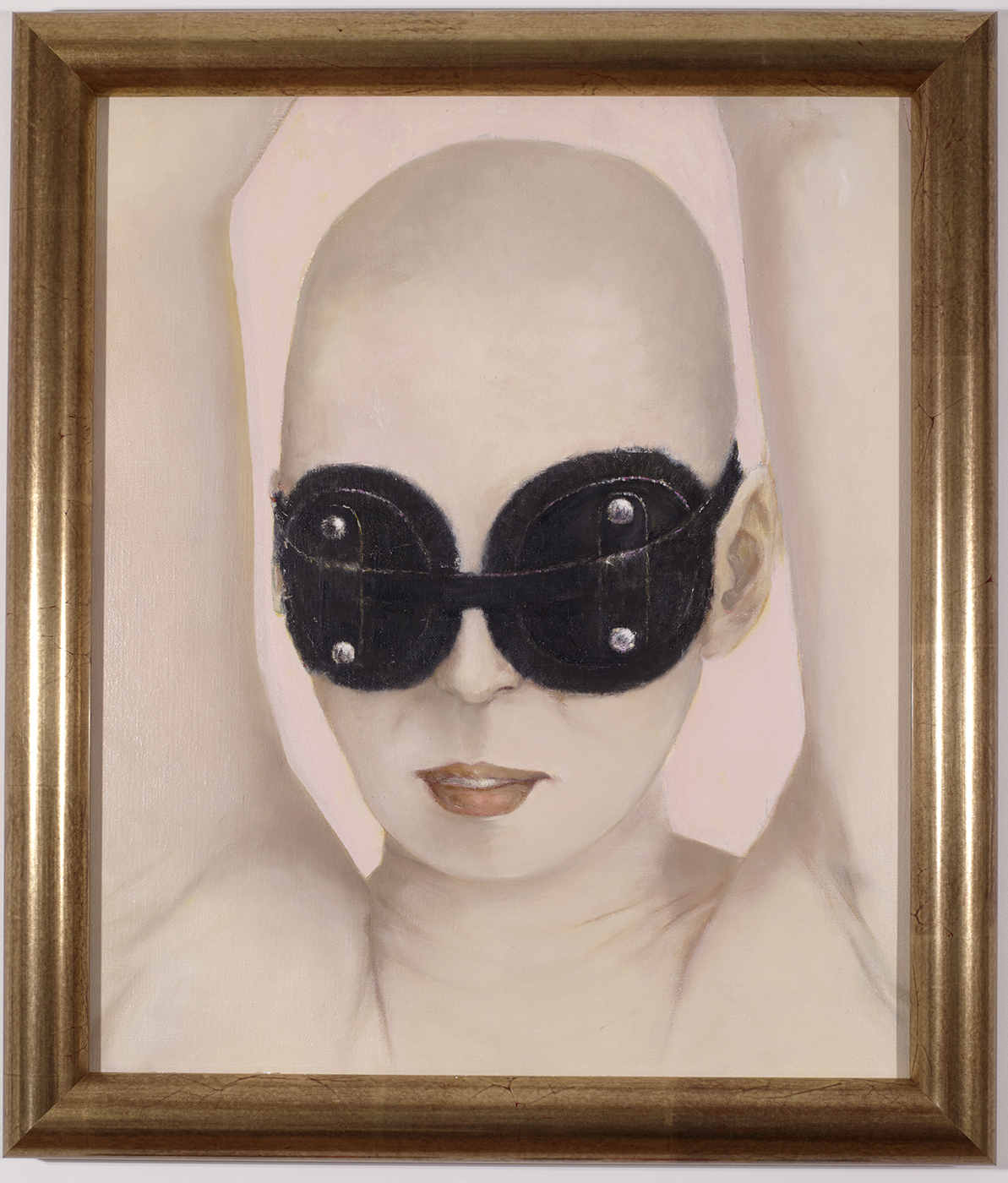

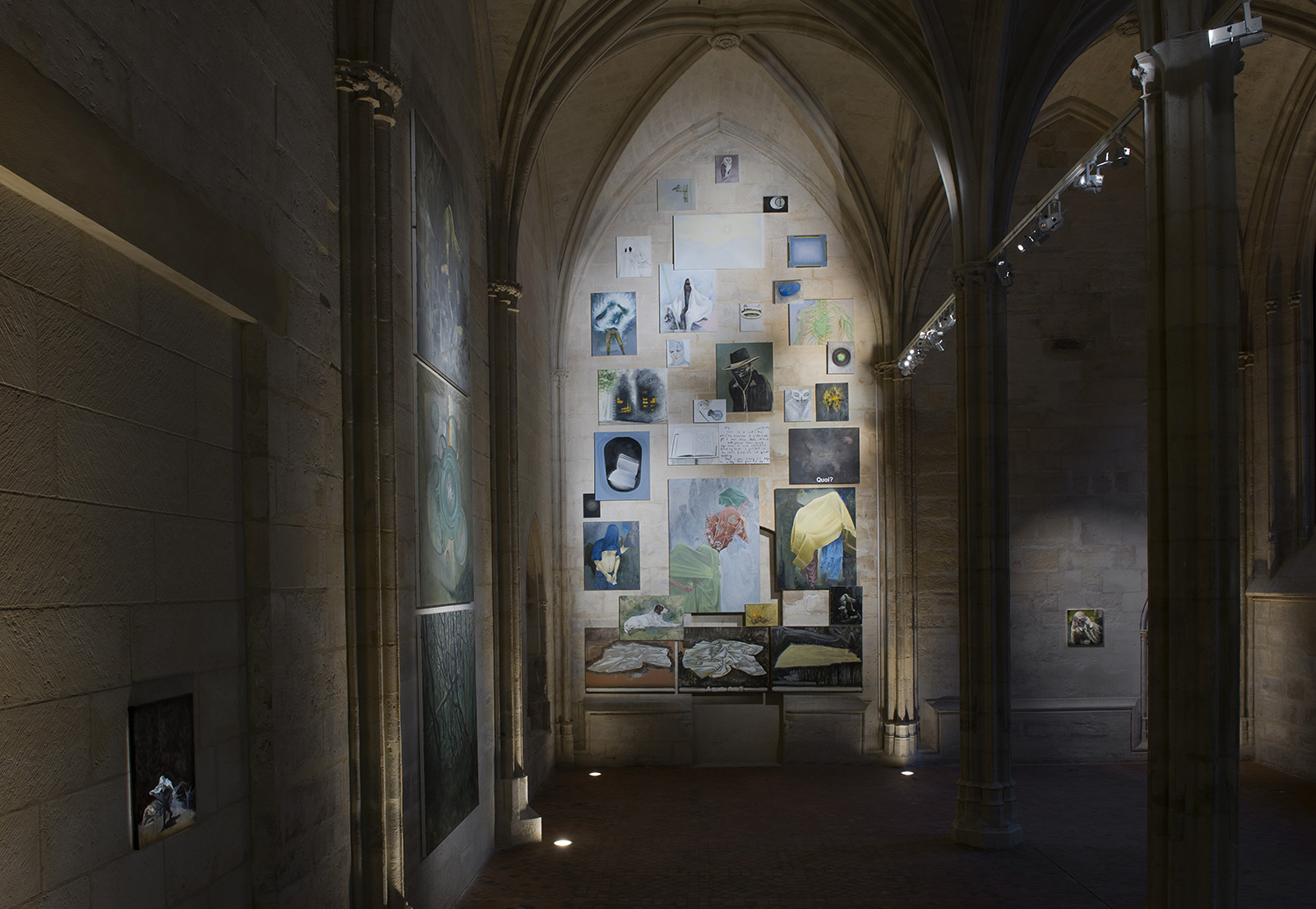
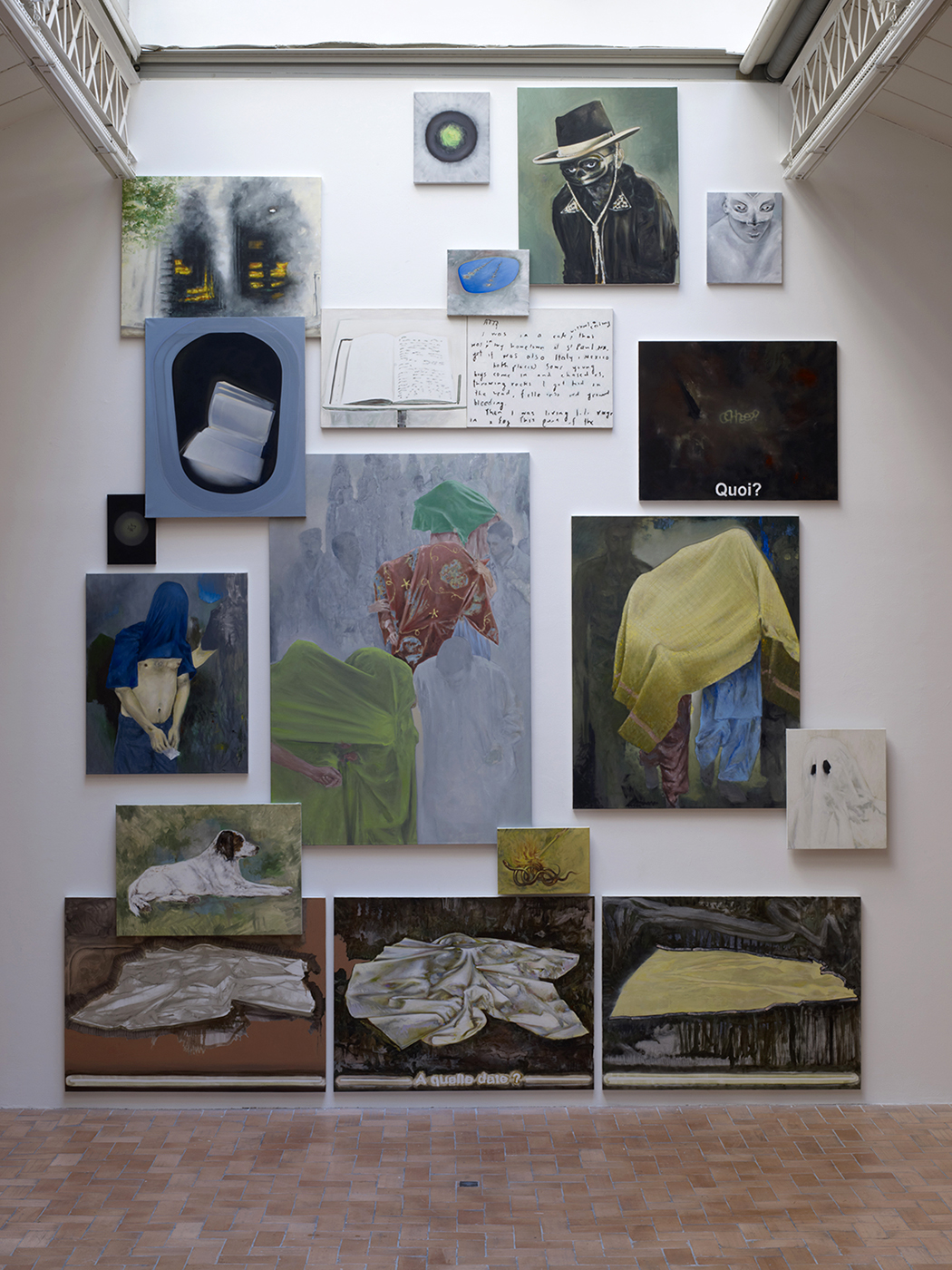
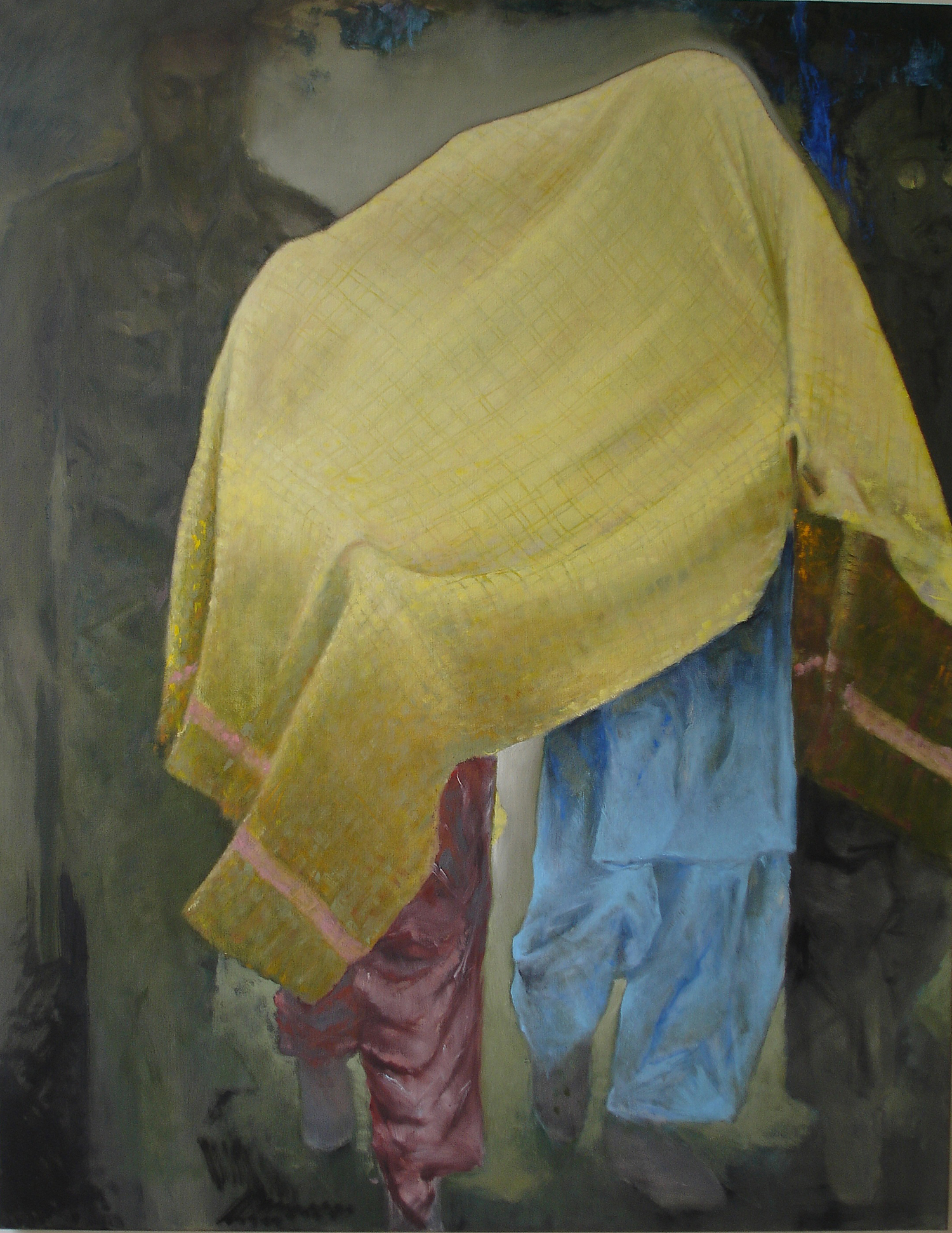



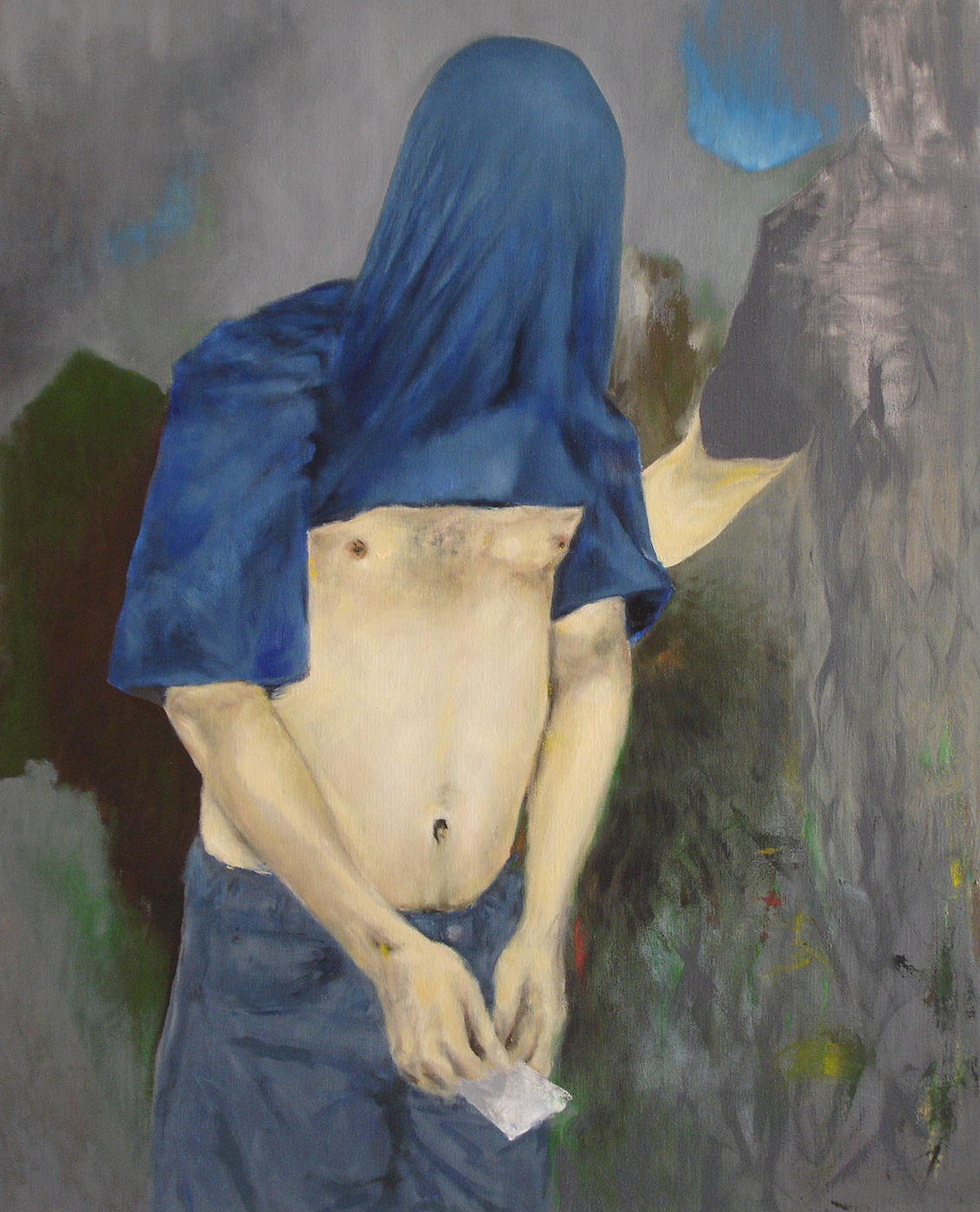
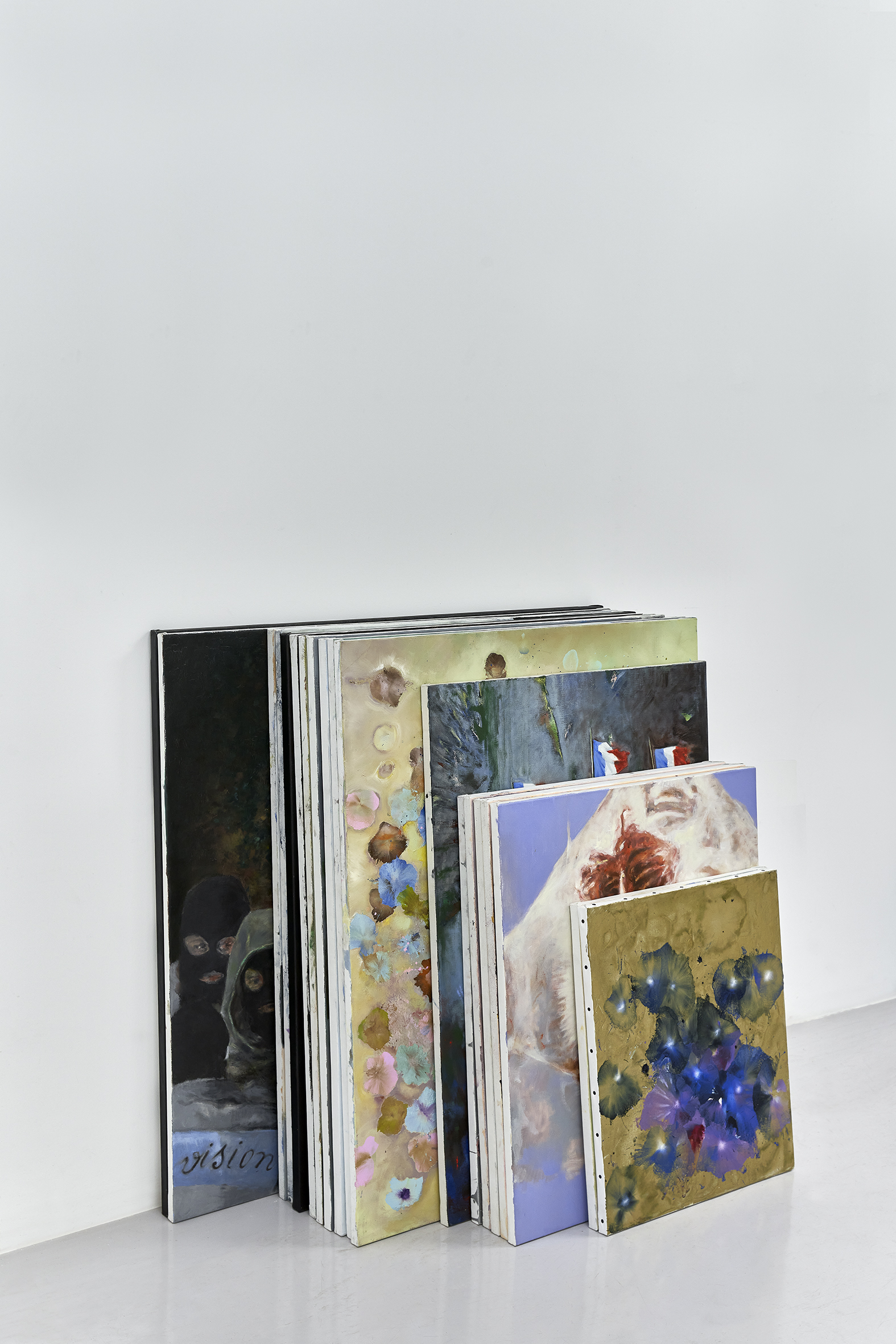
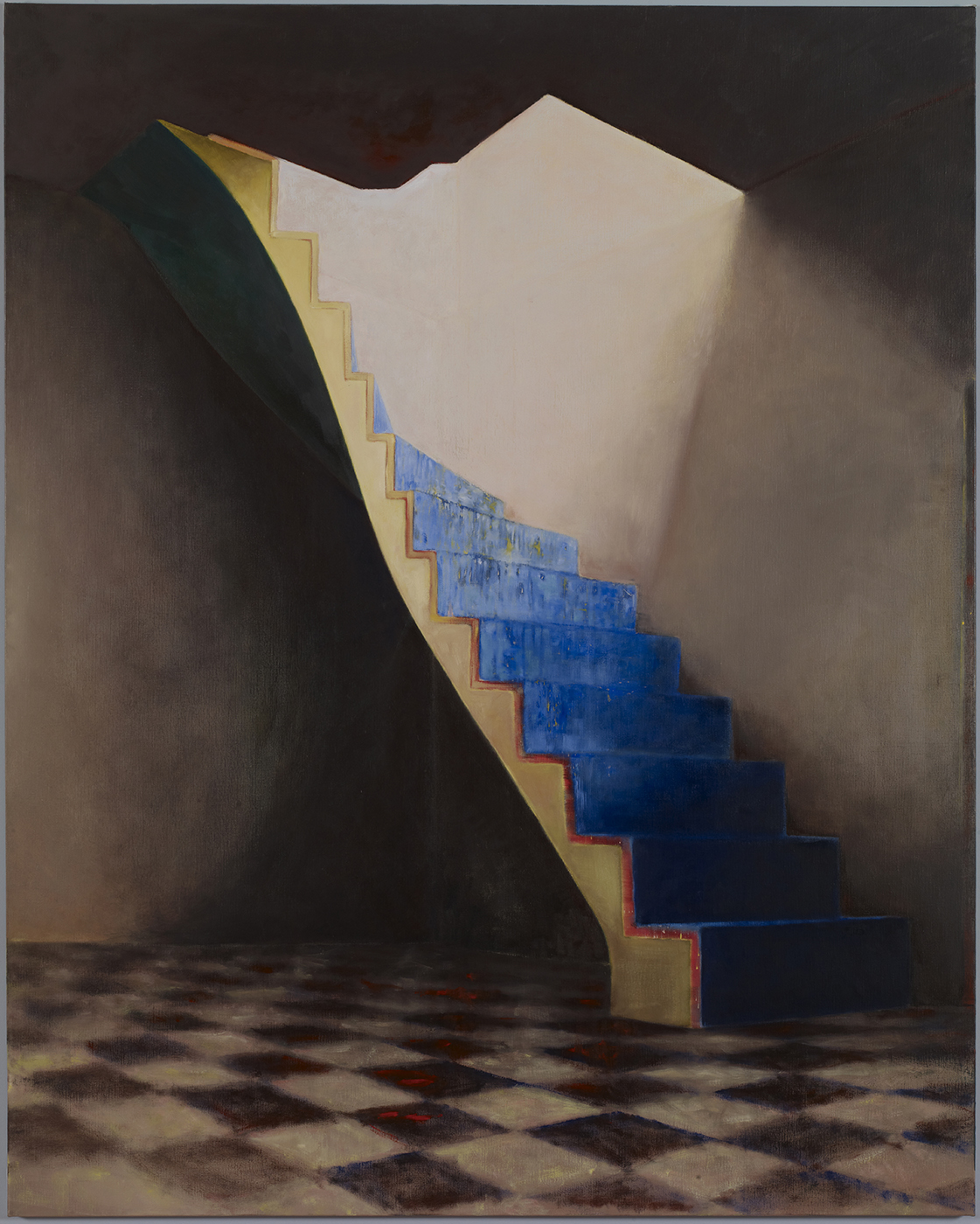
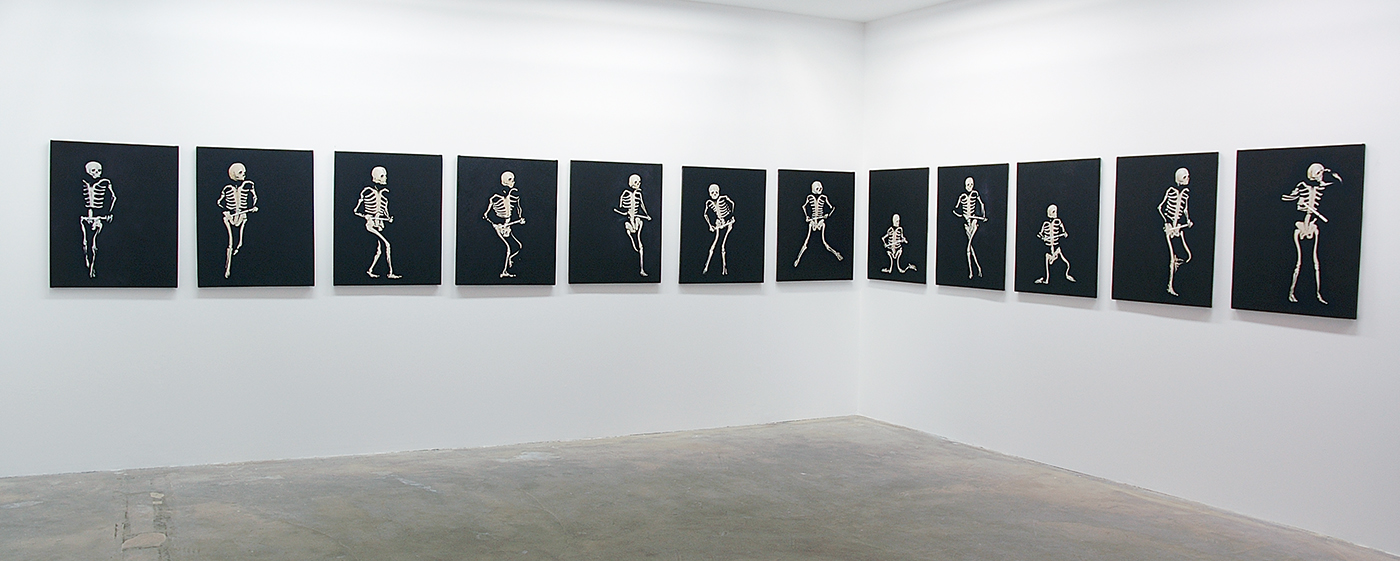
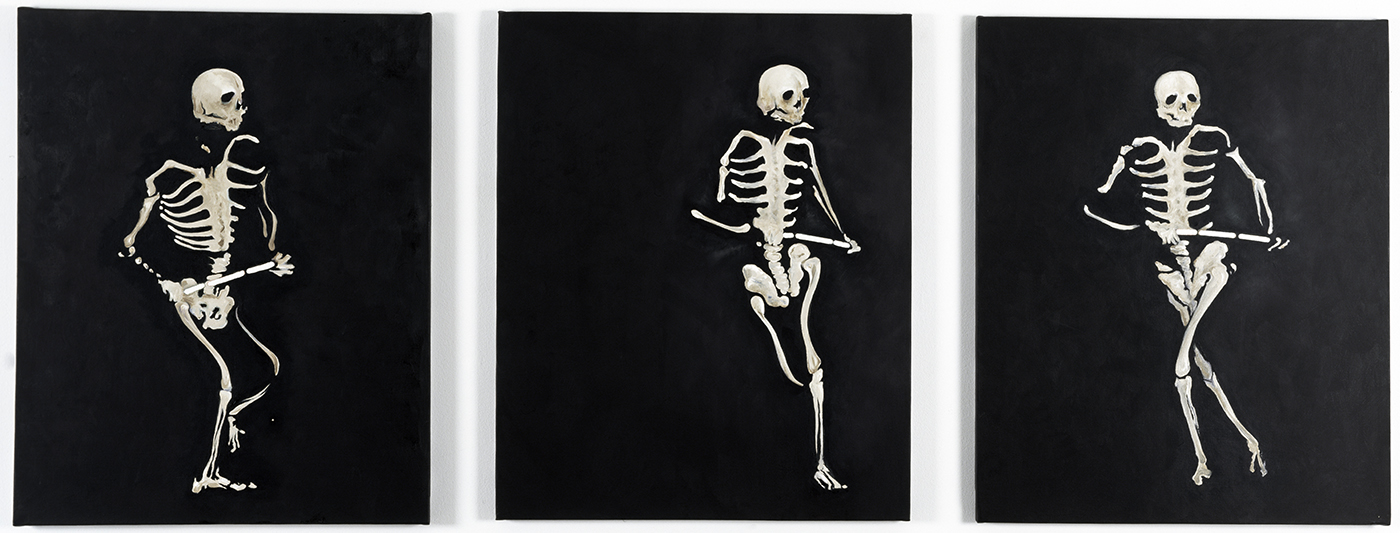
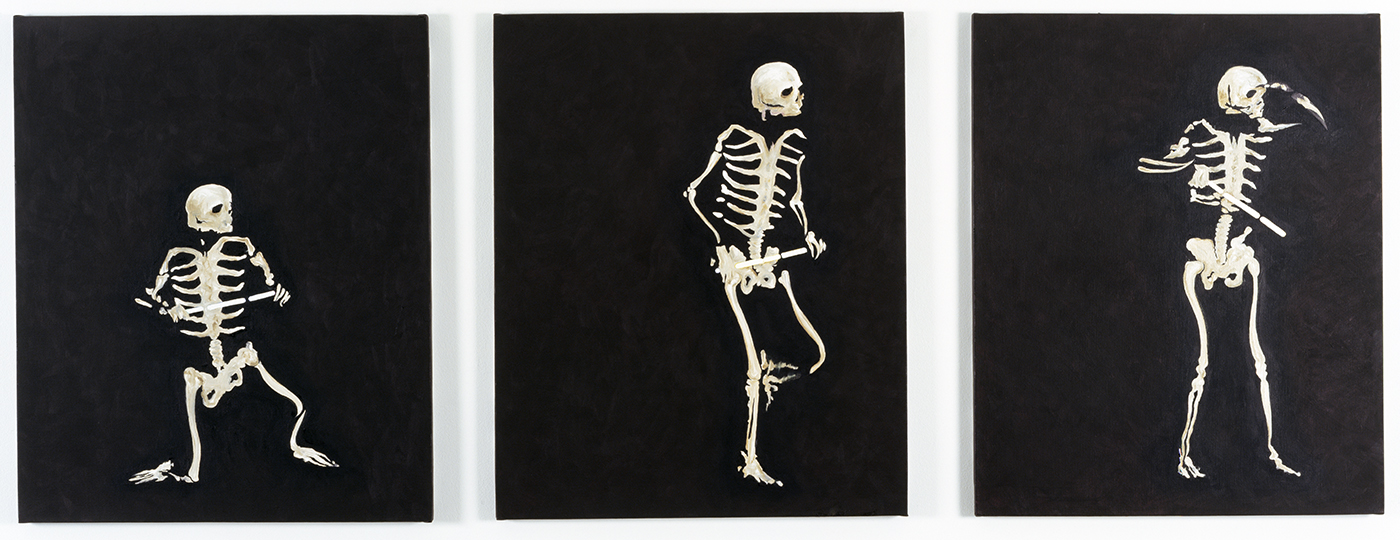
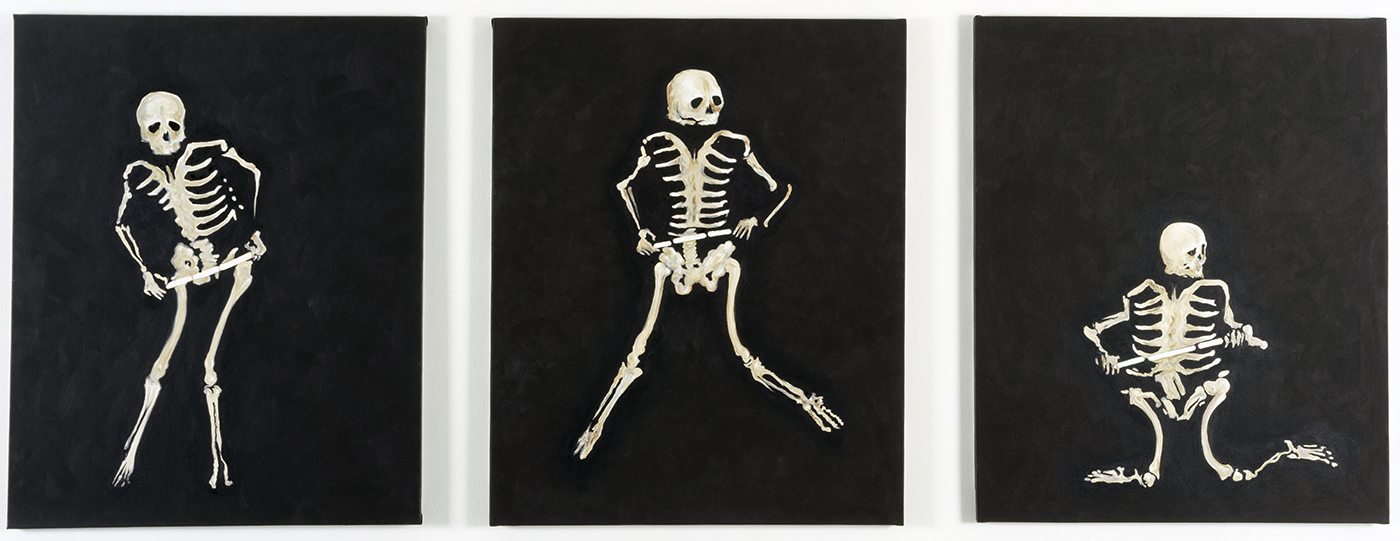
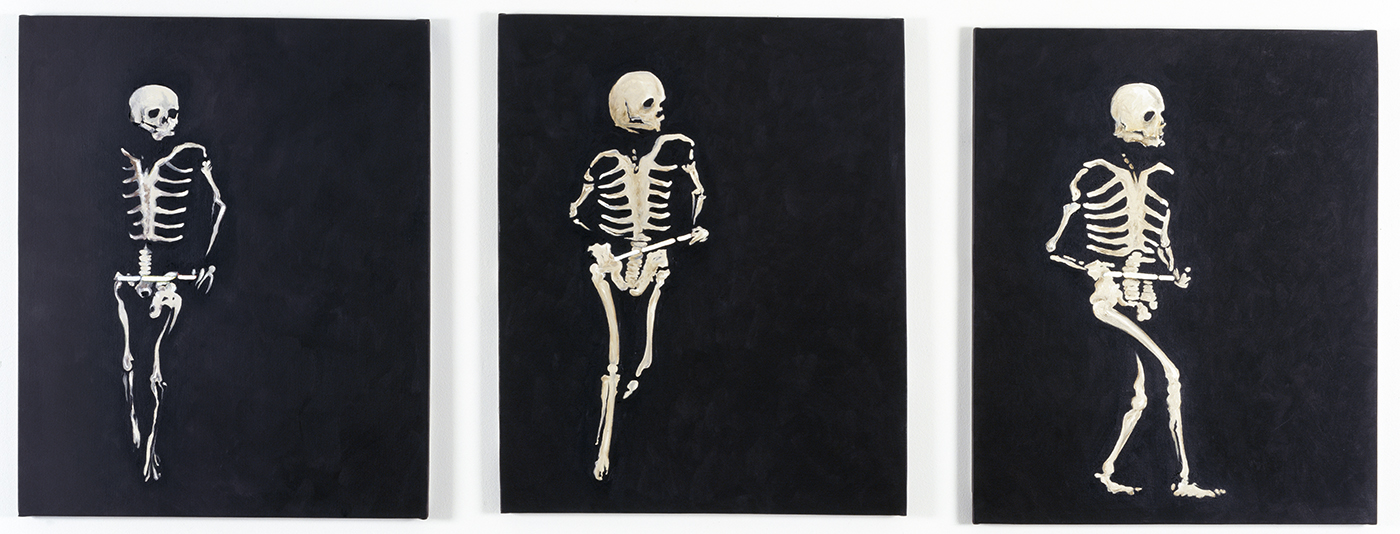
.JPG)
